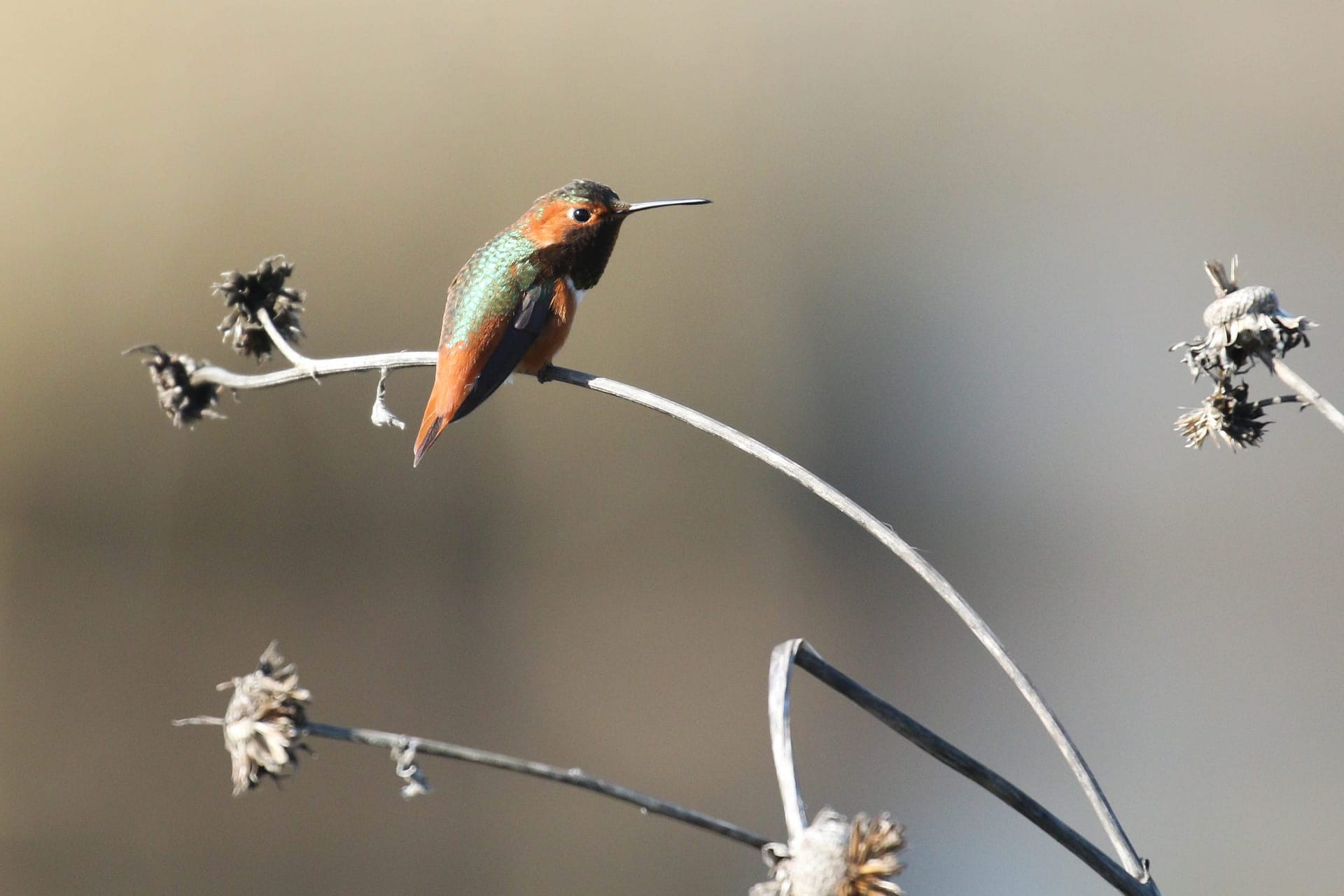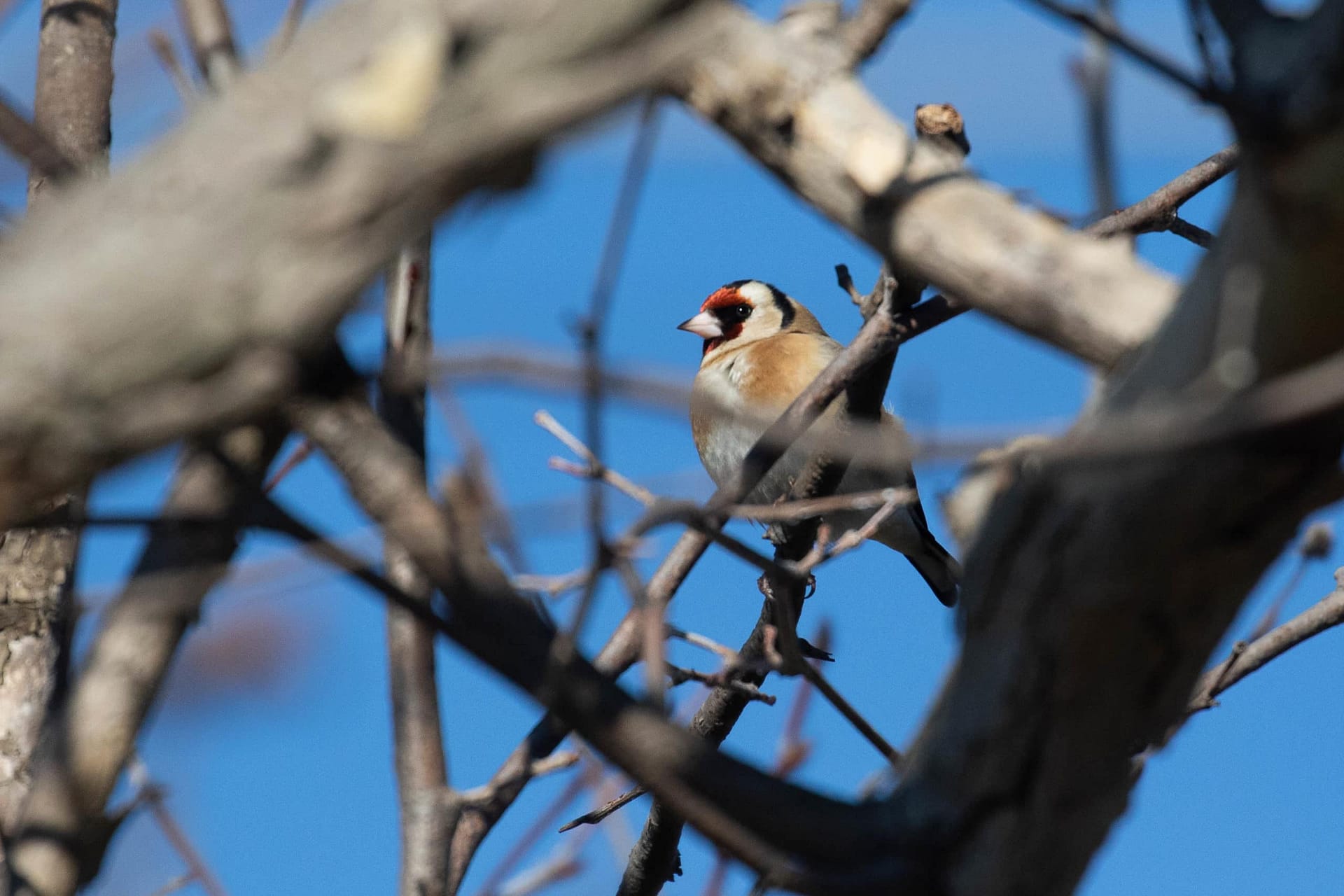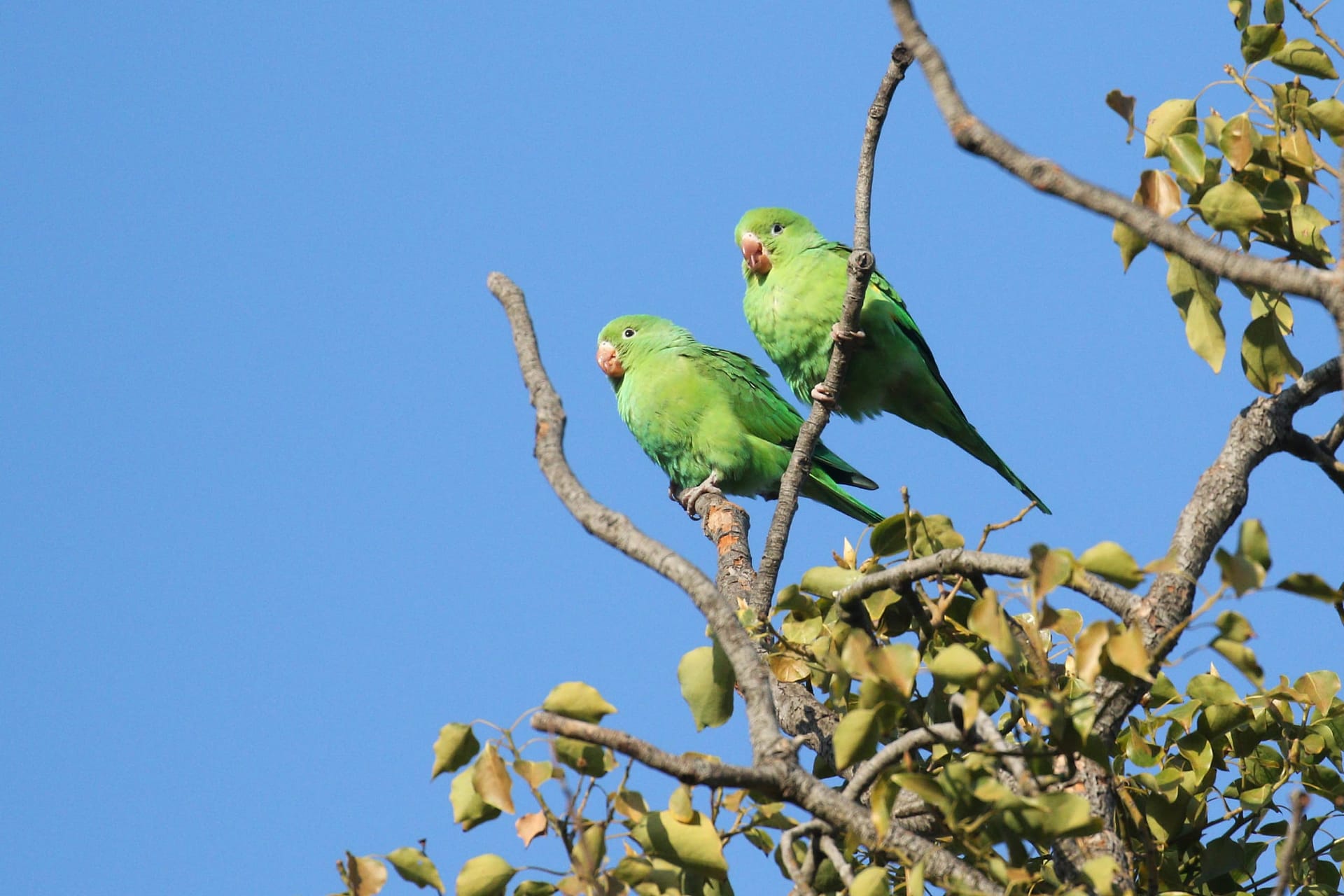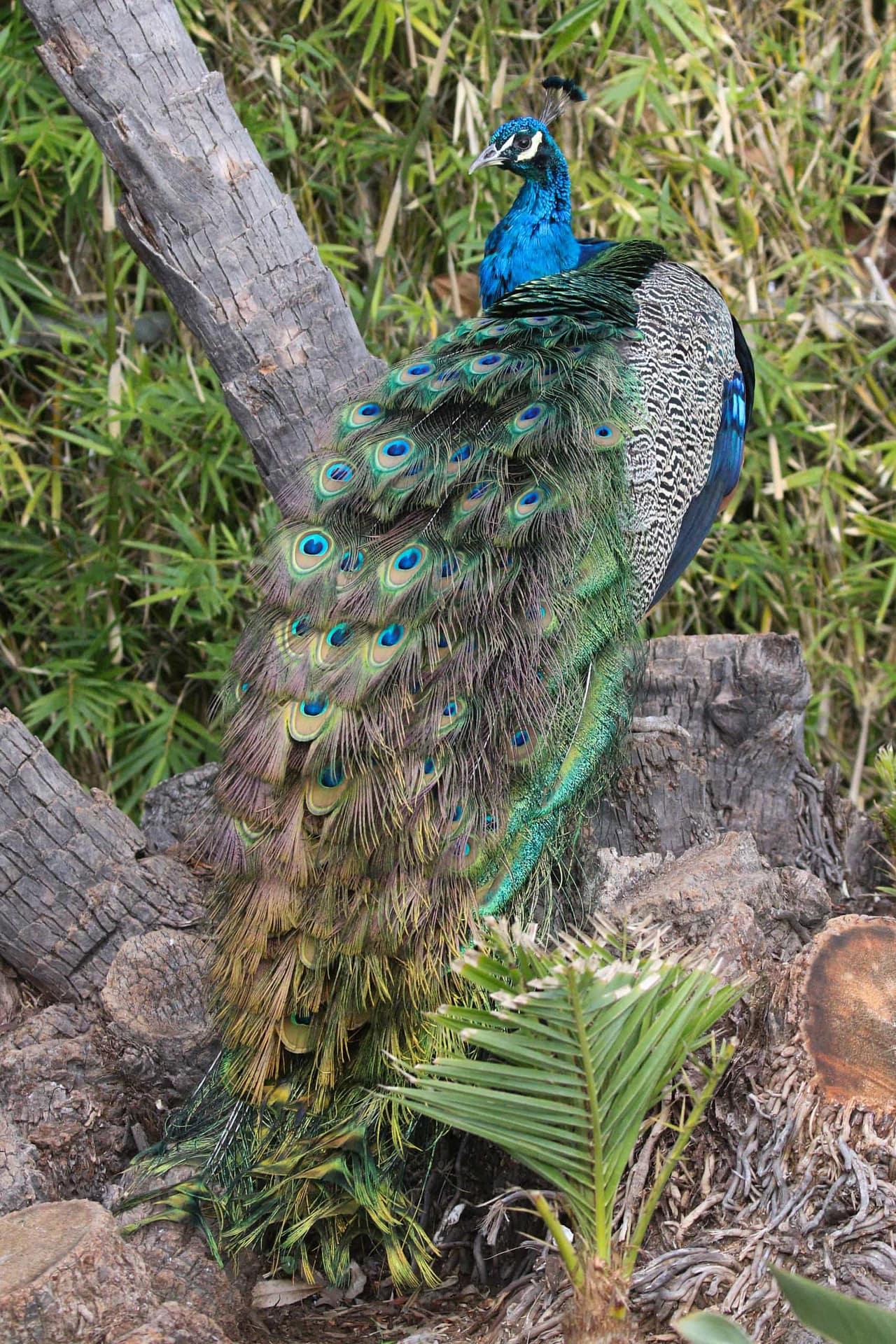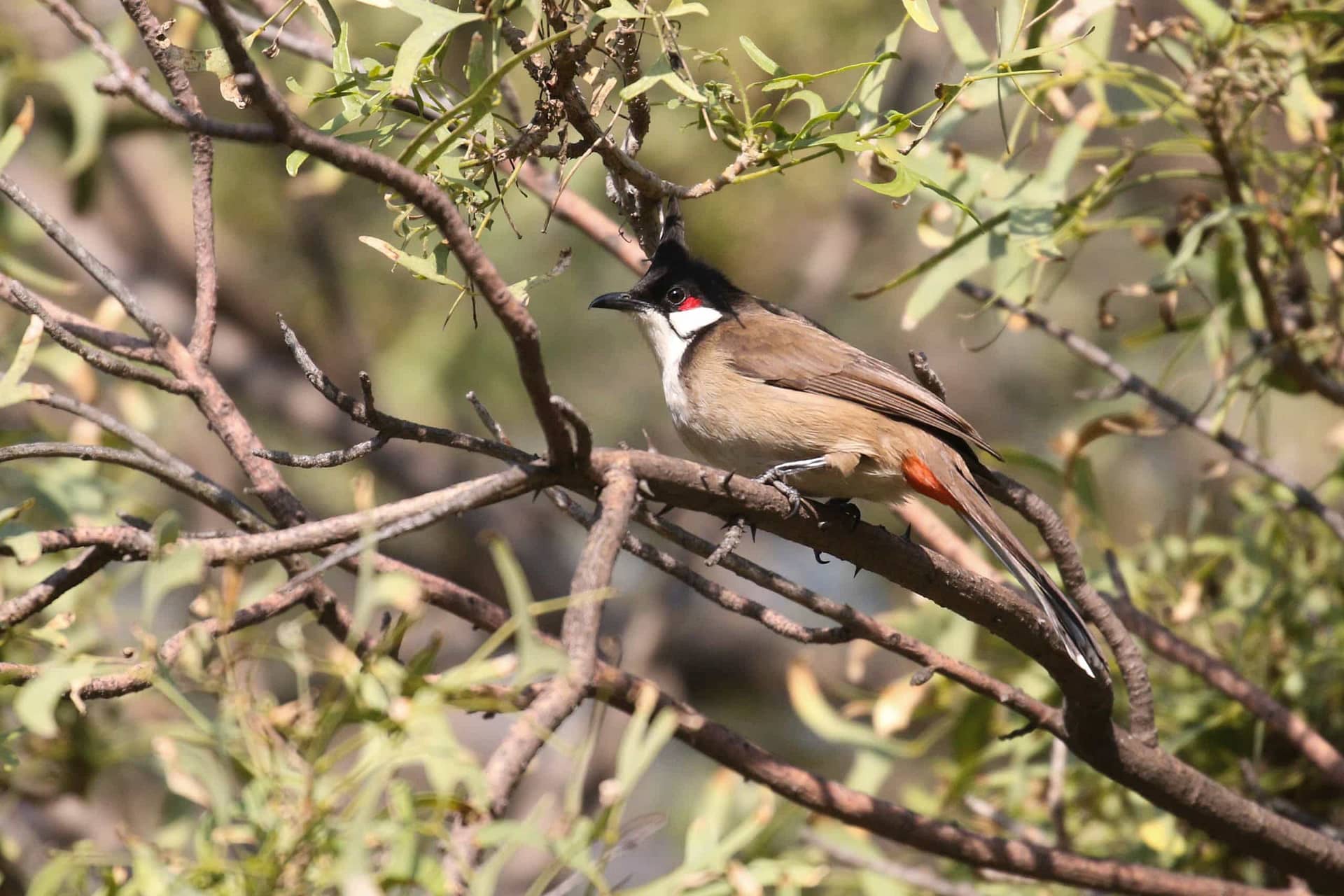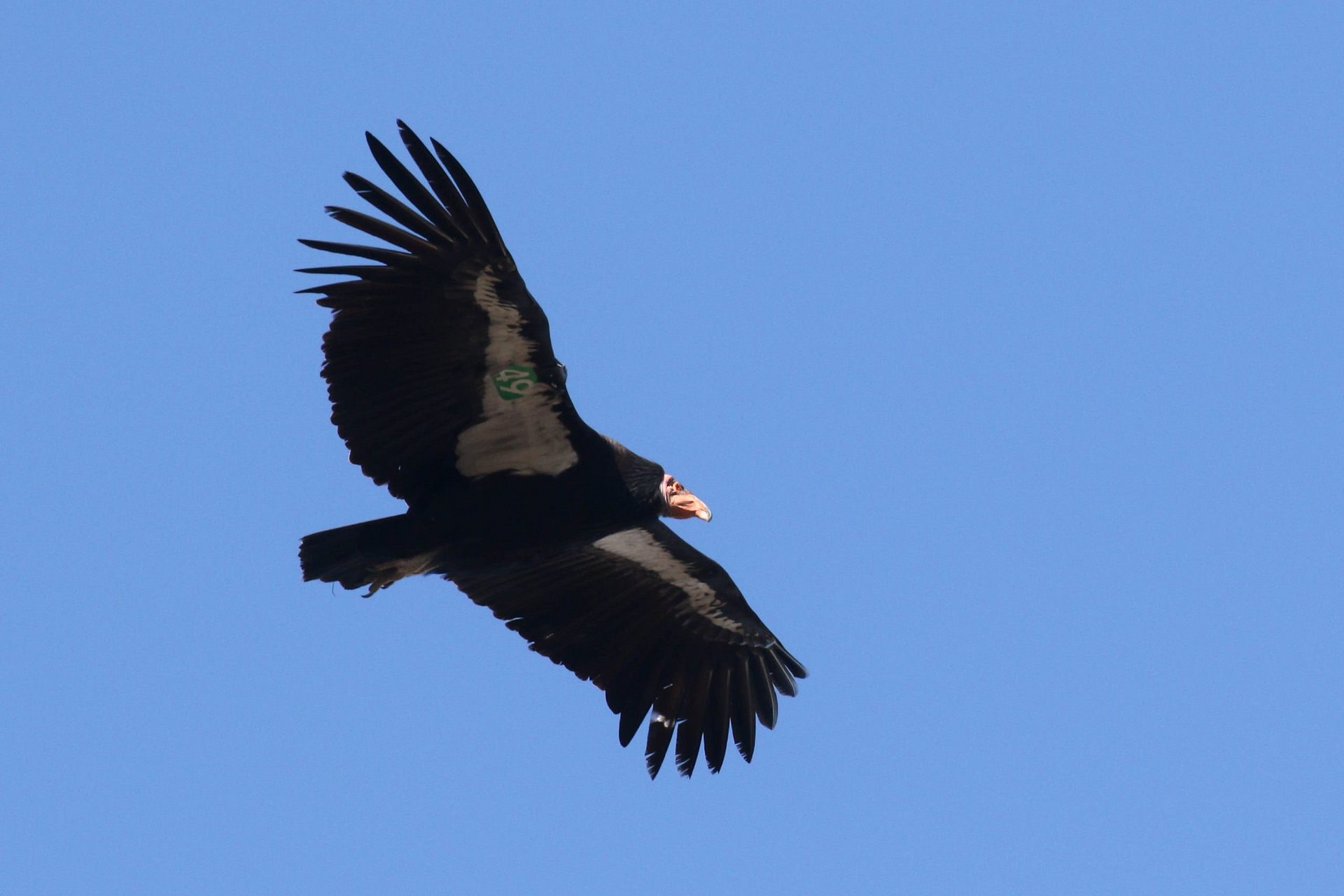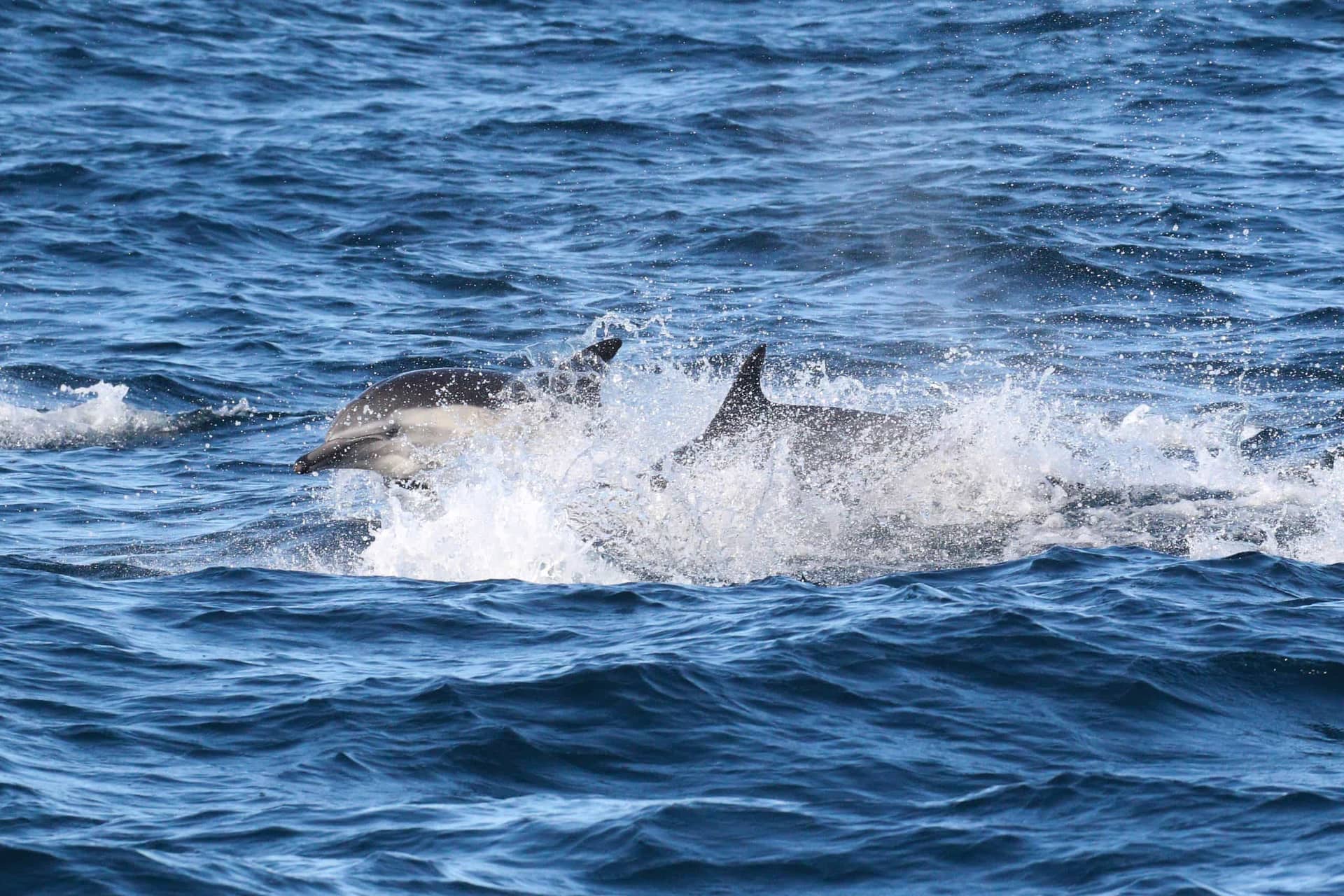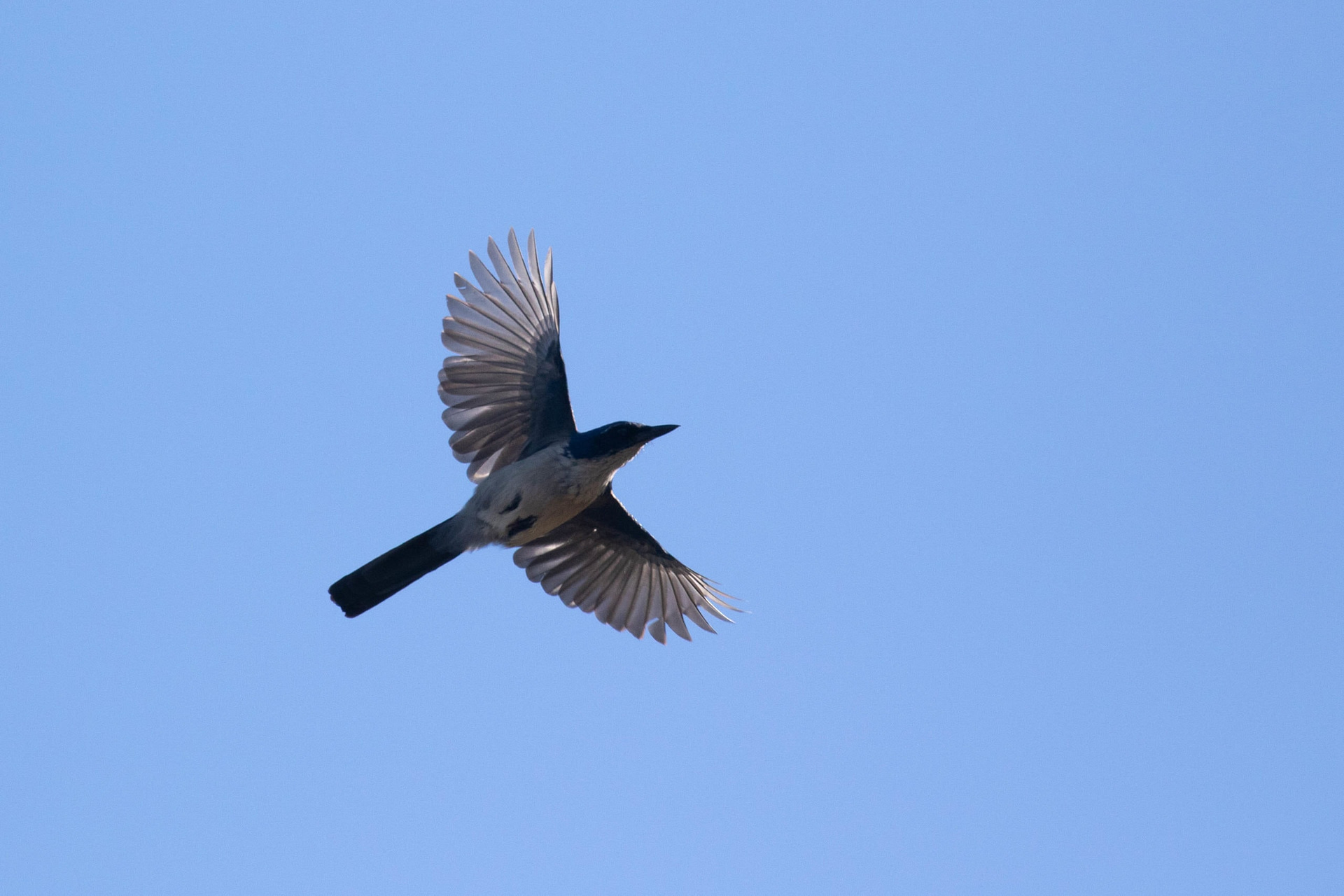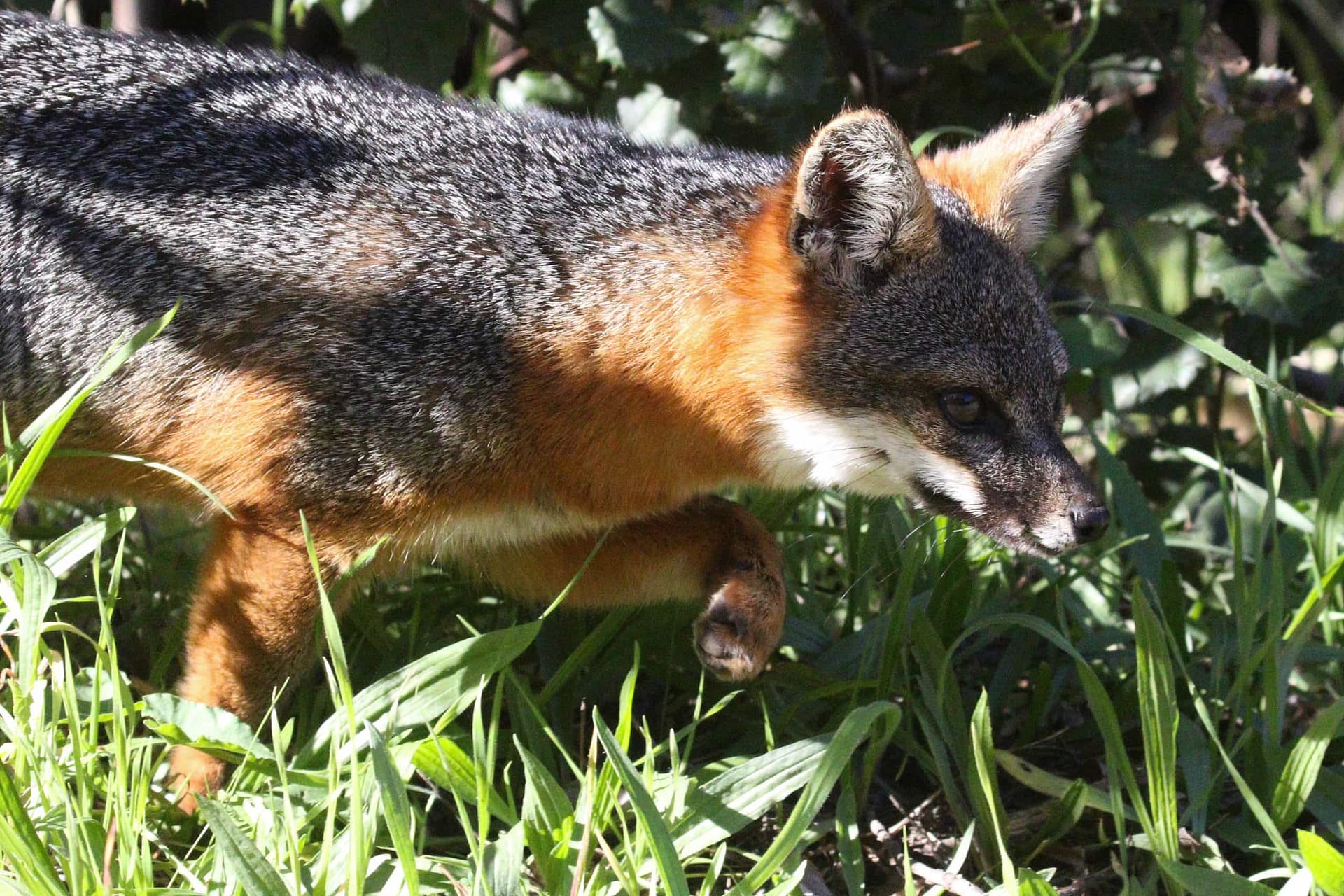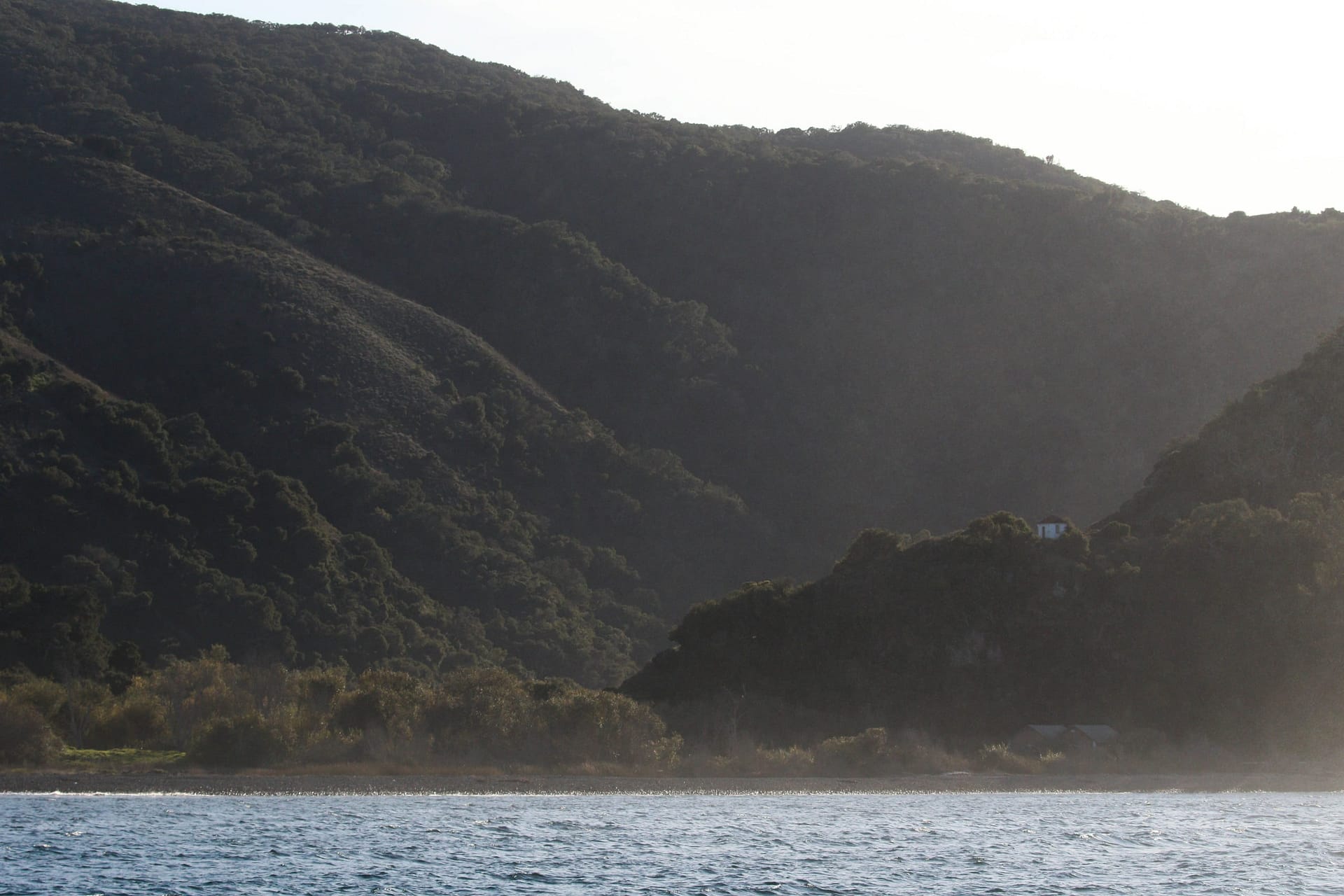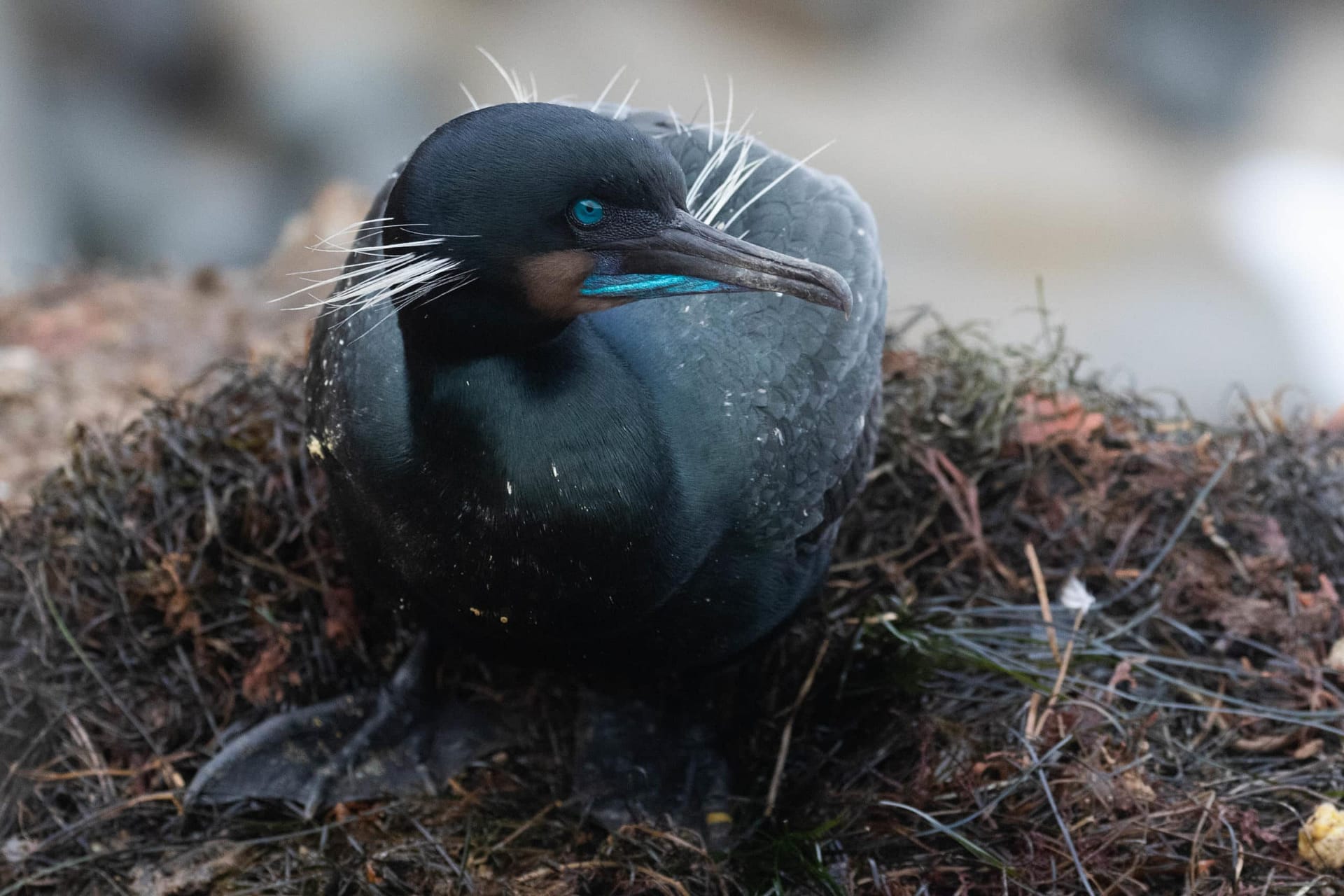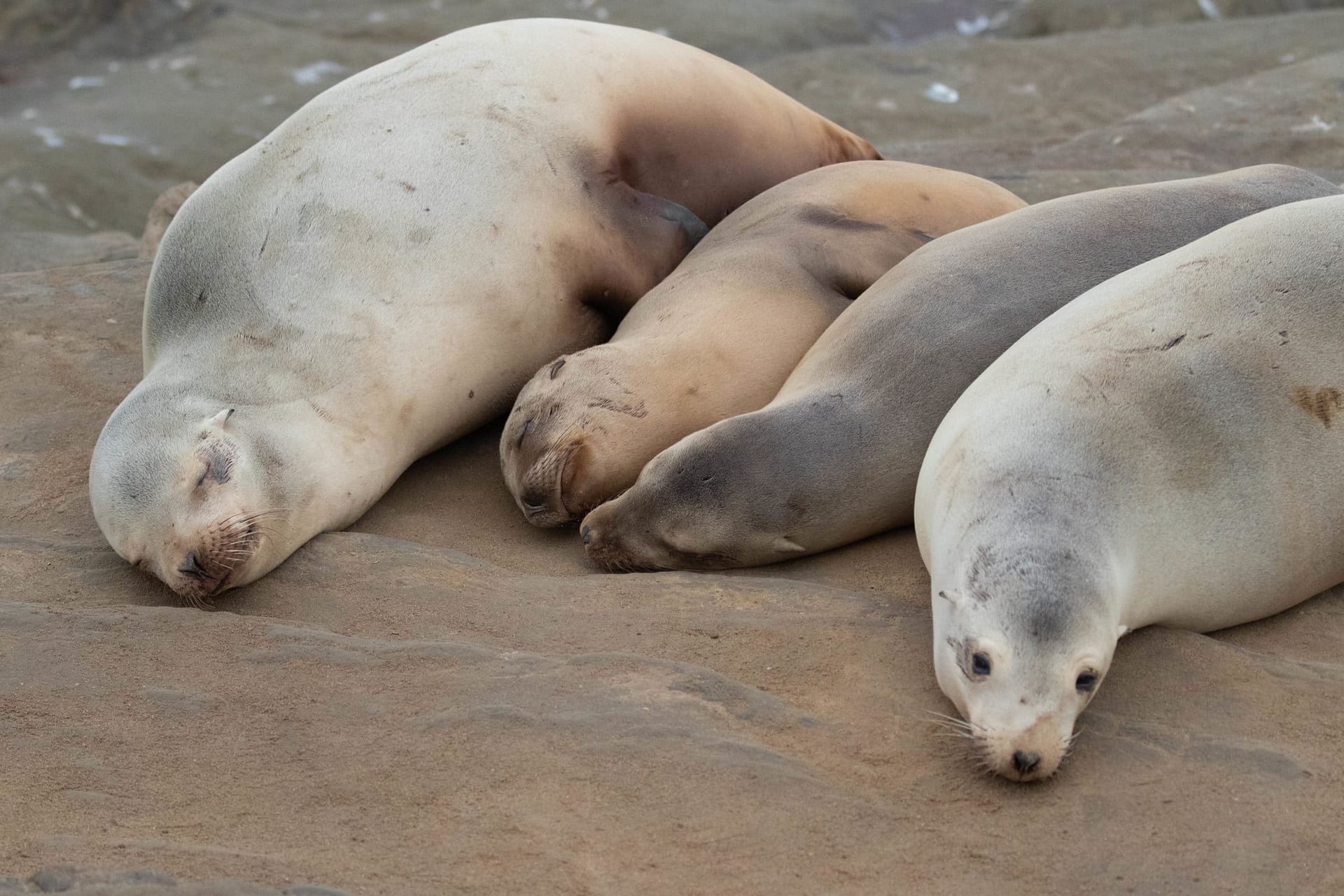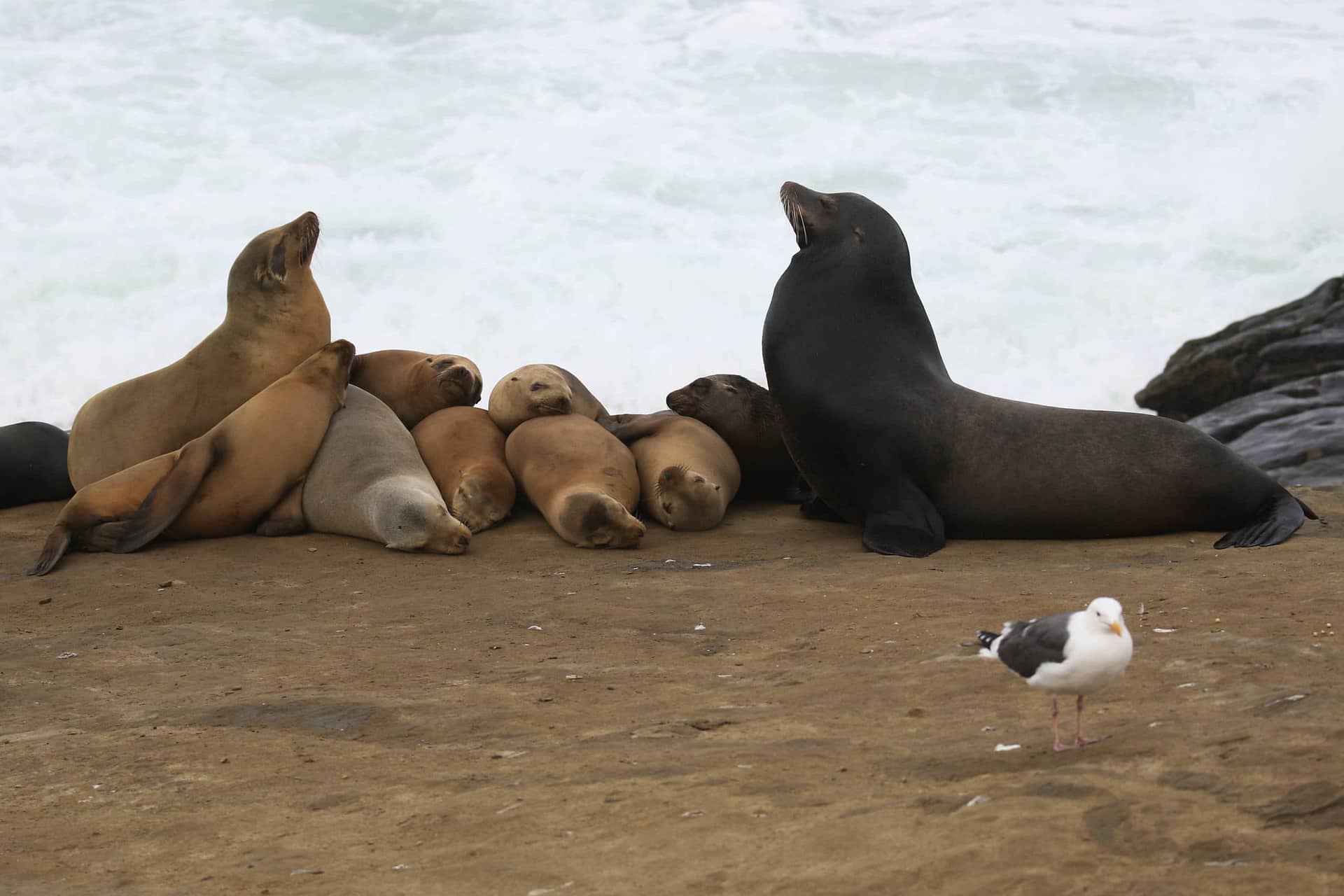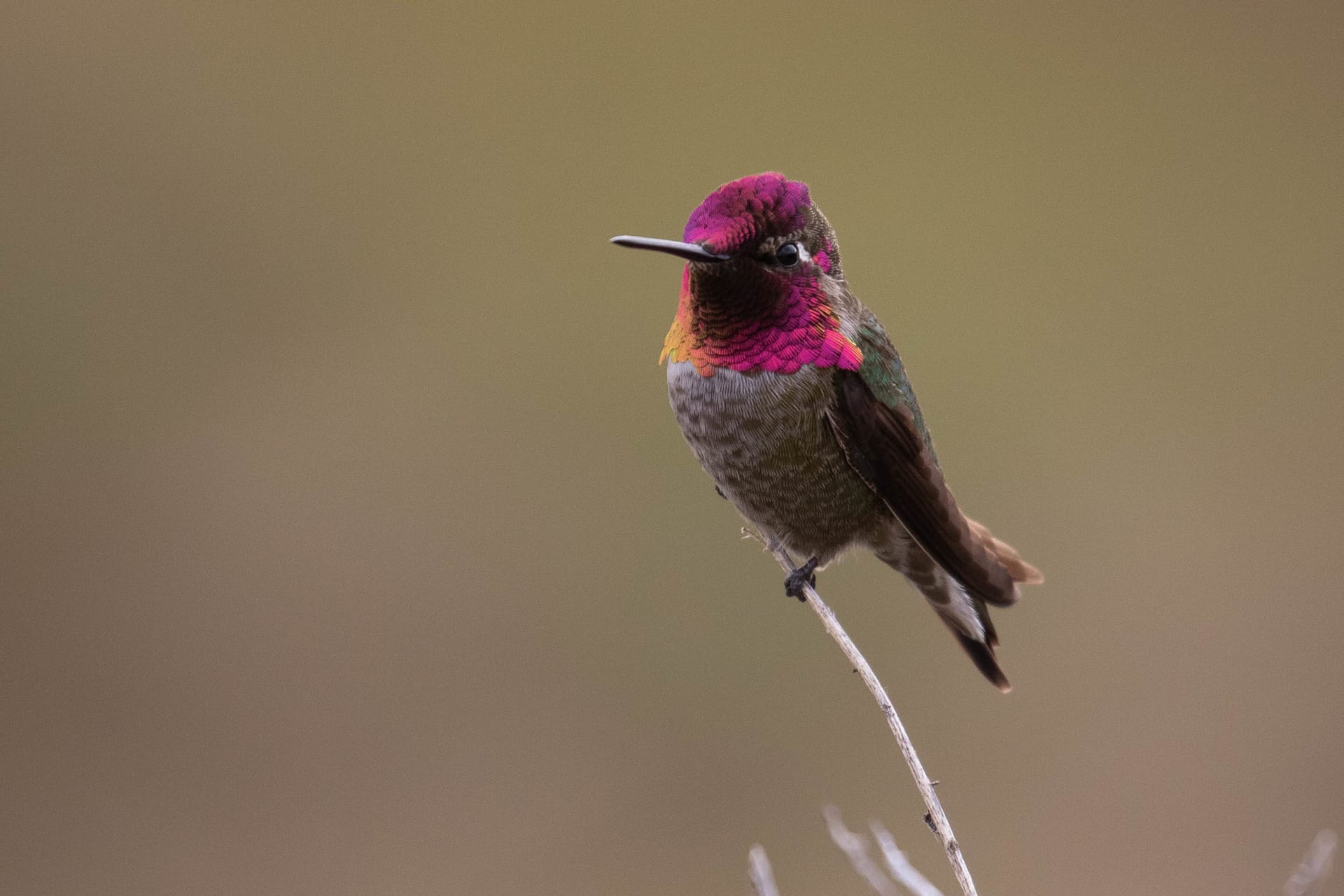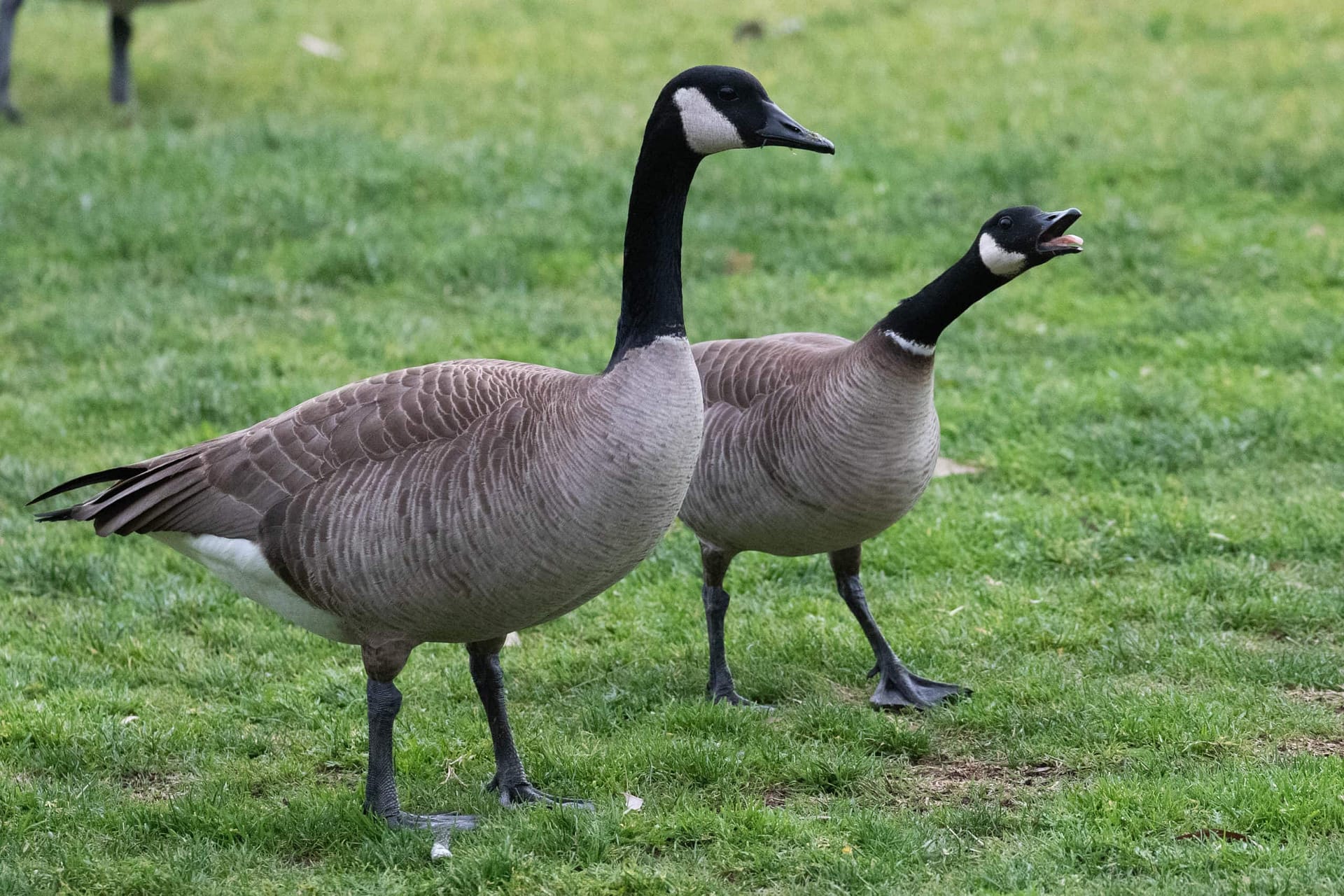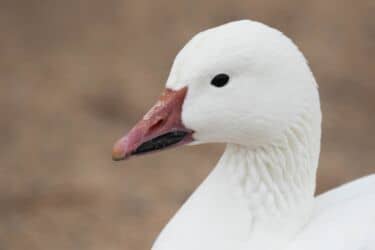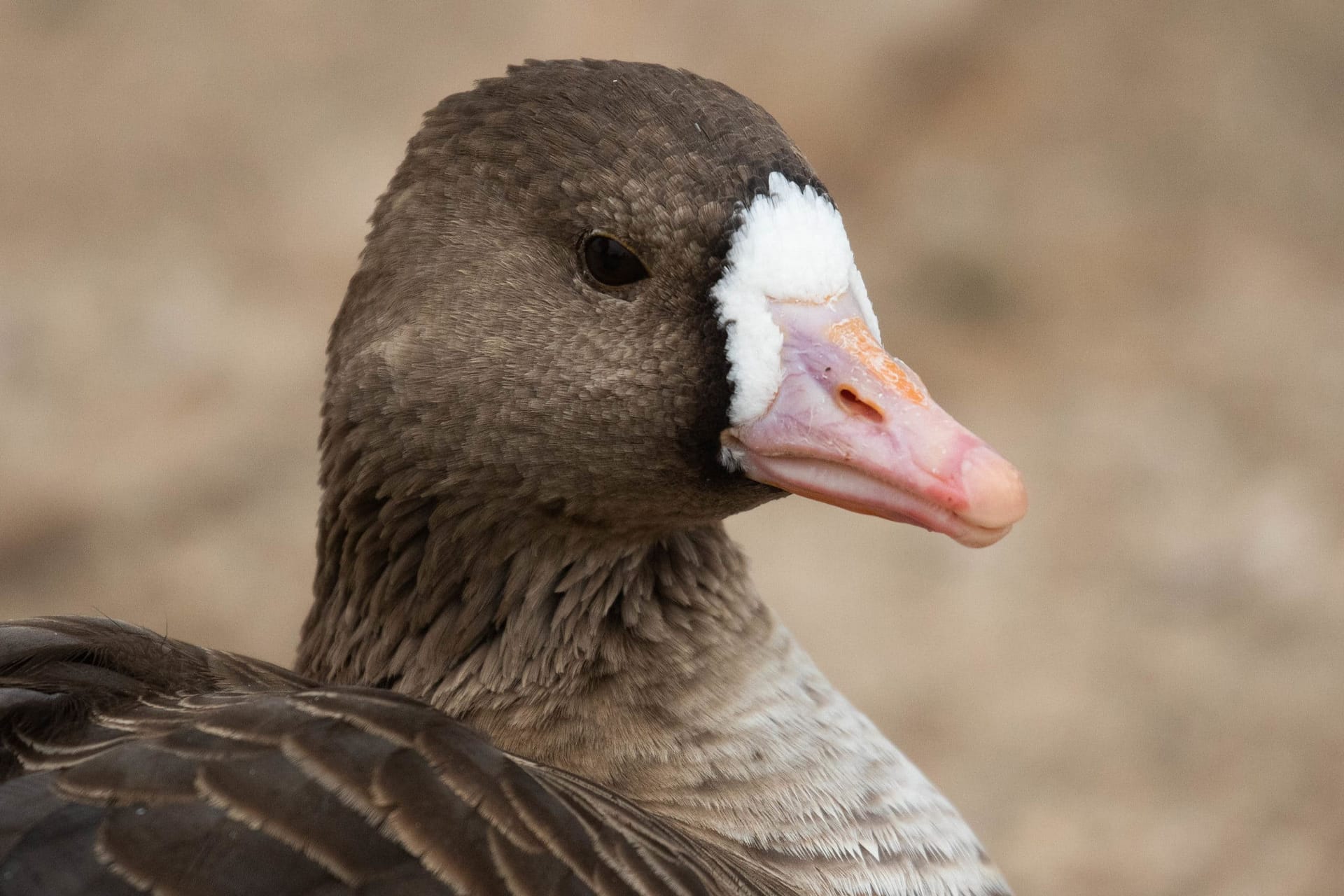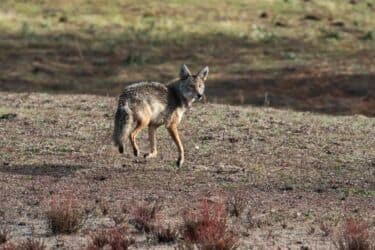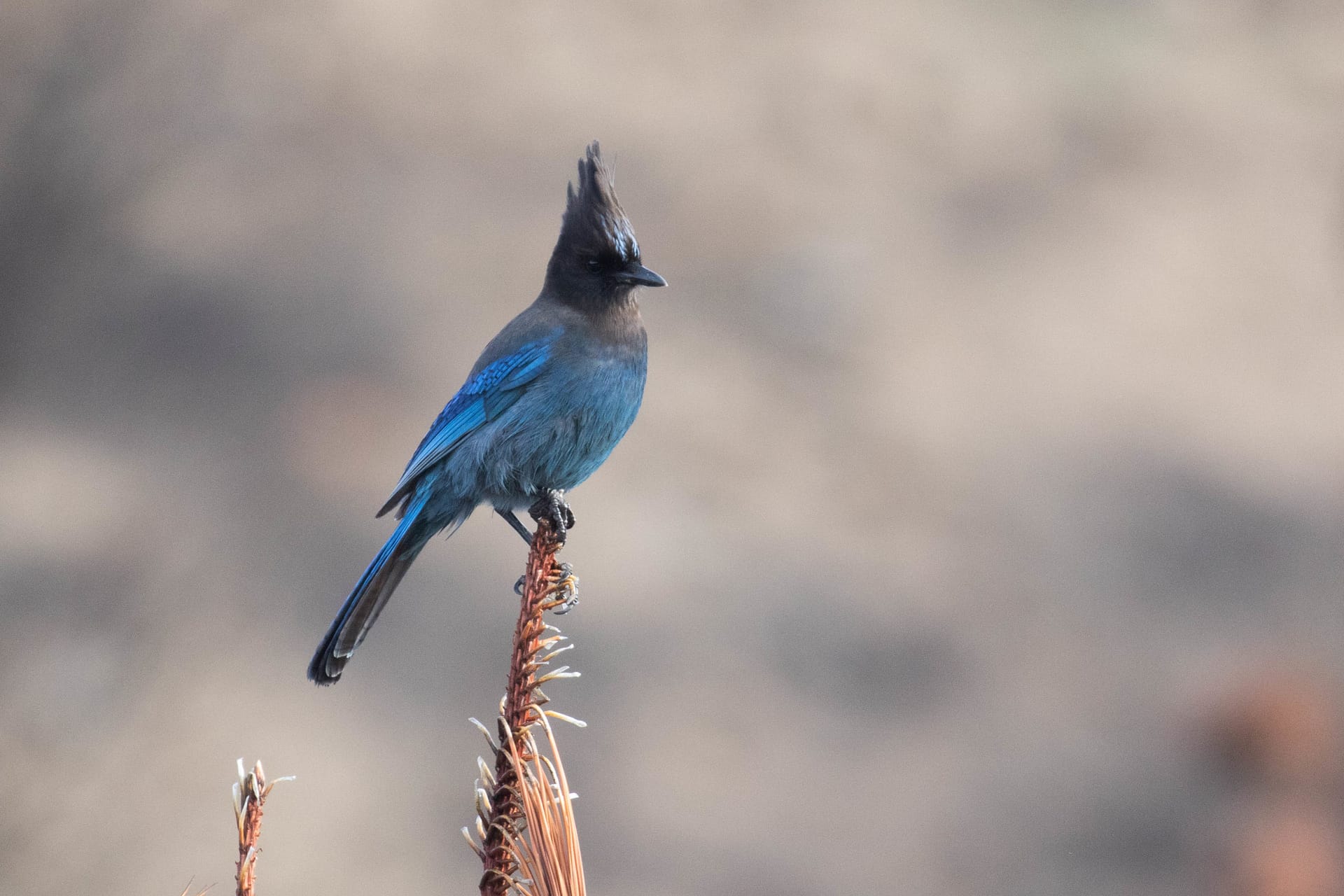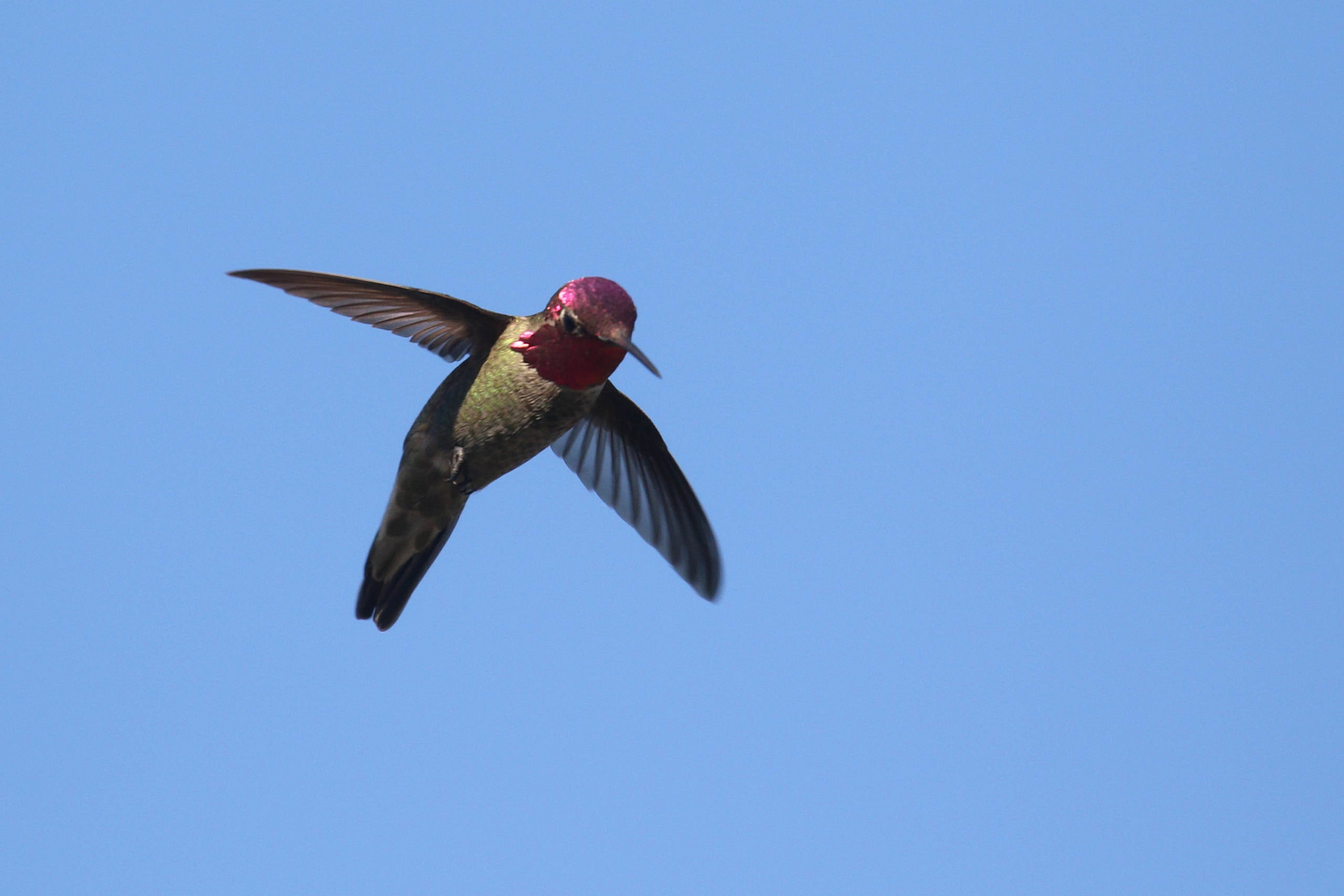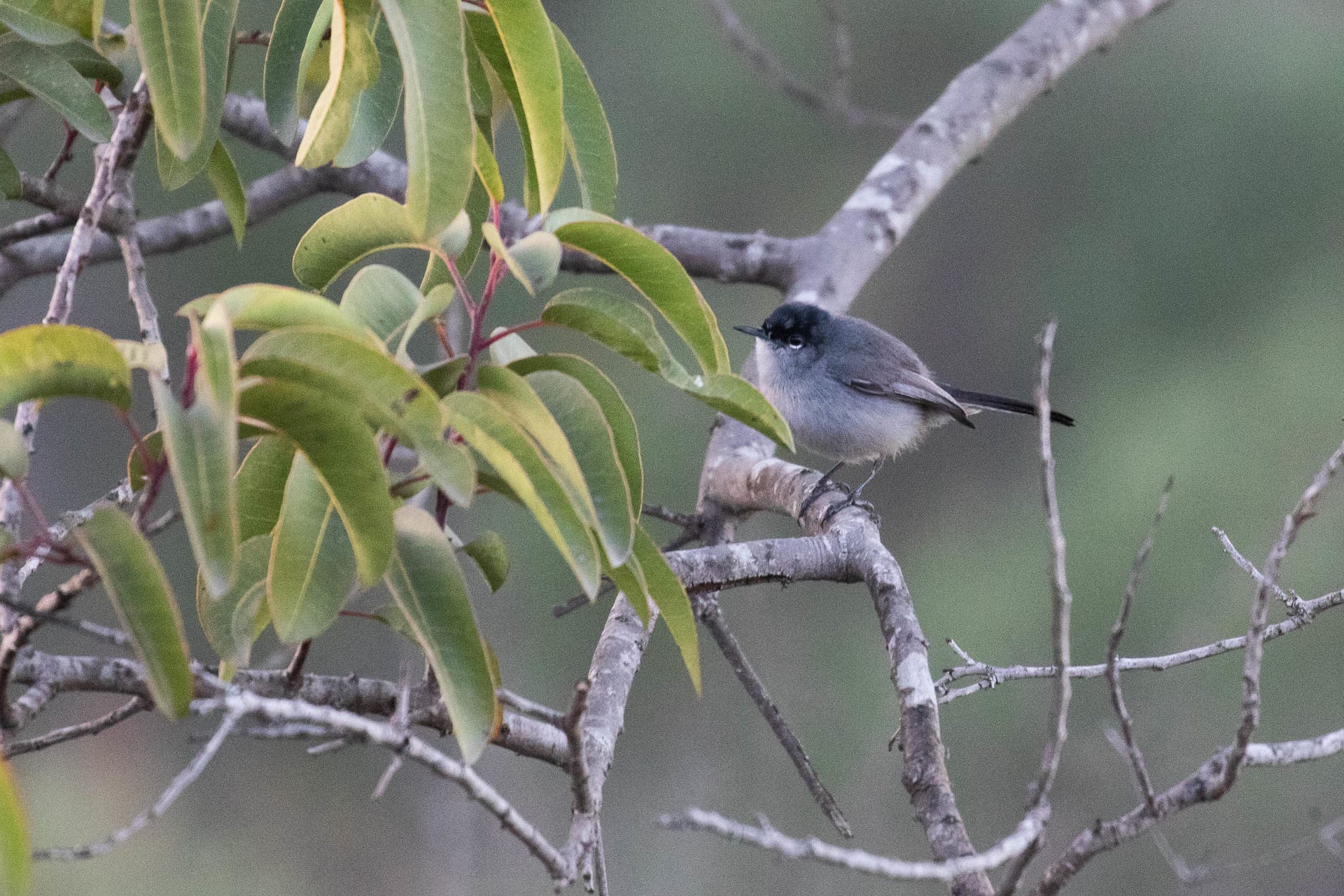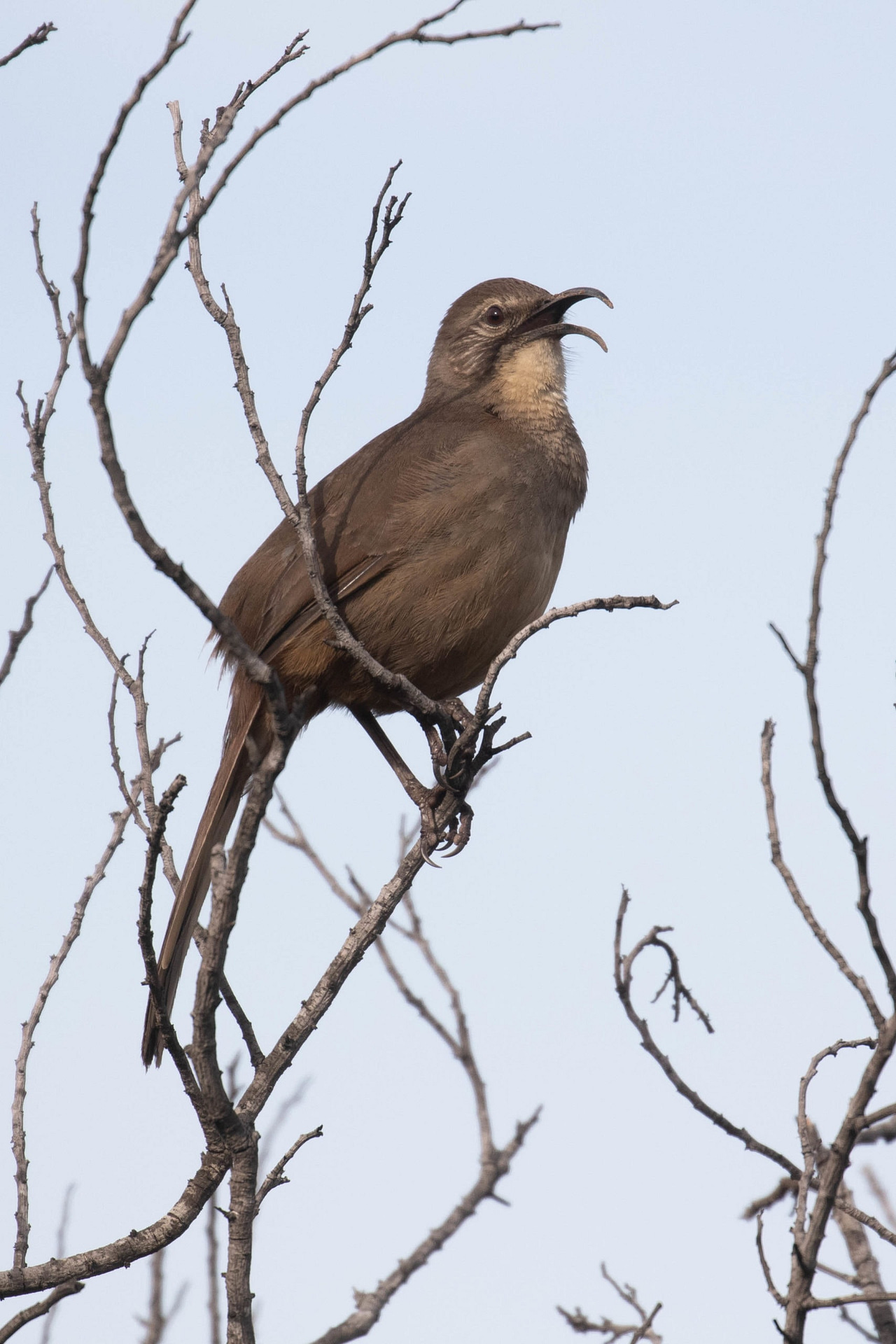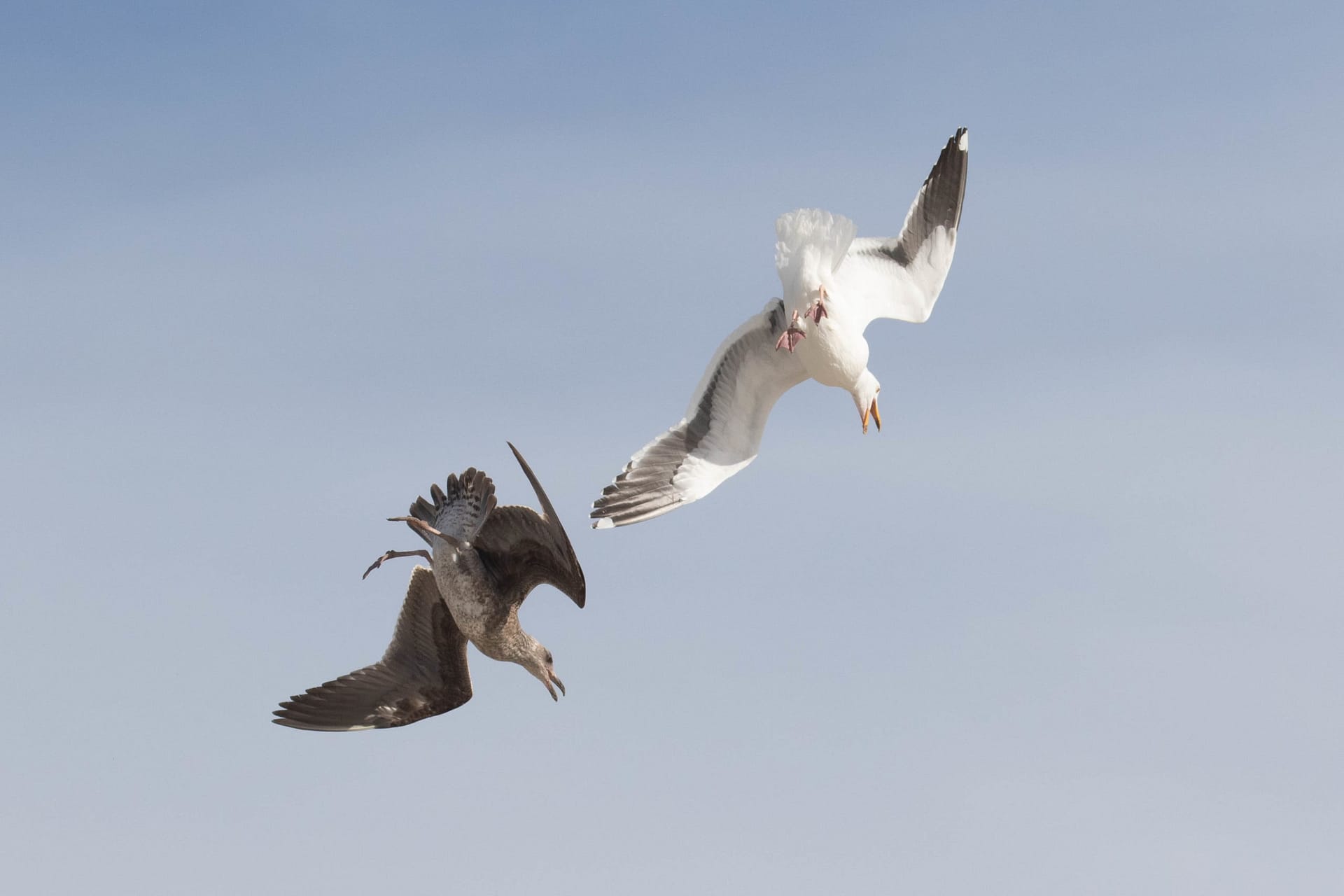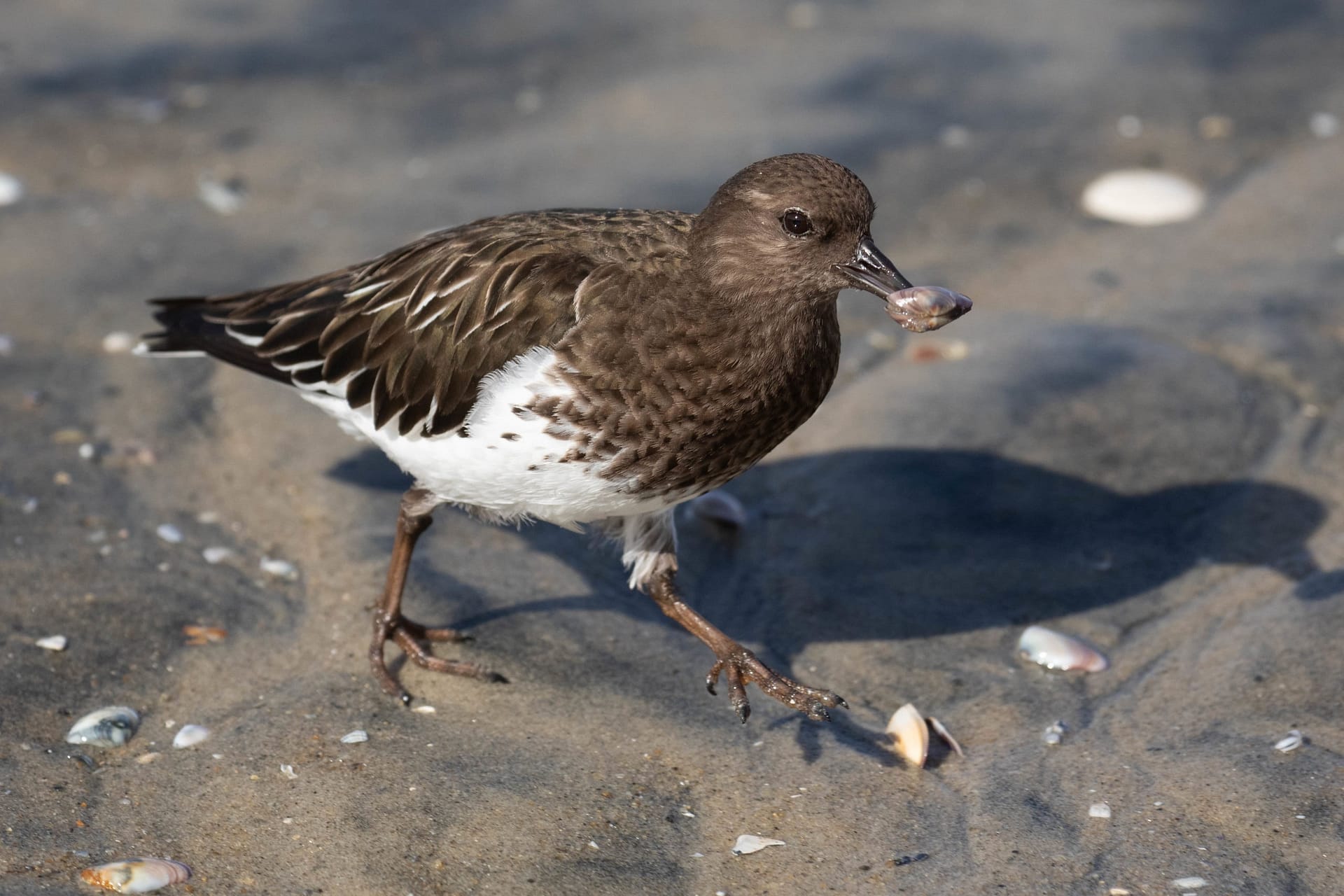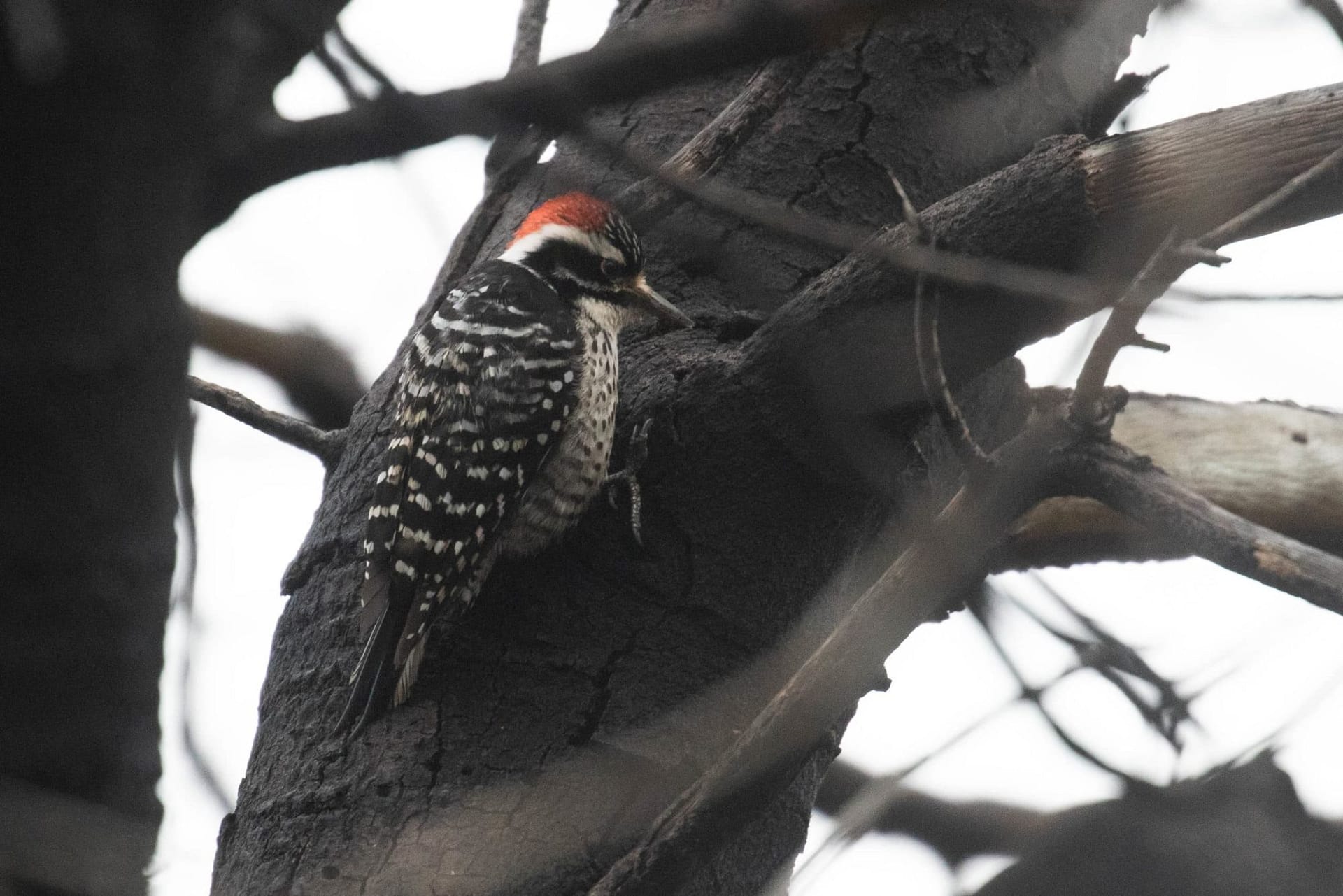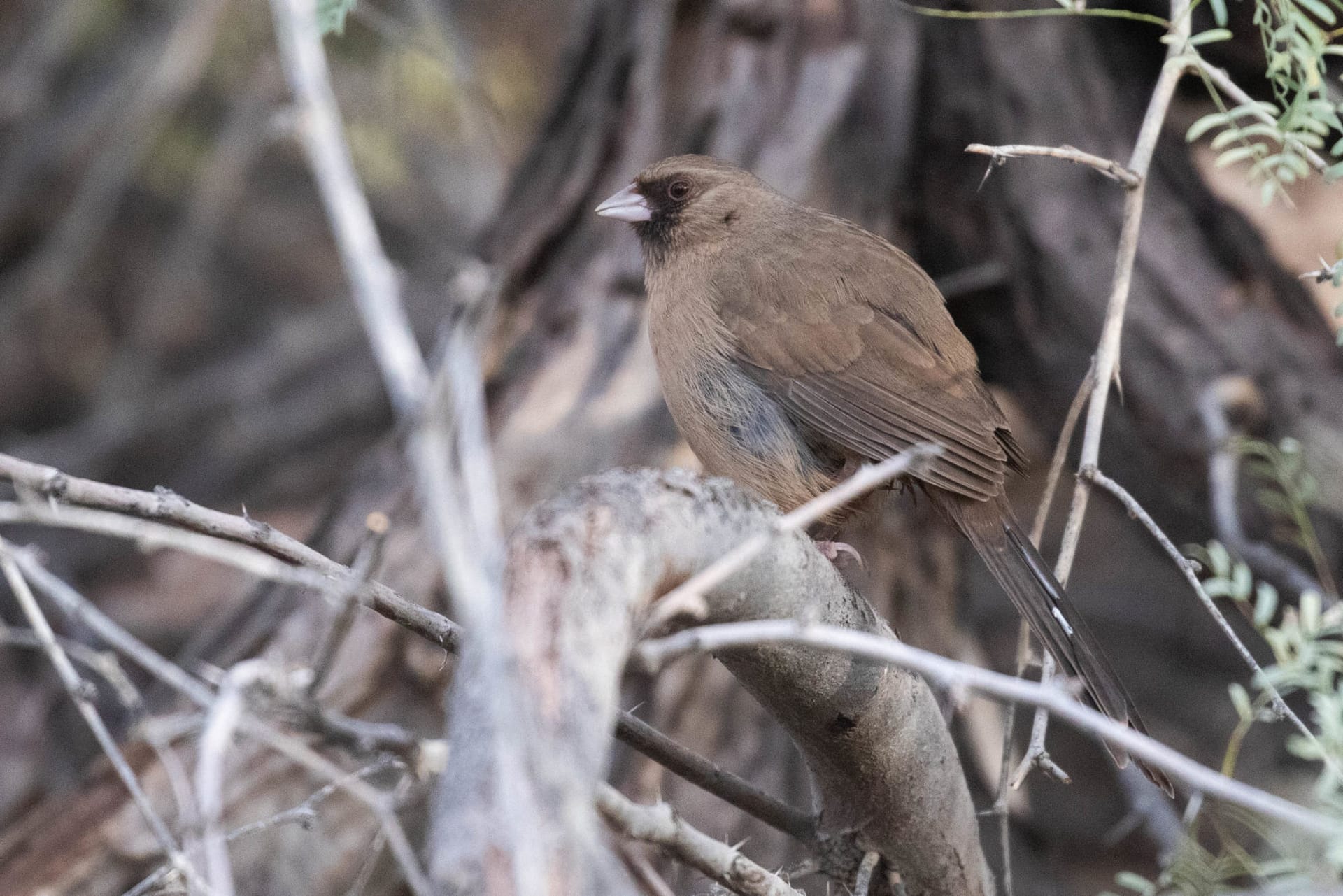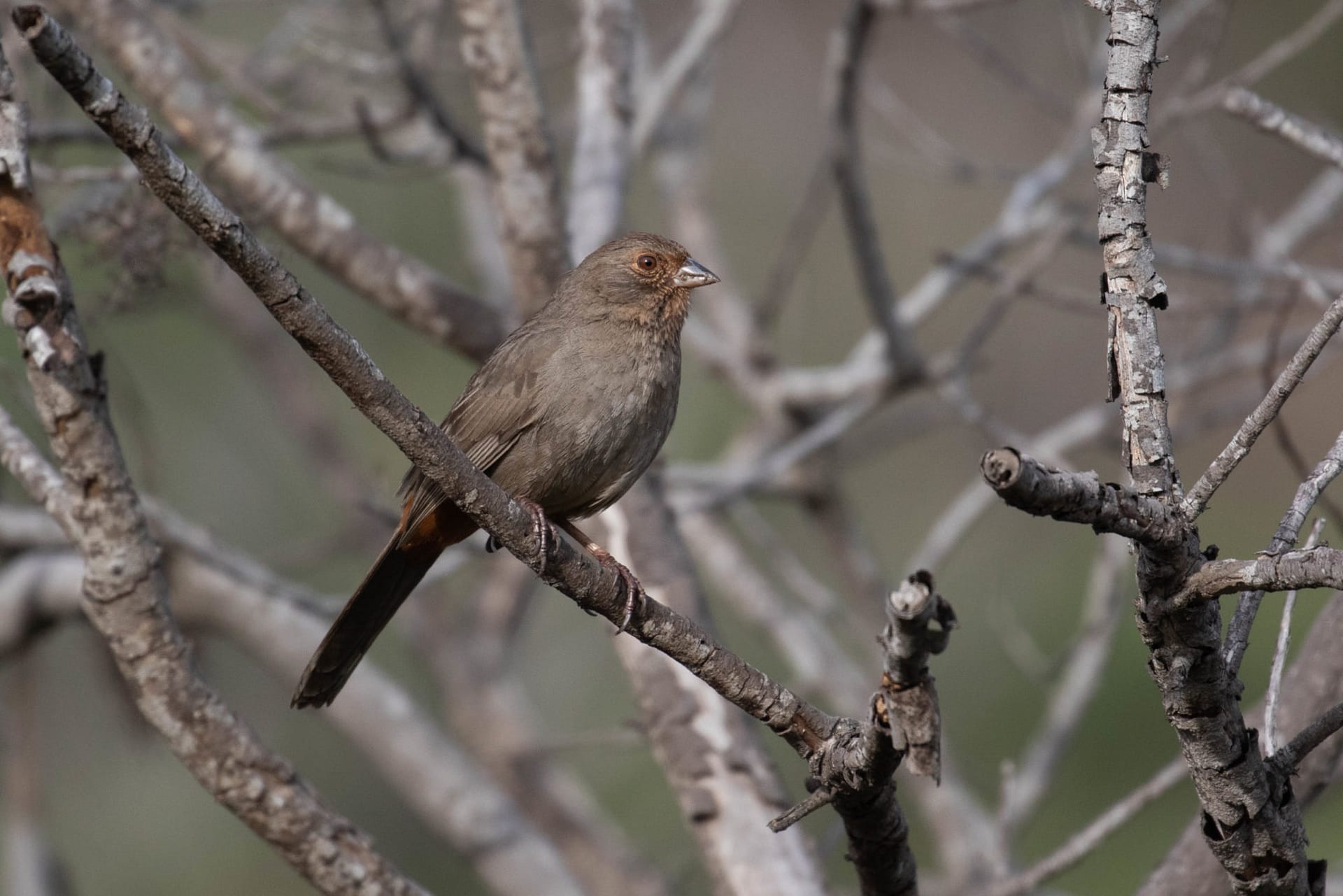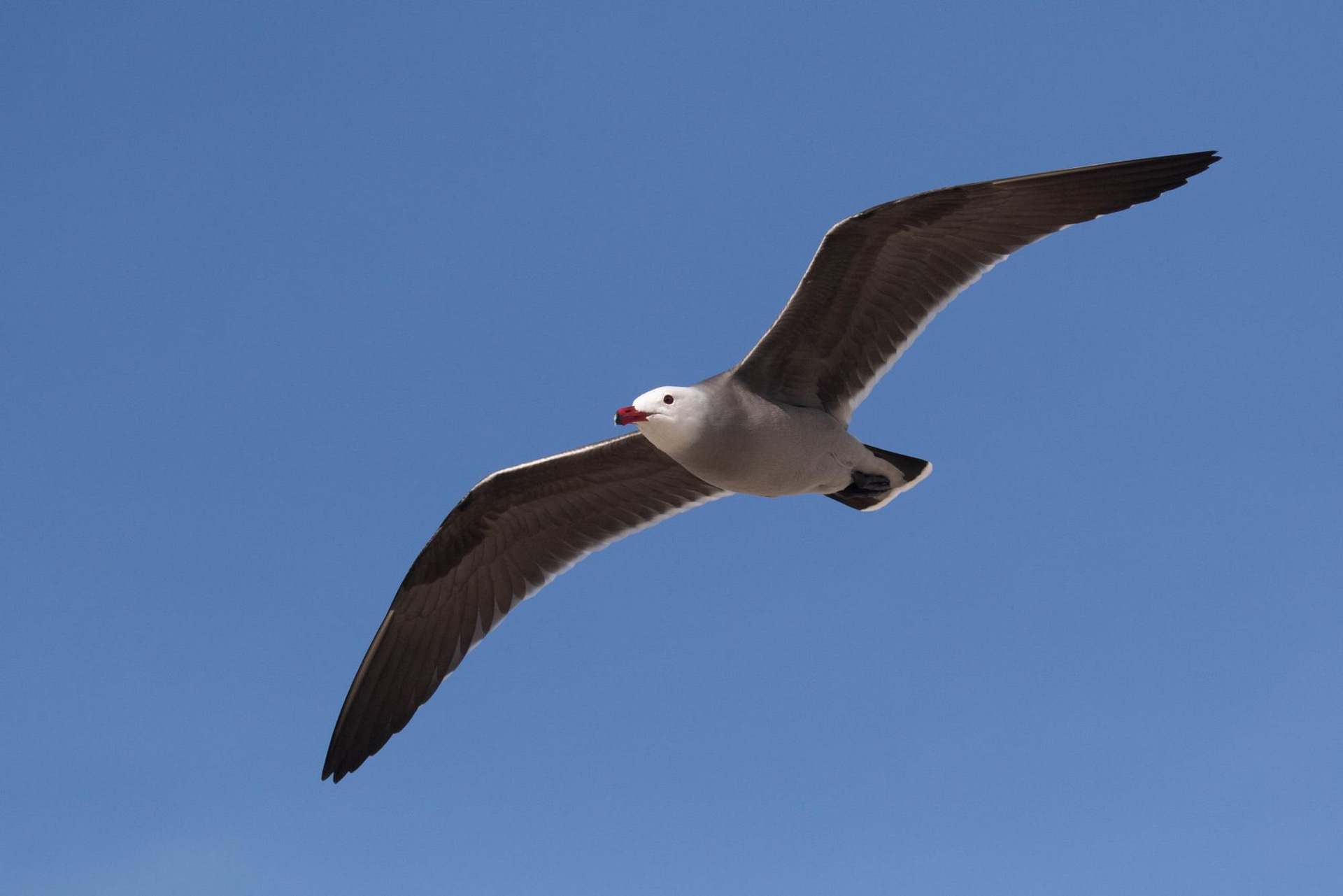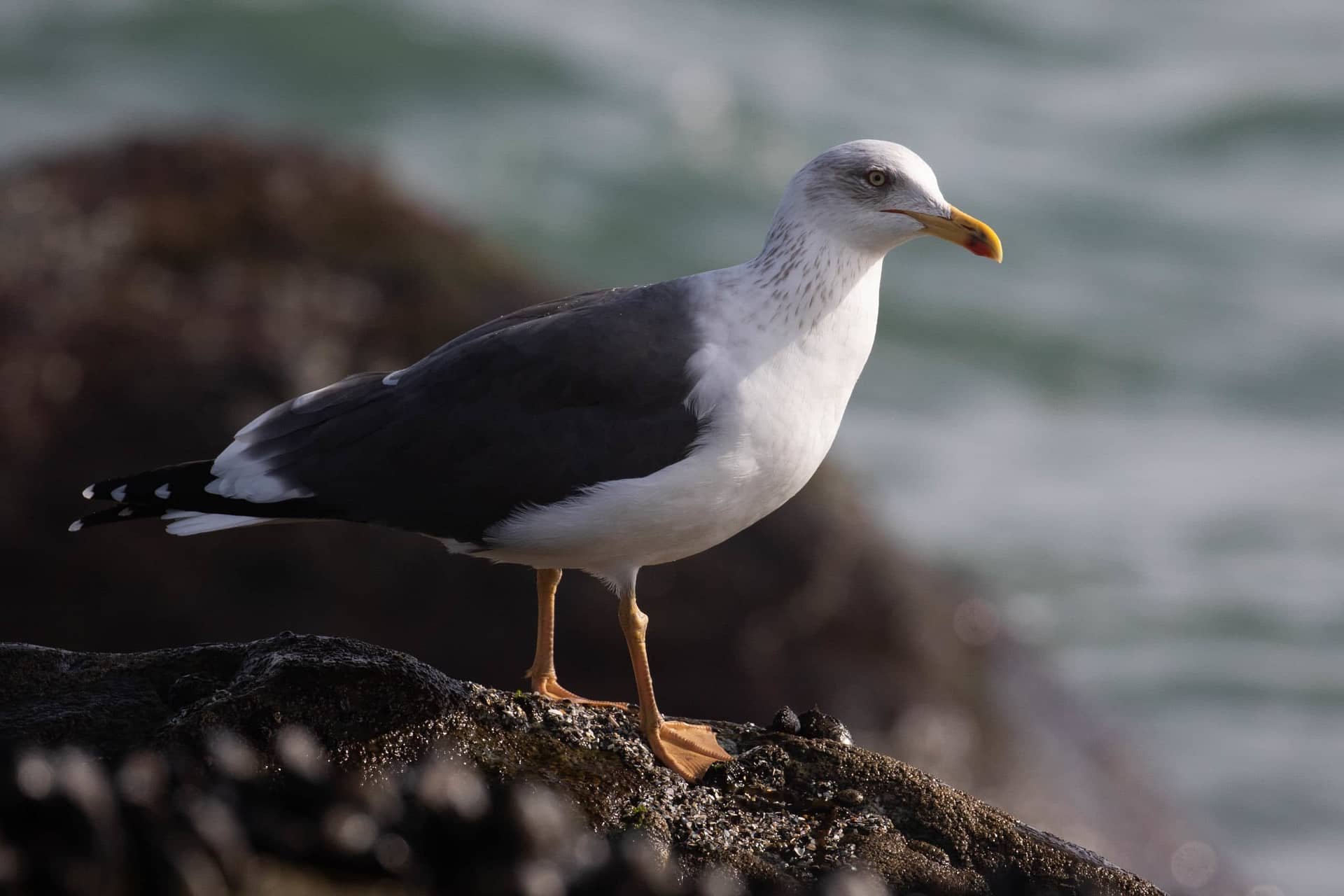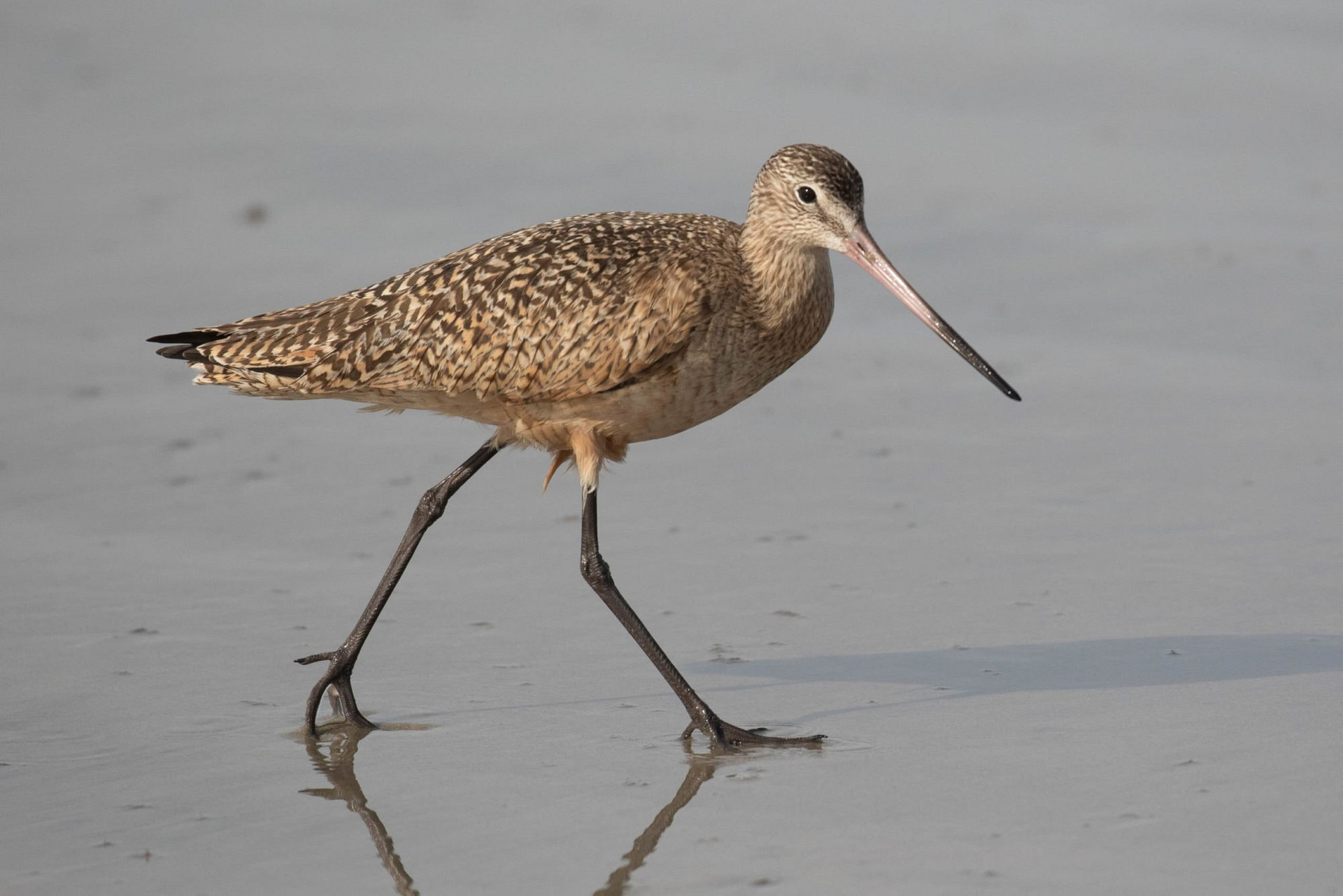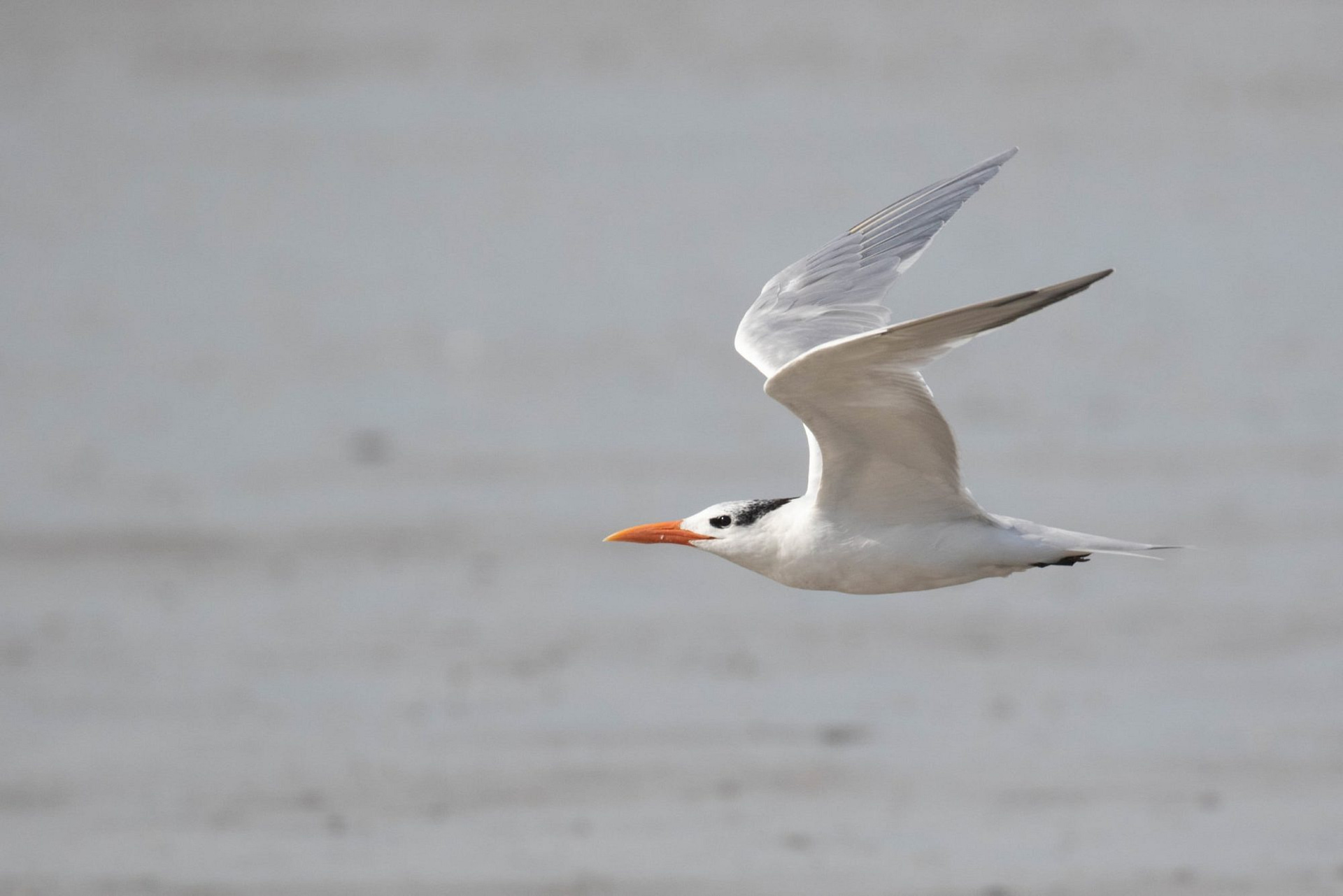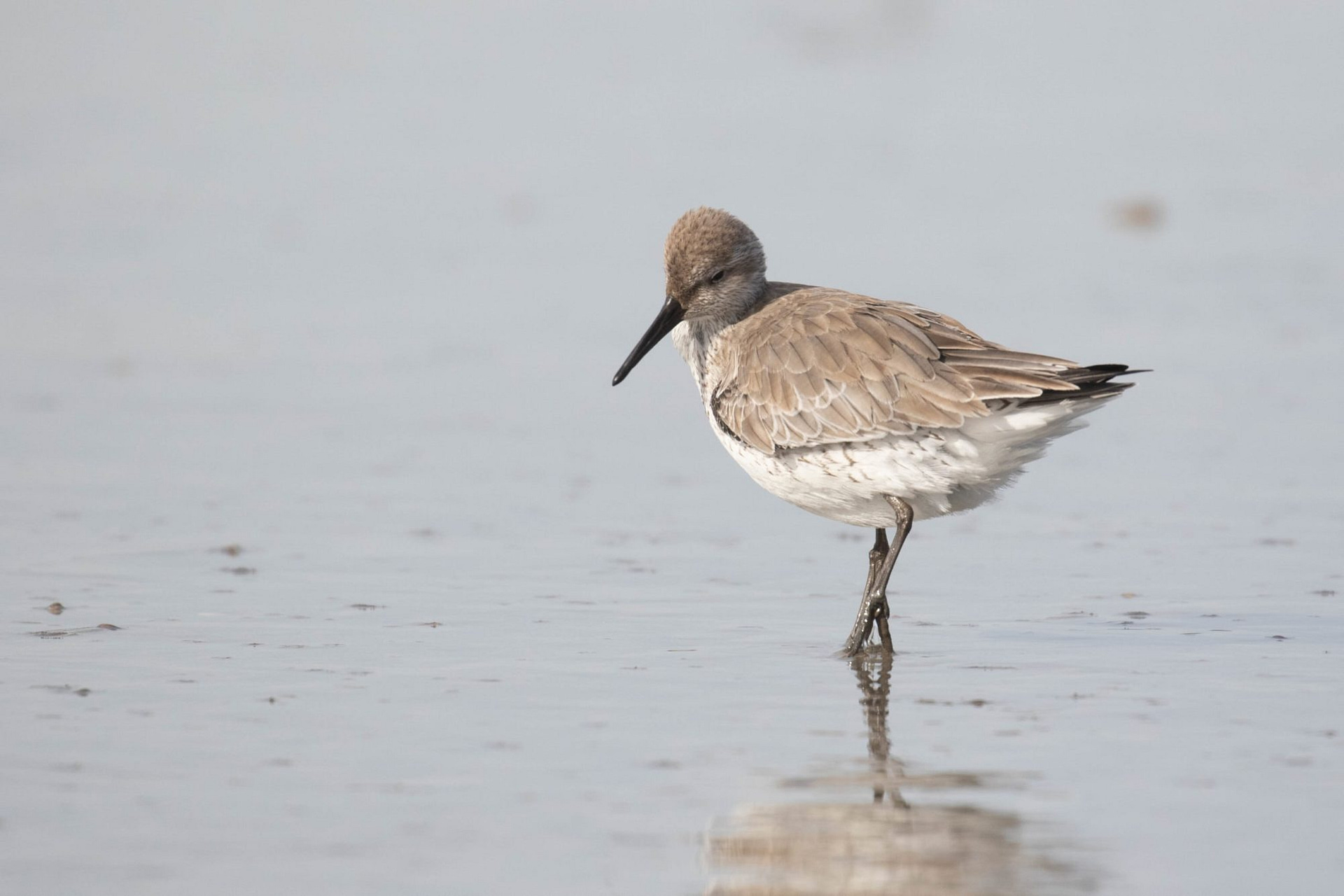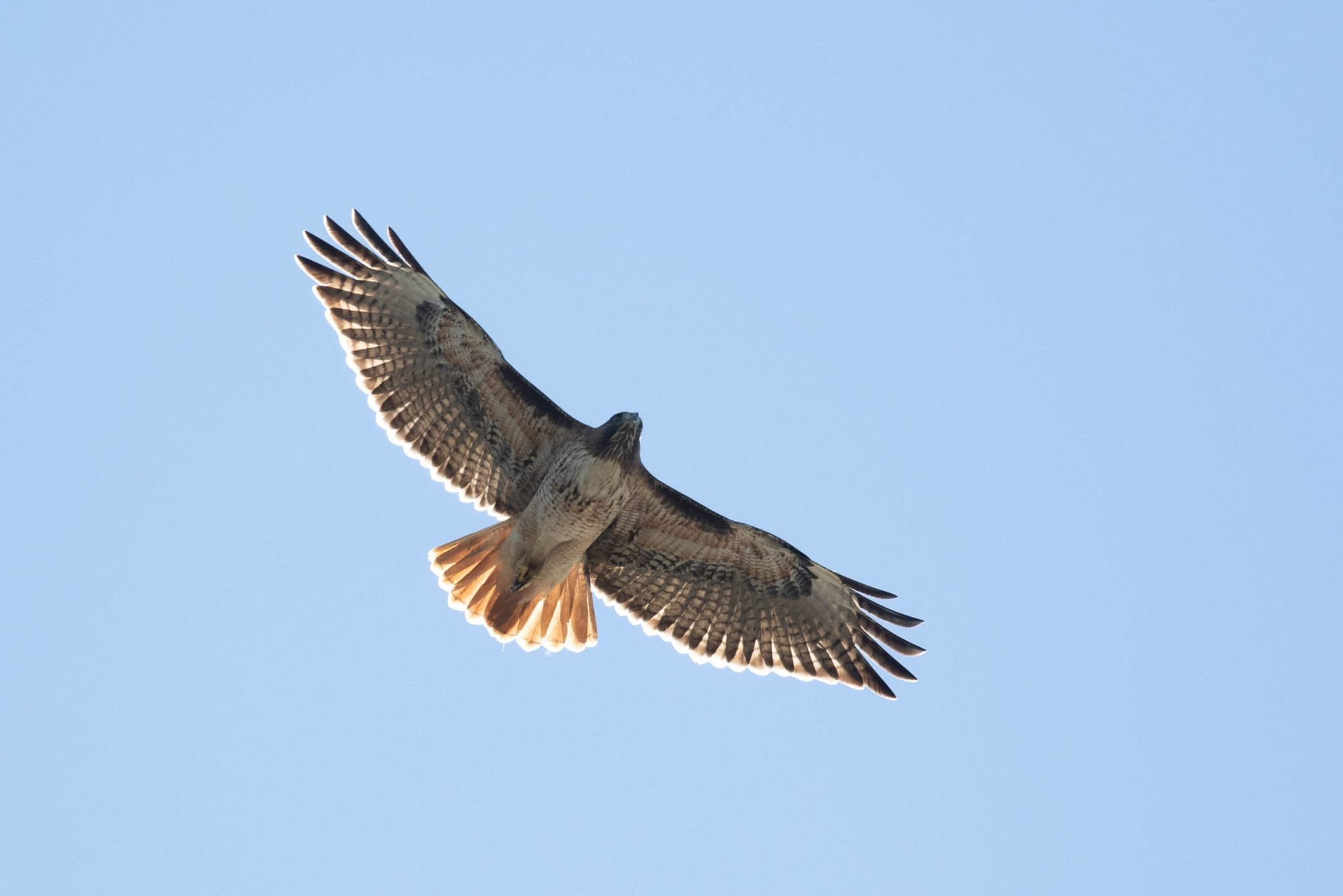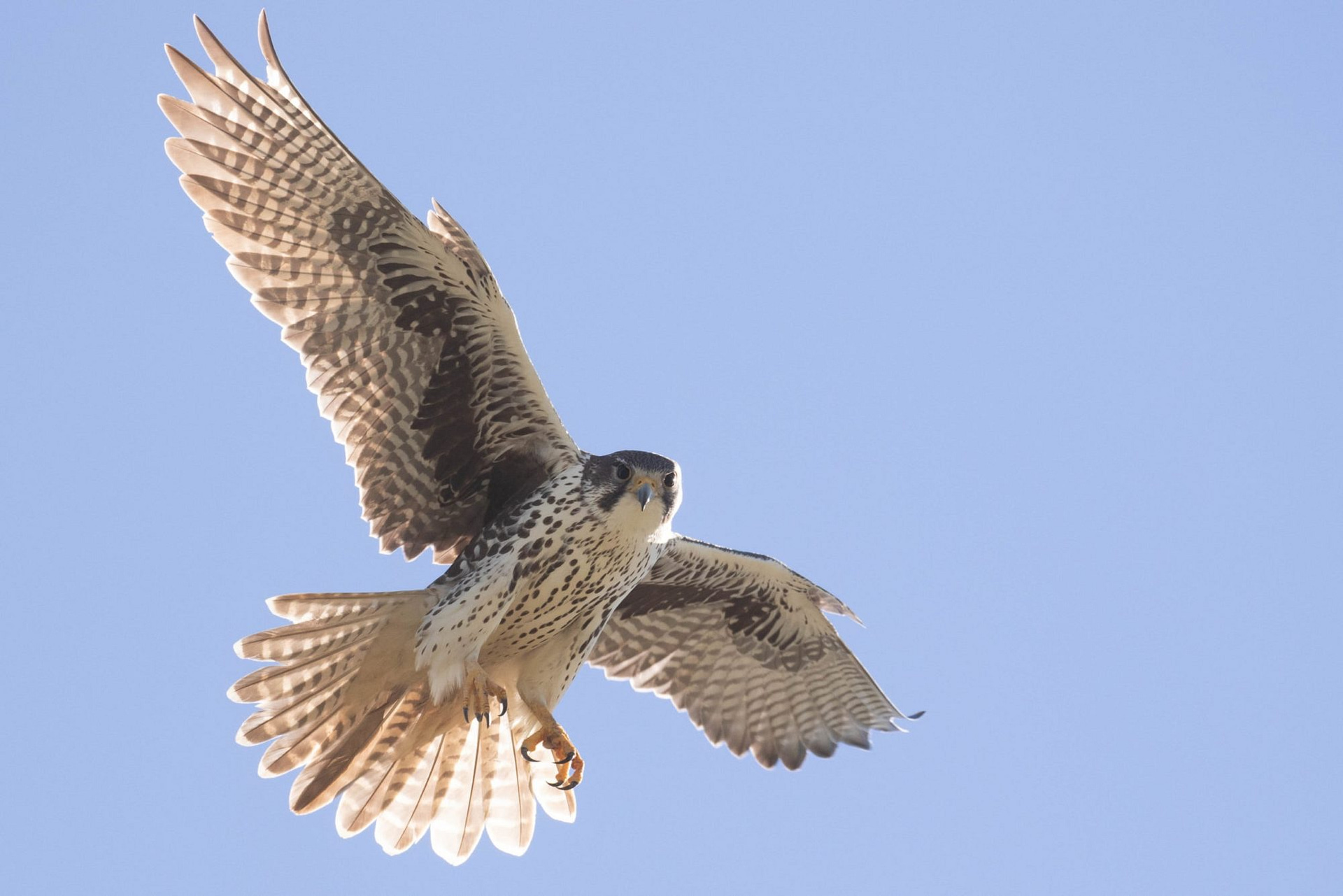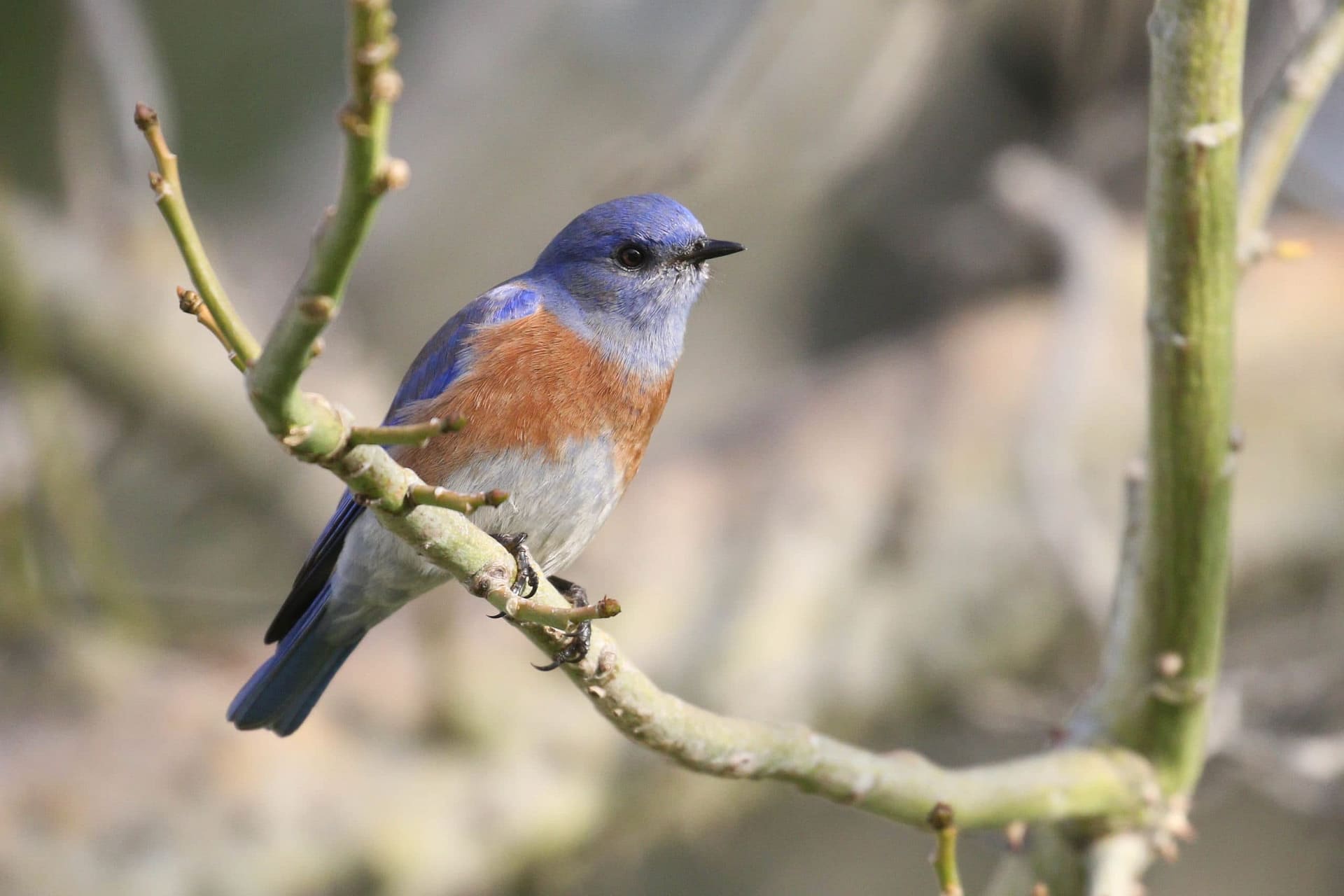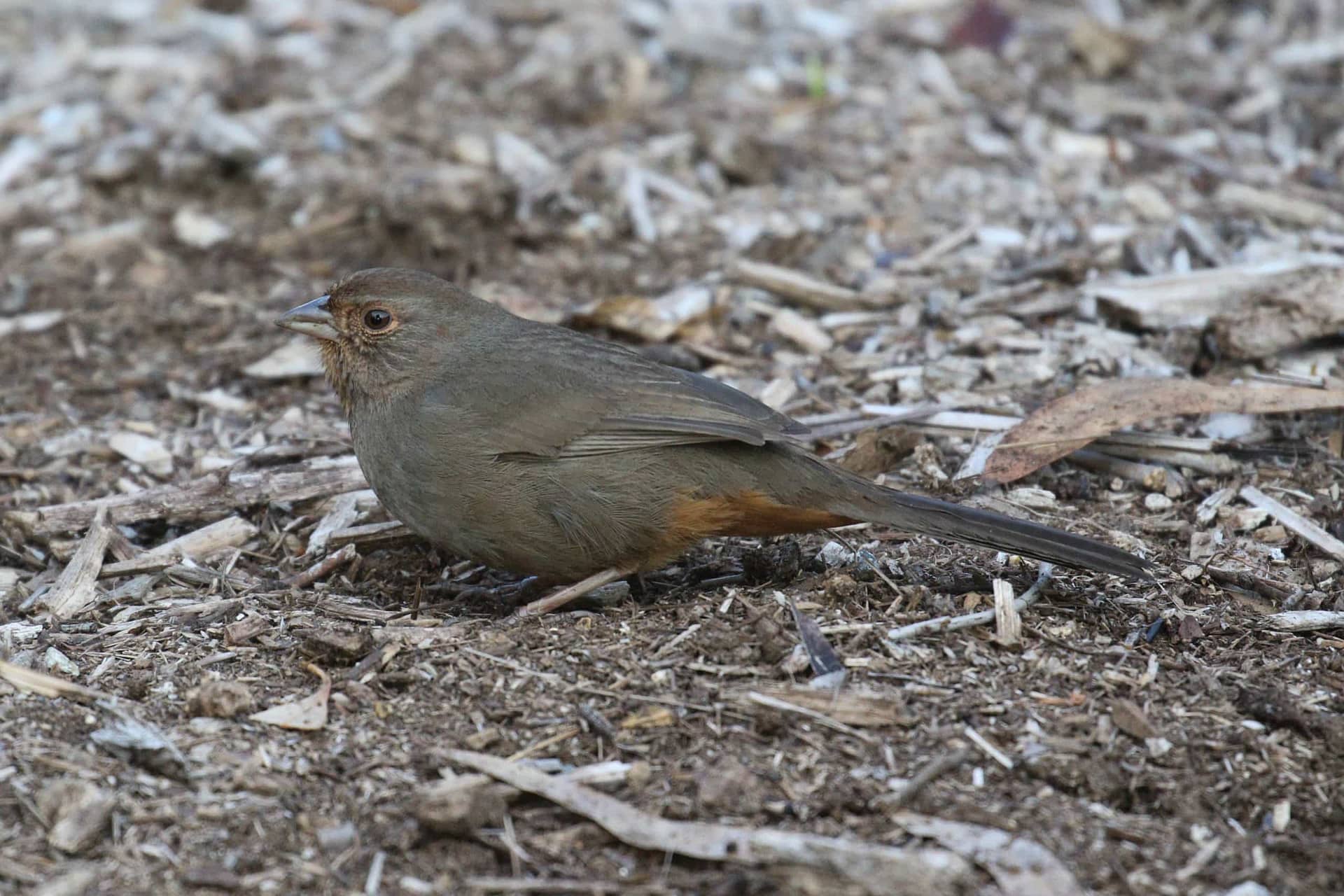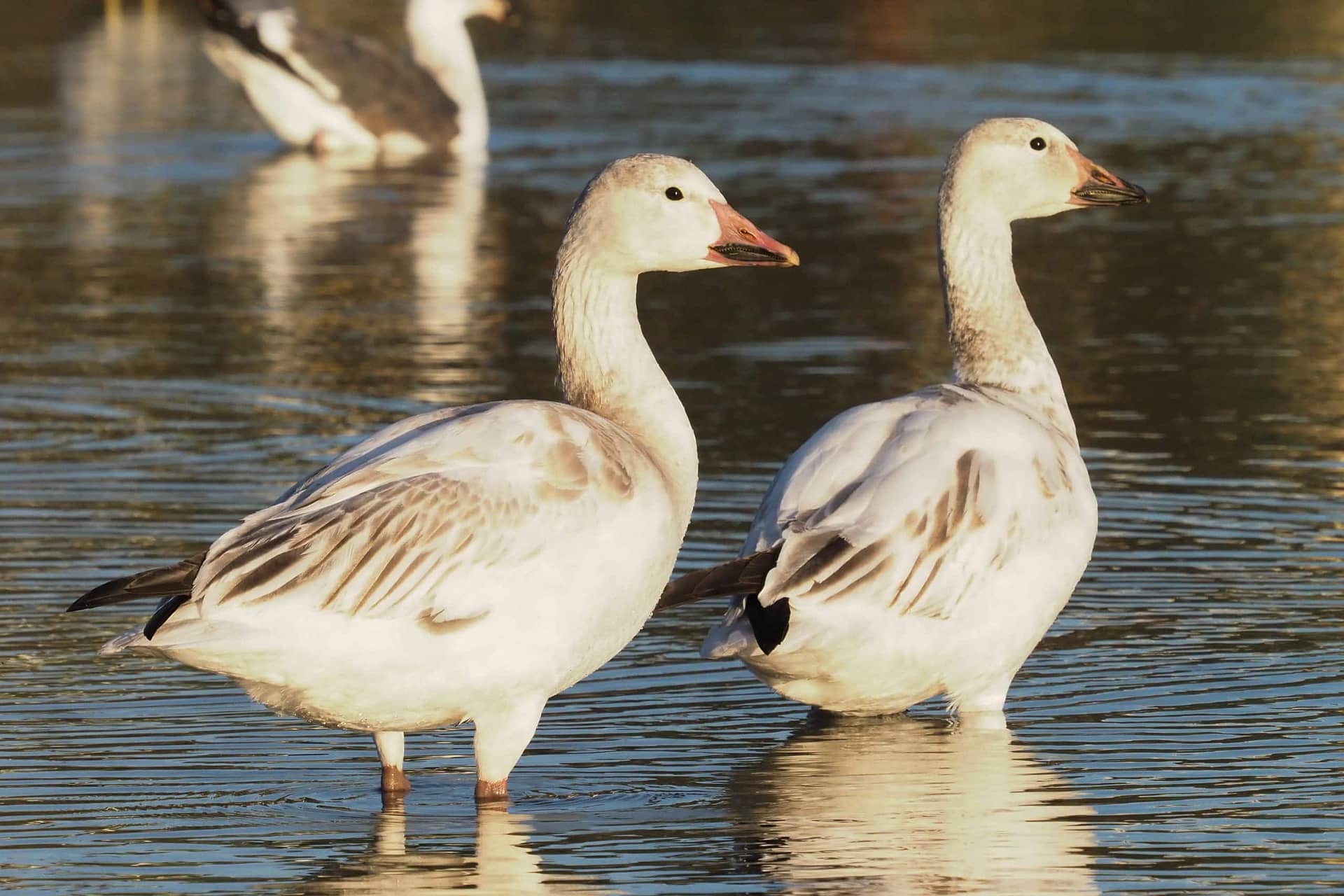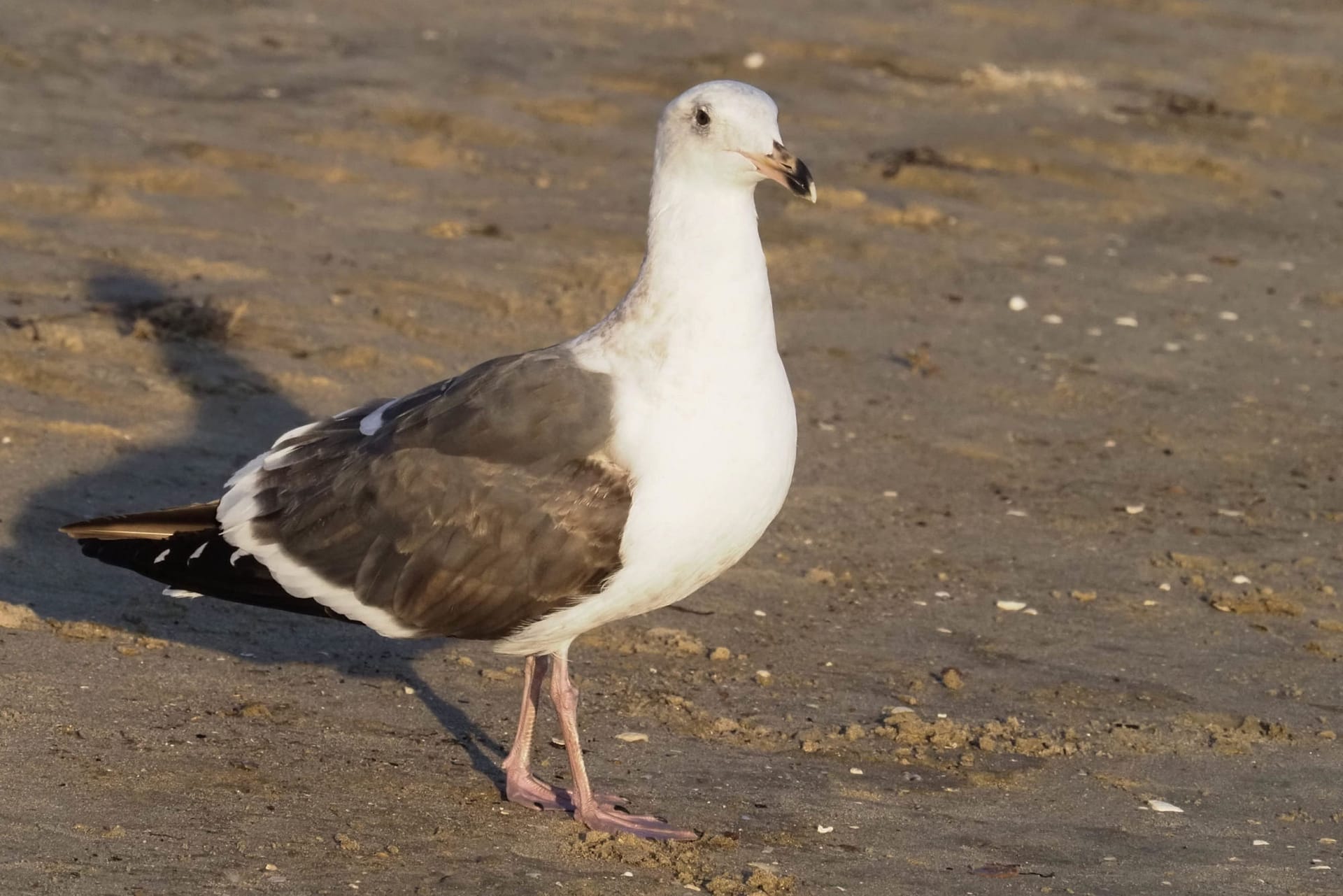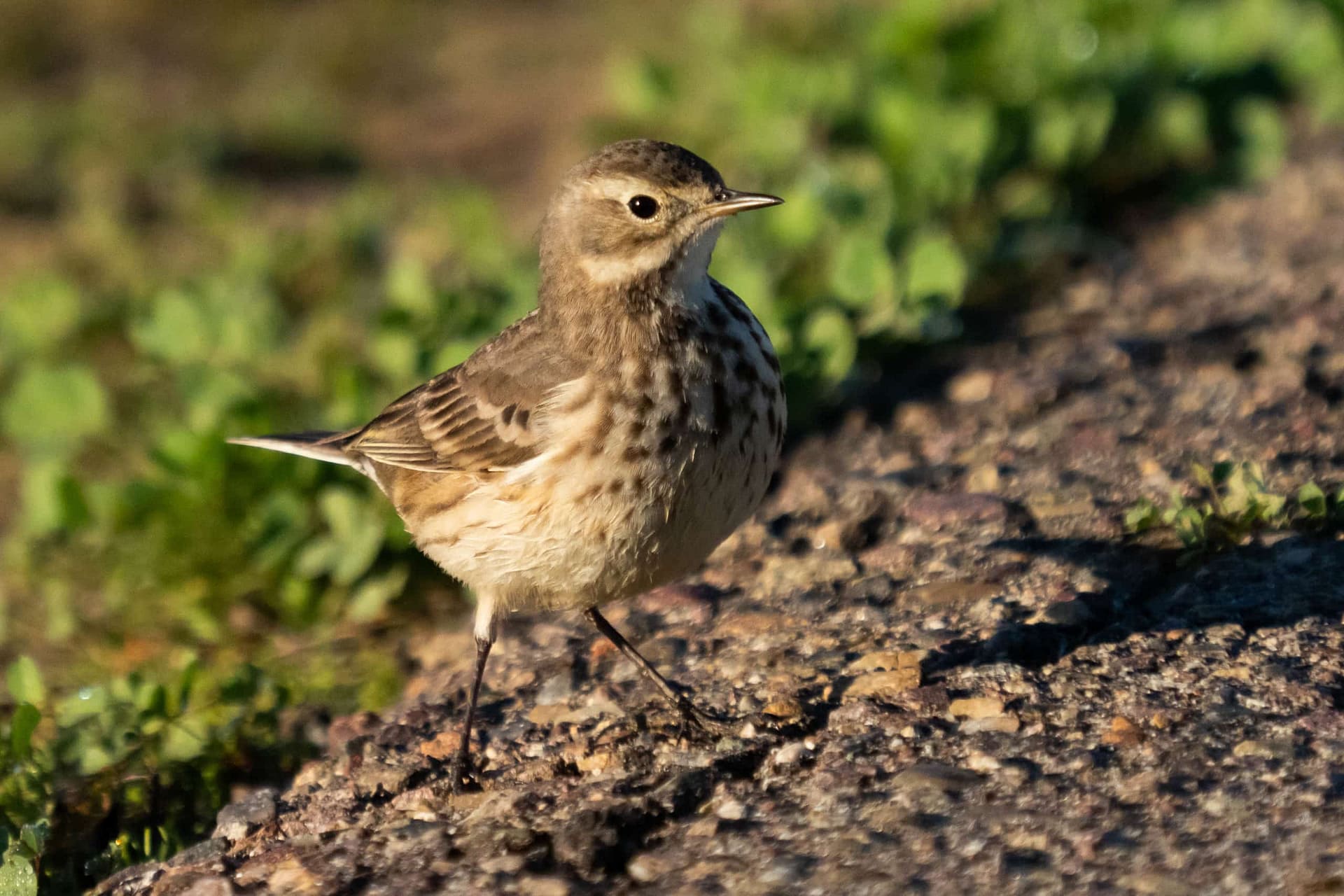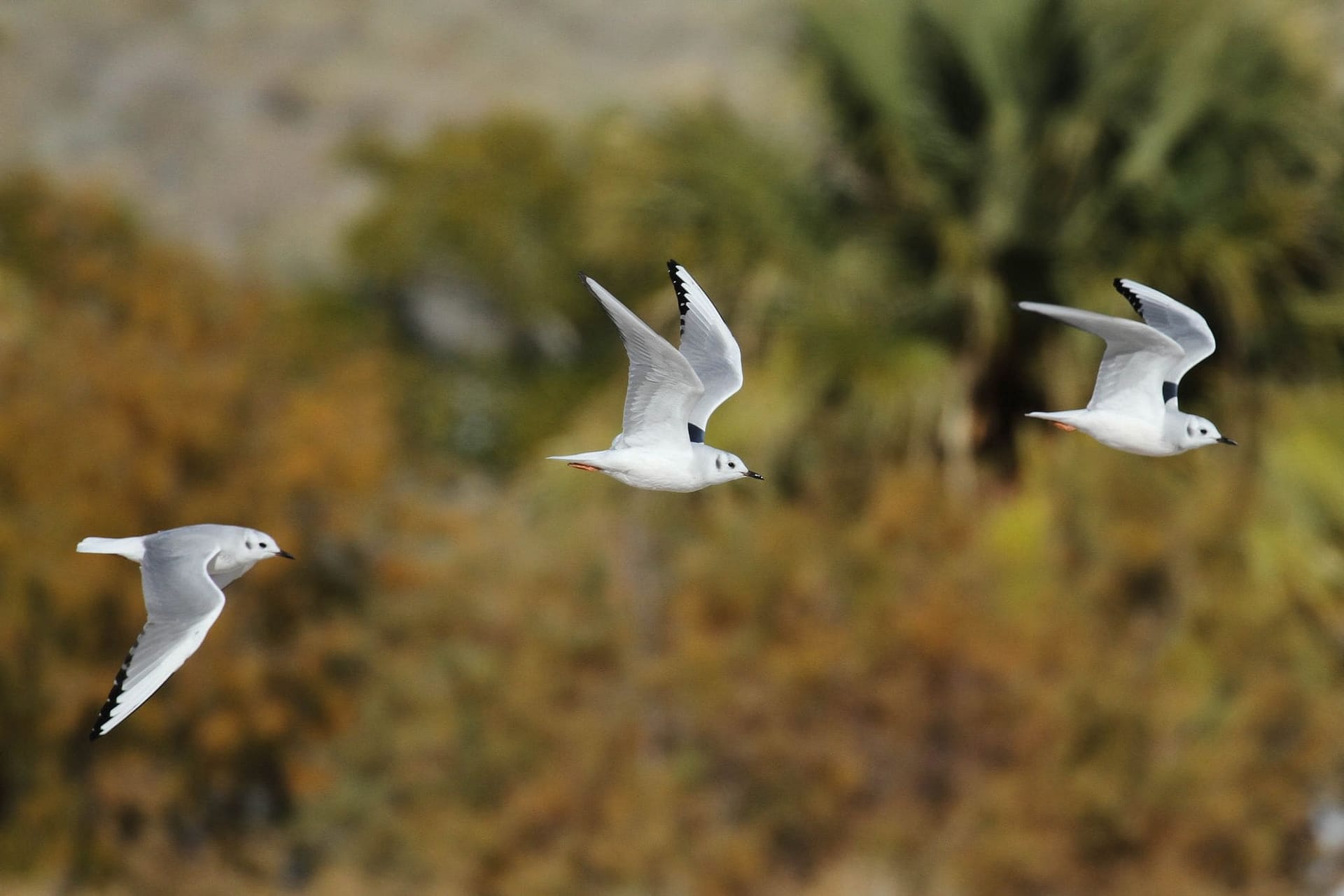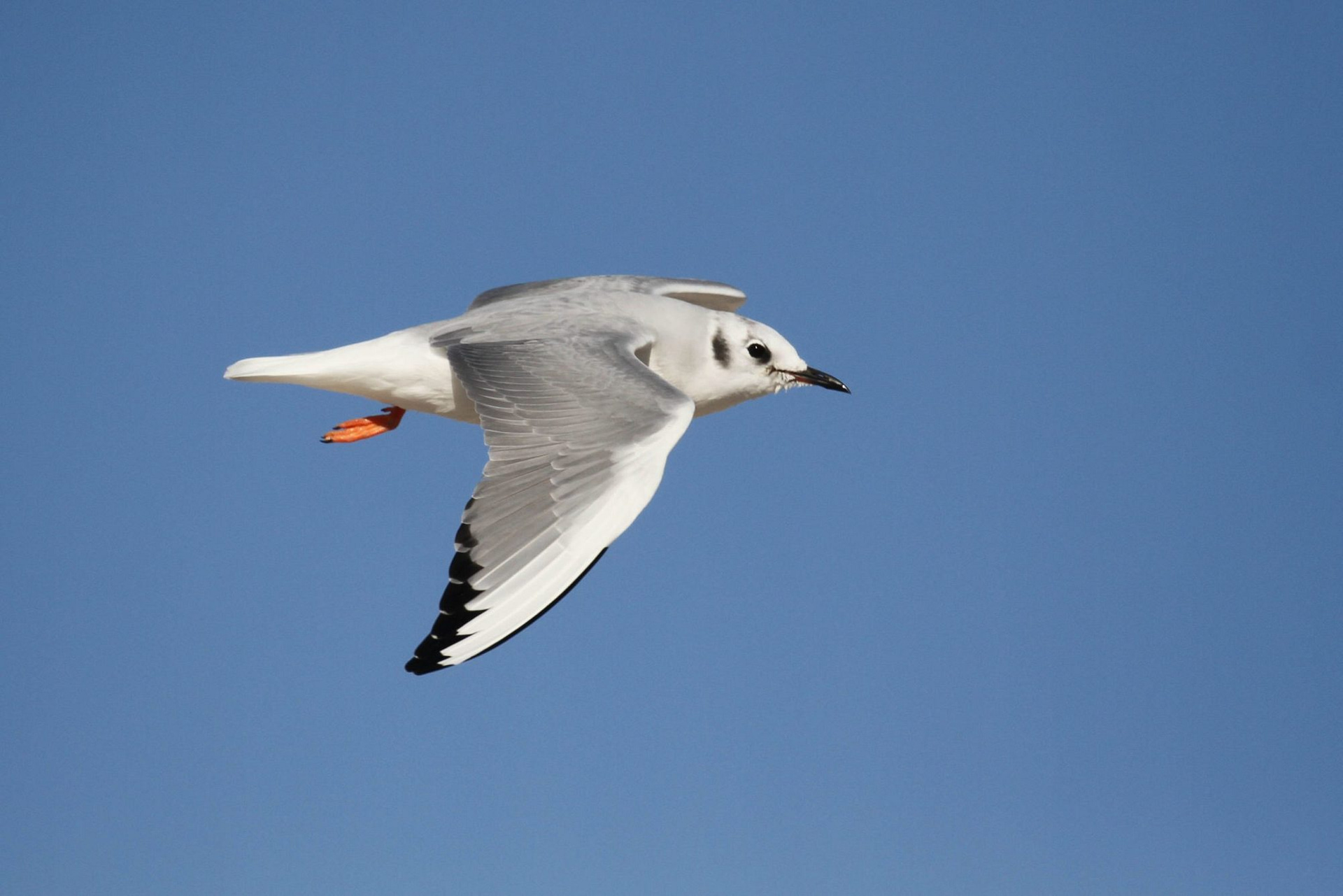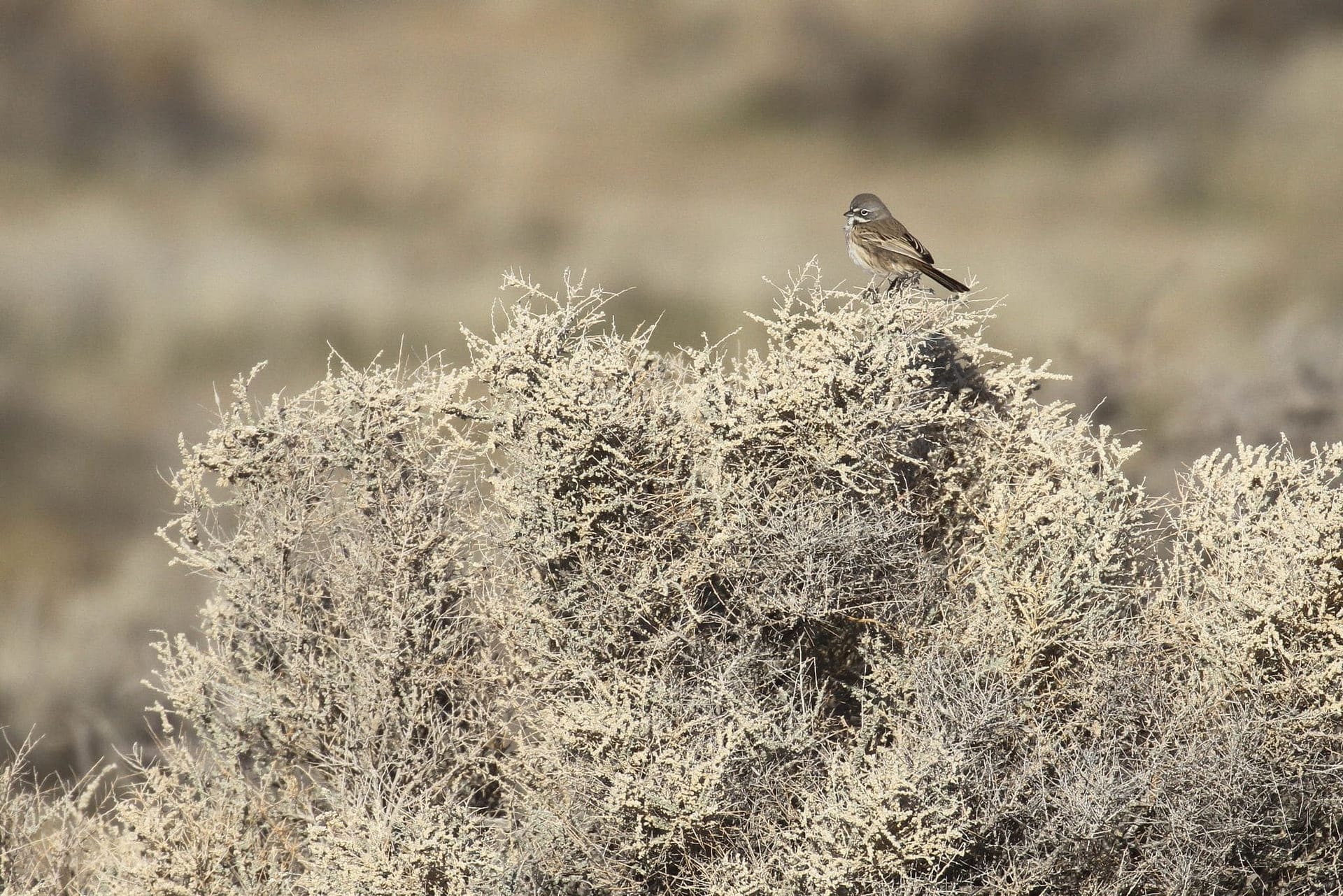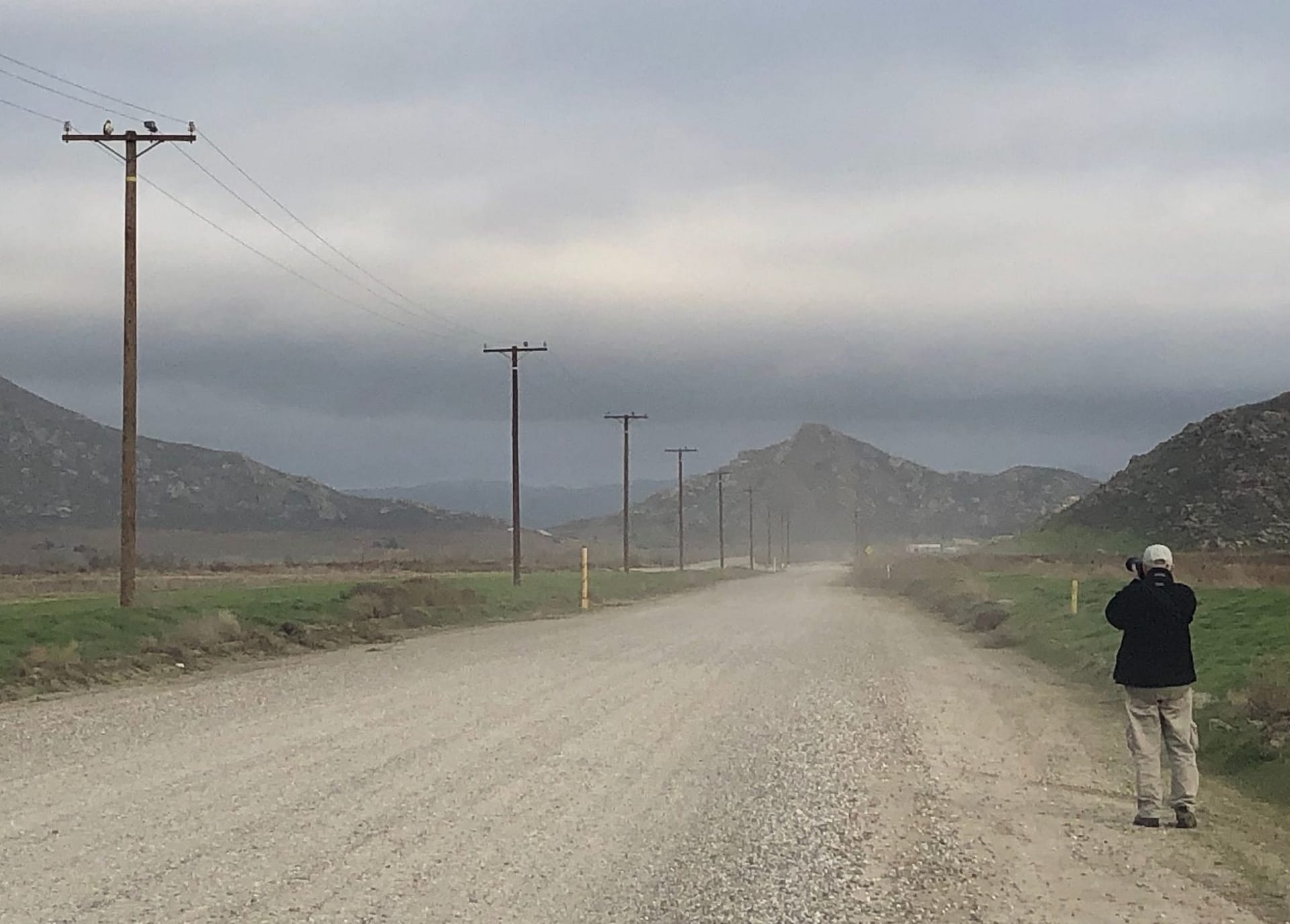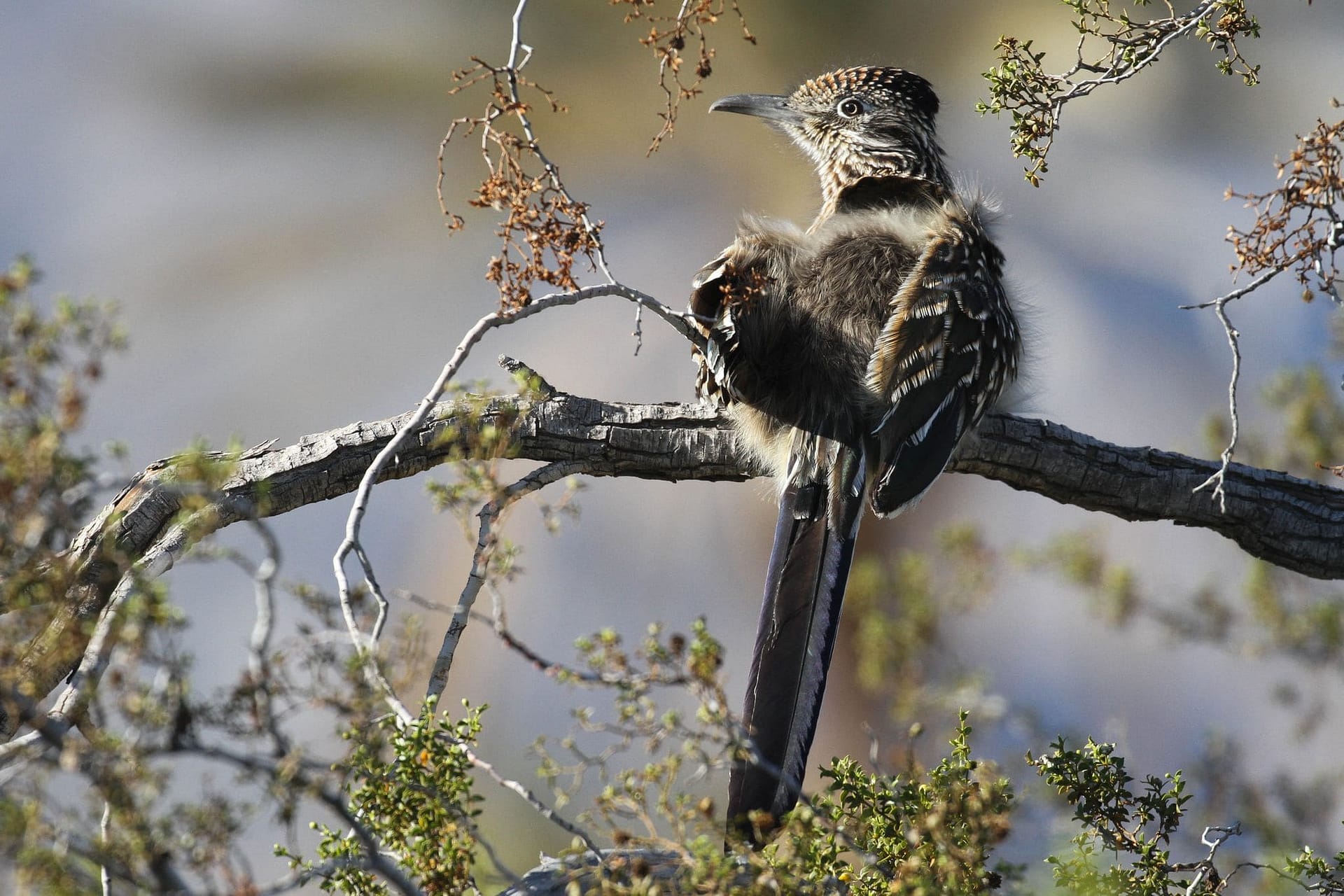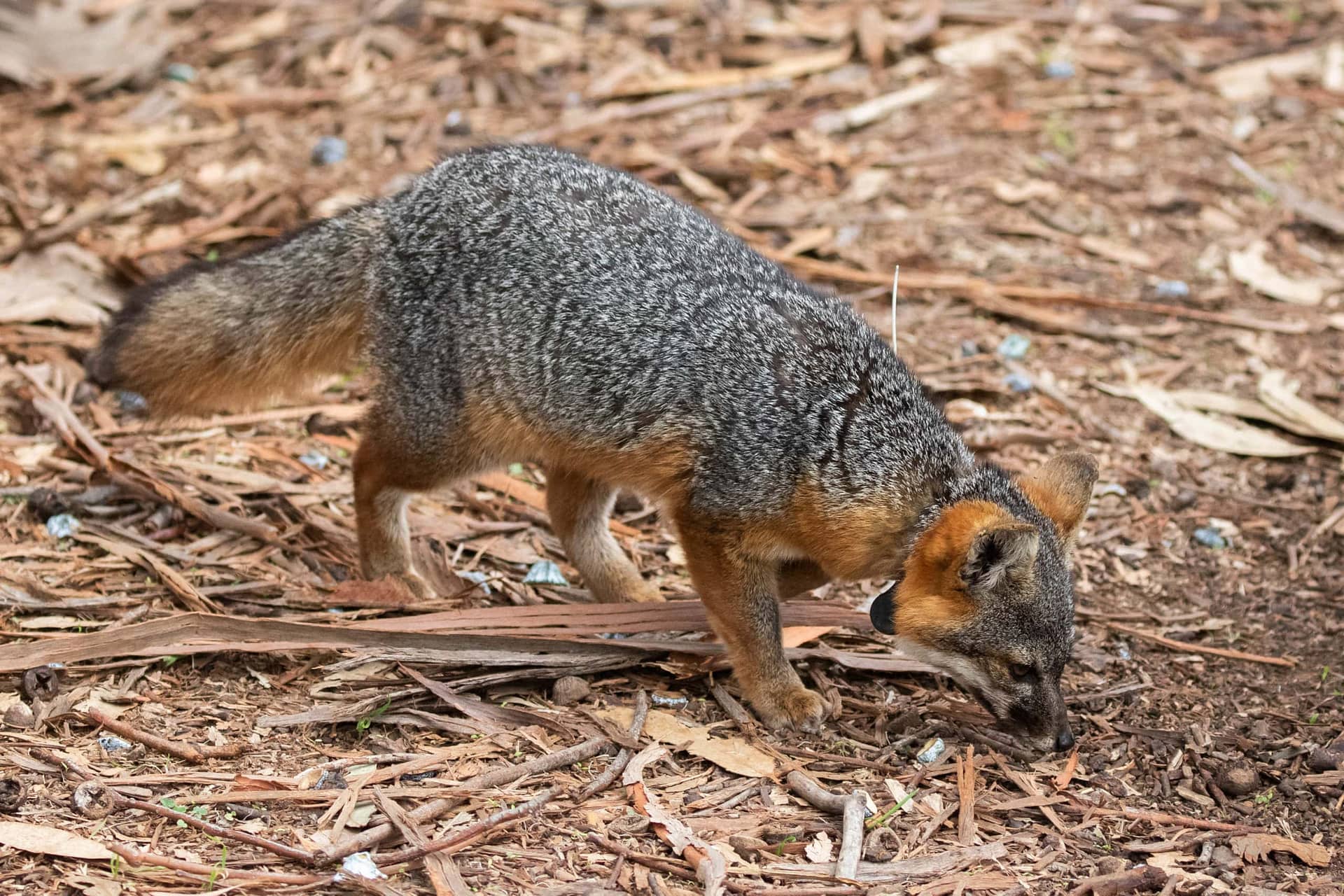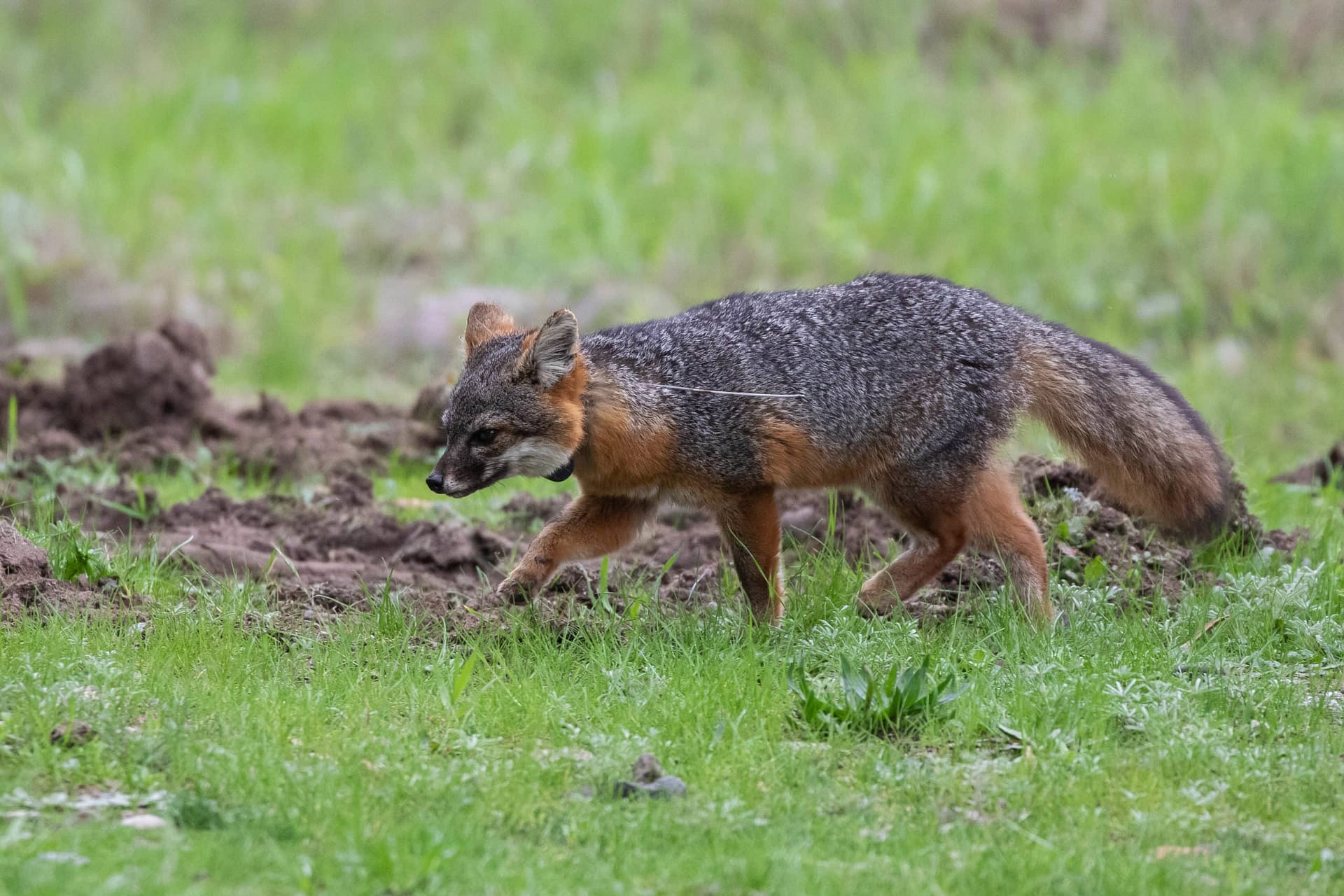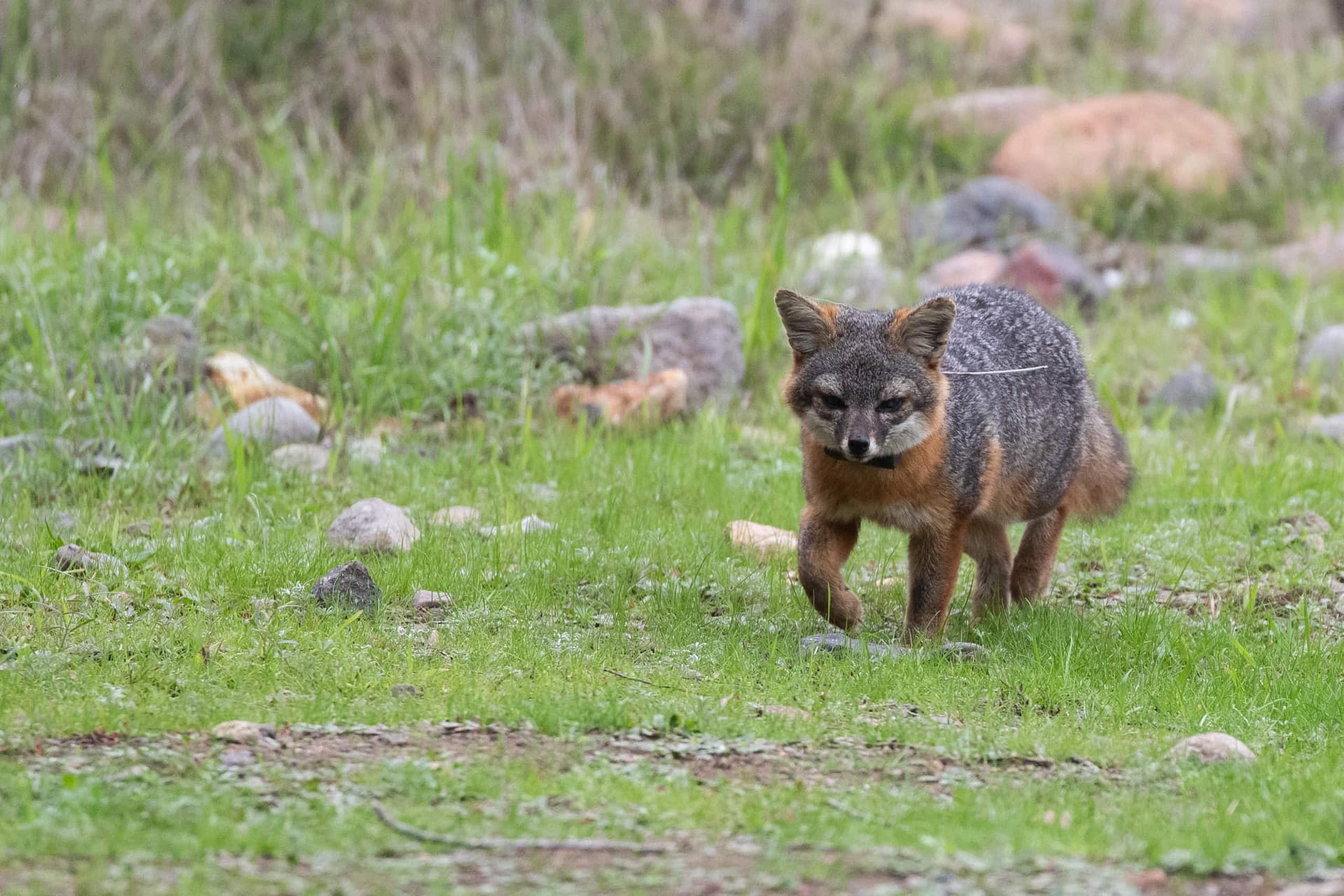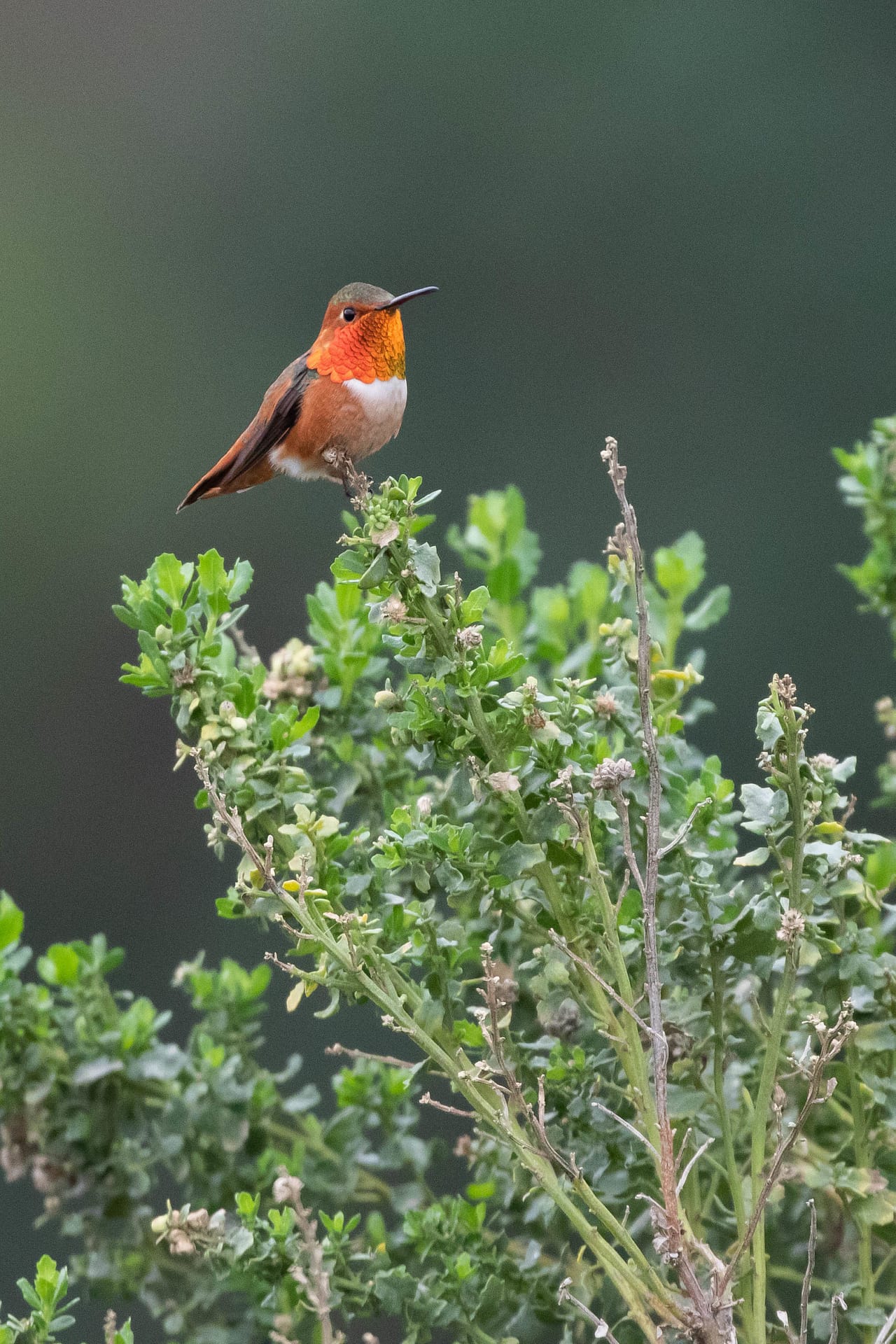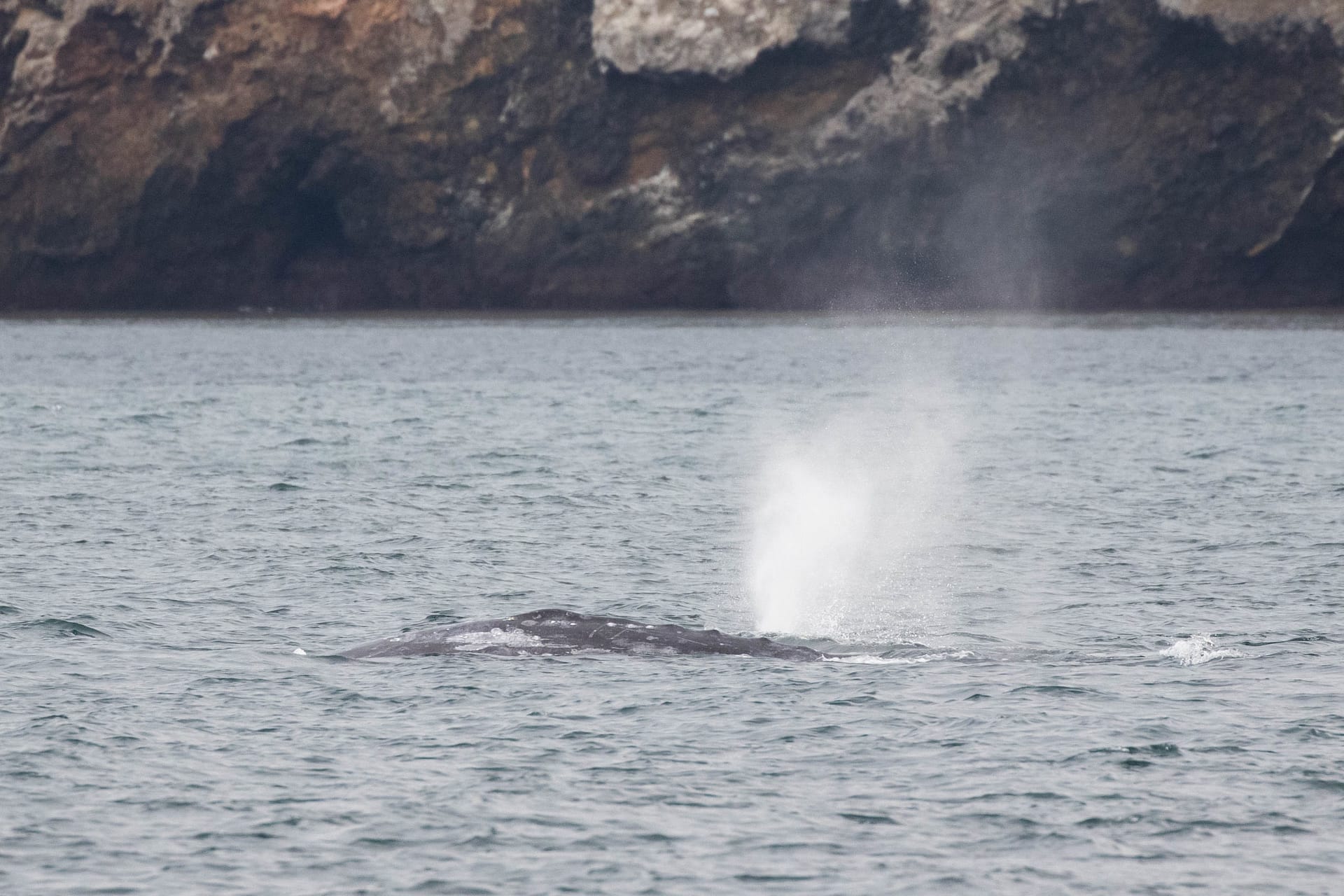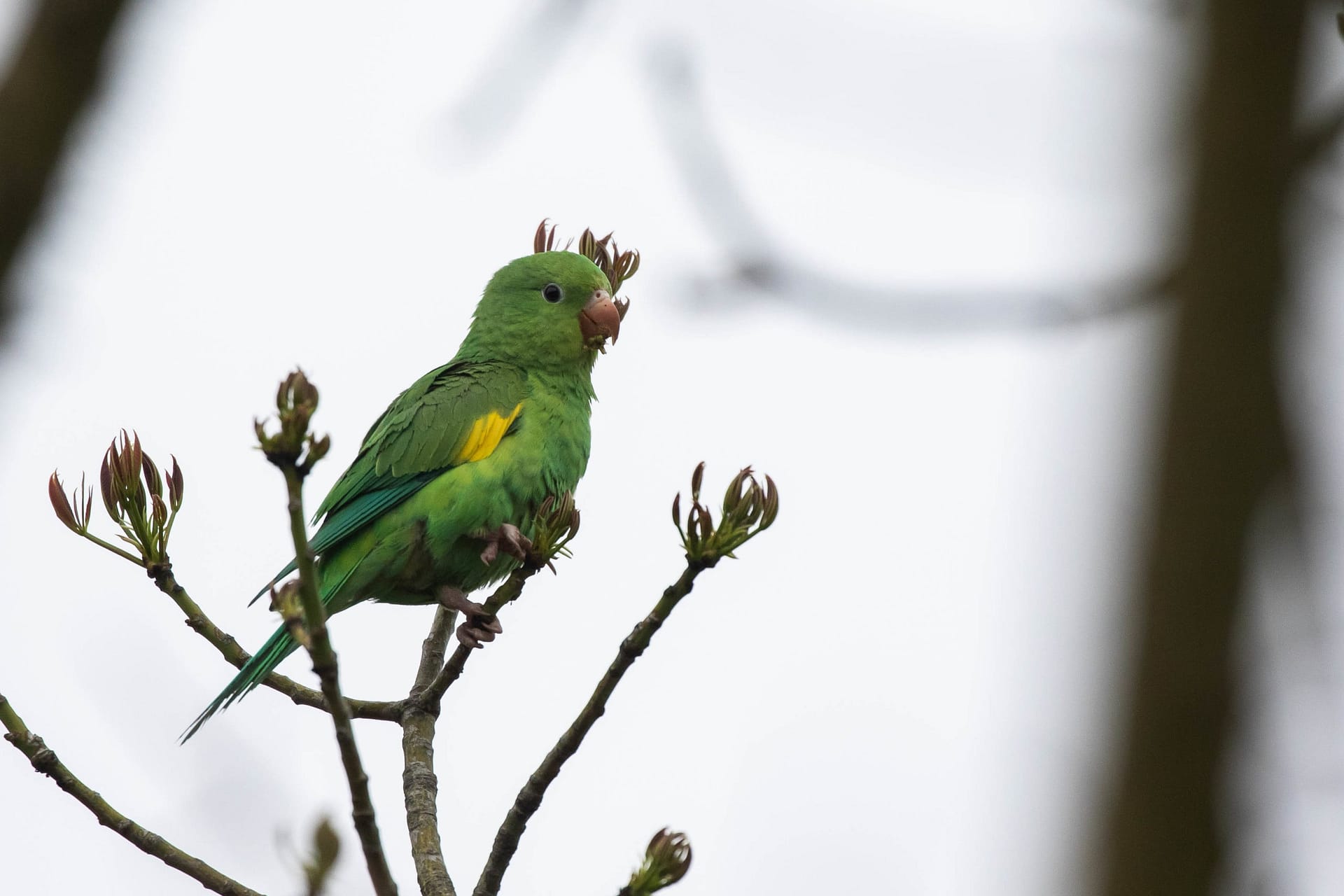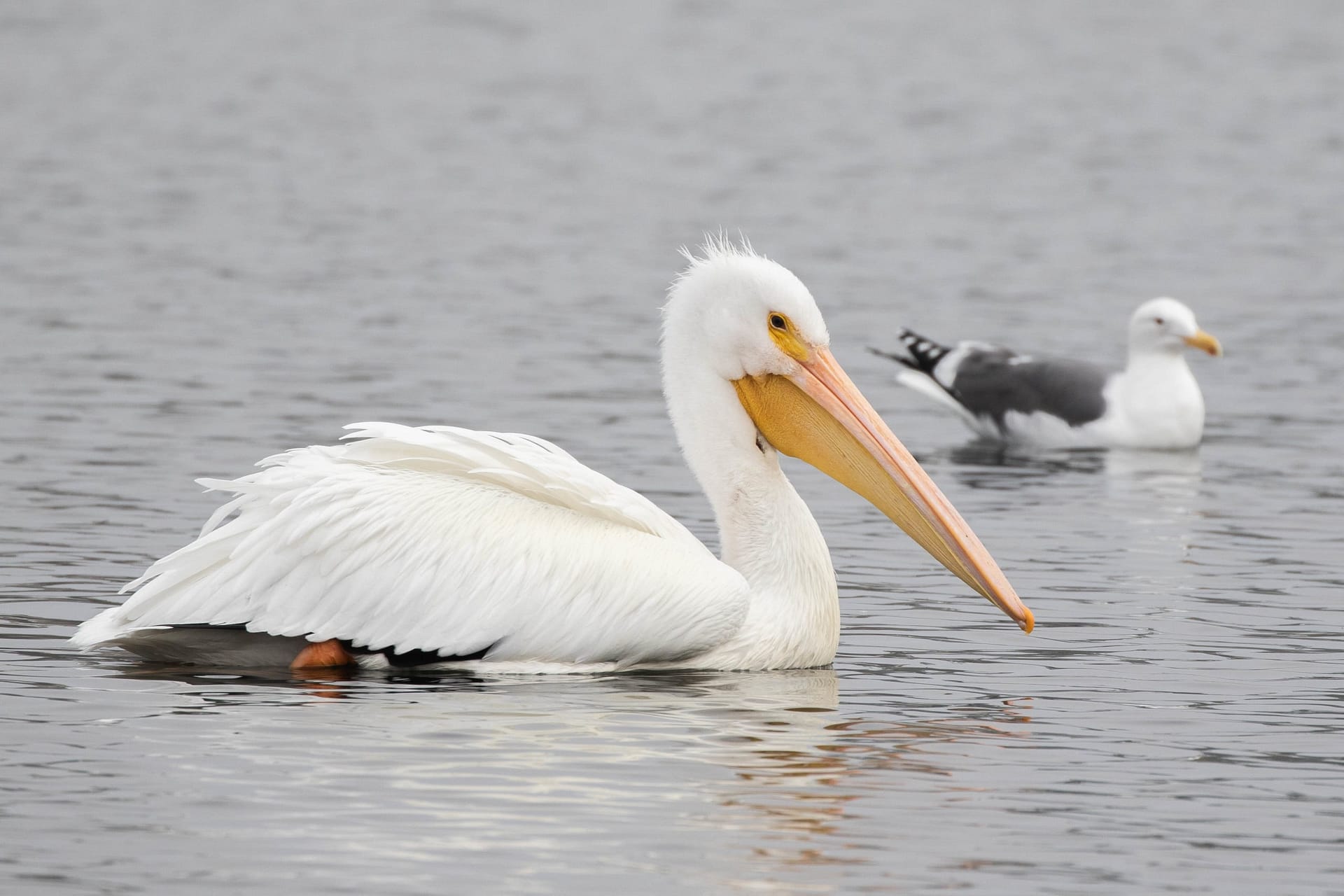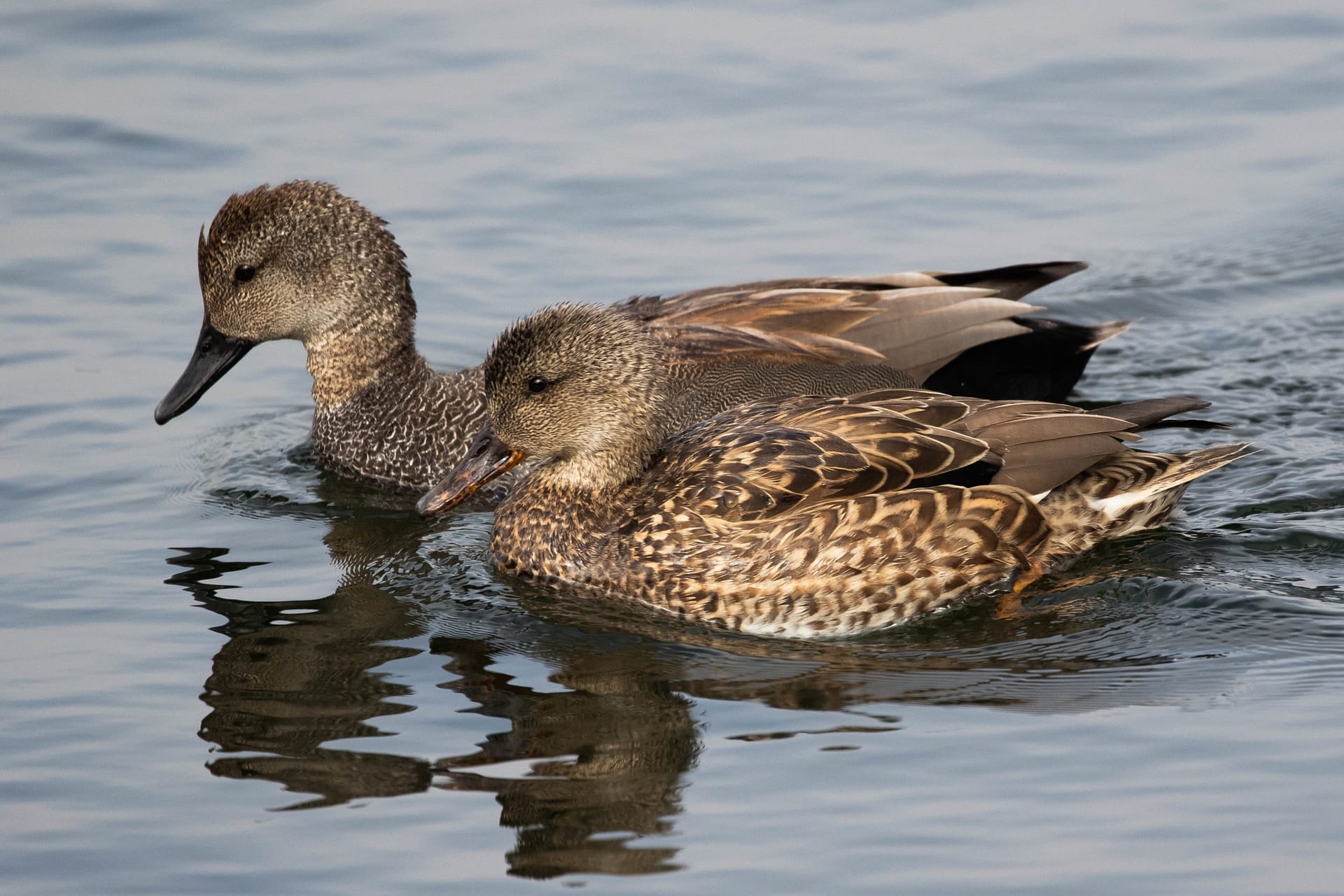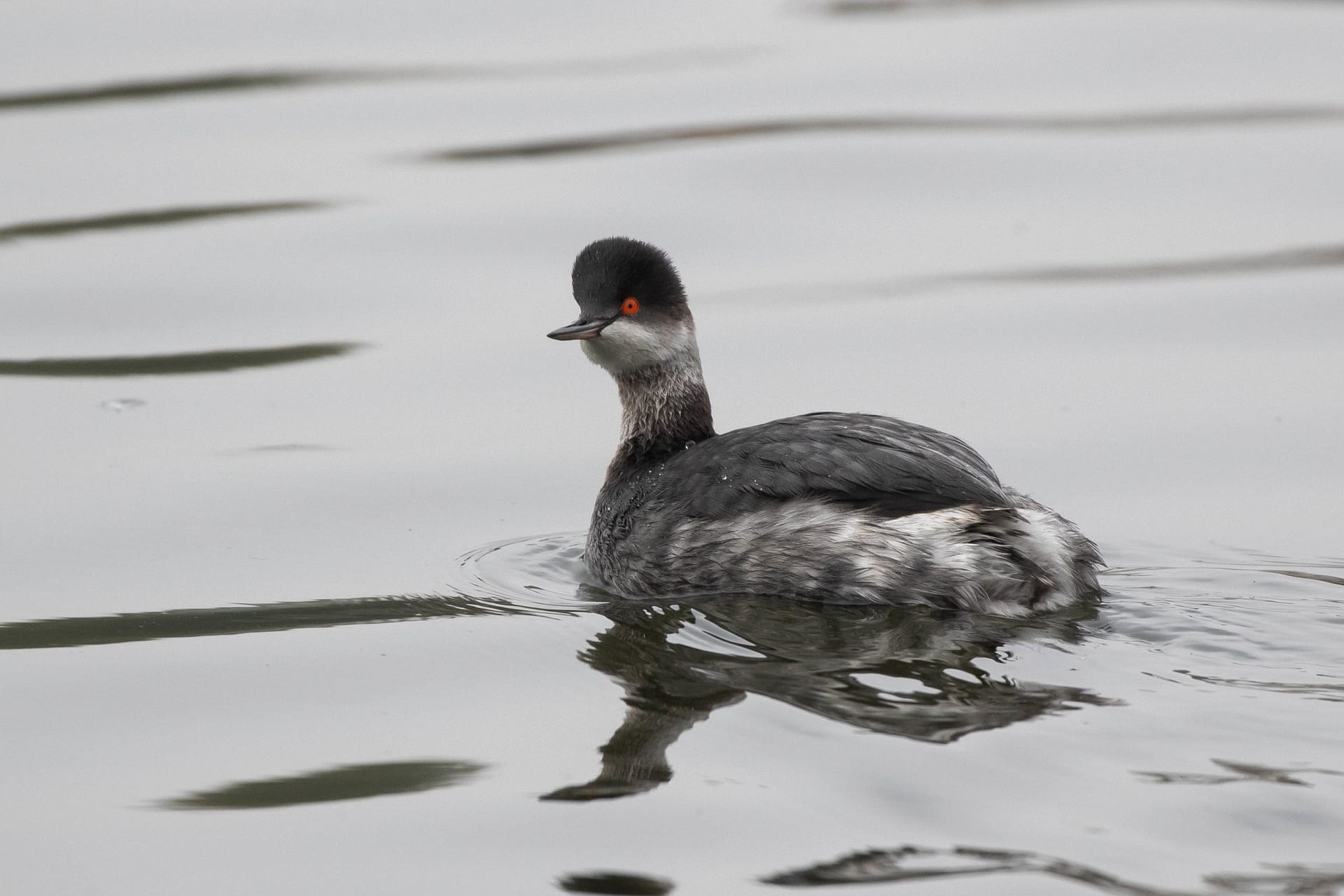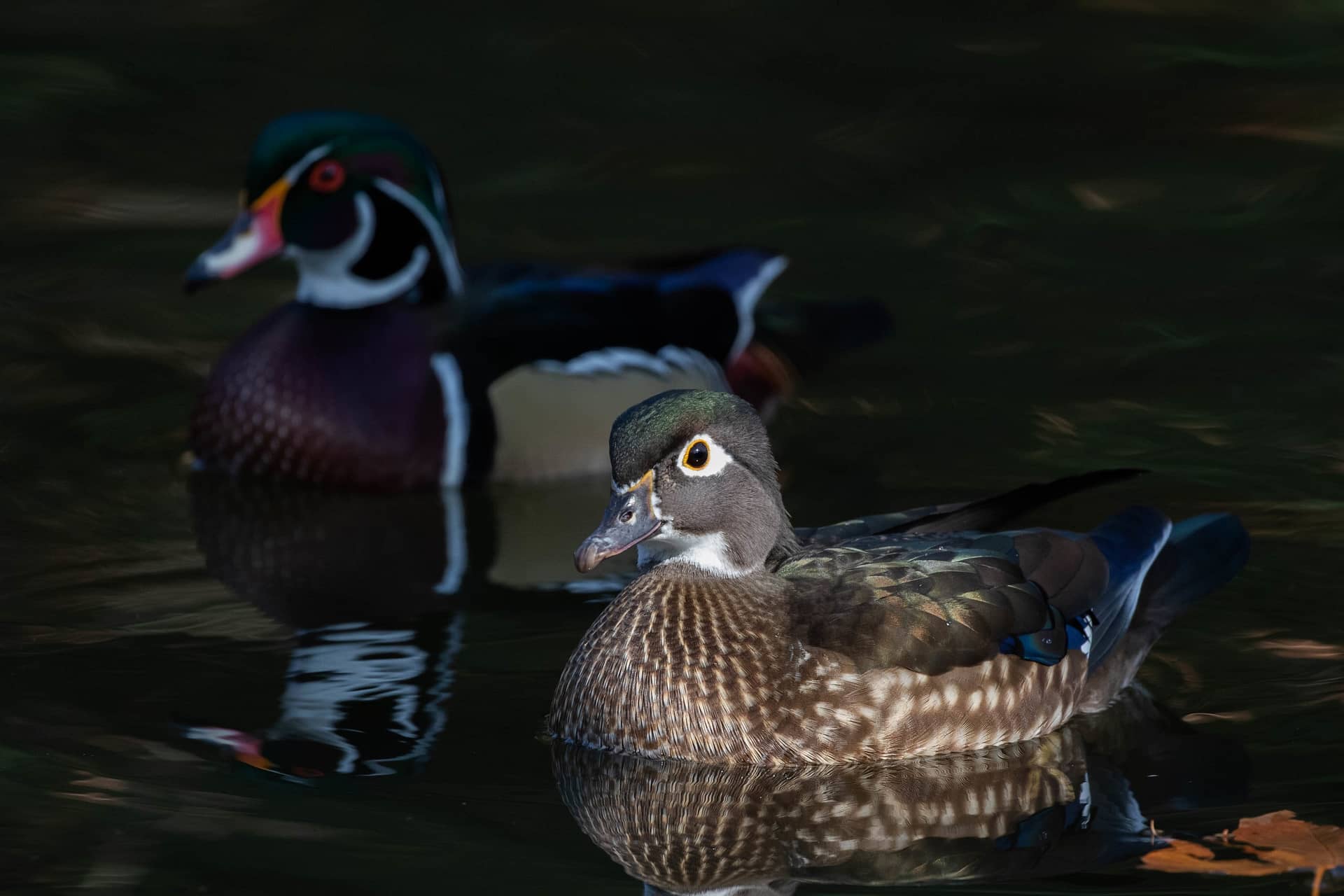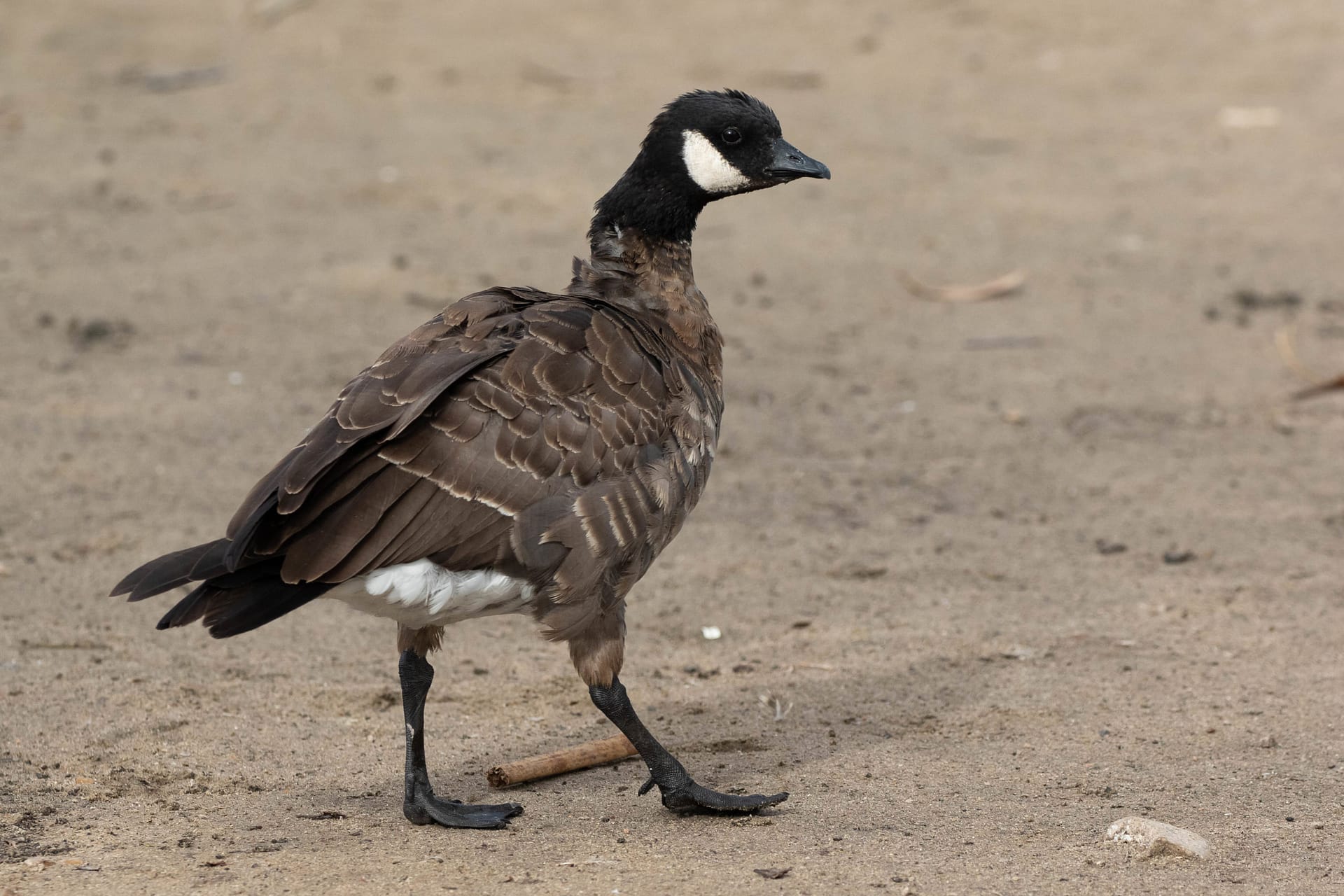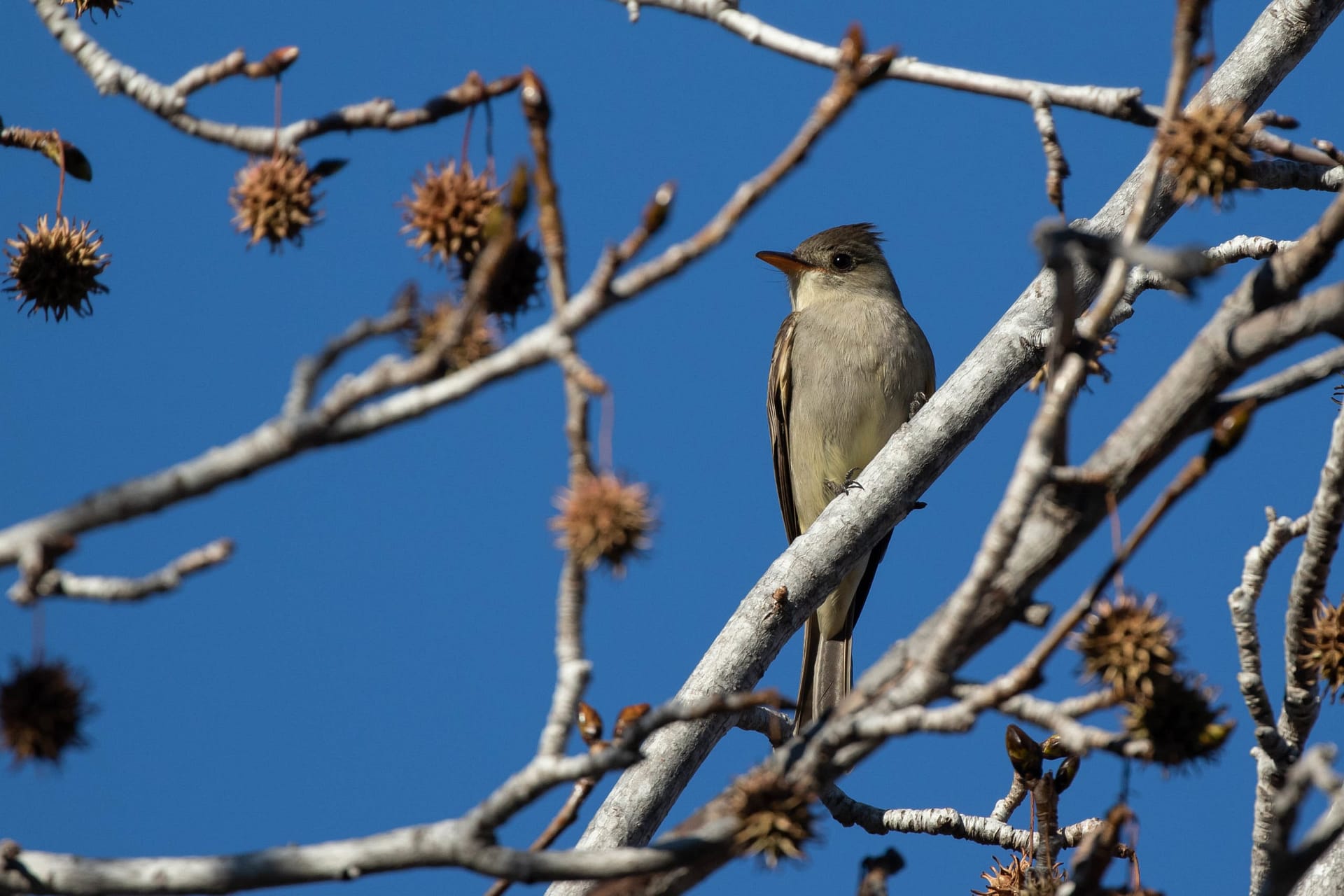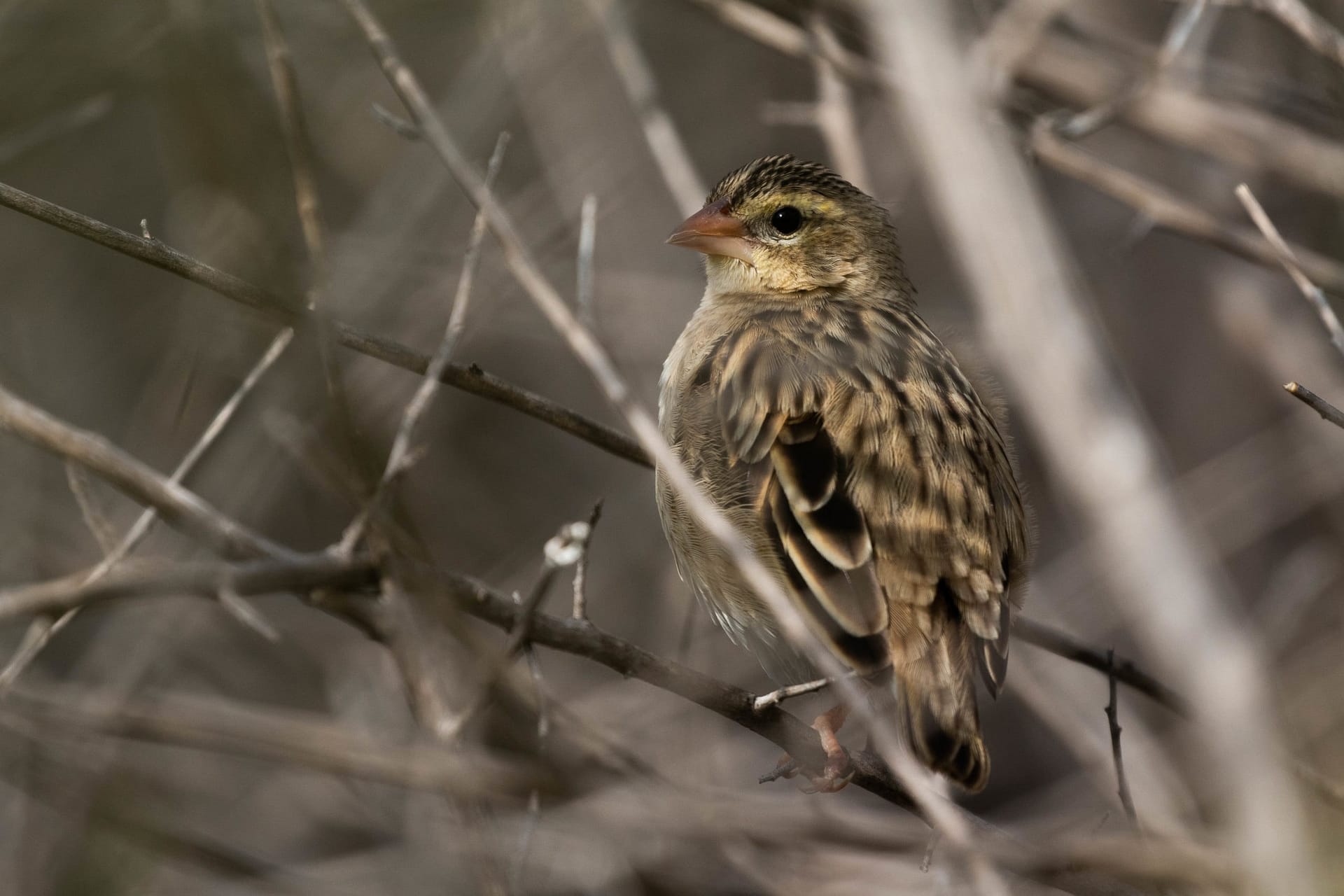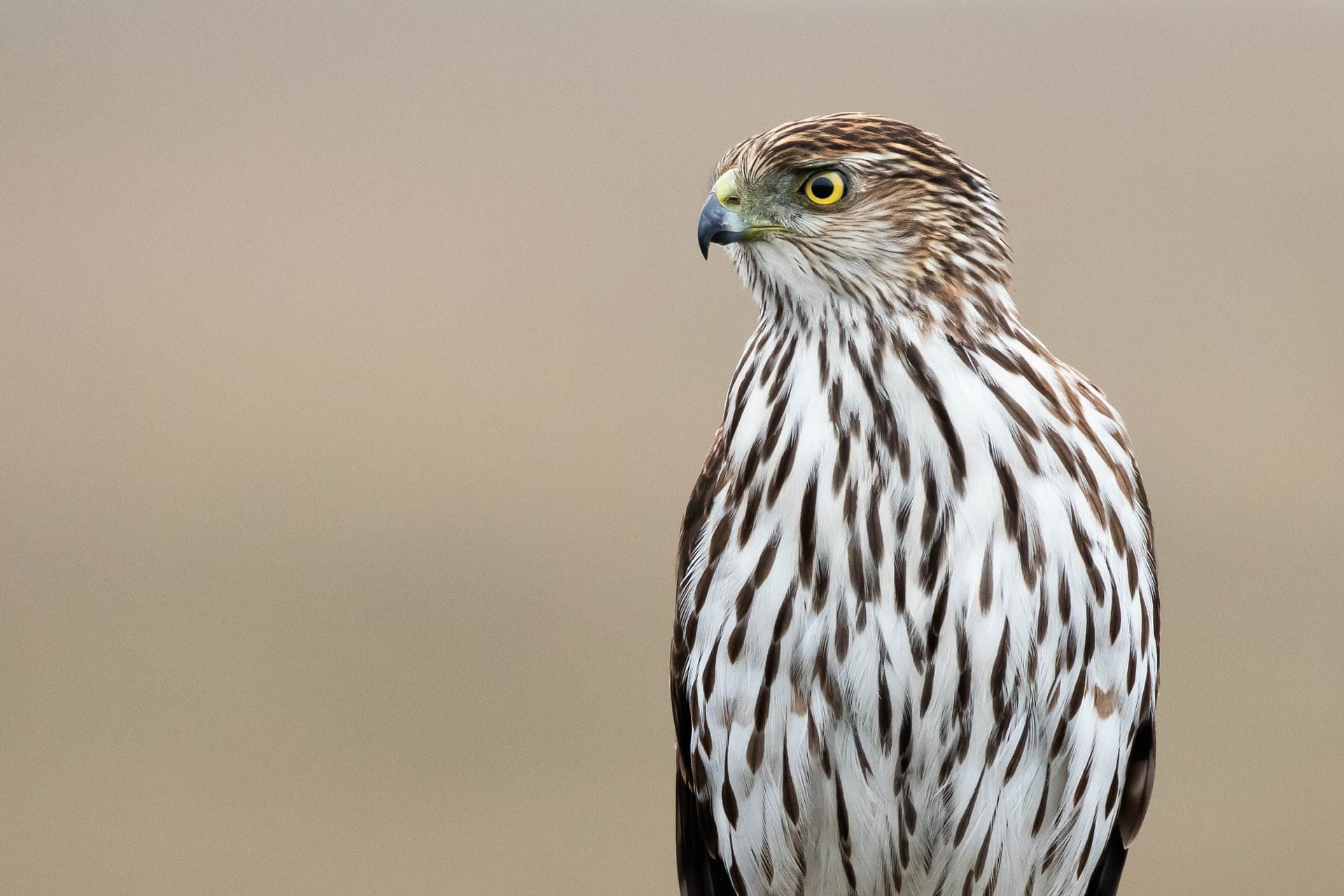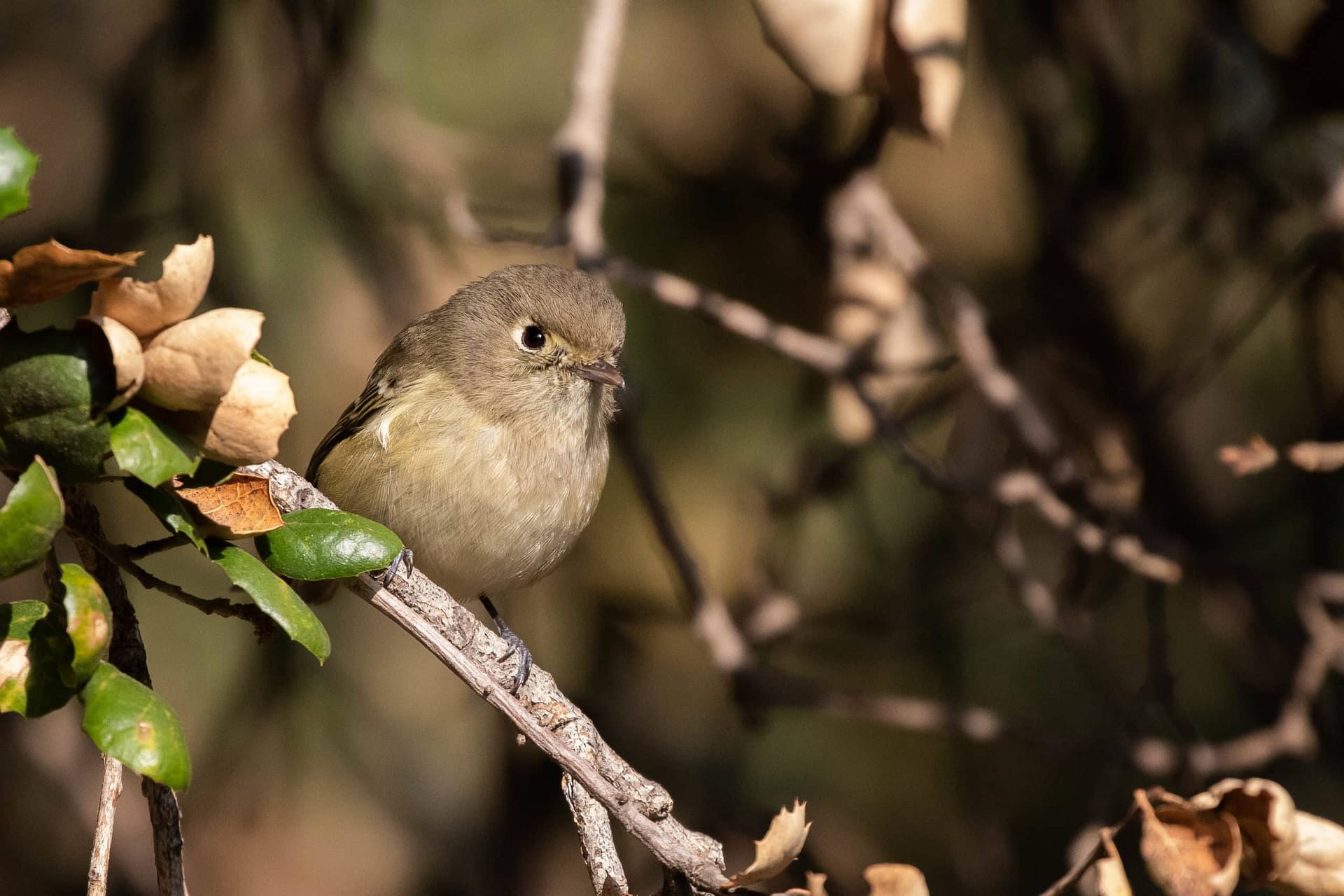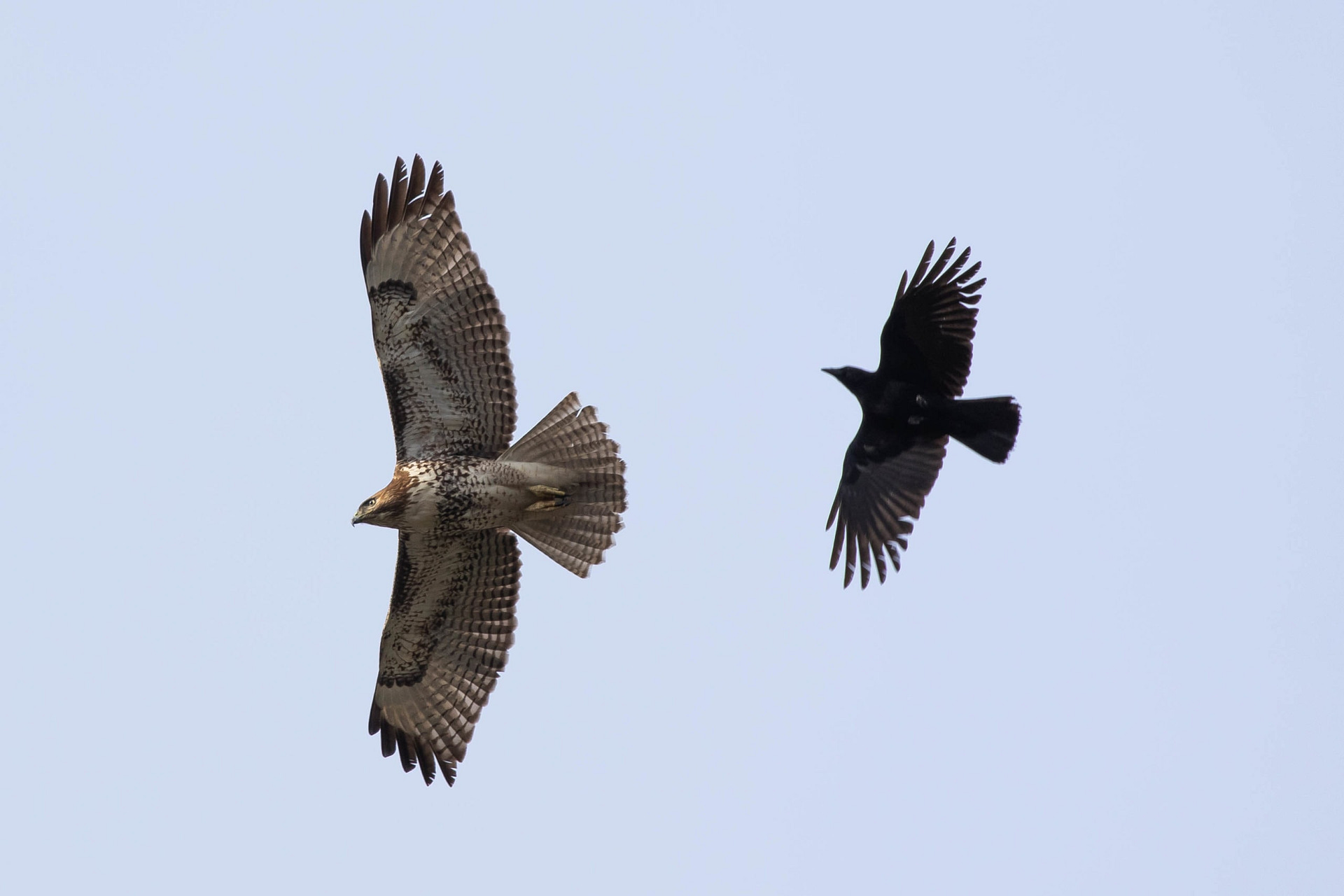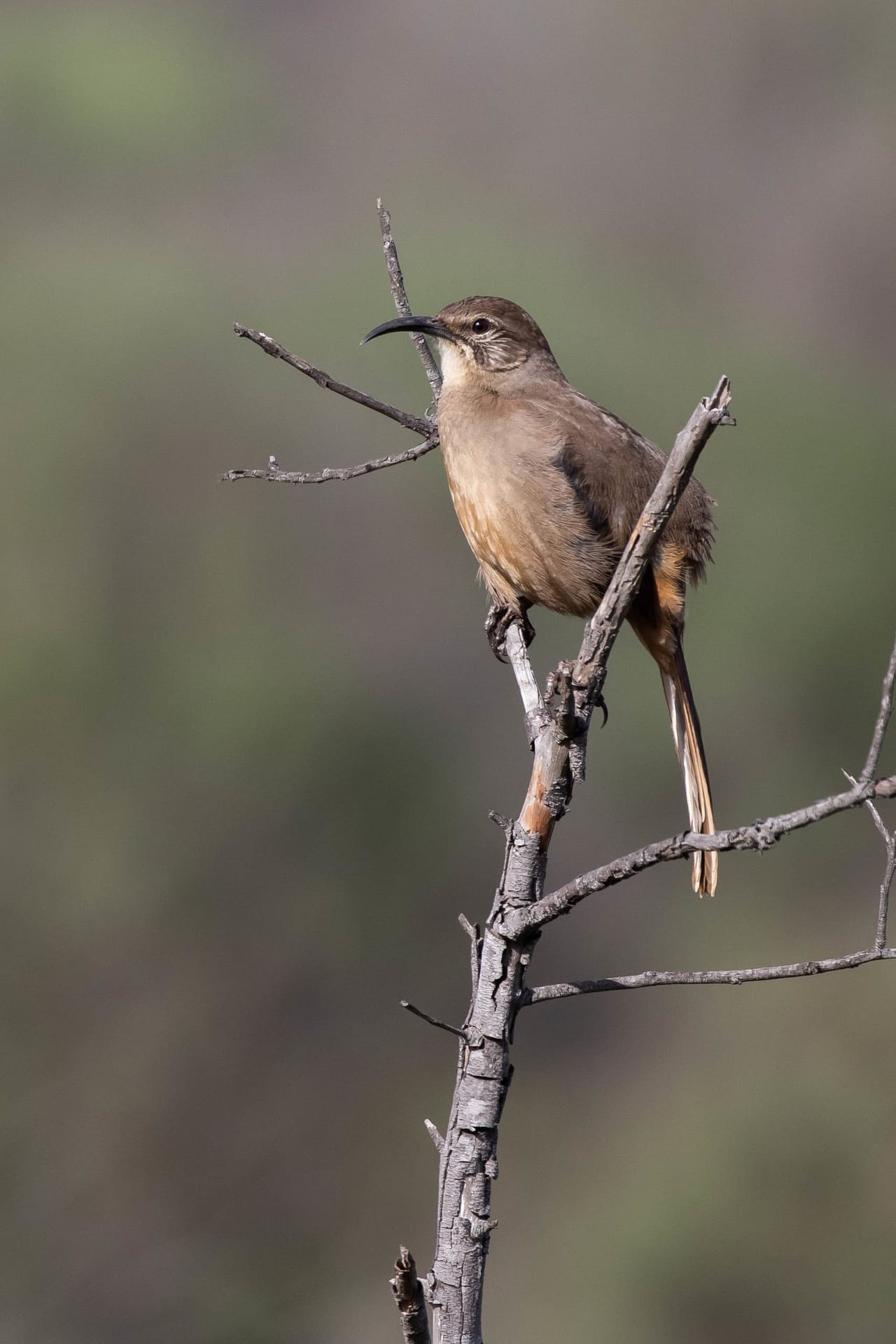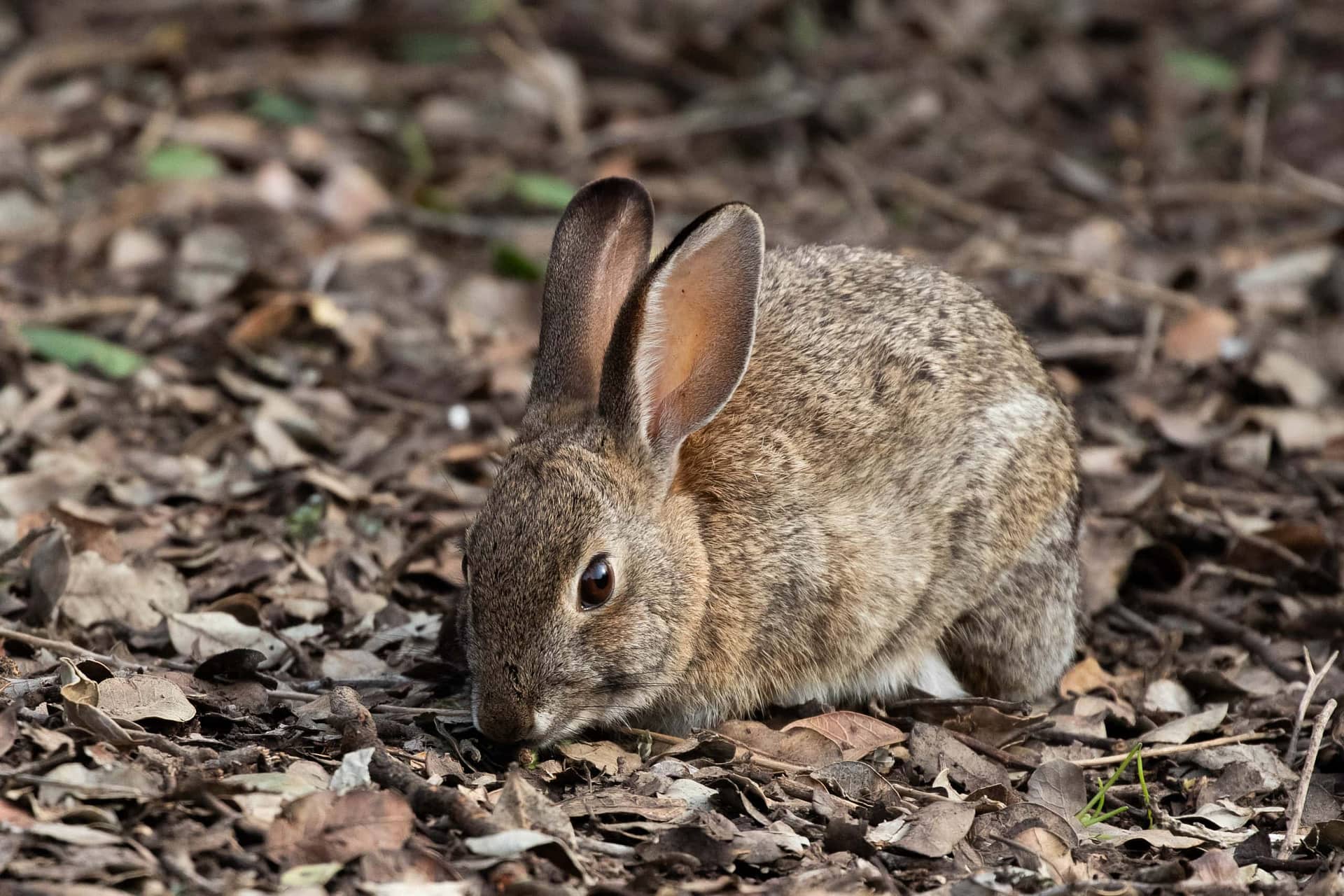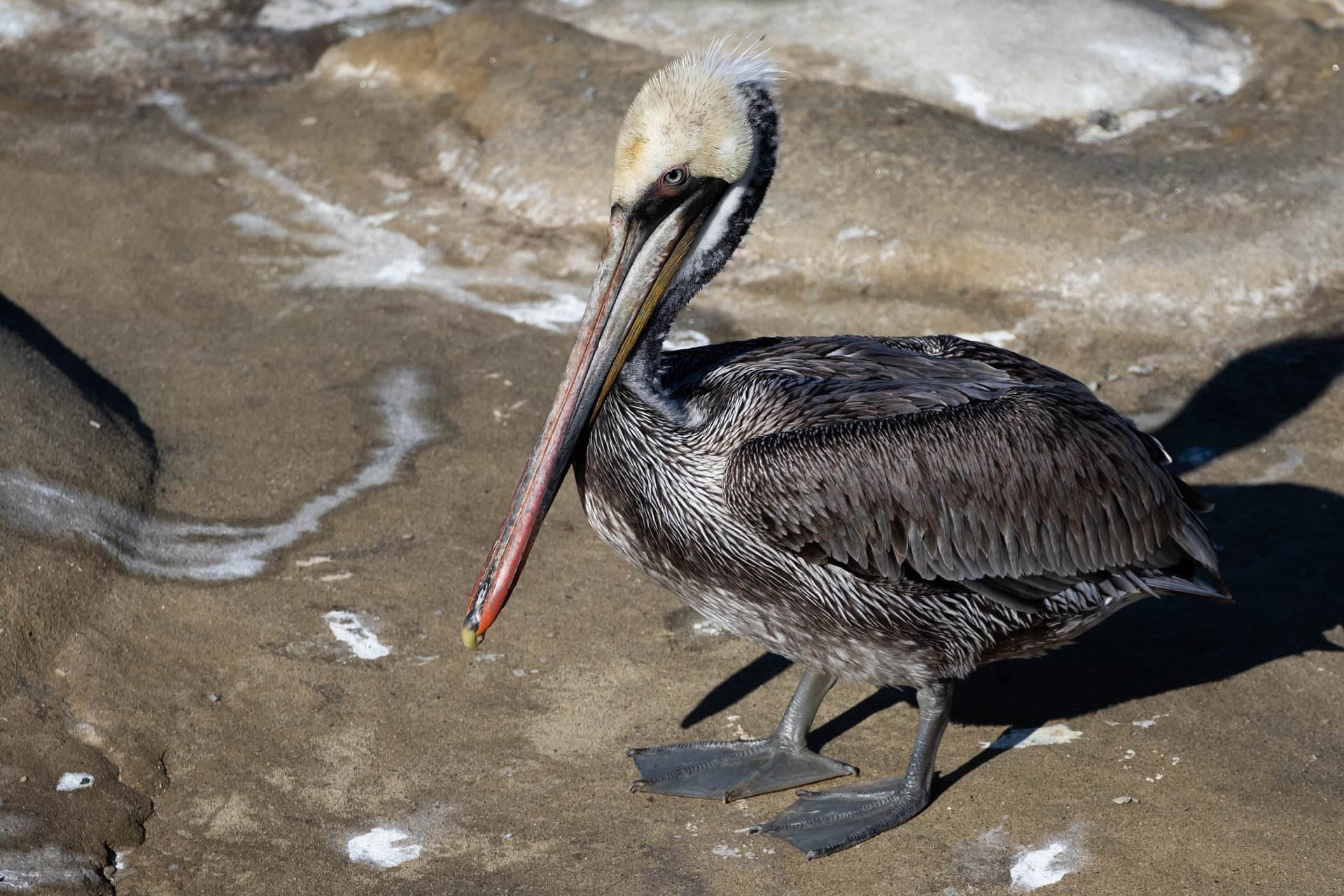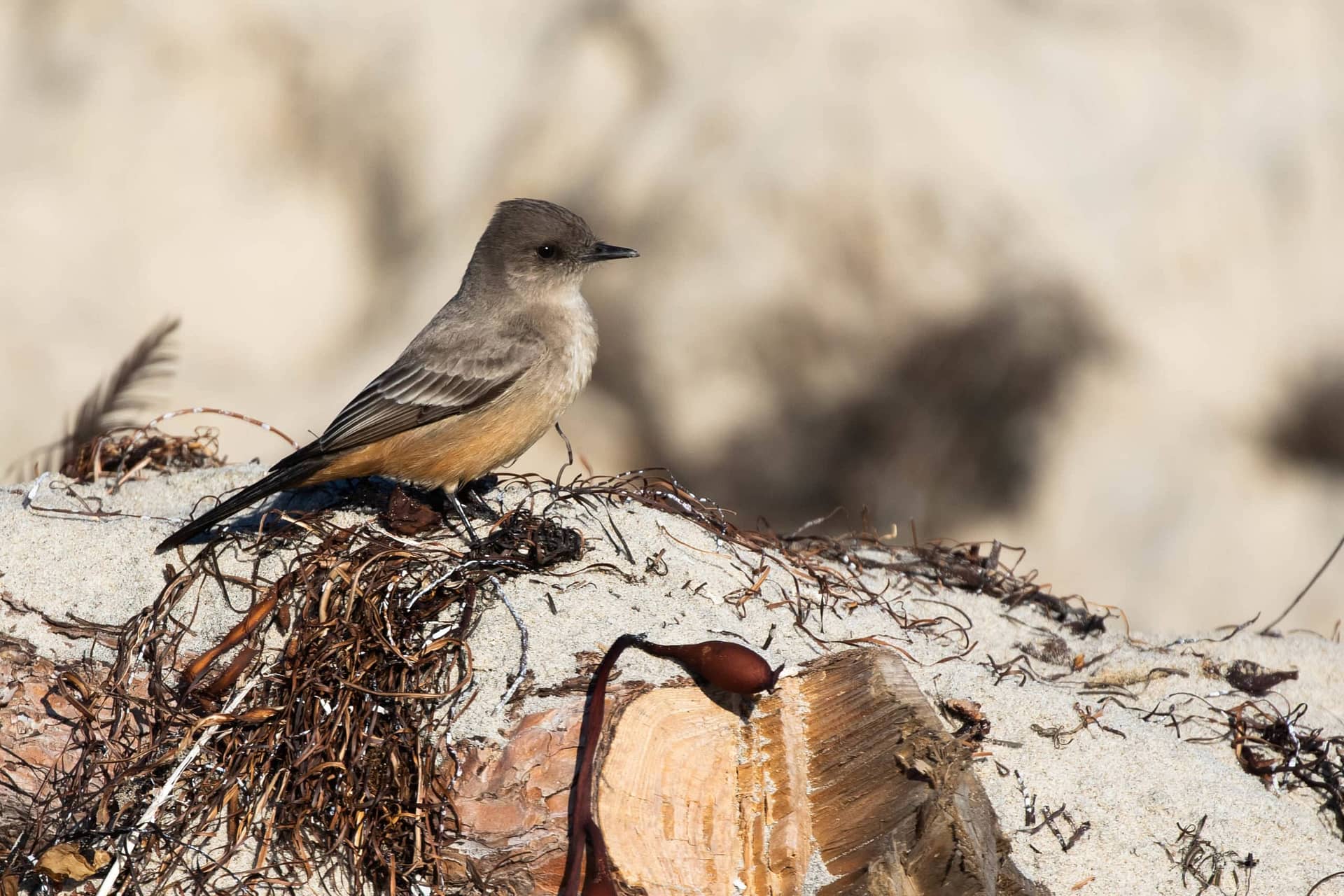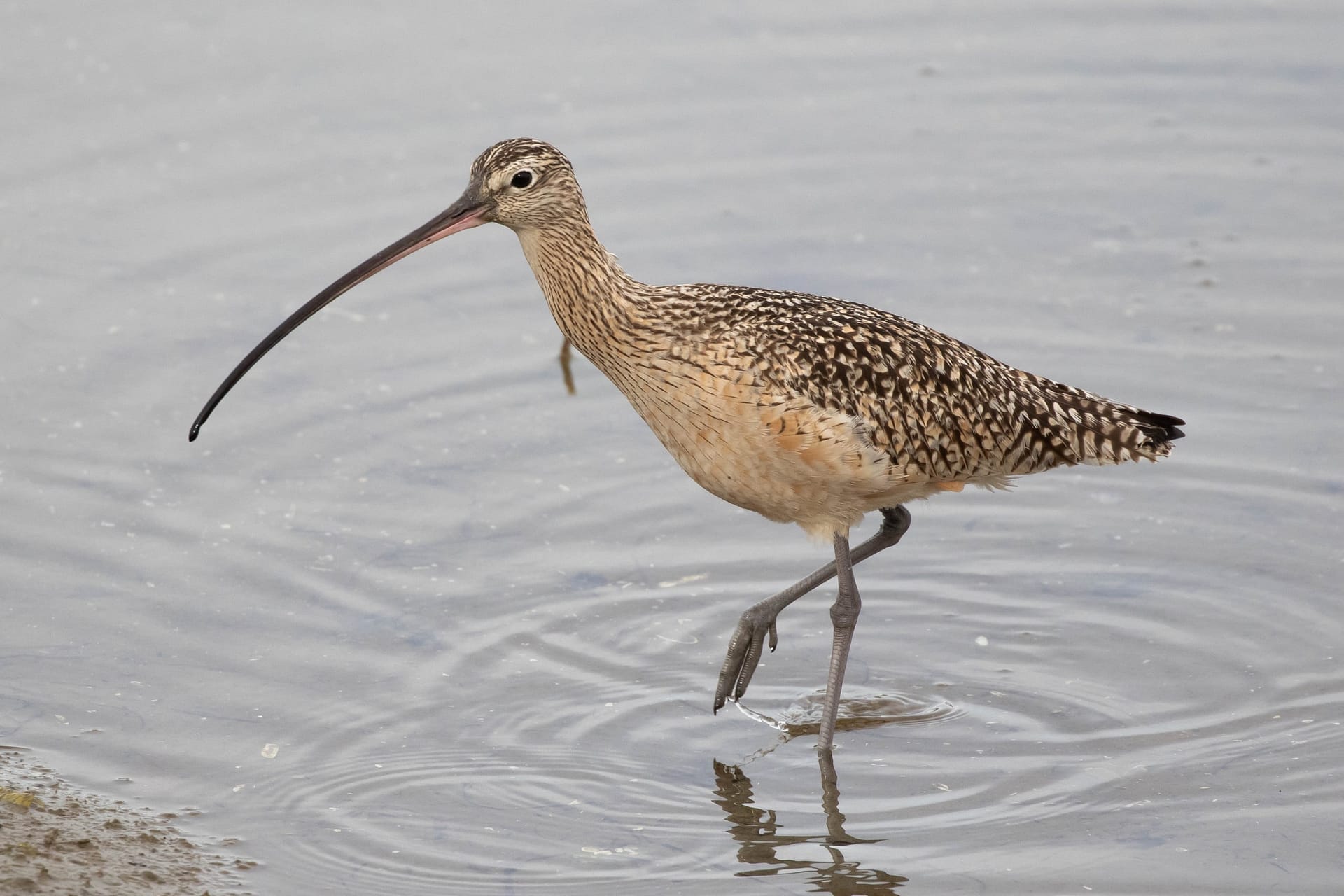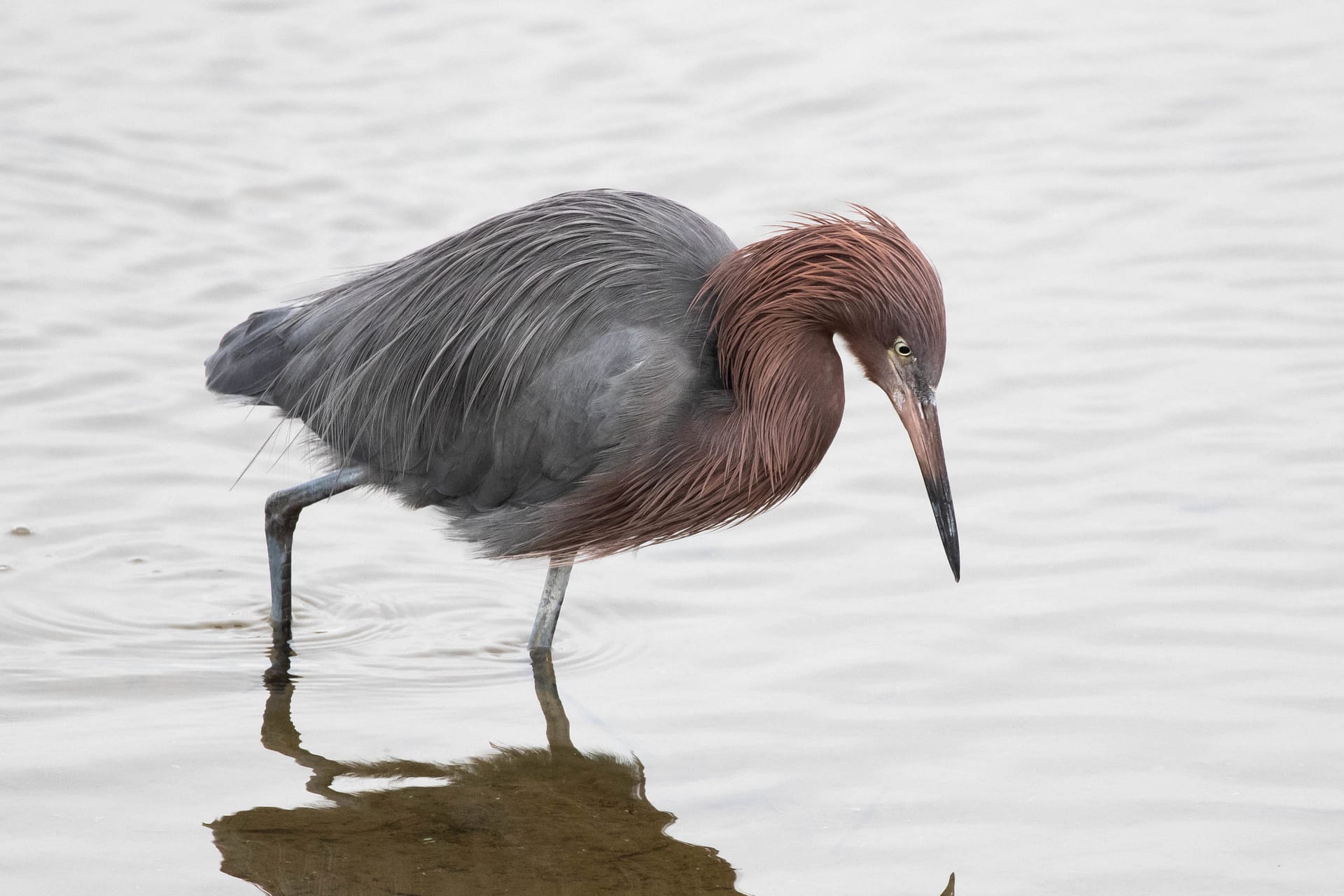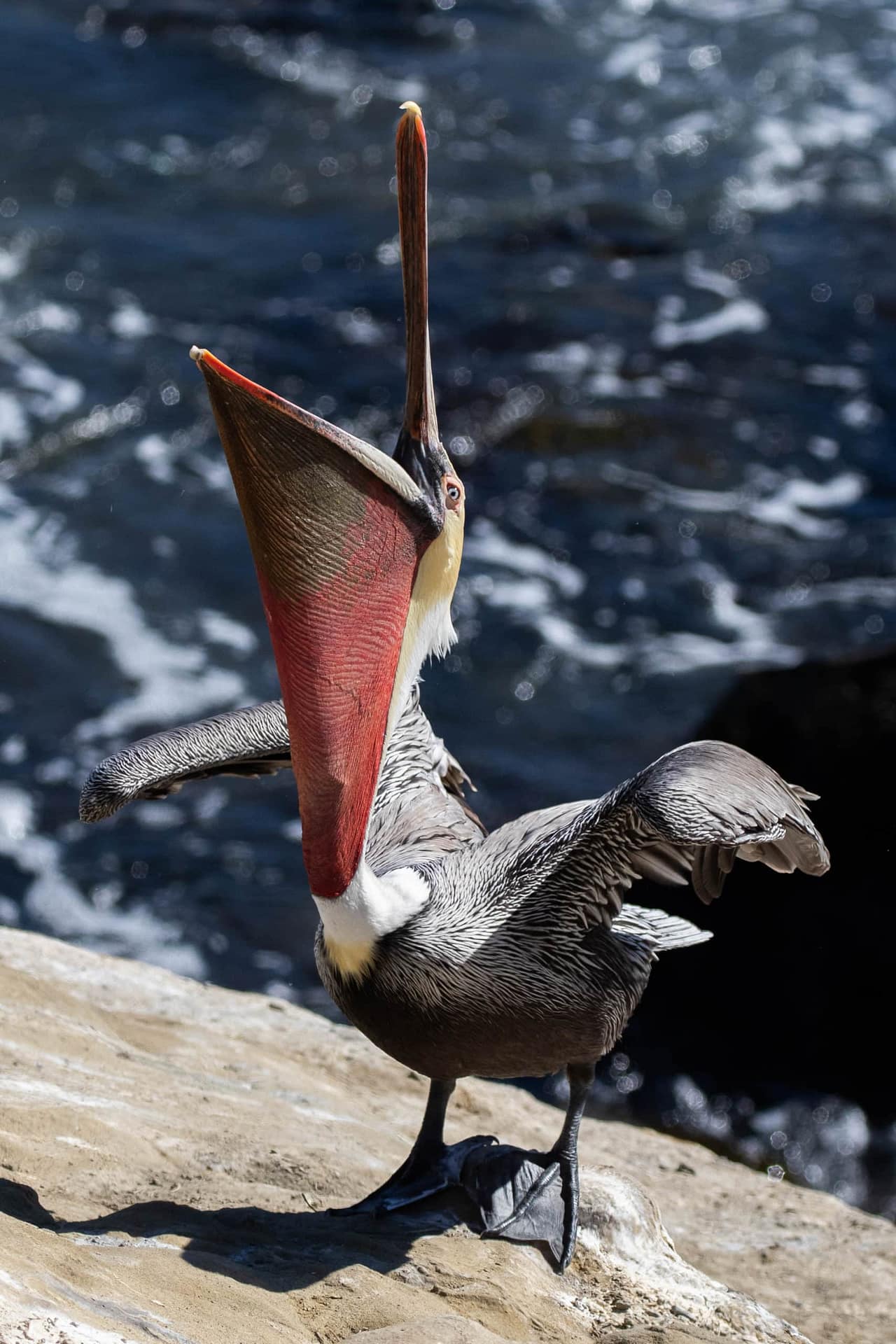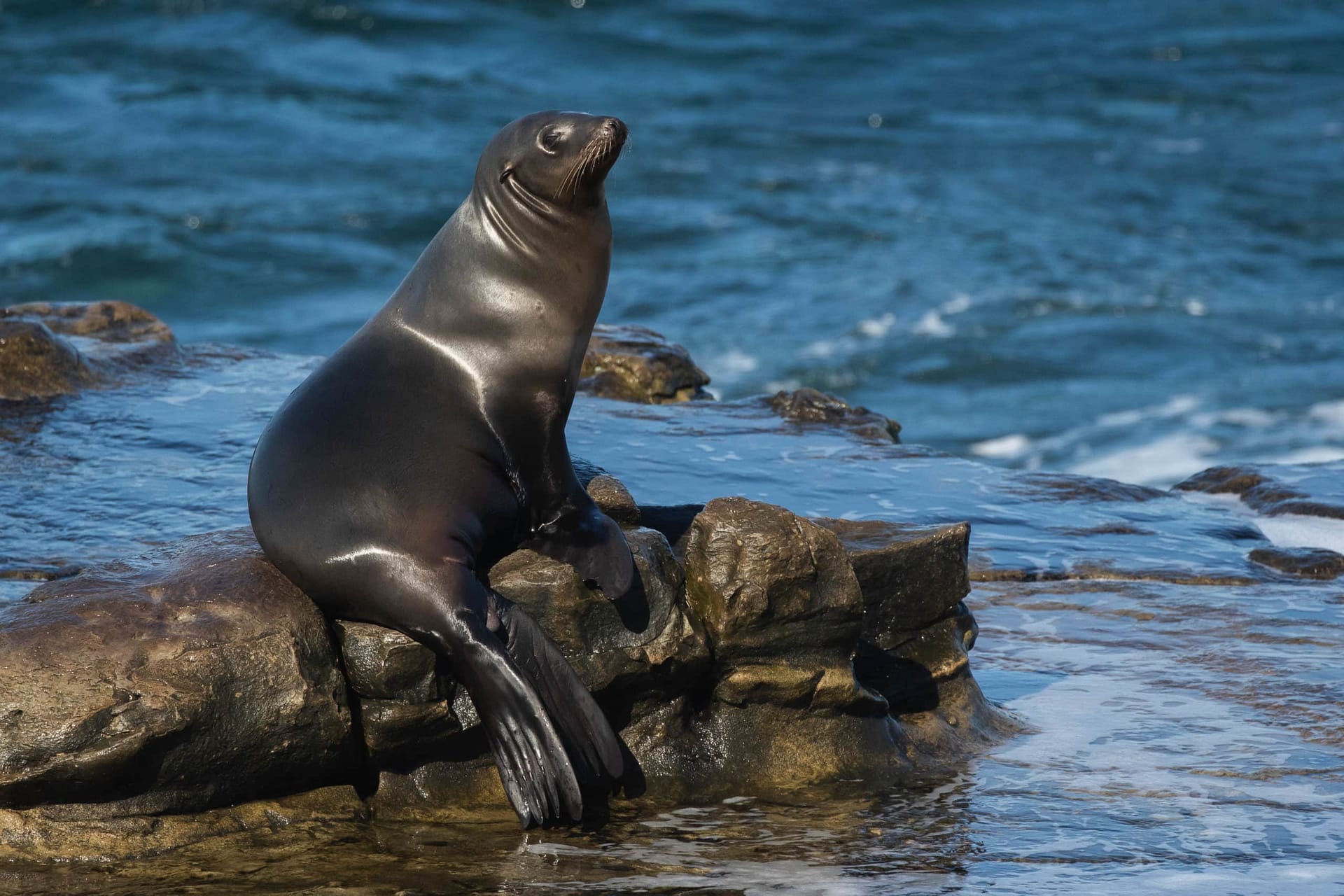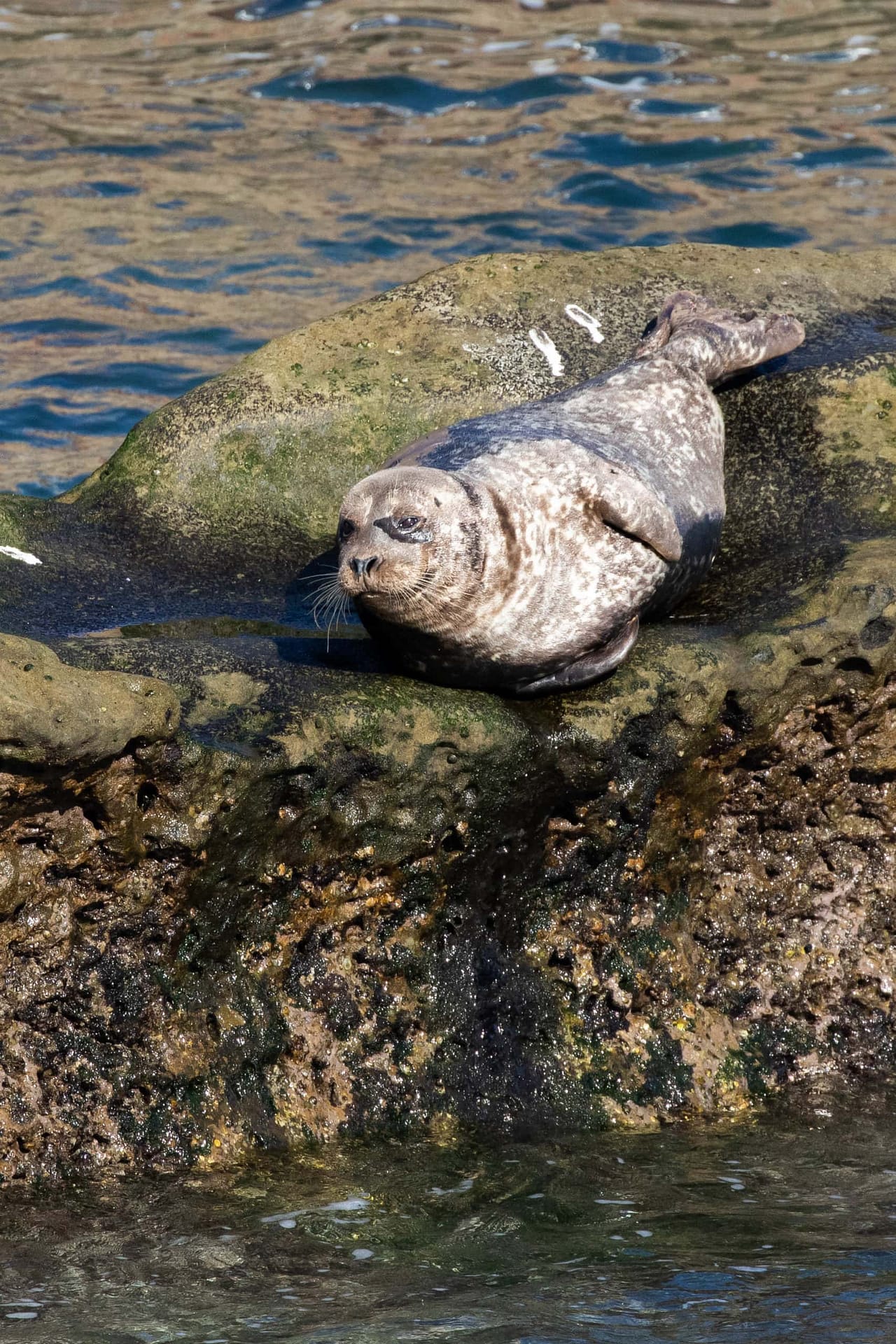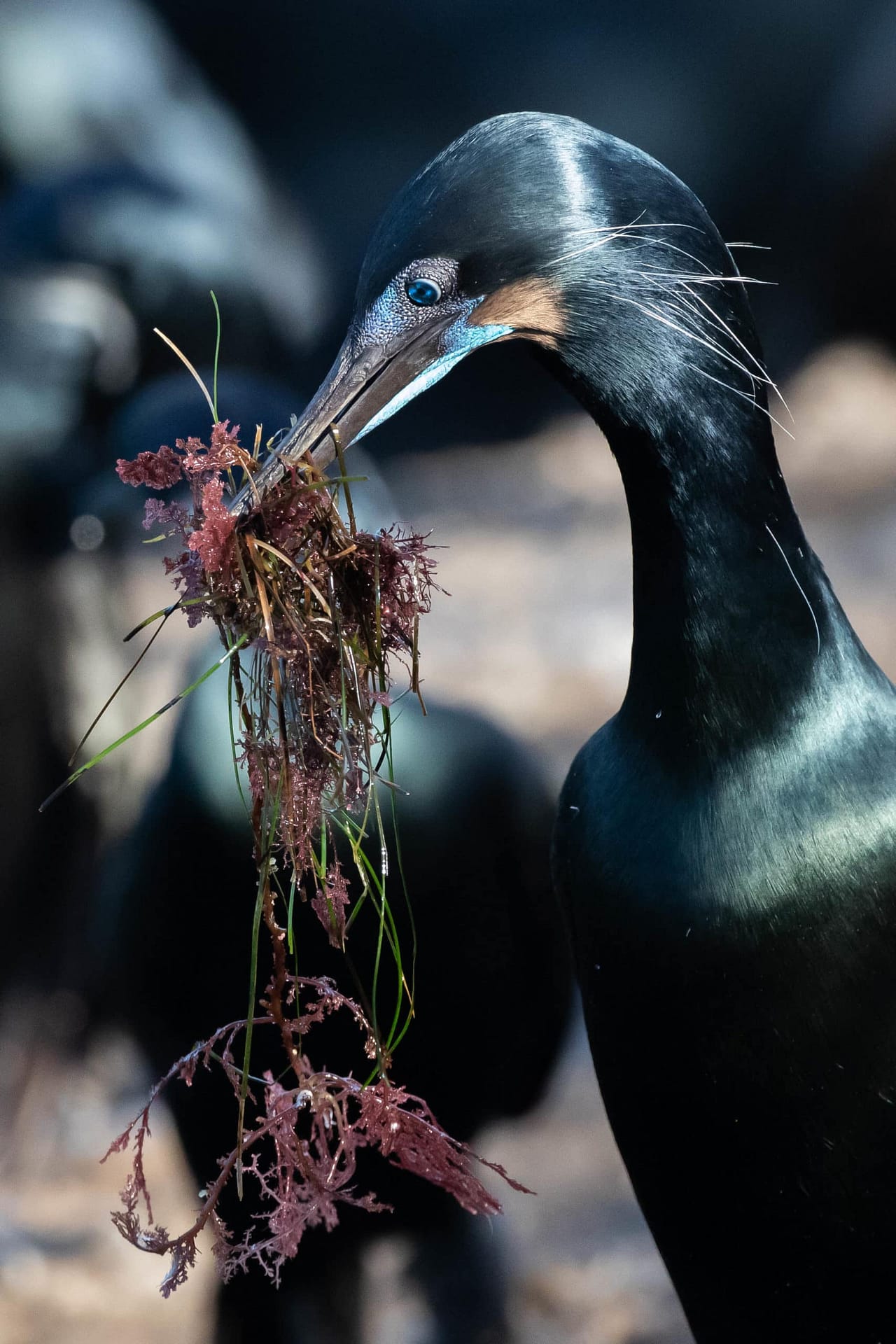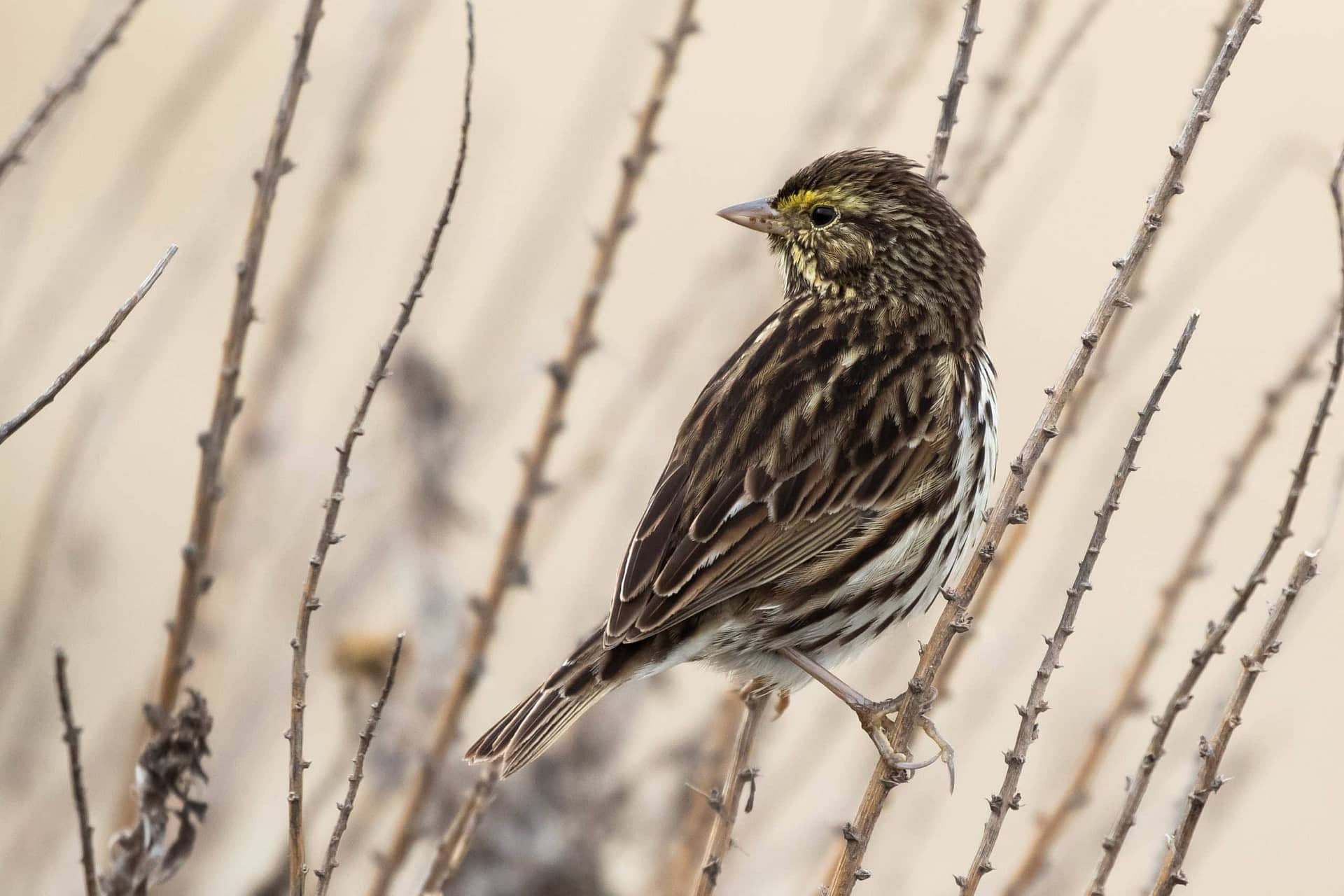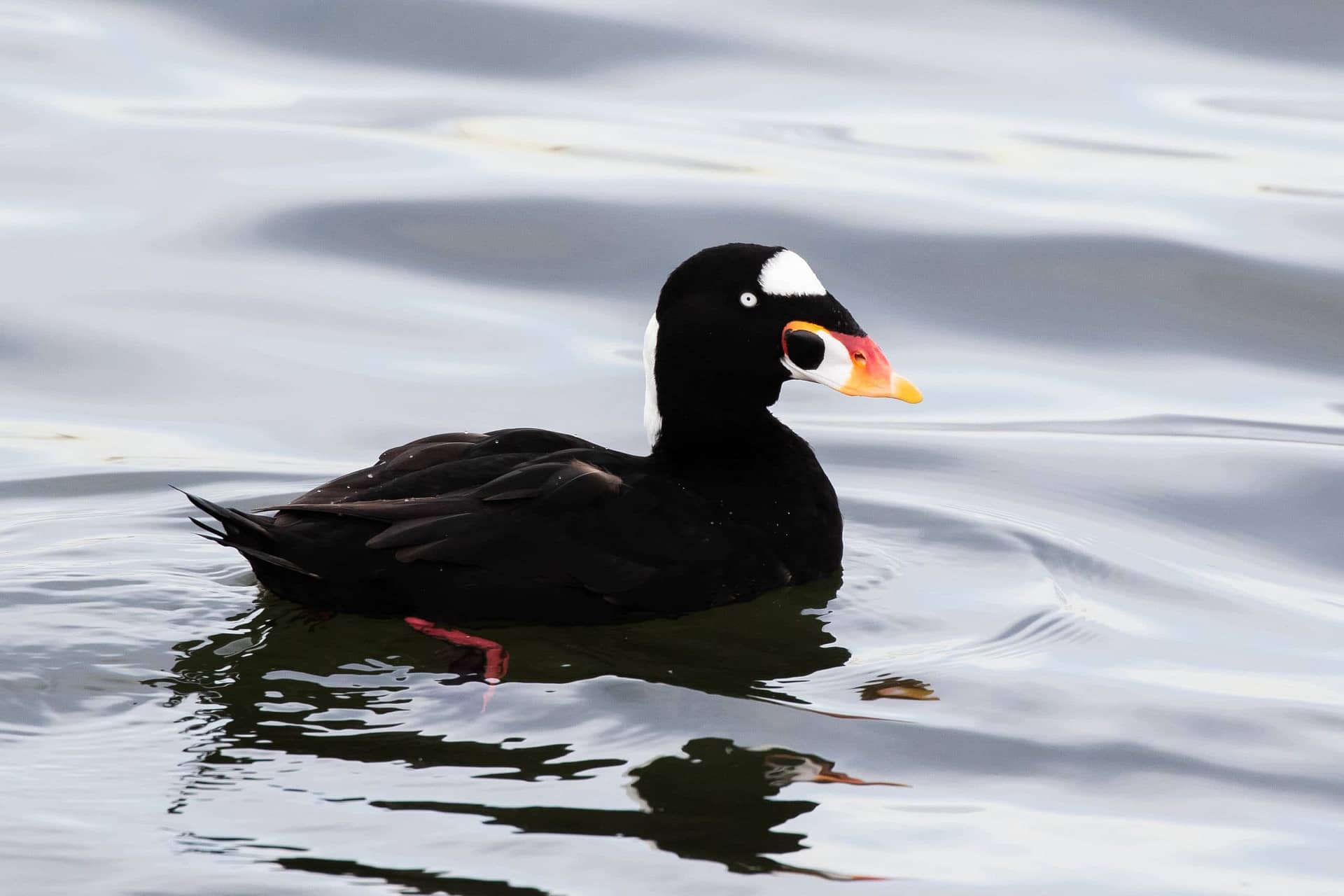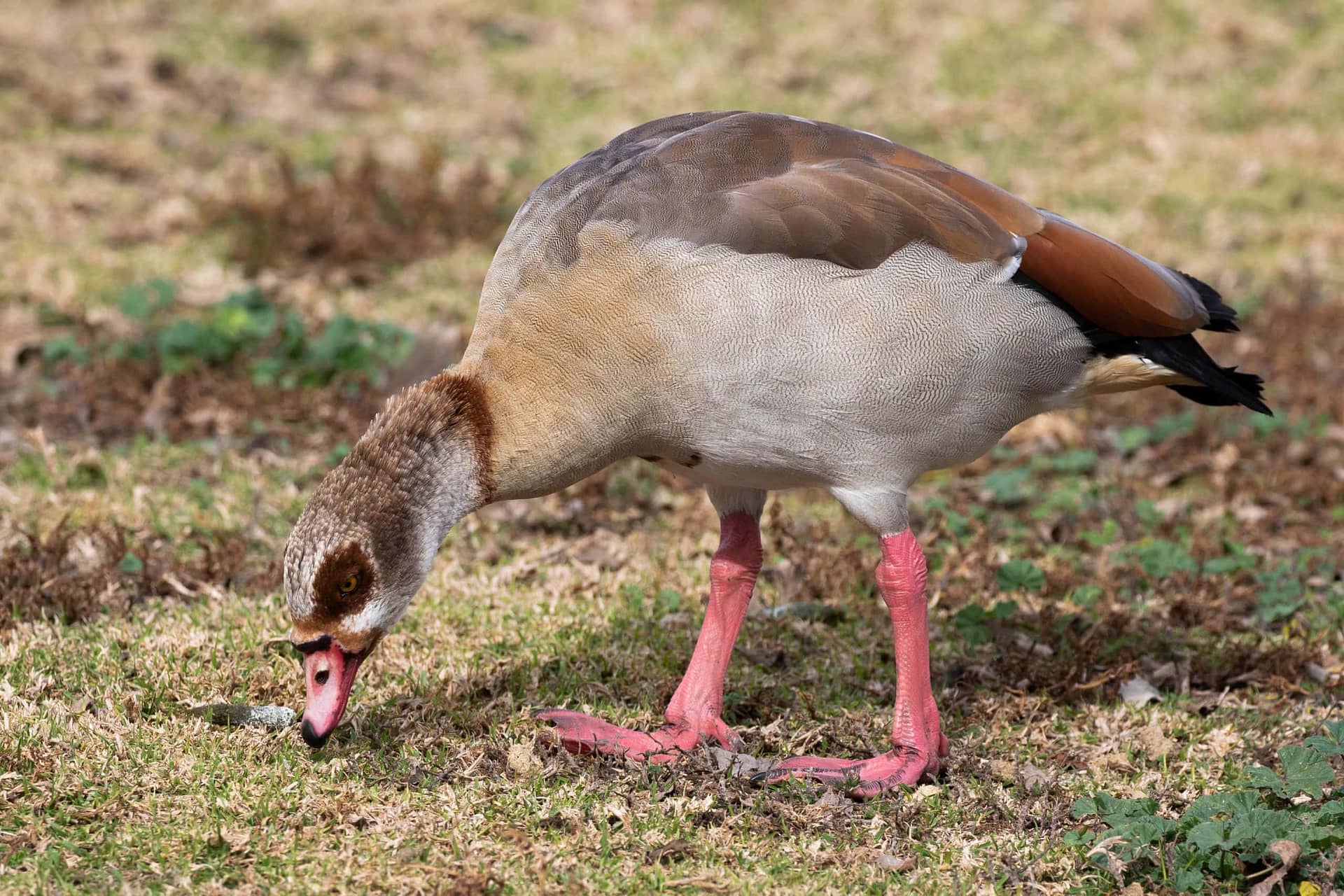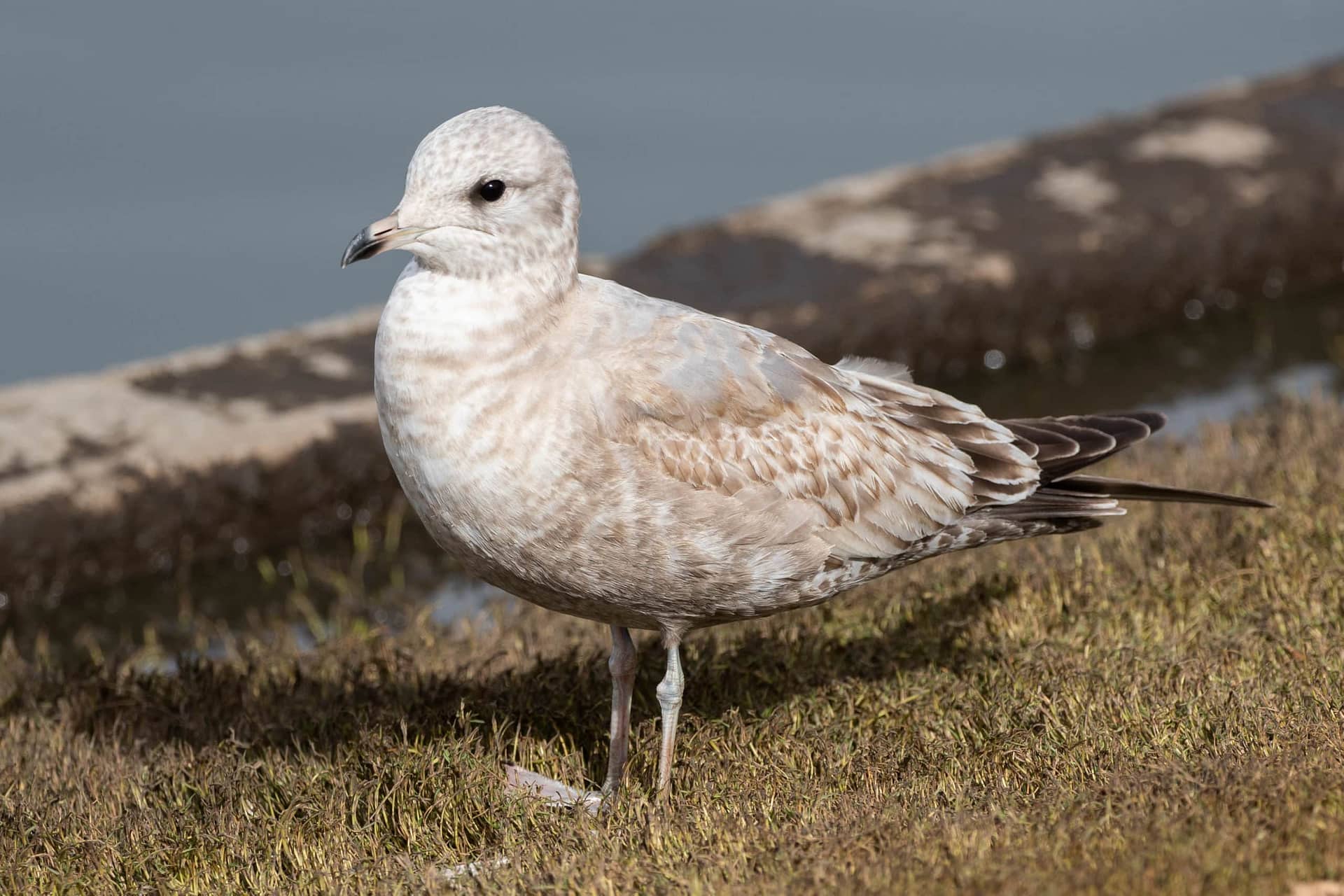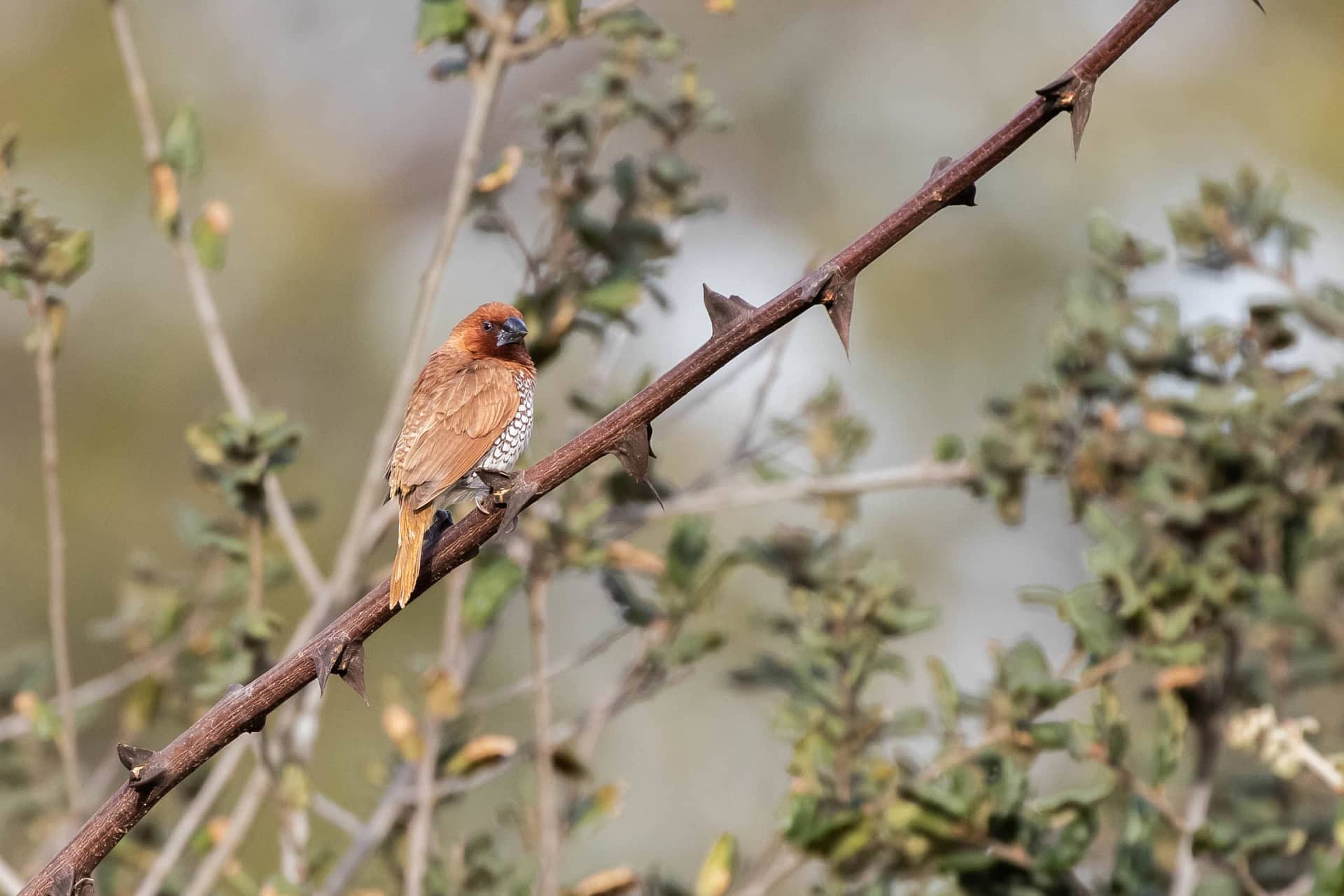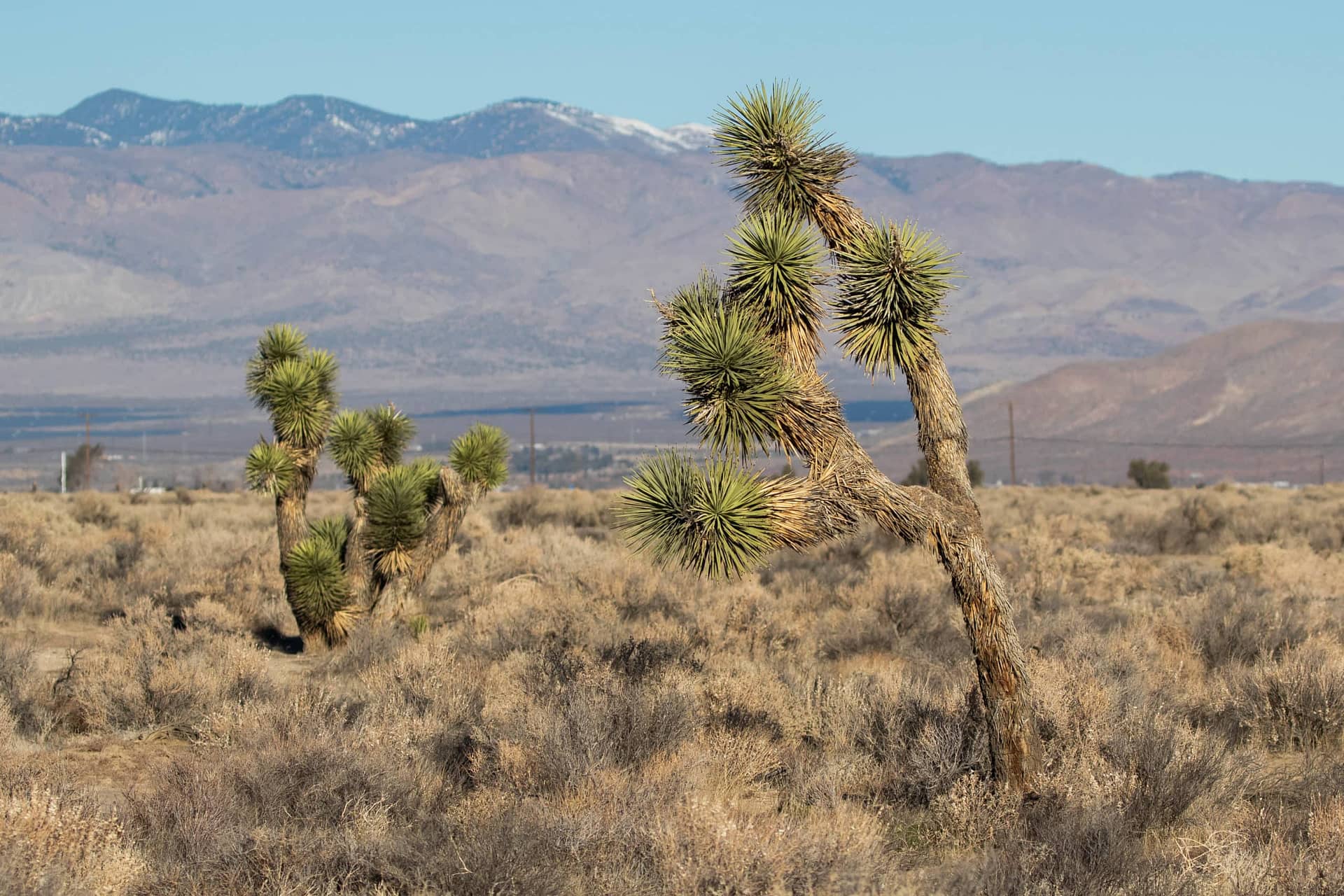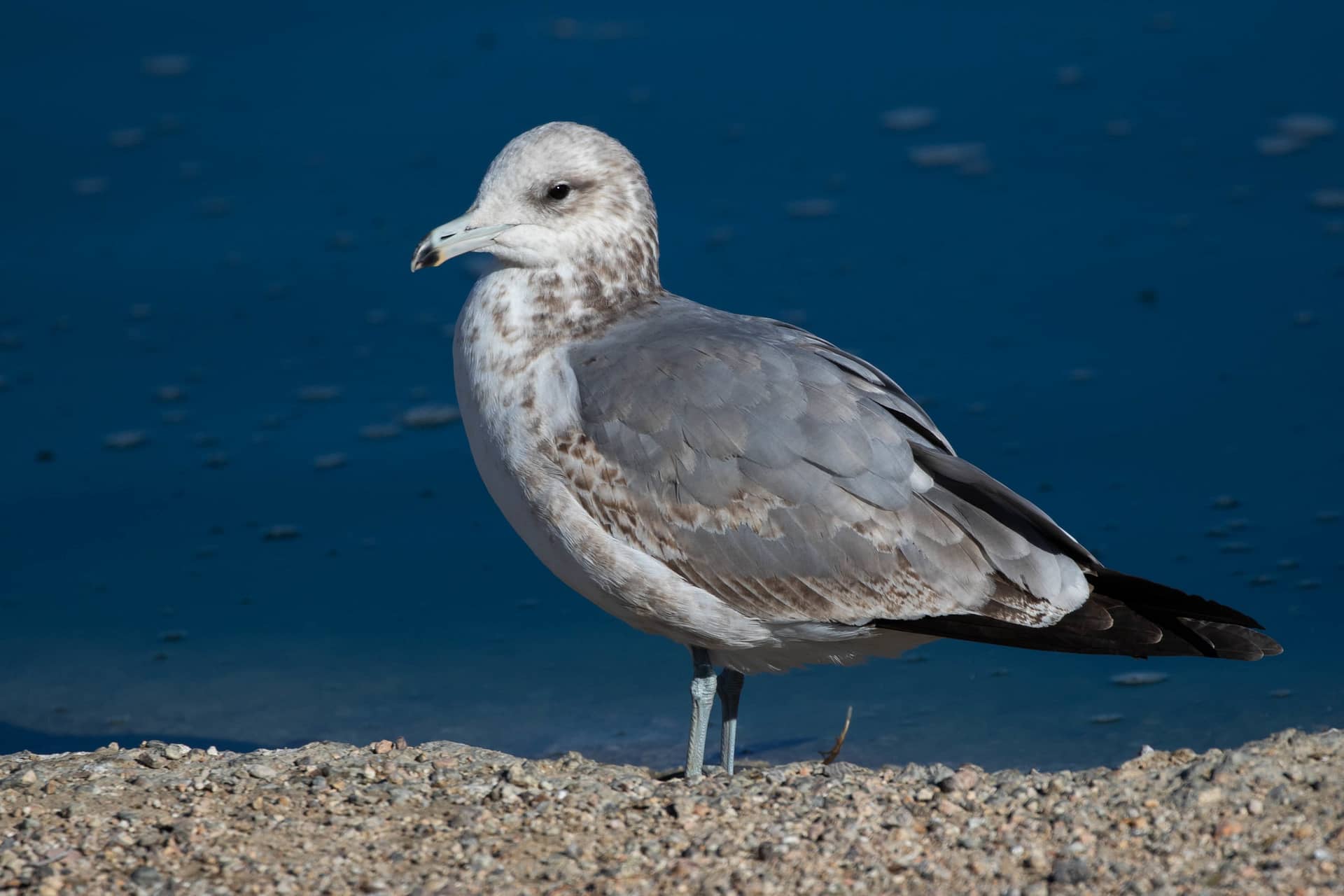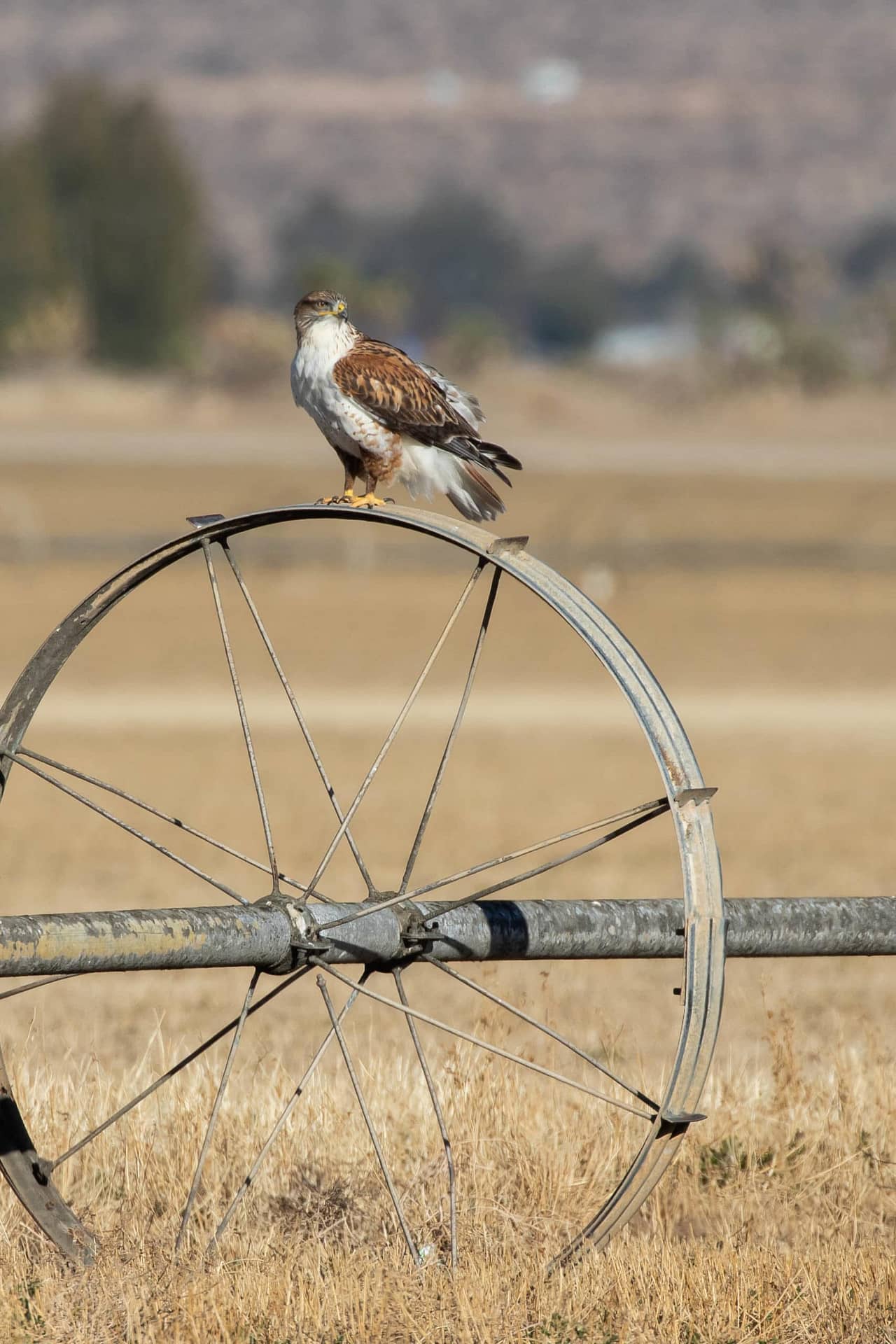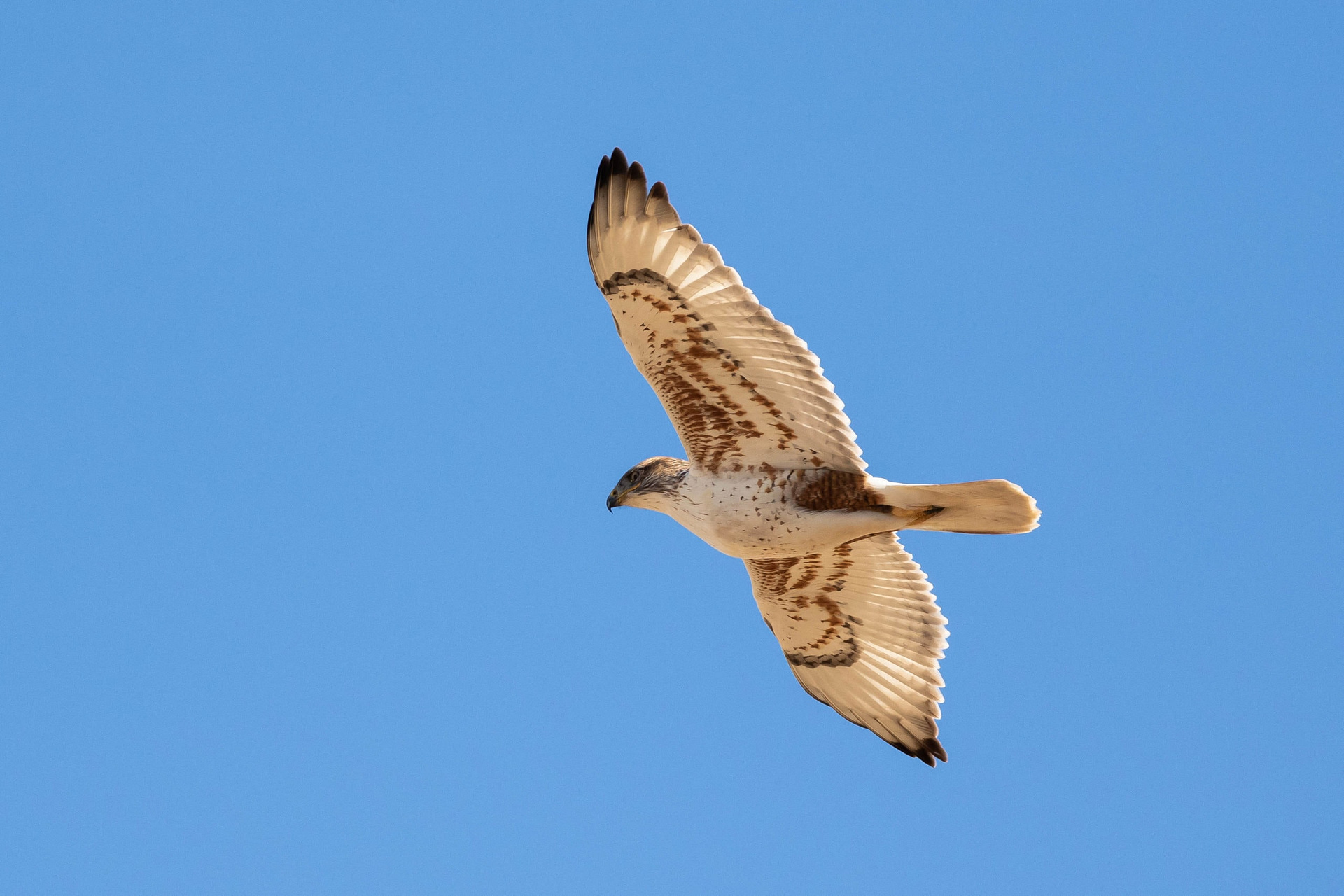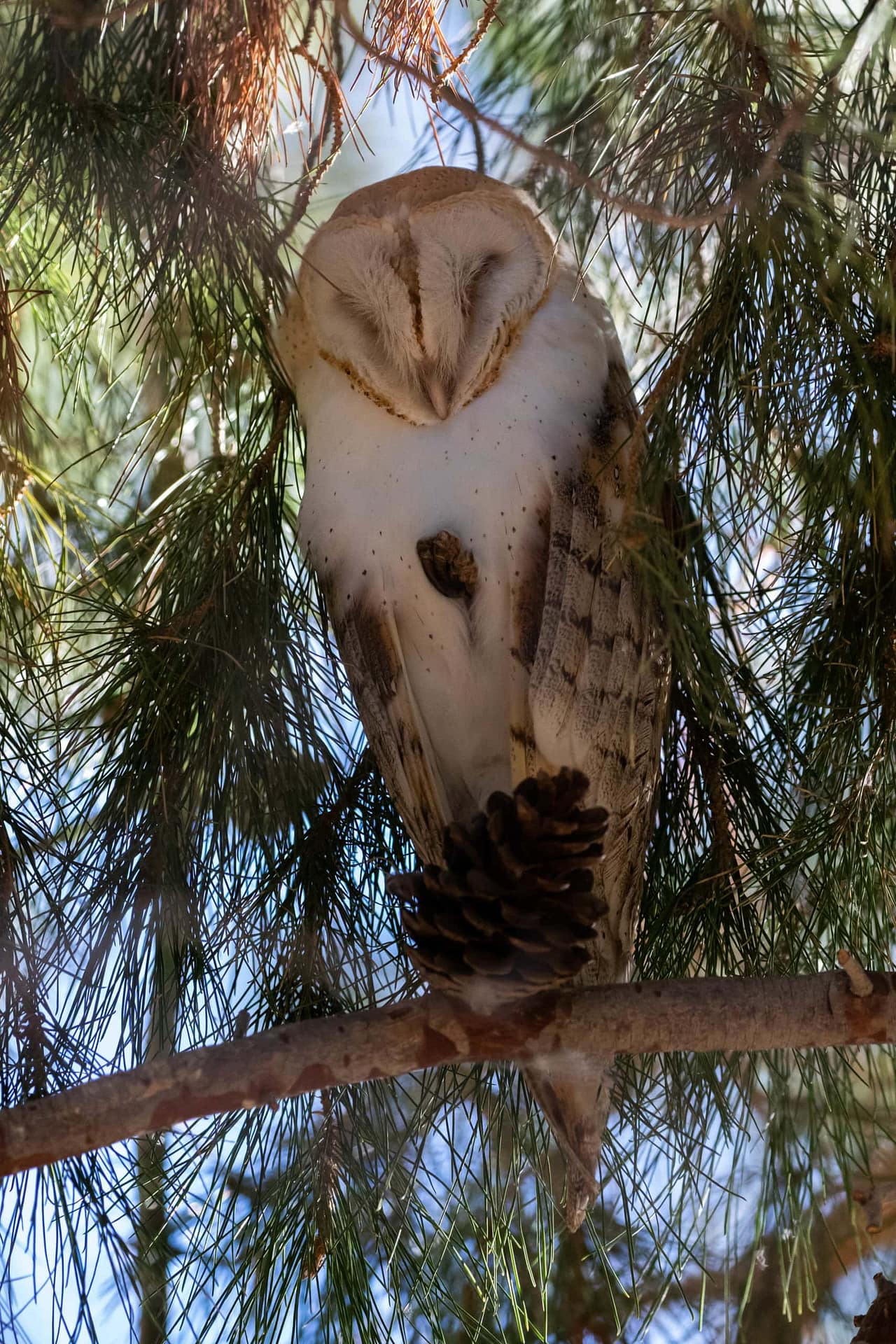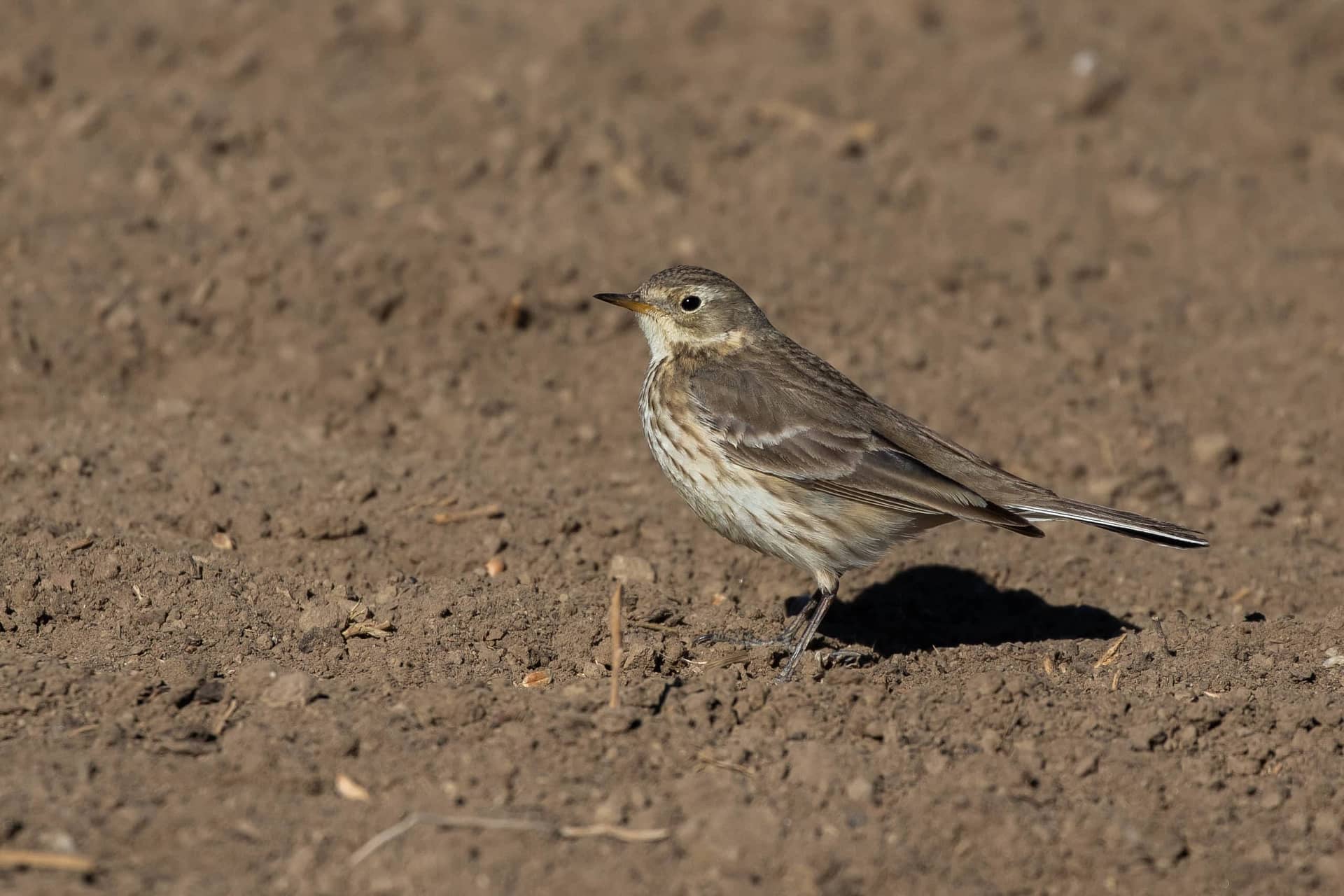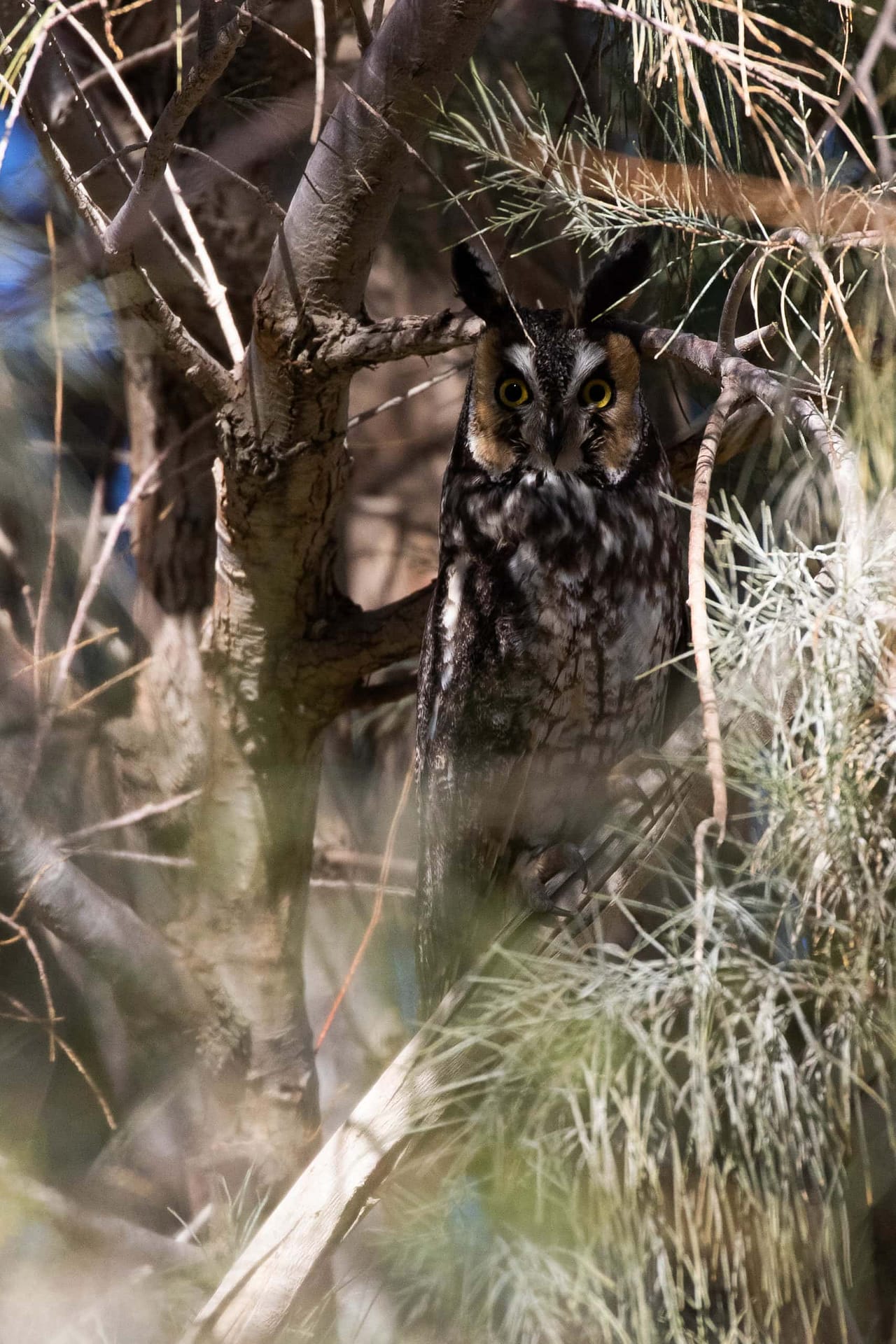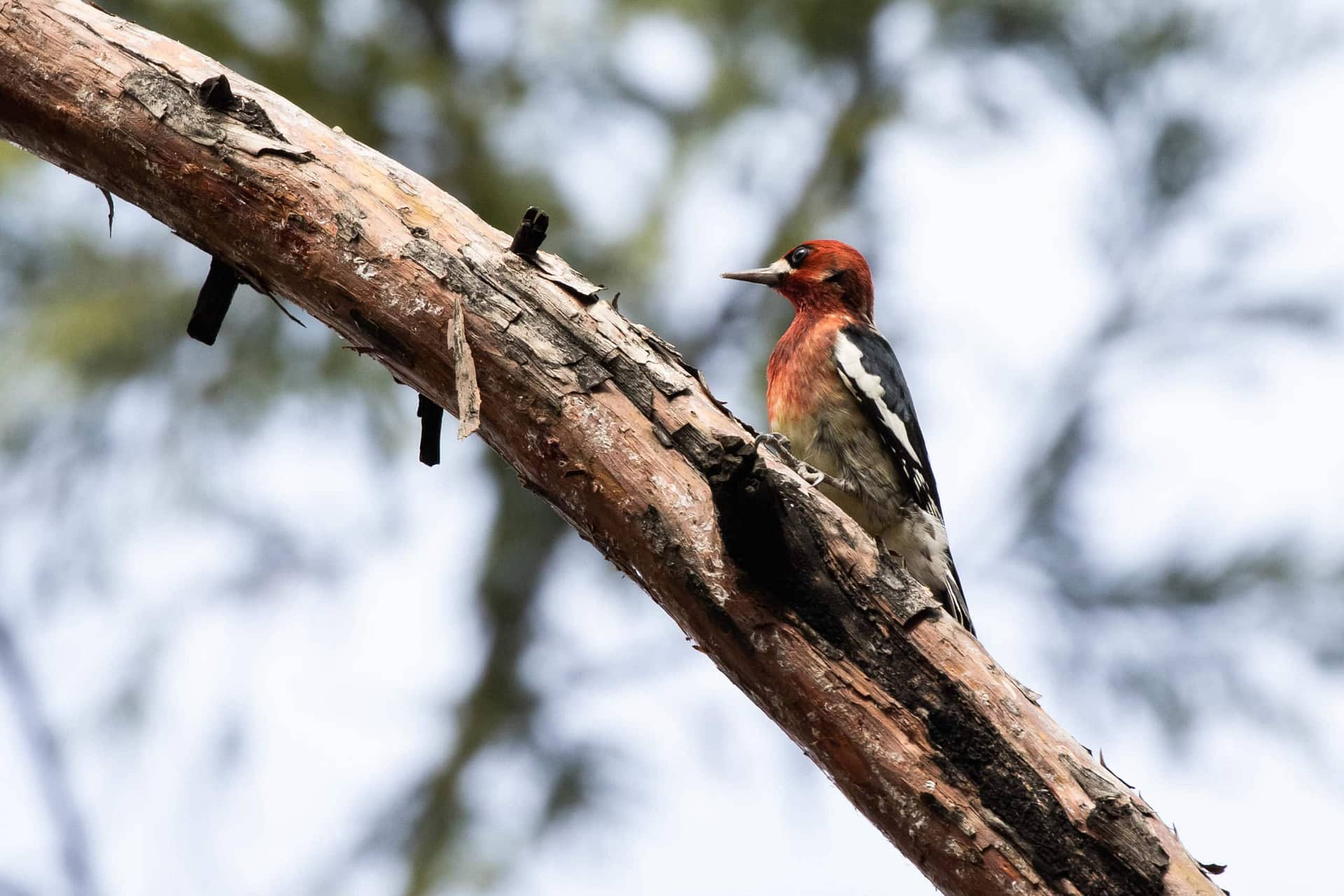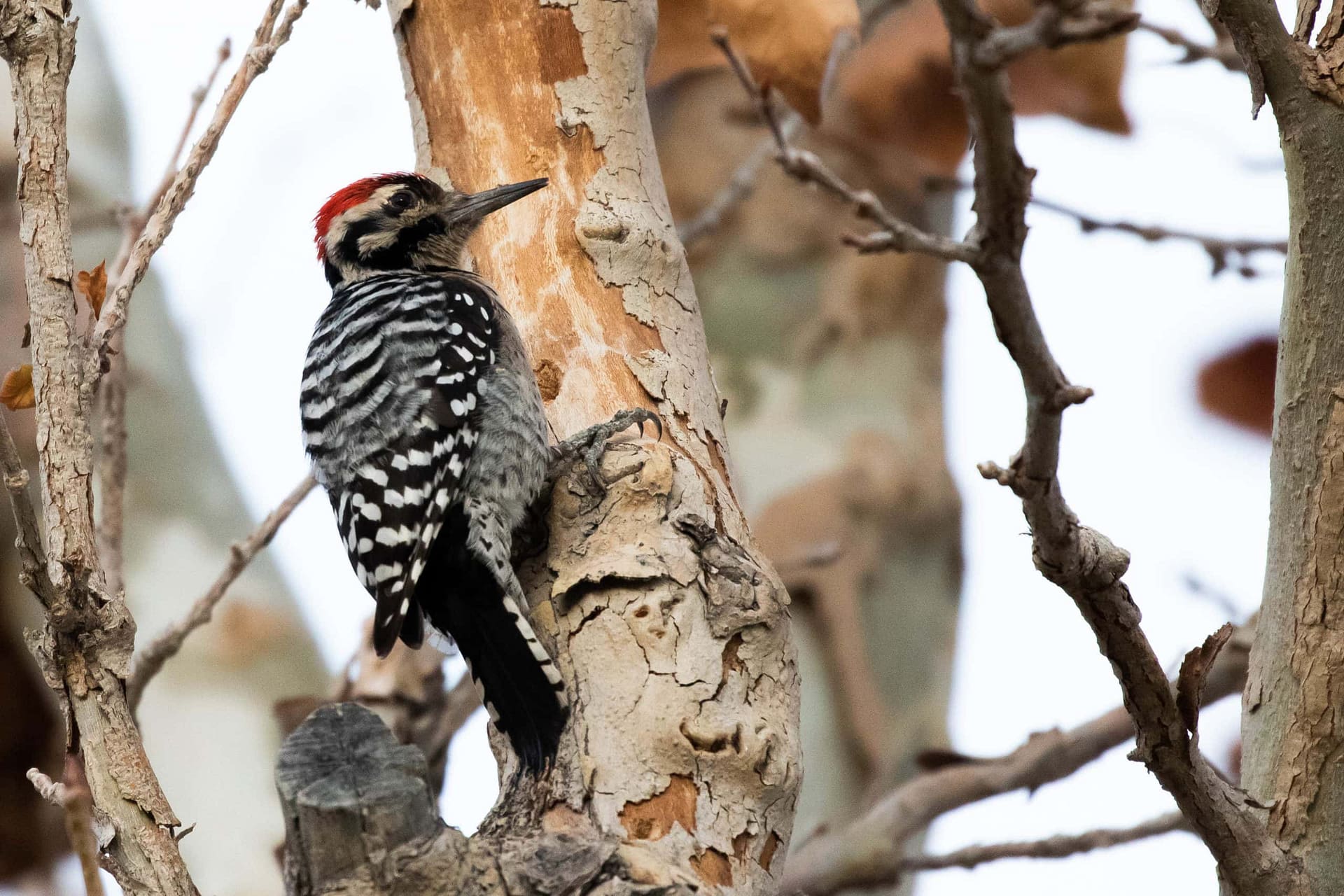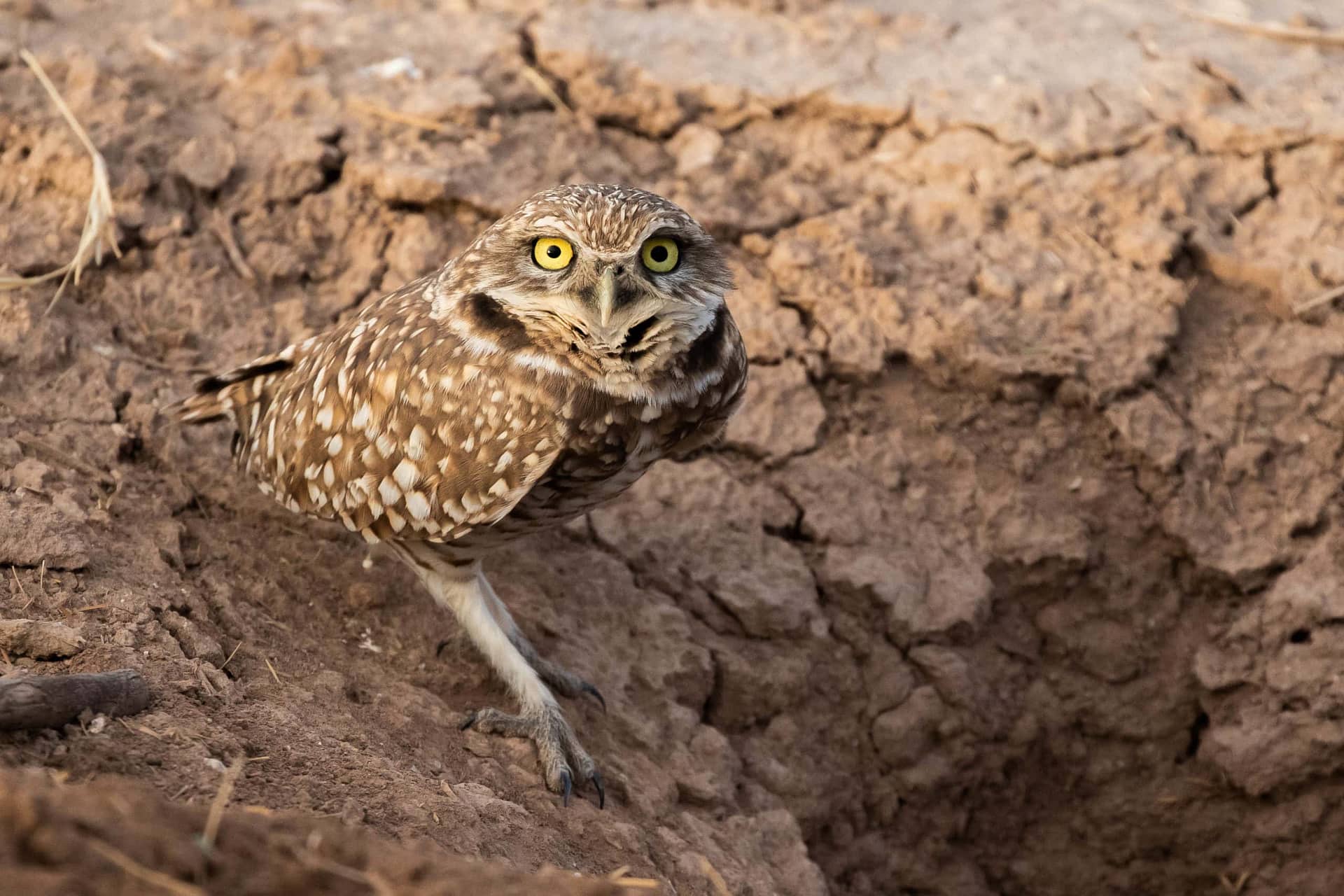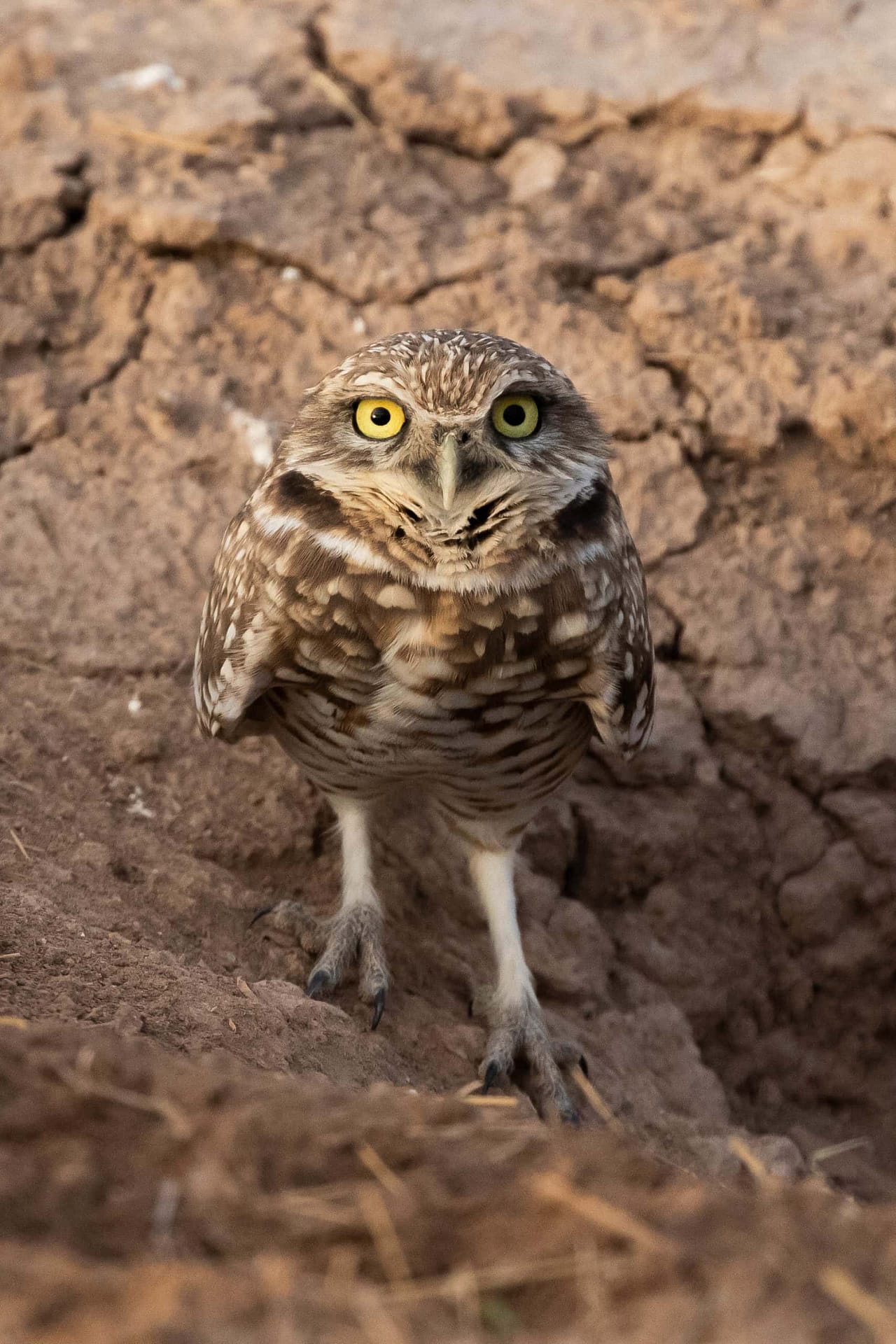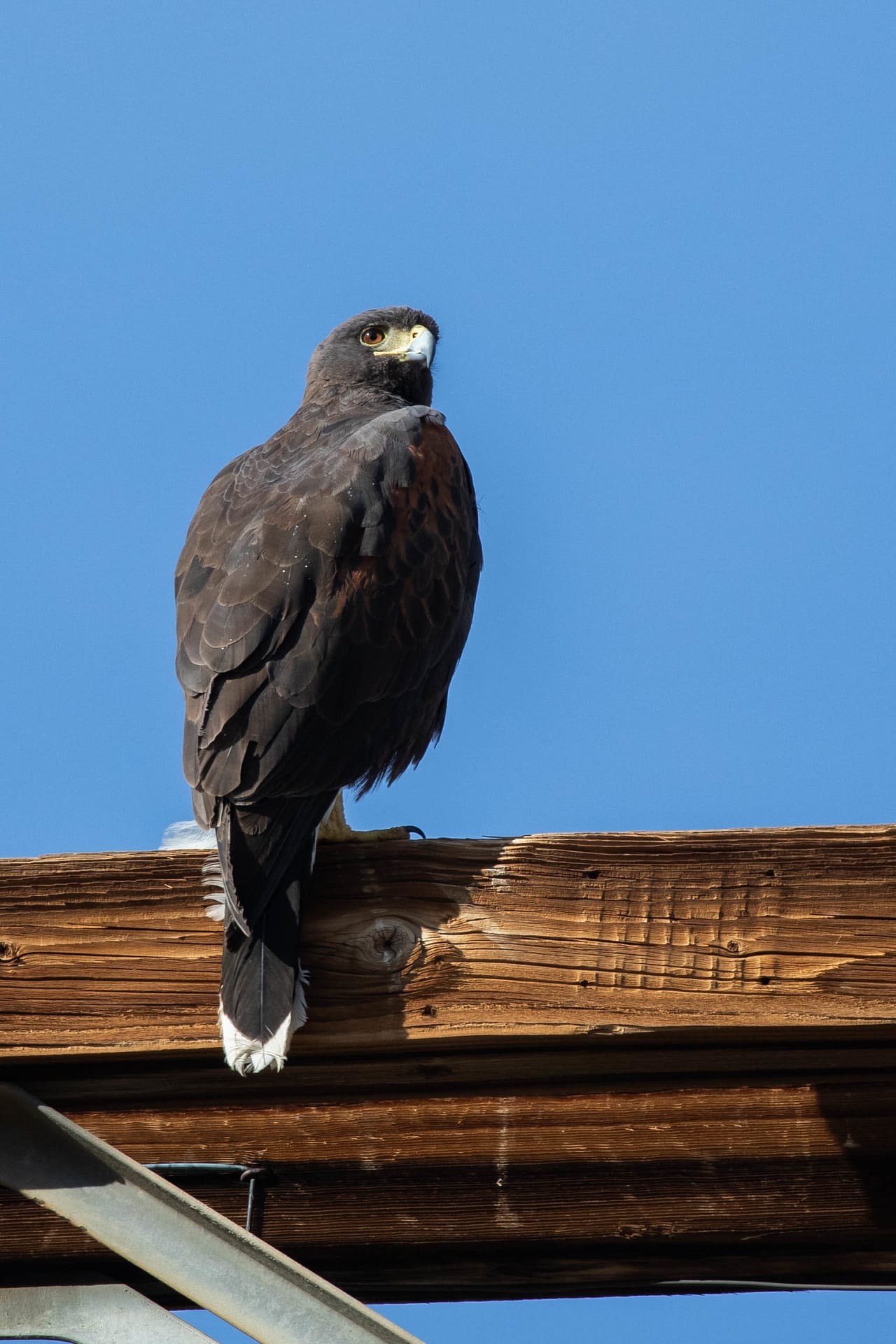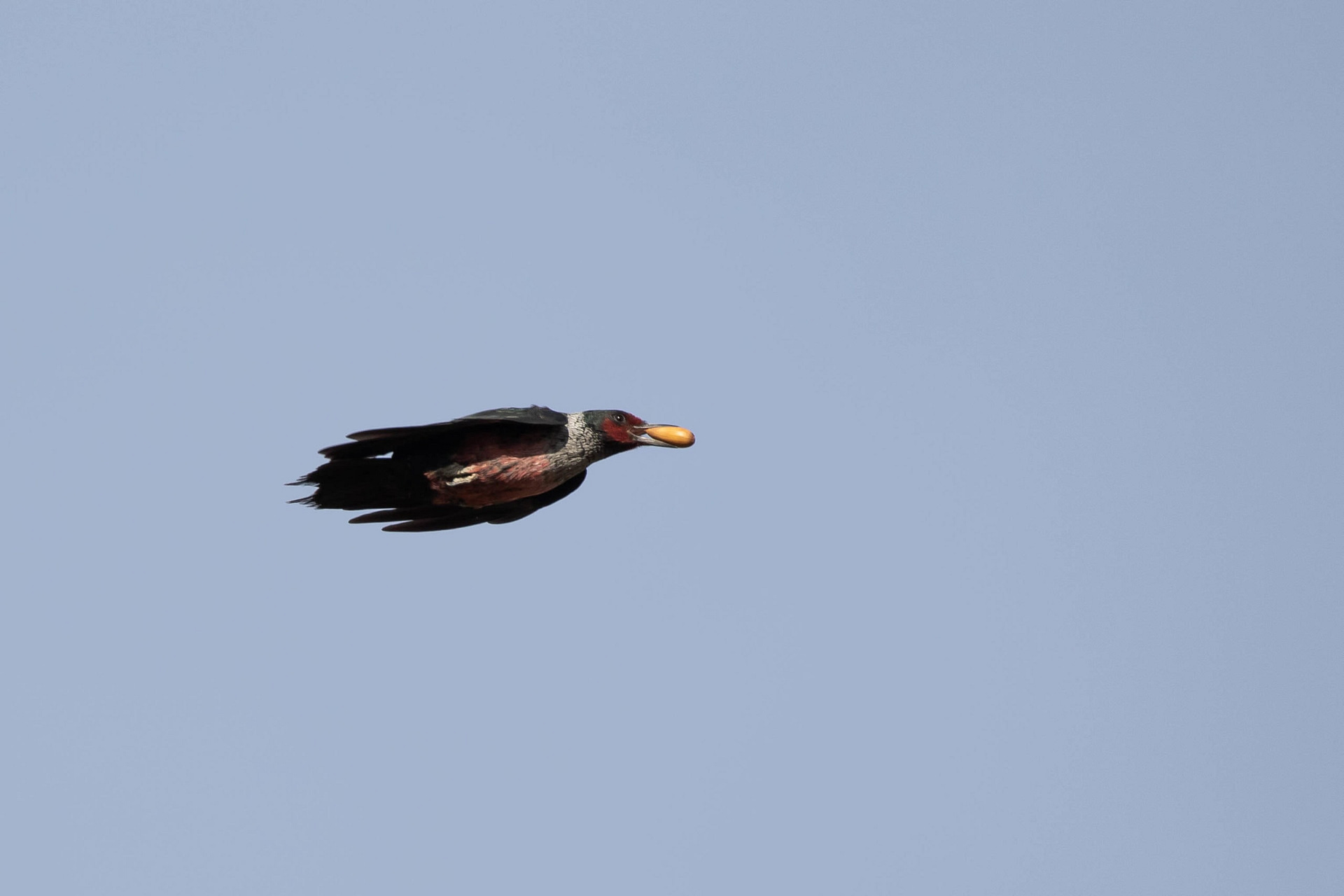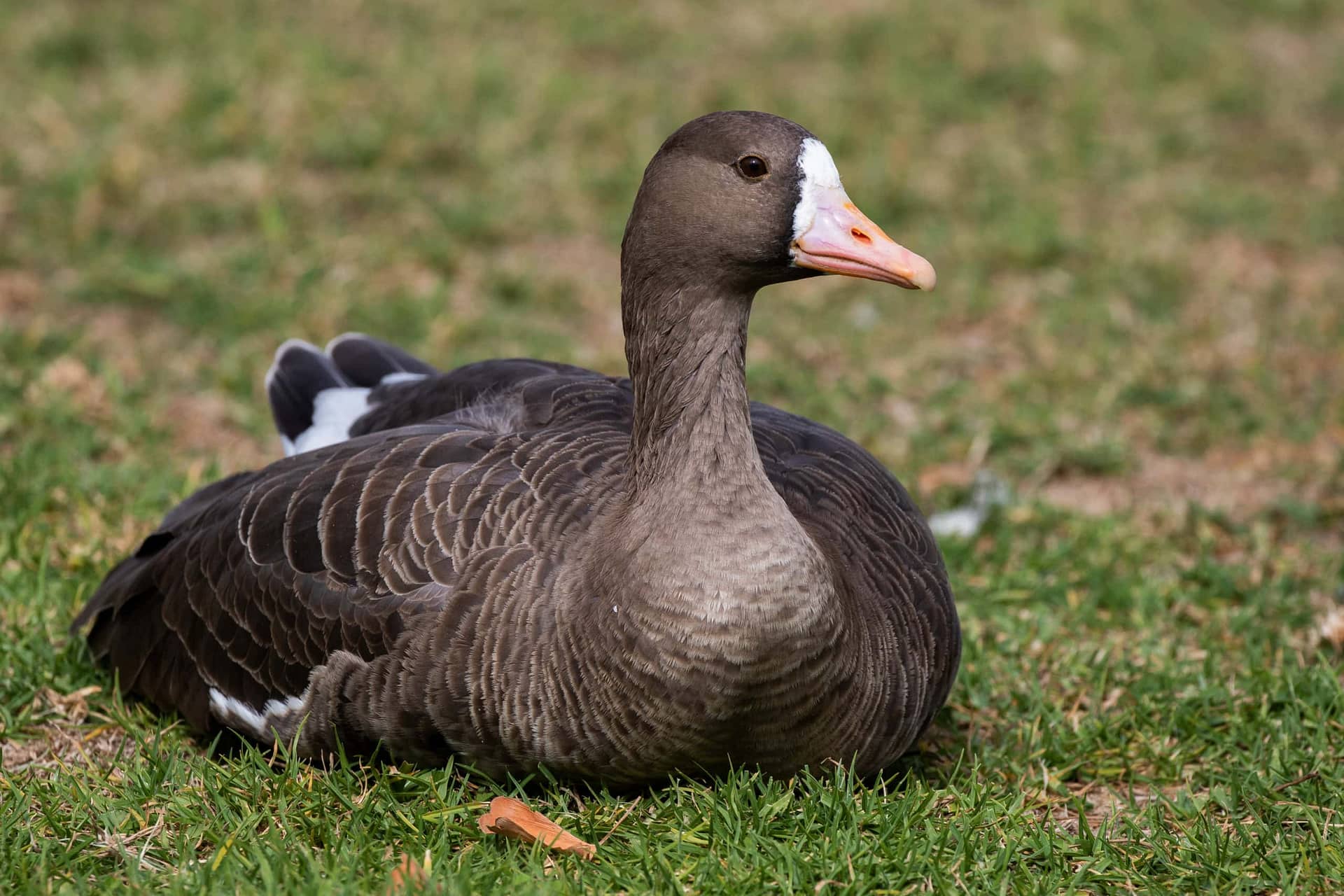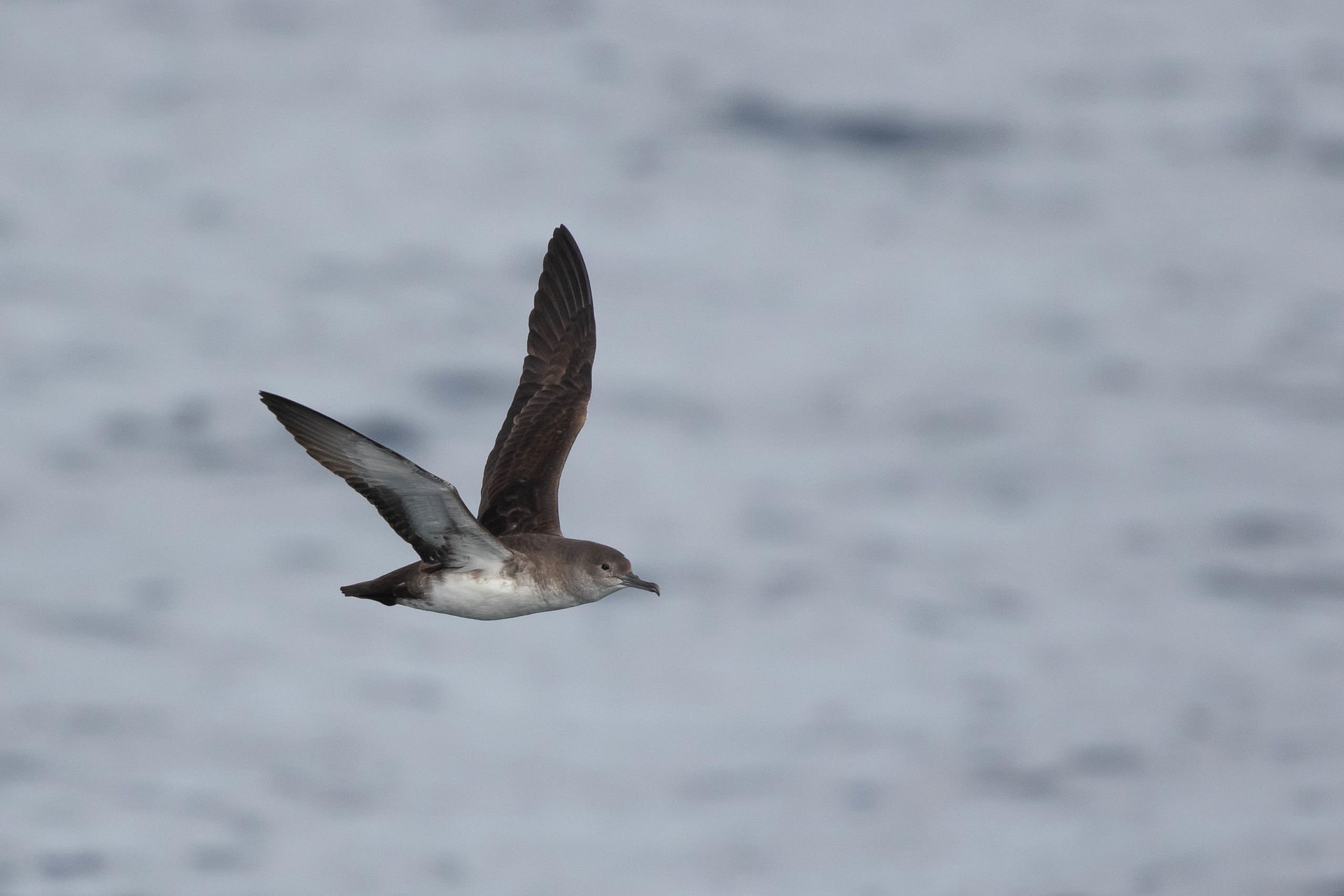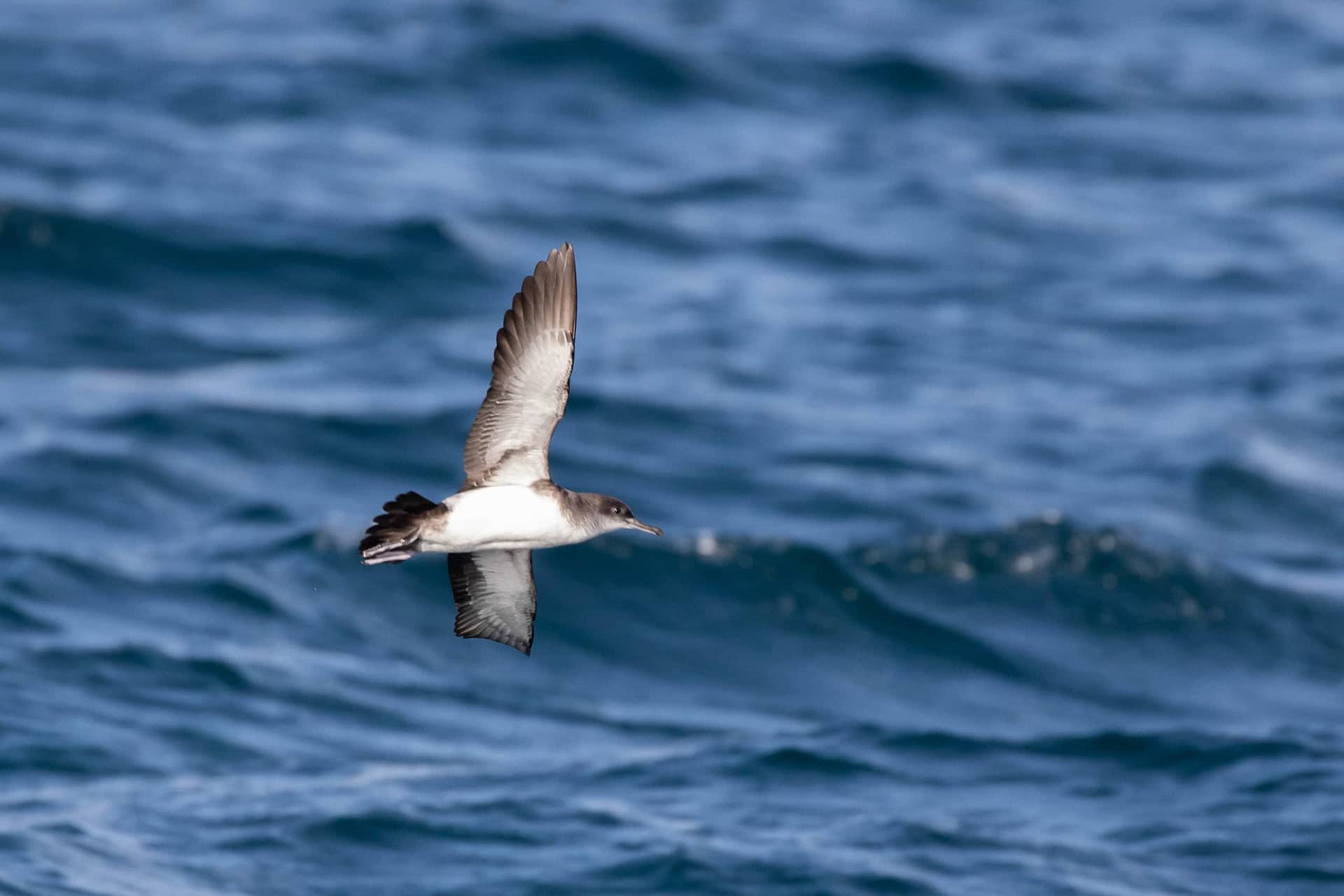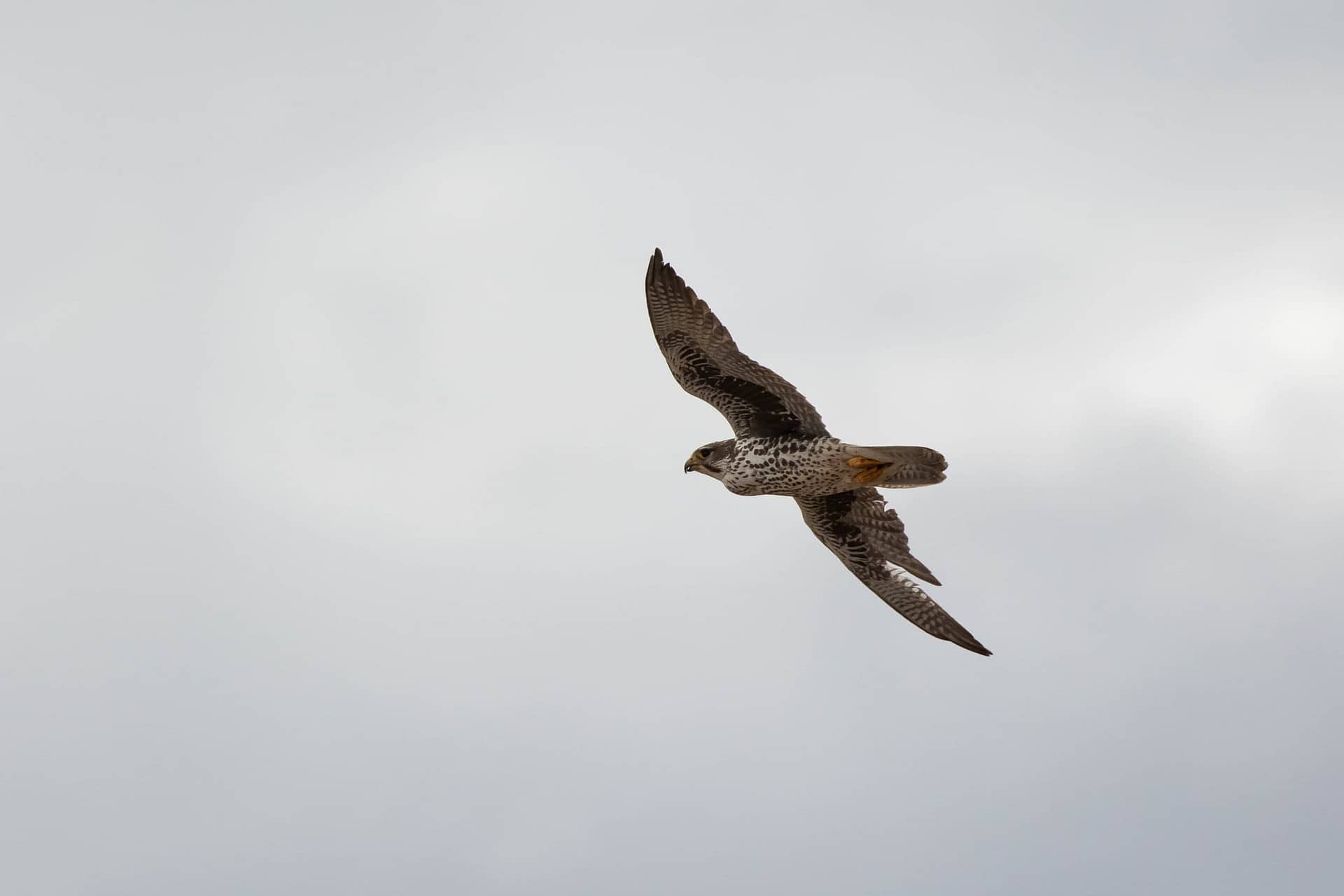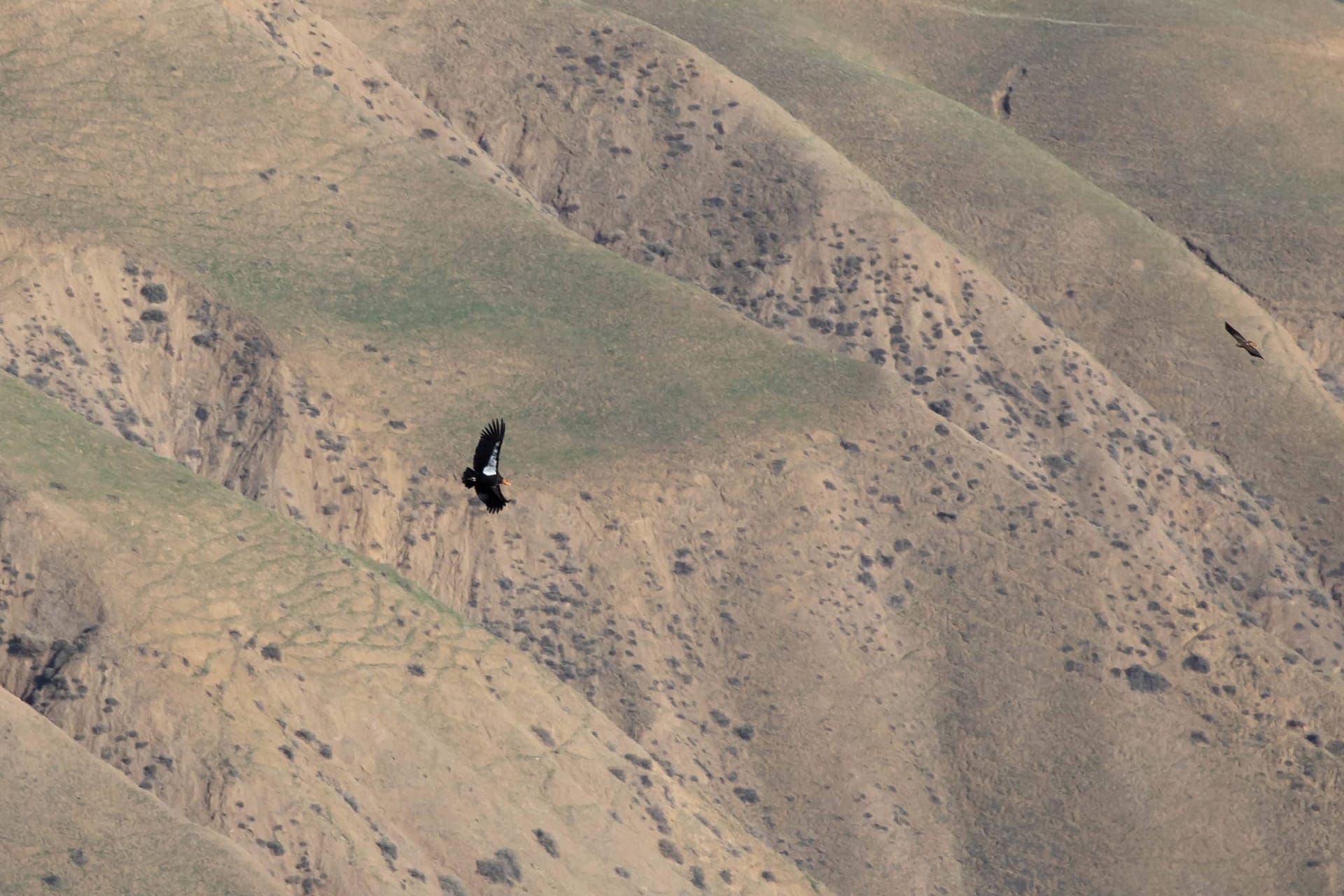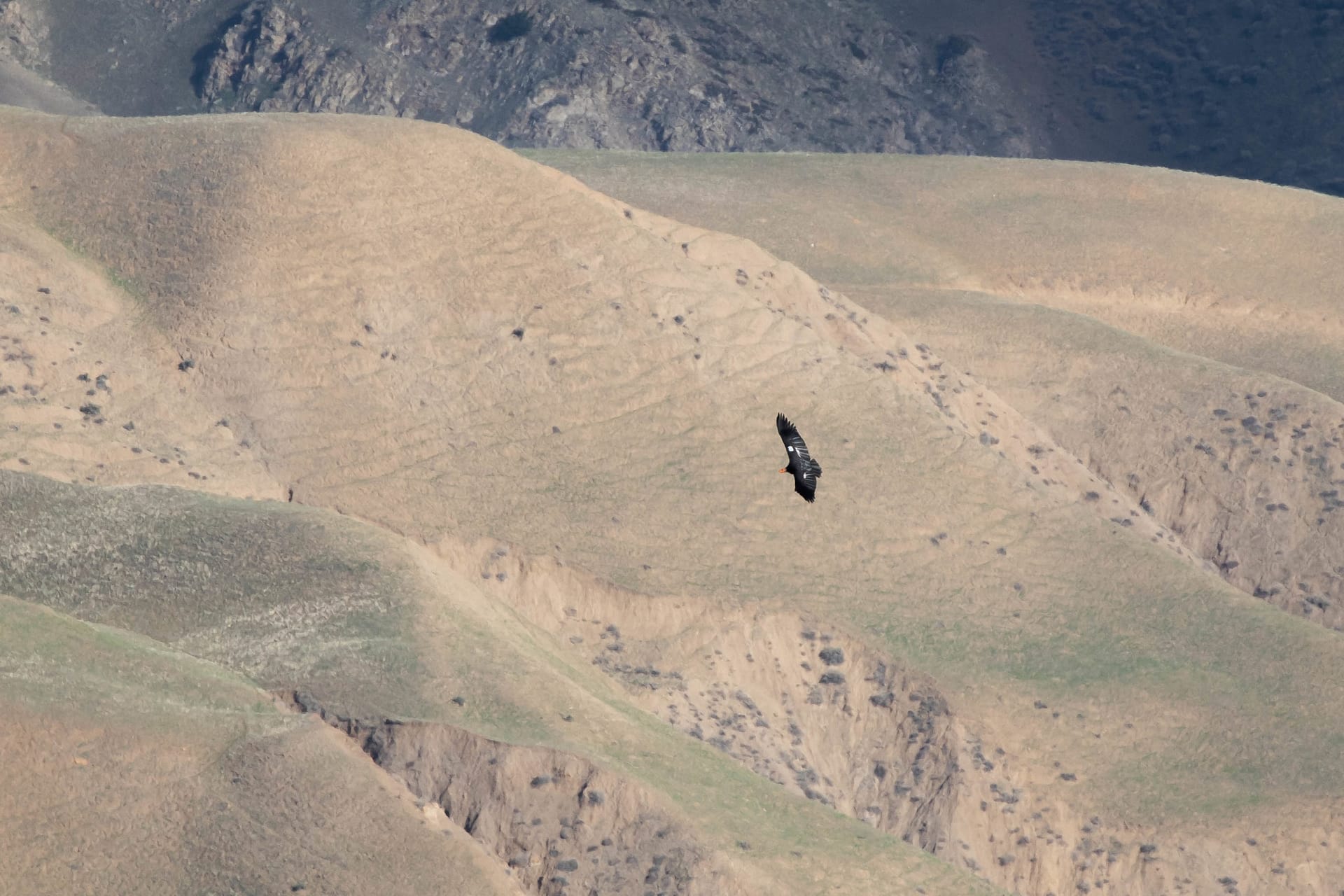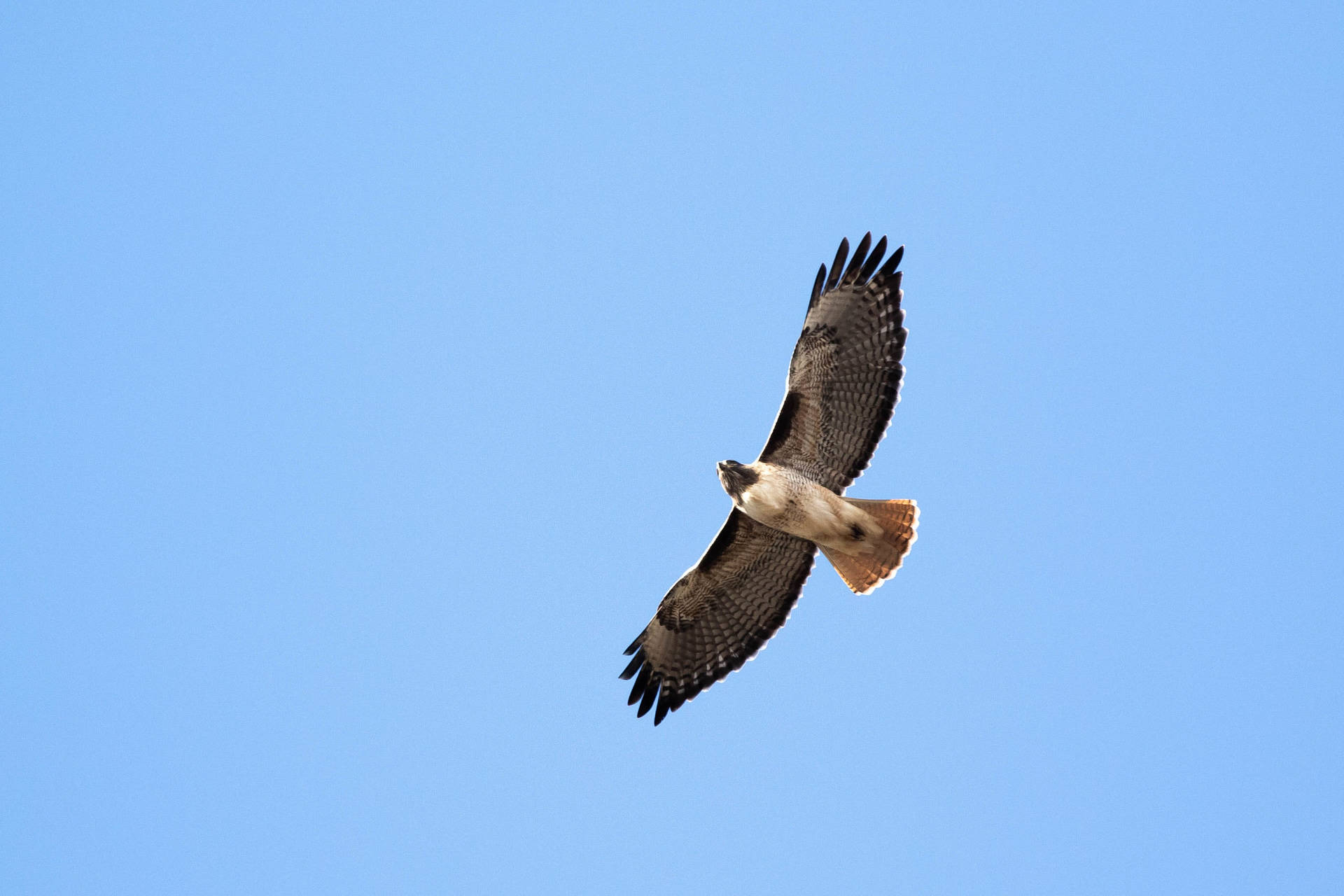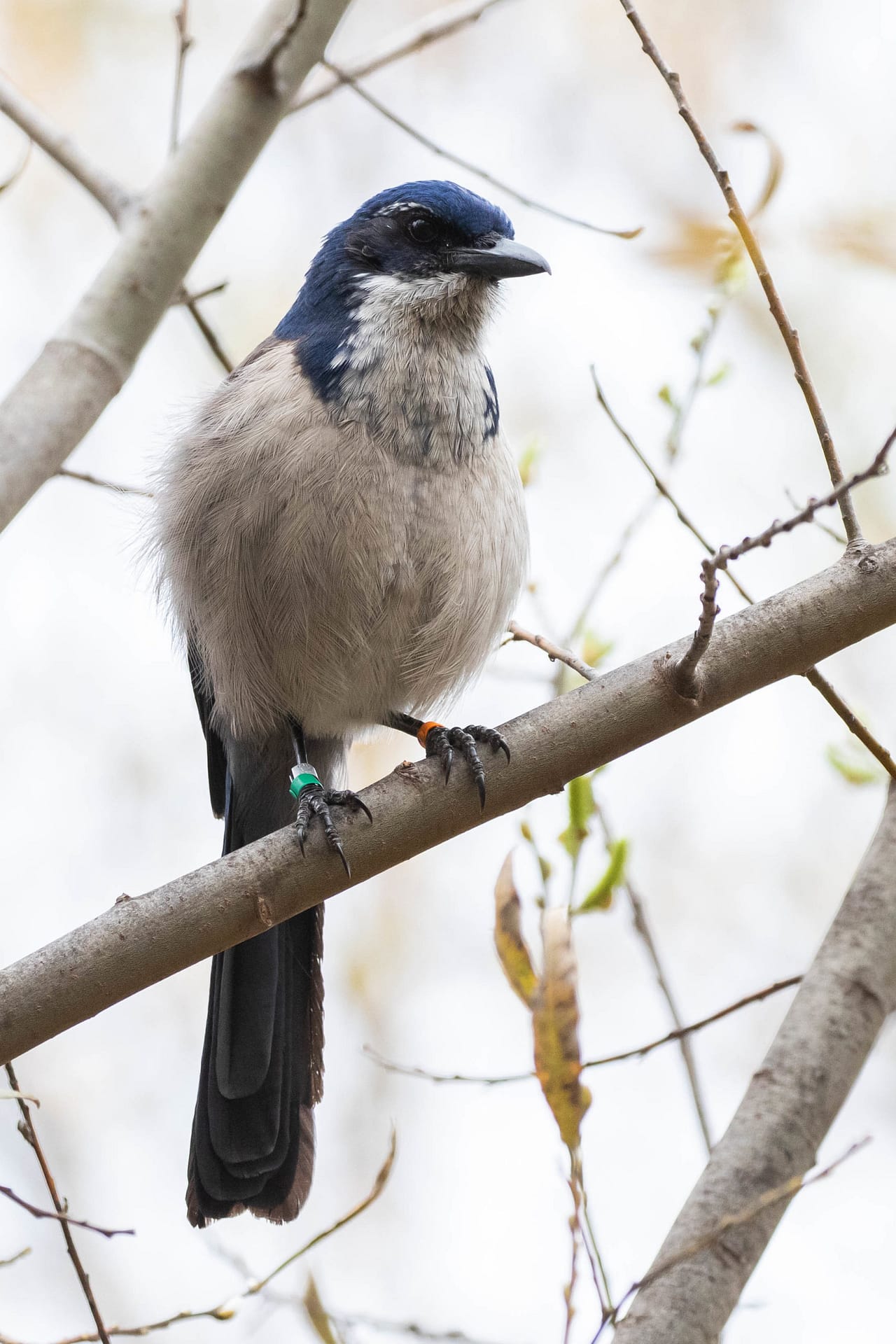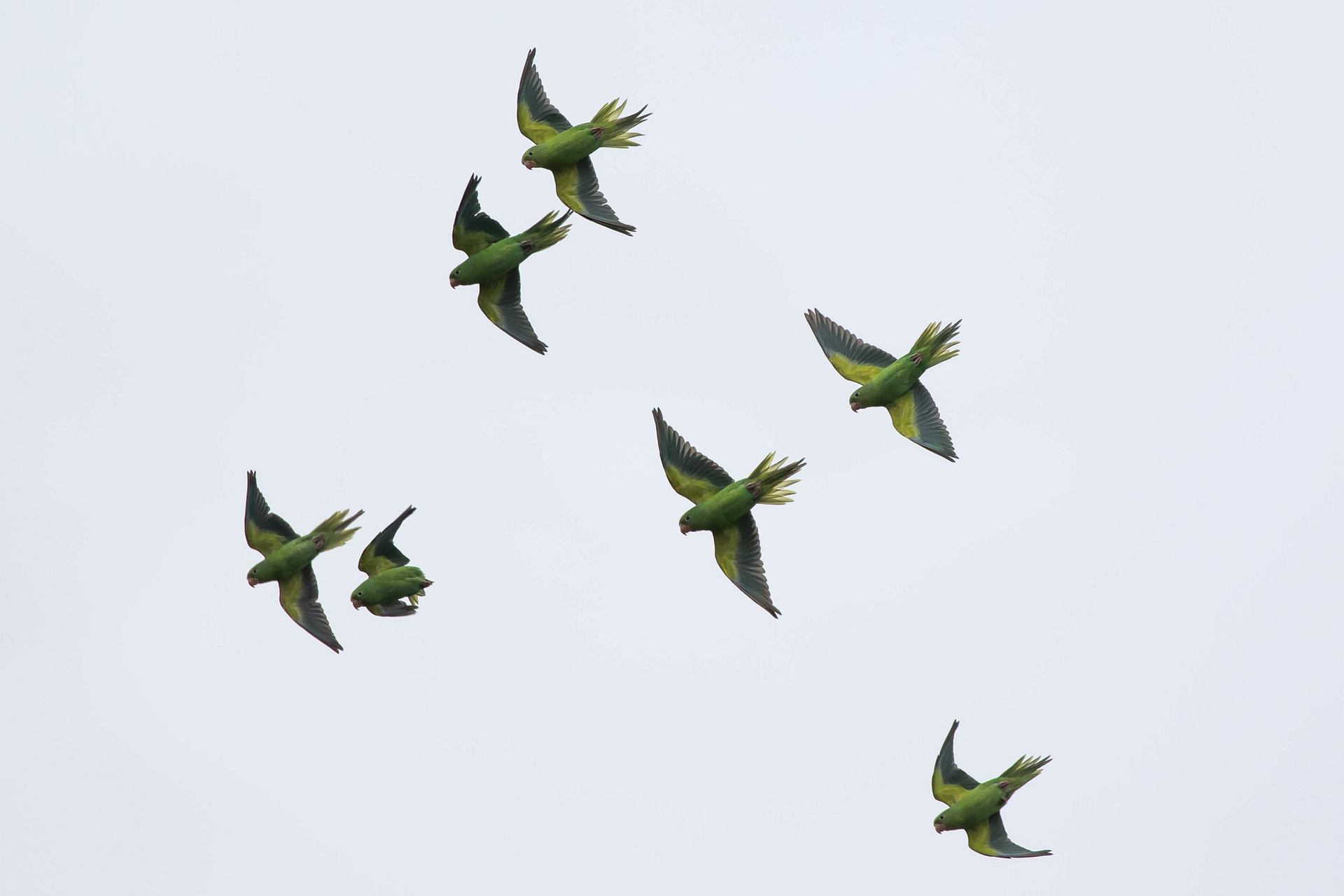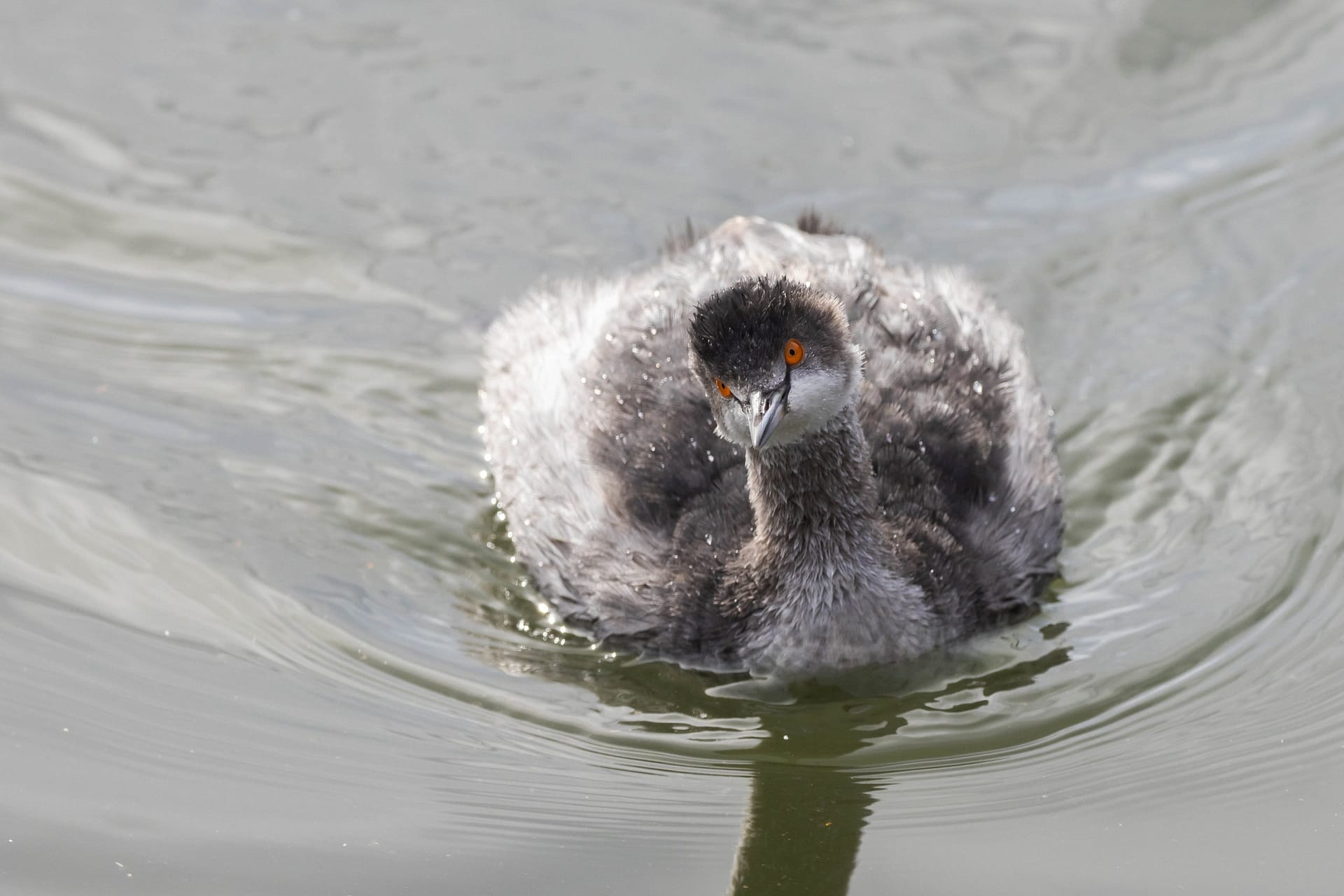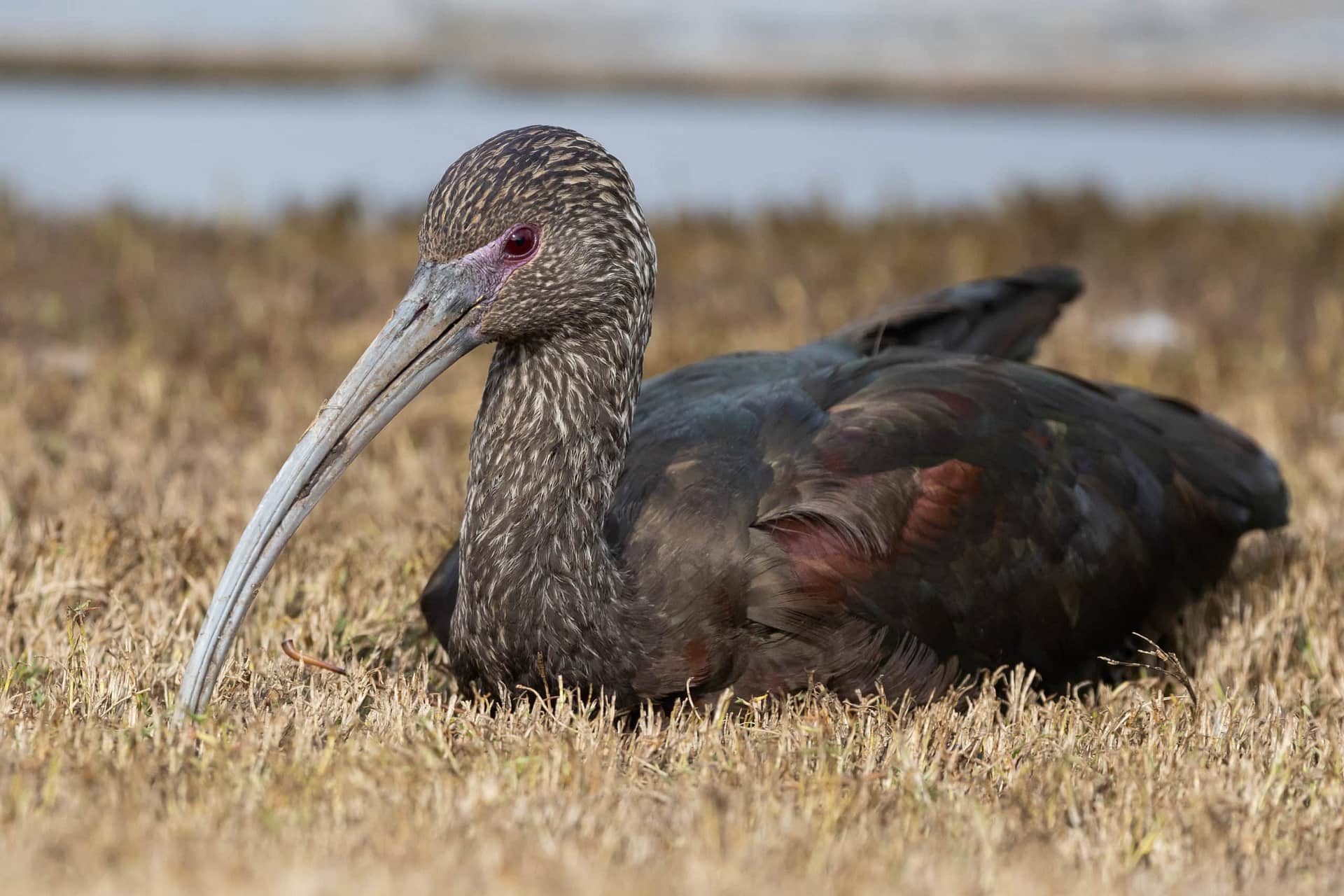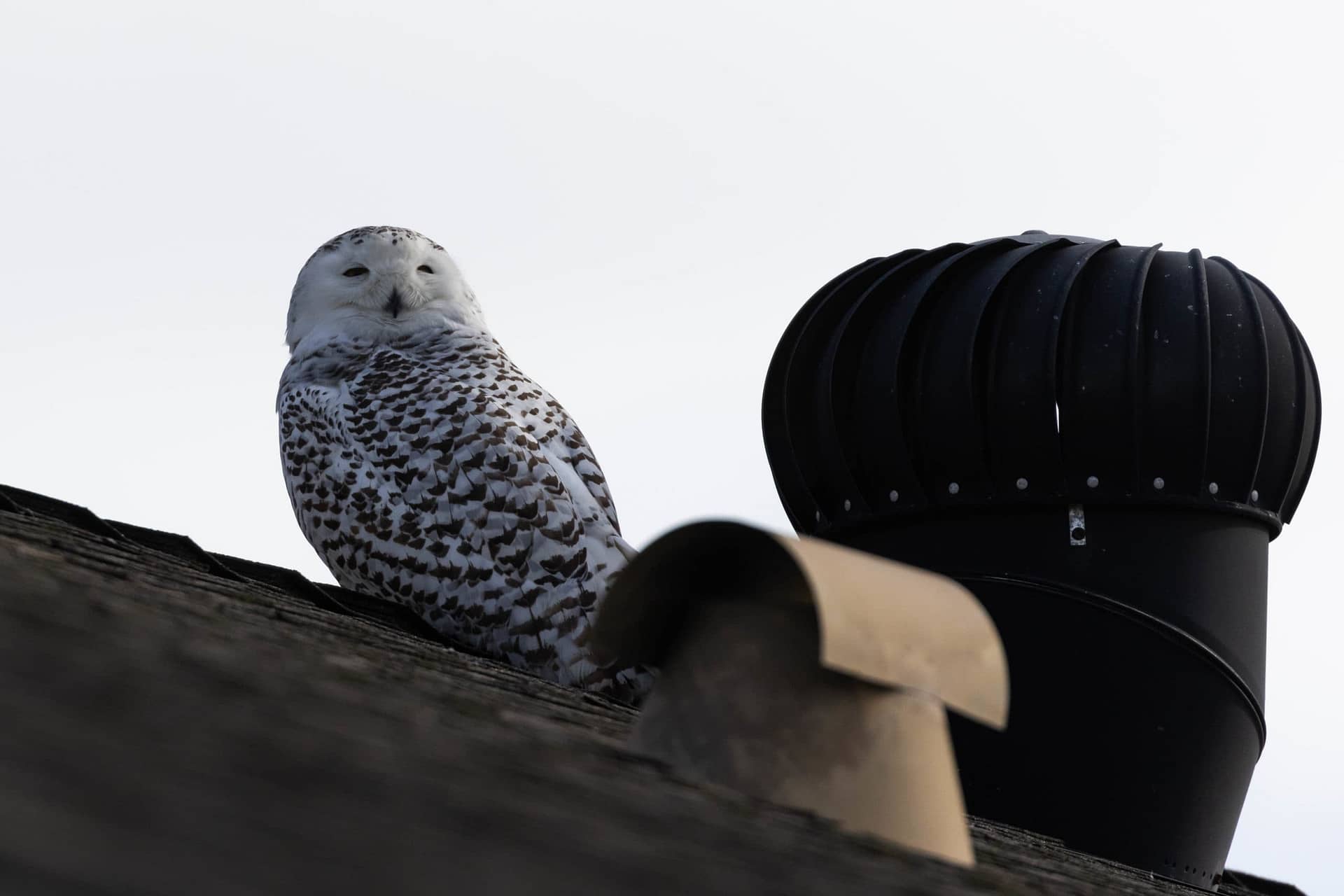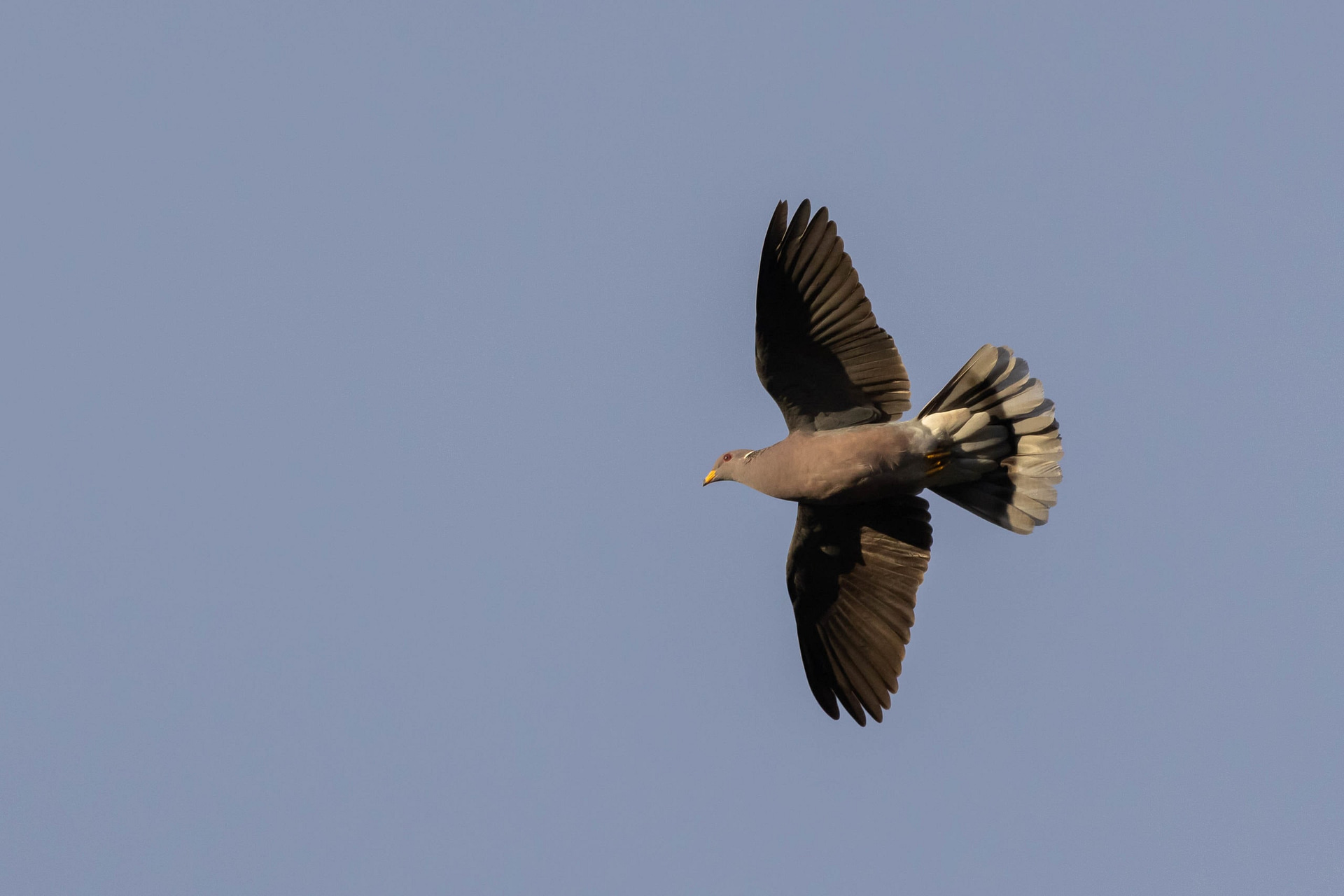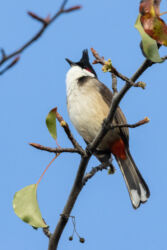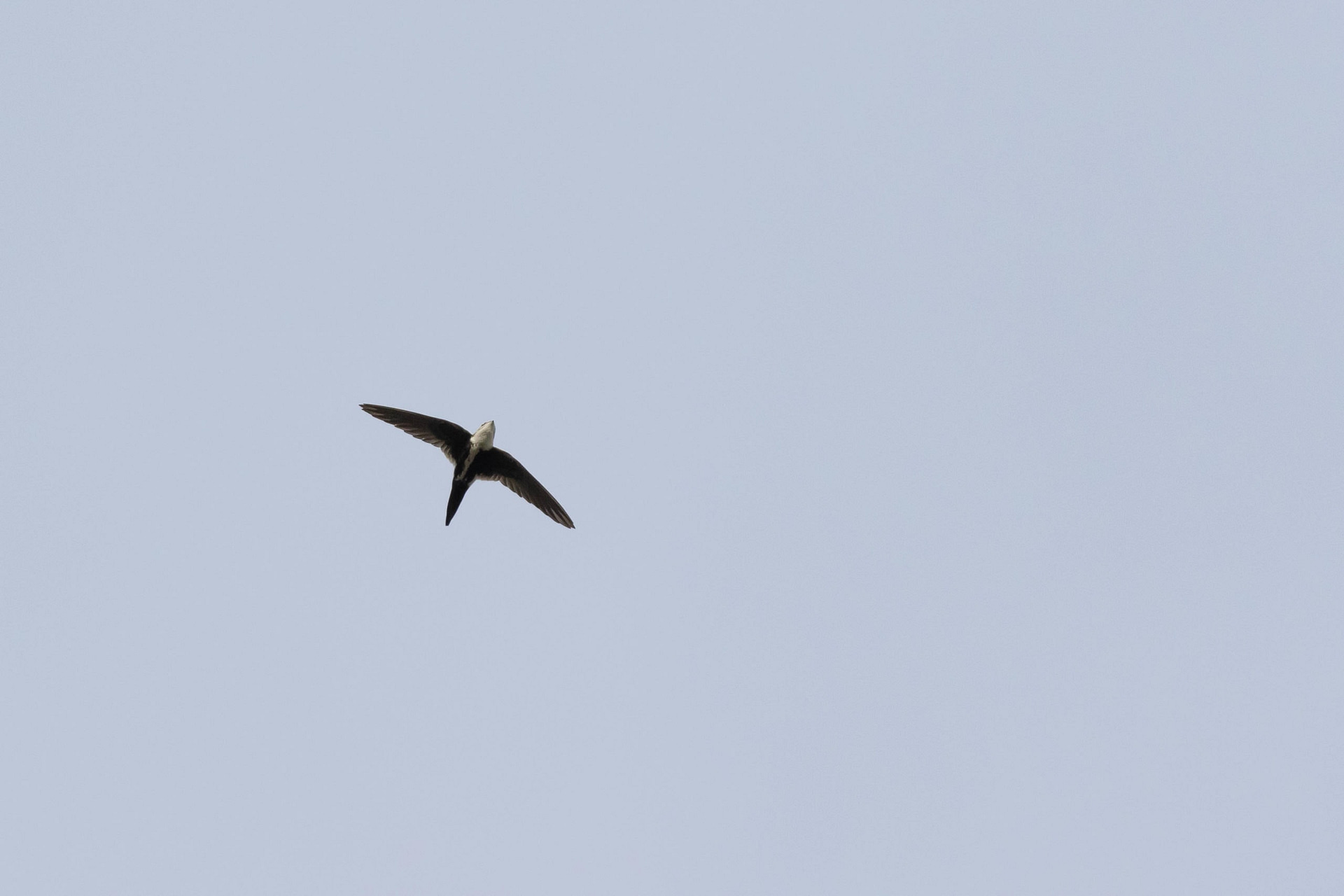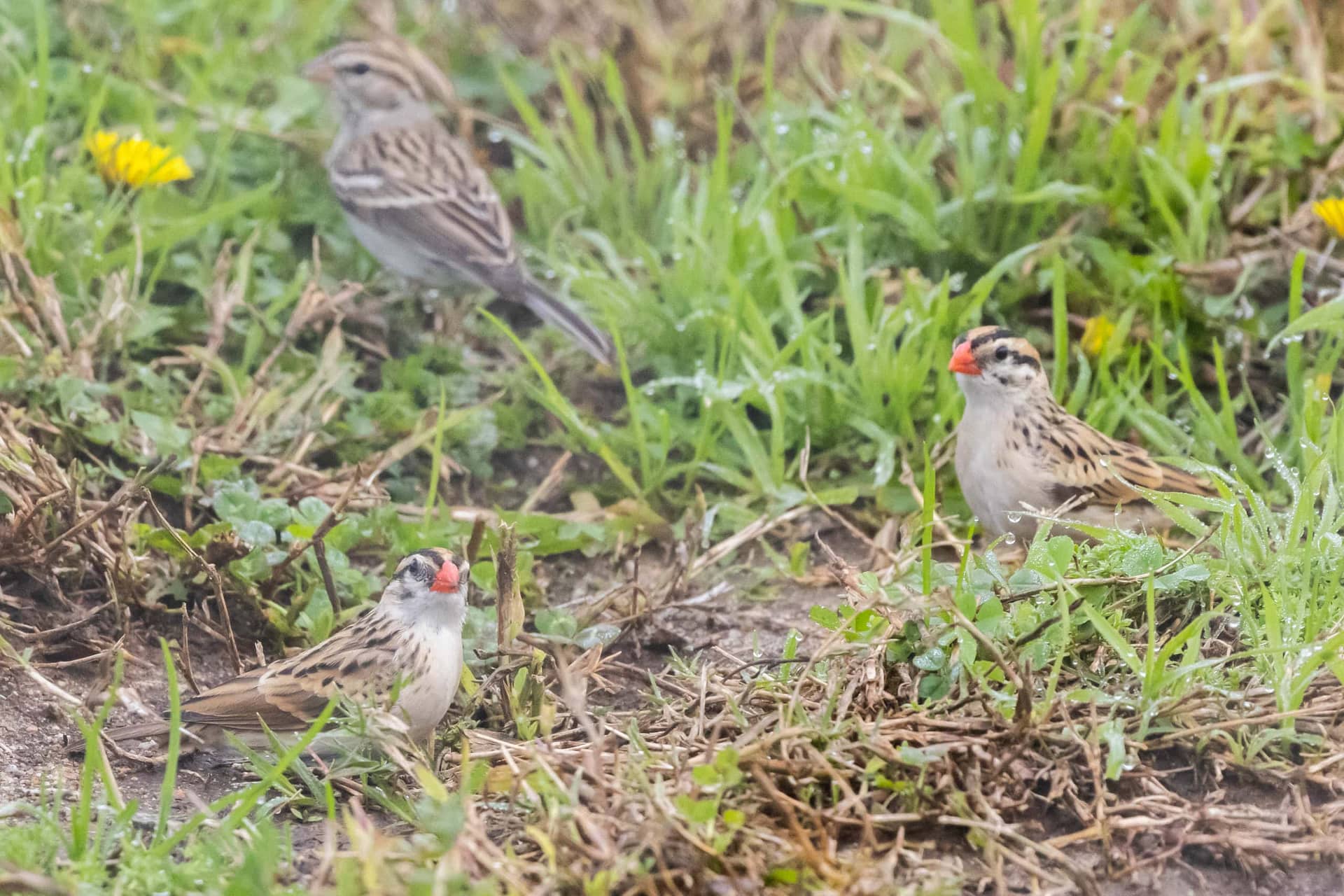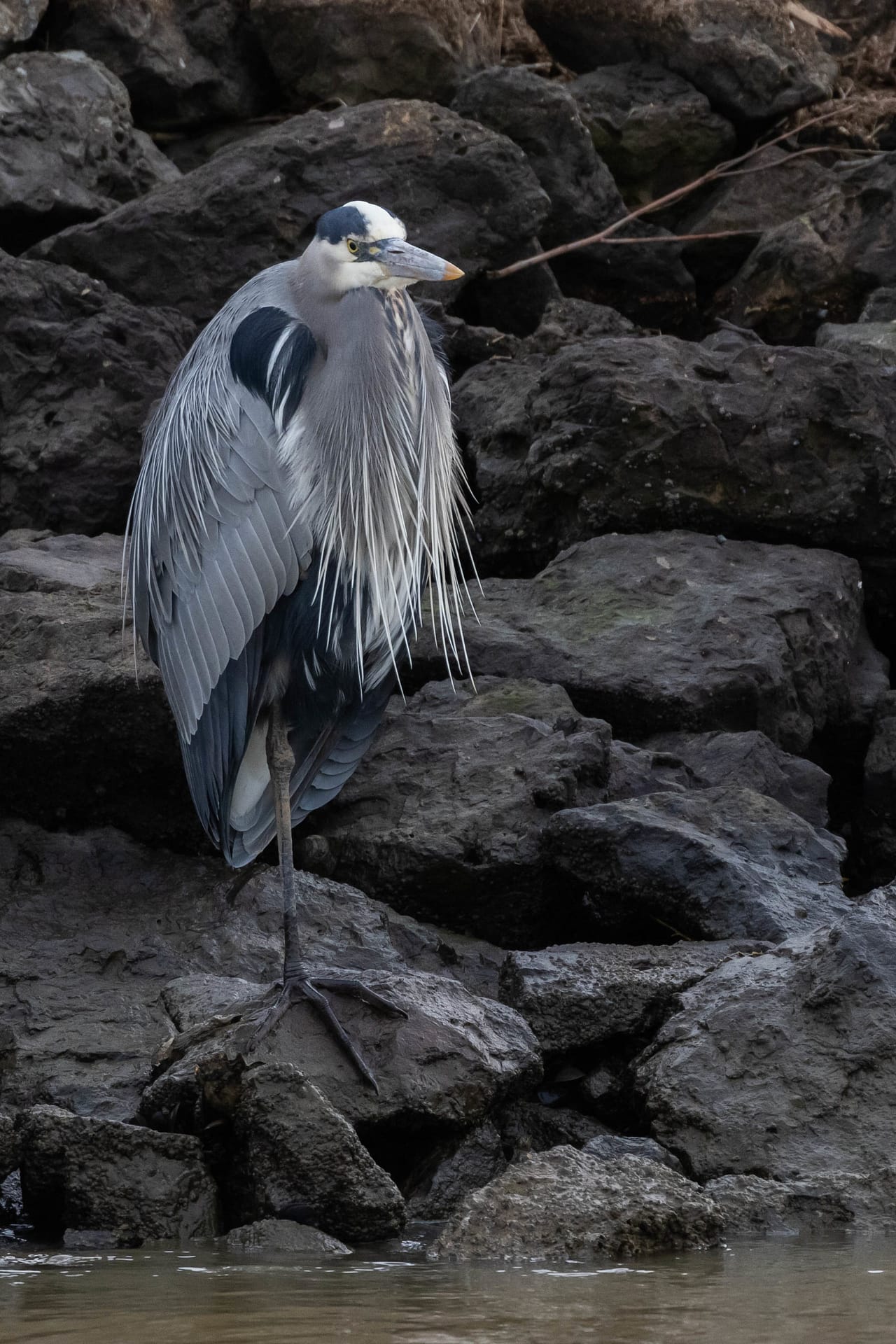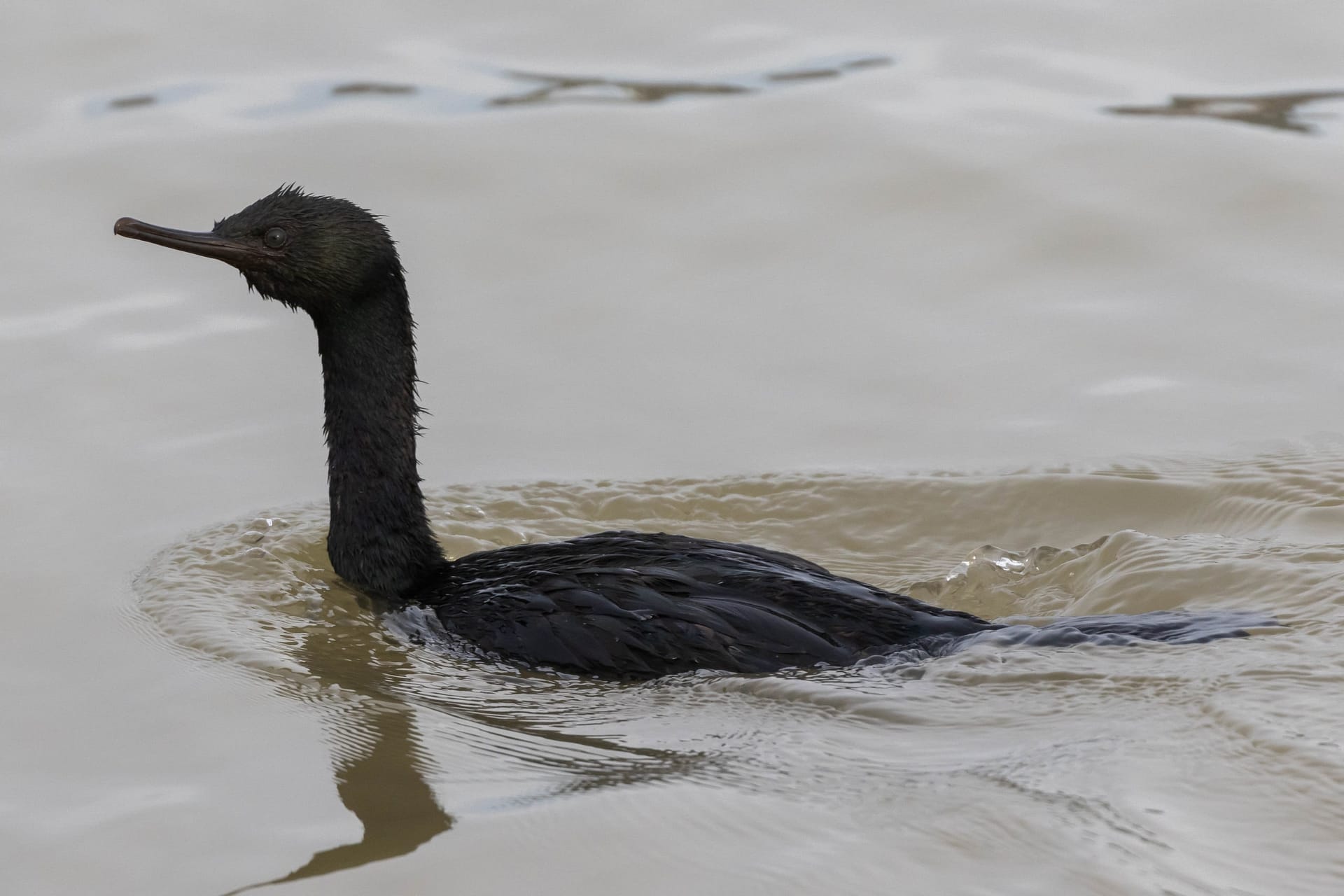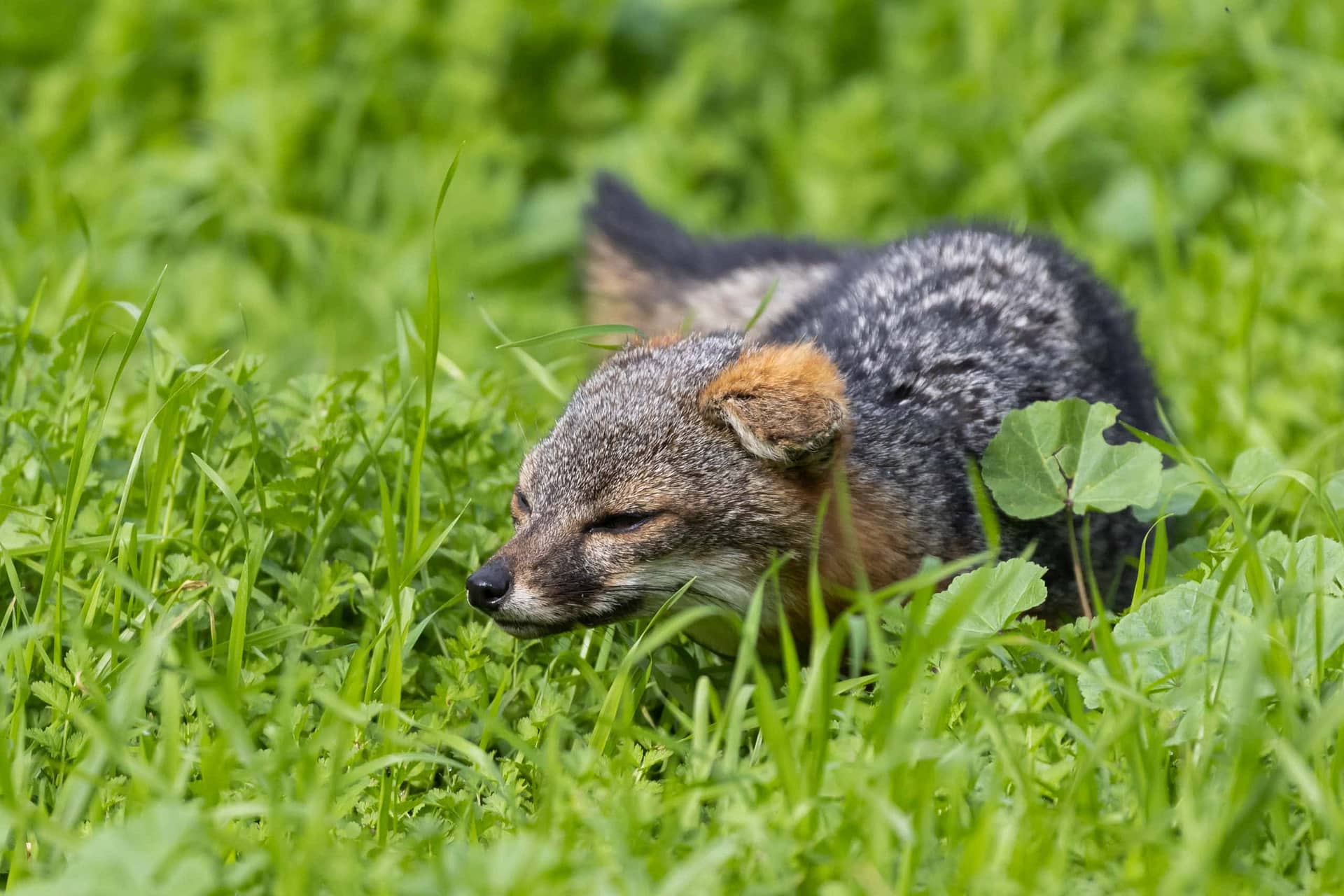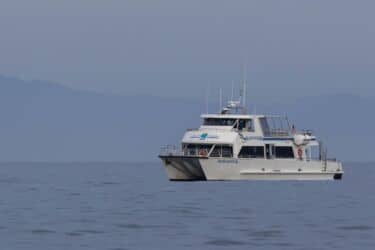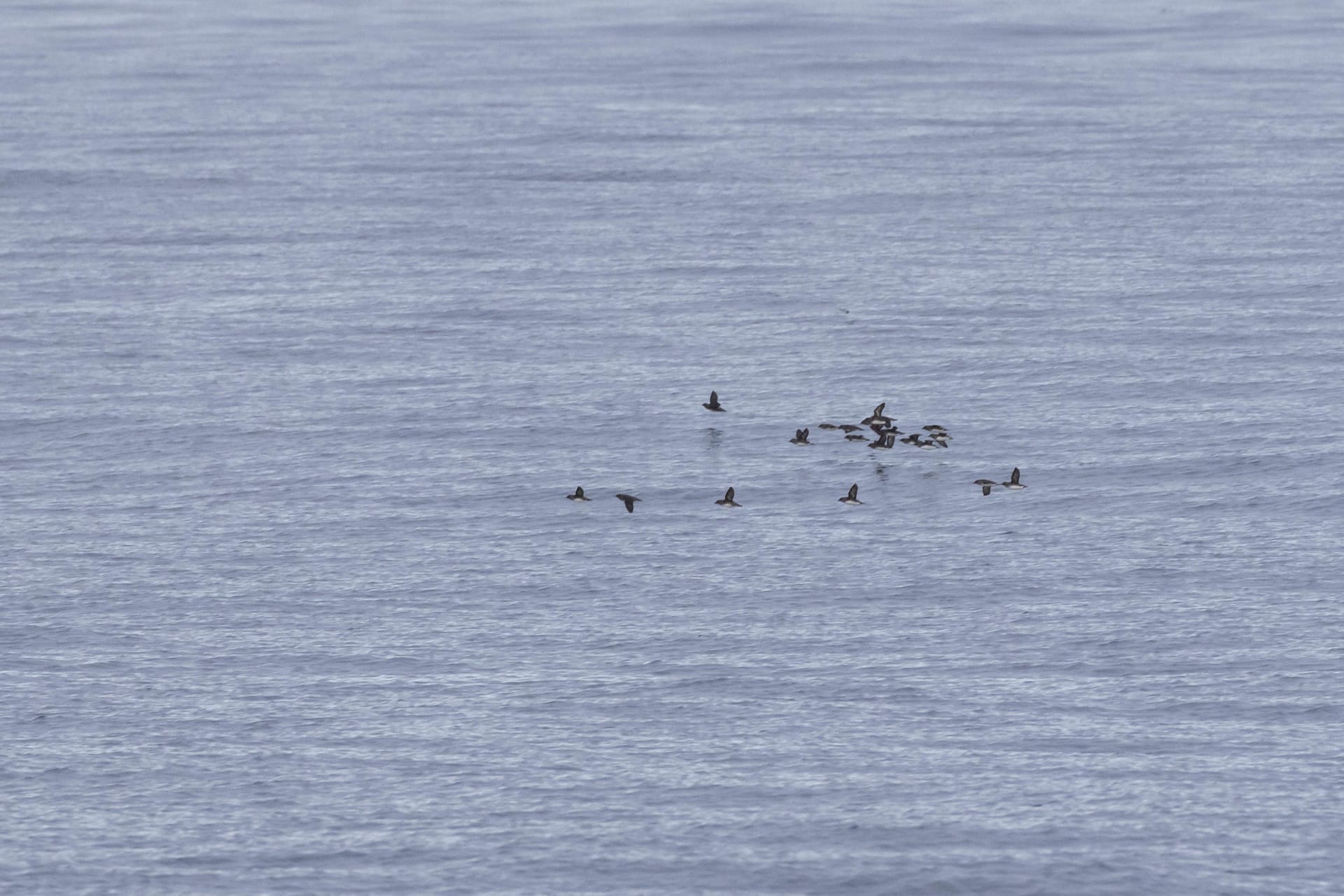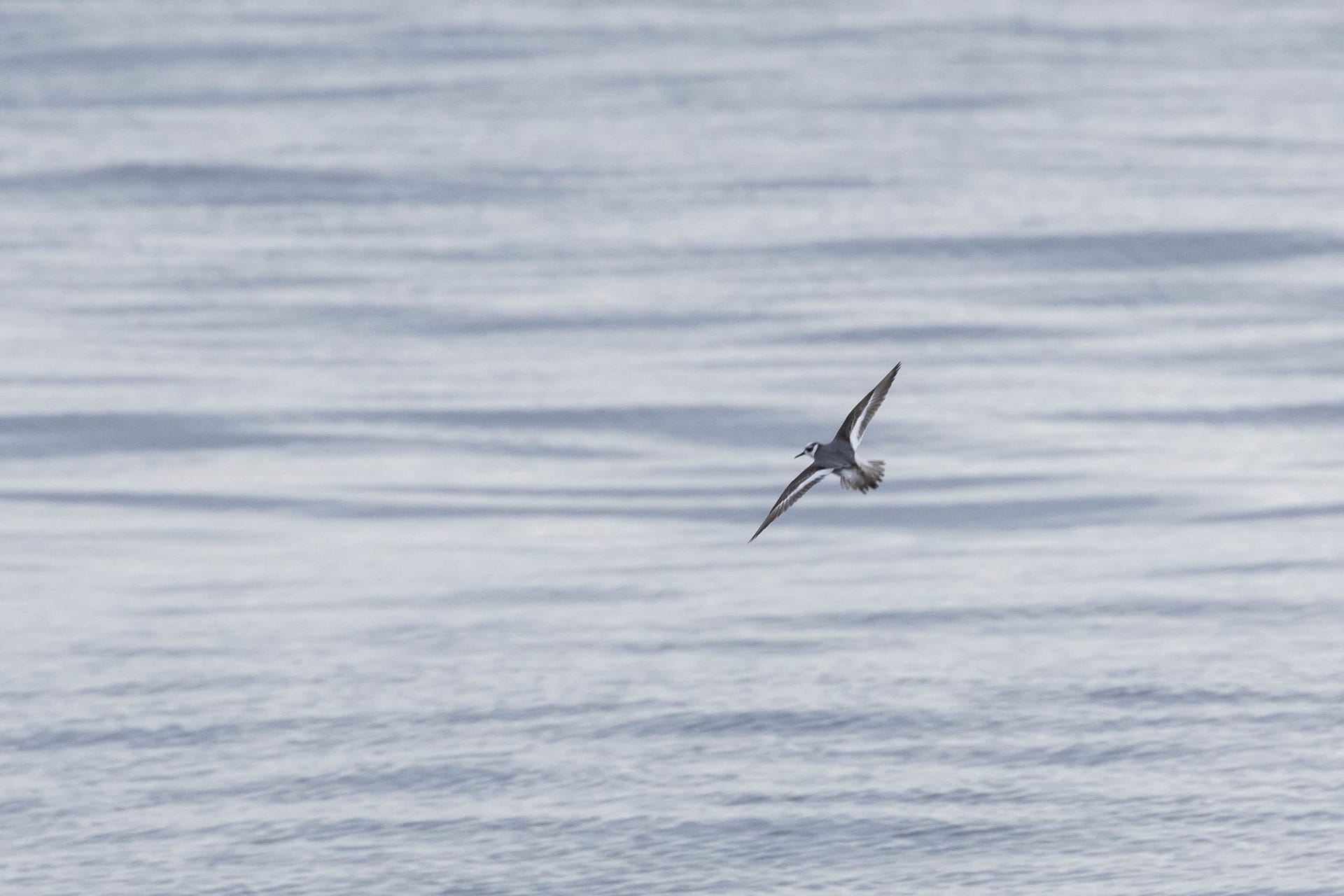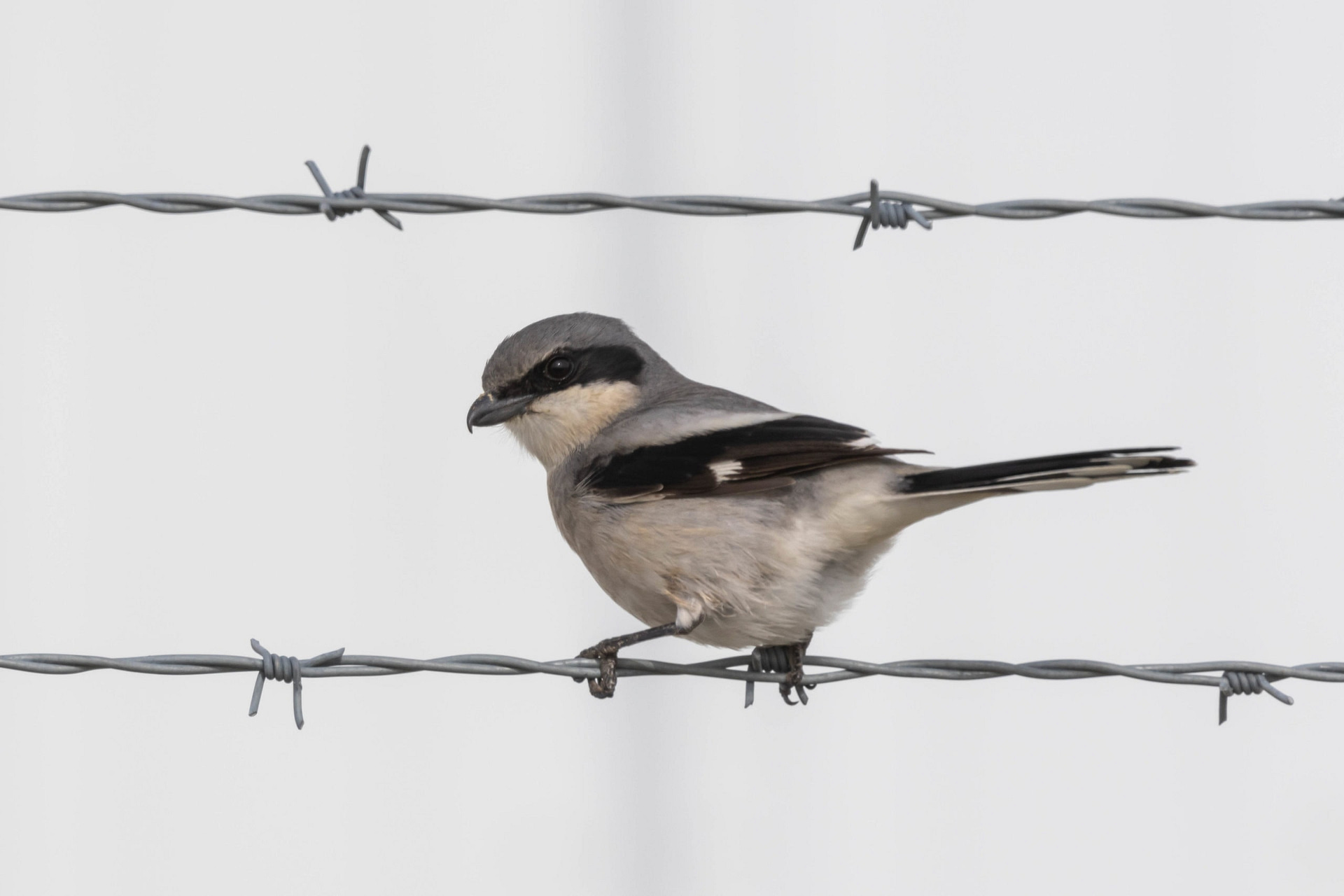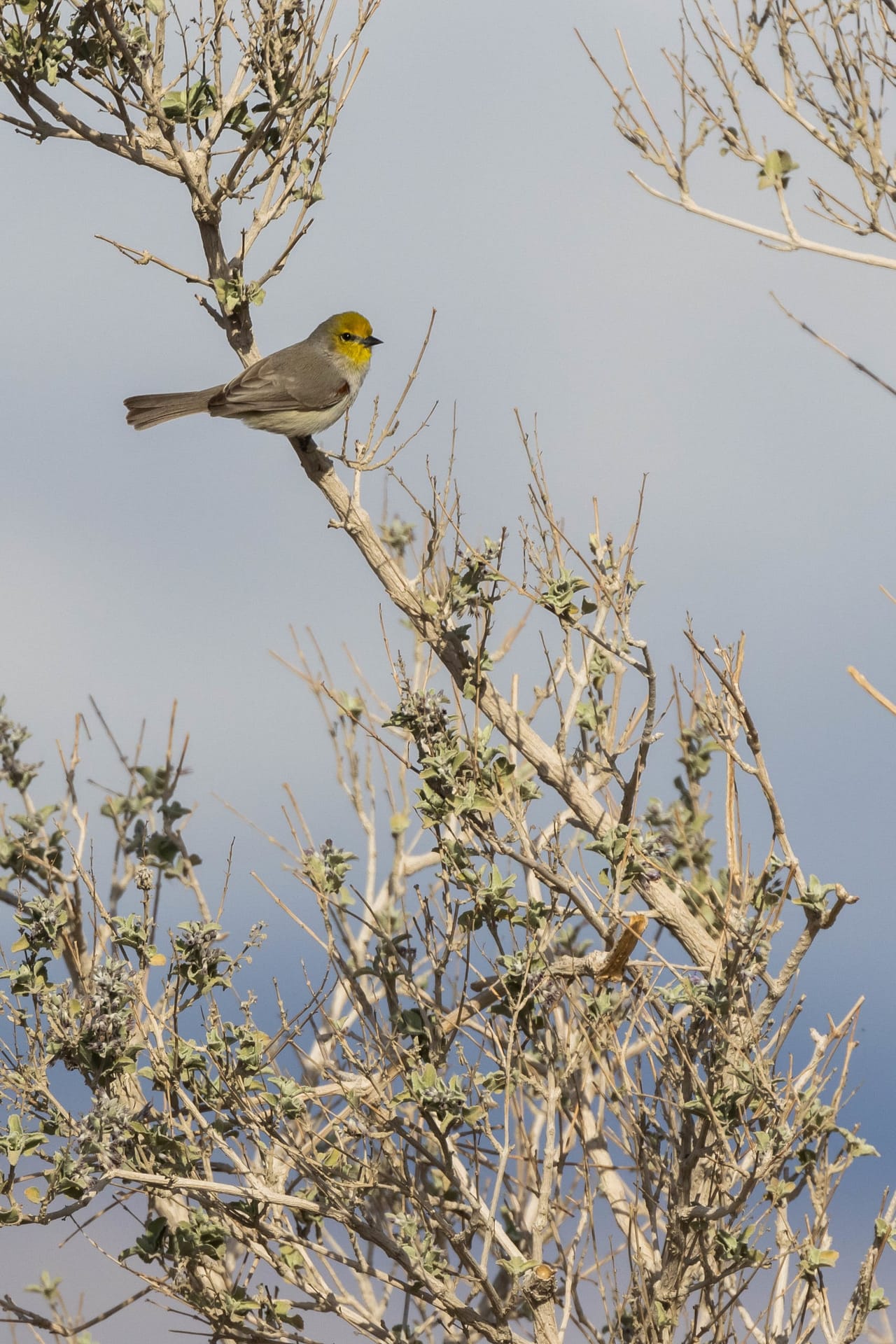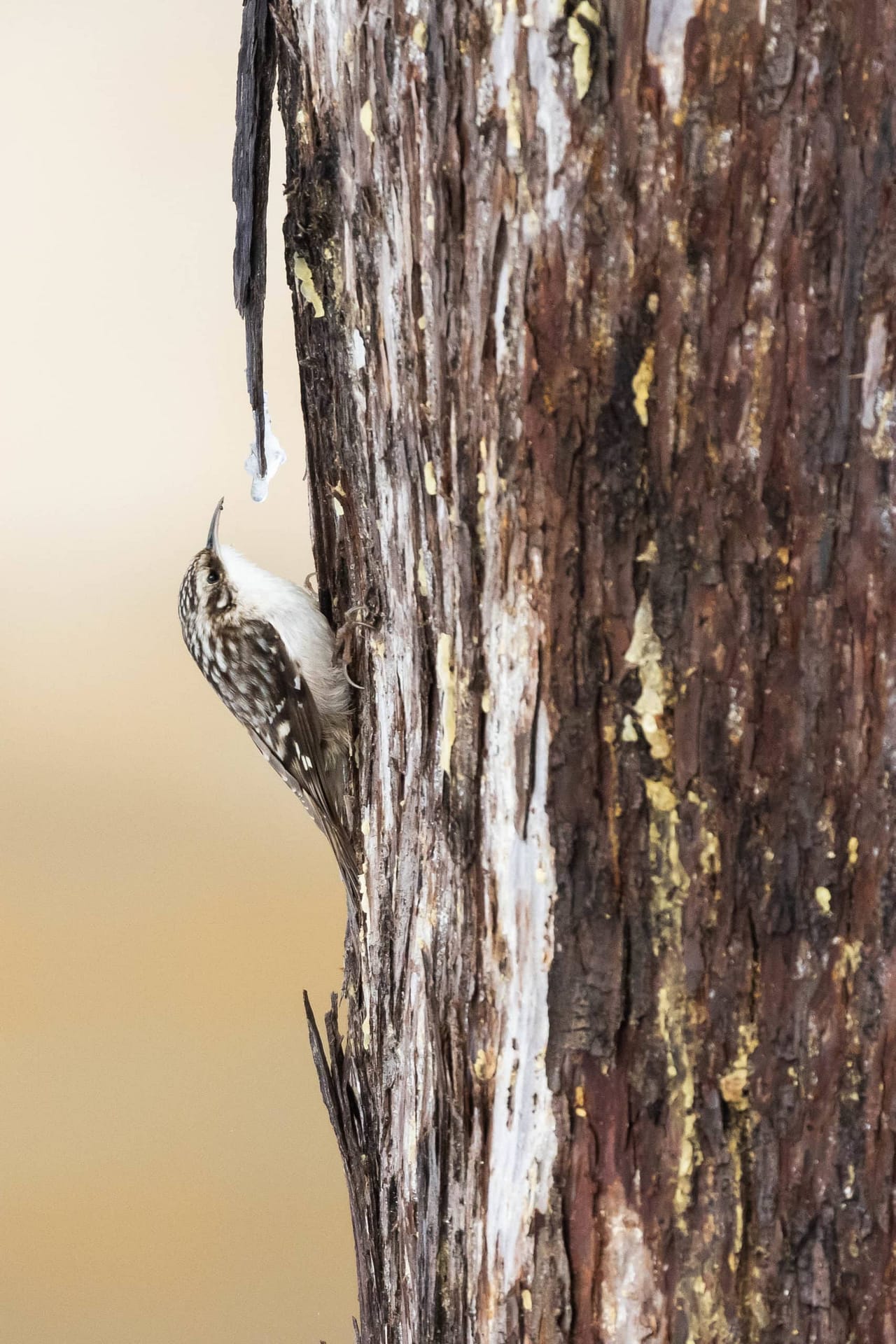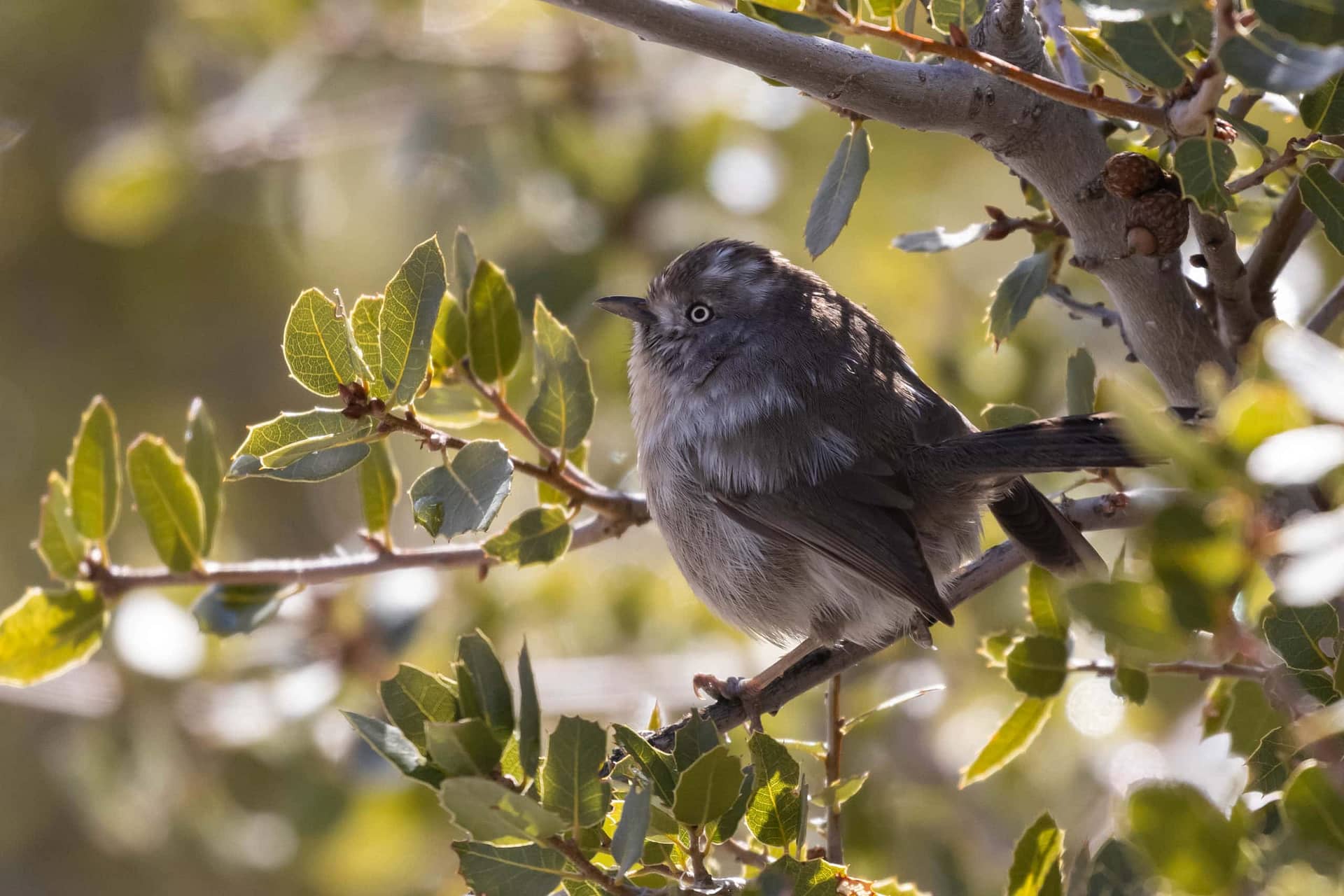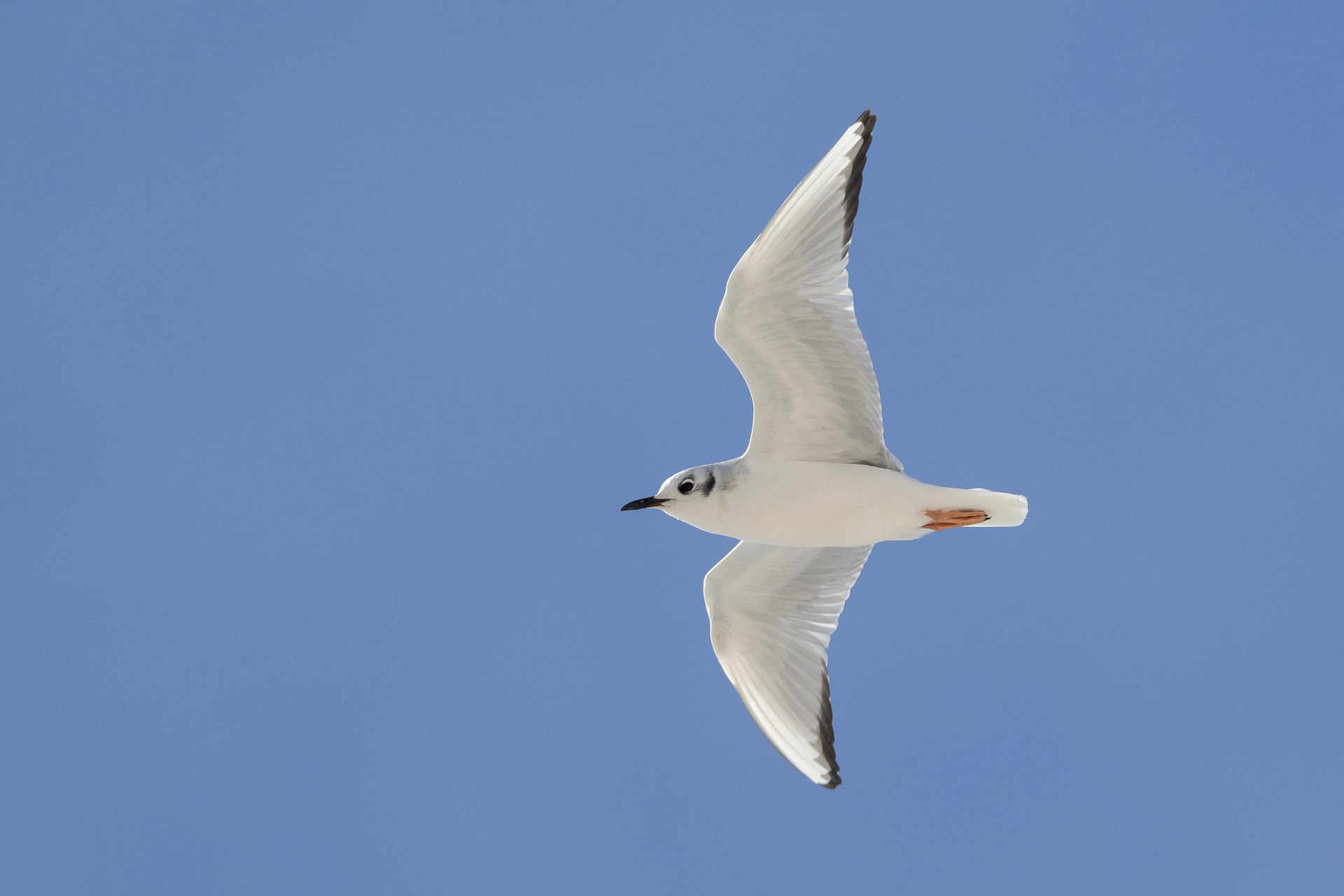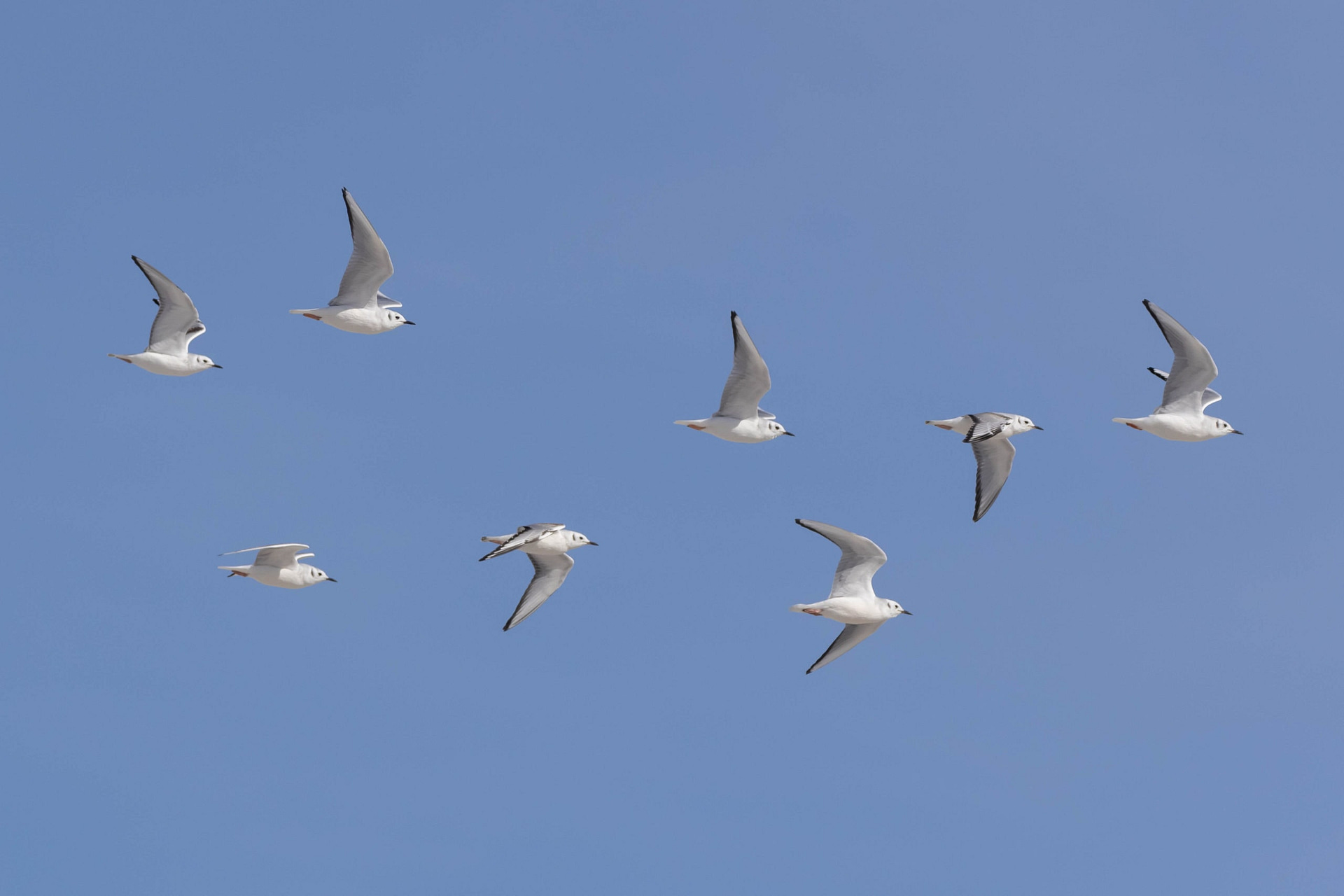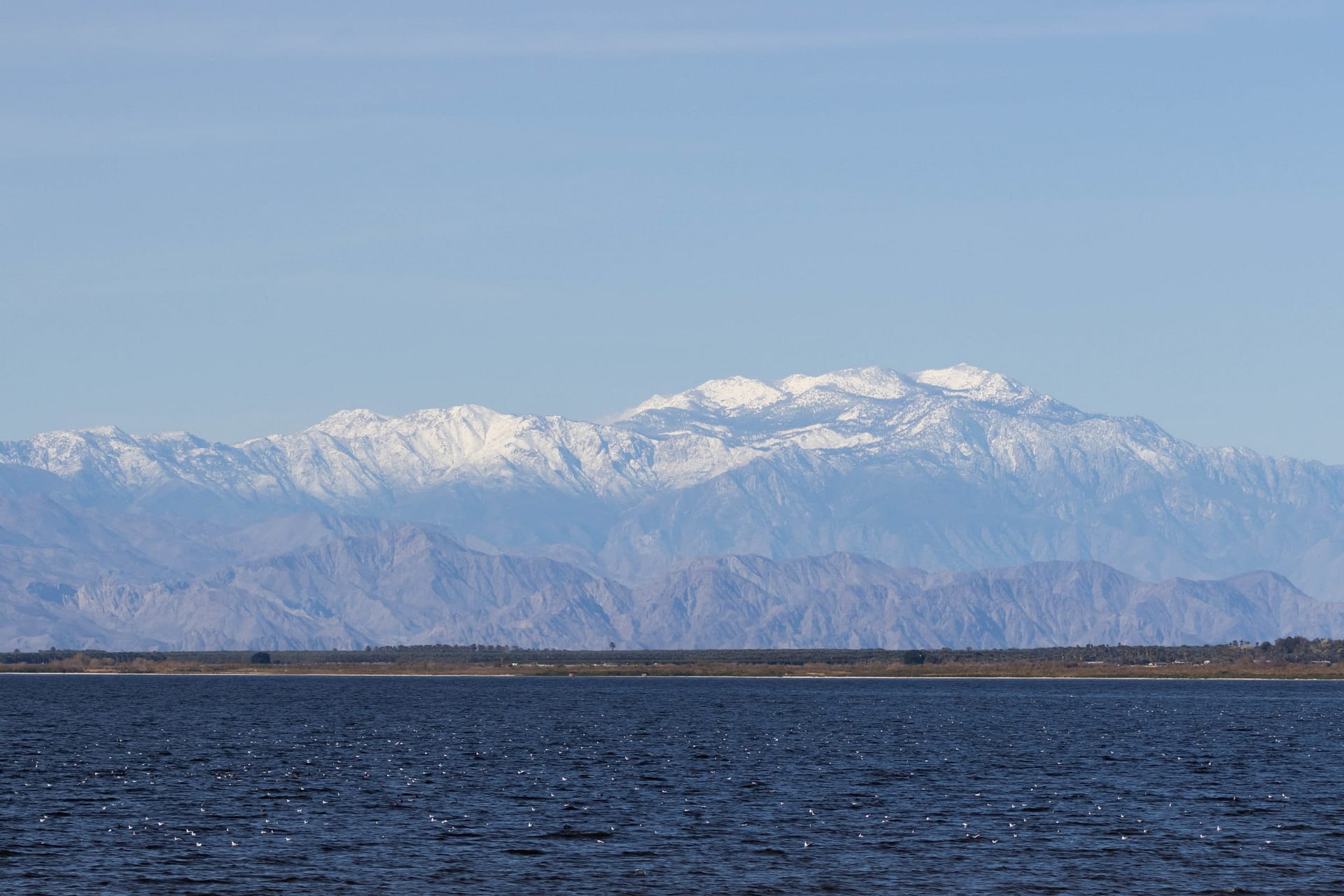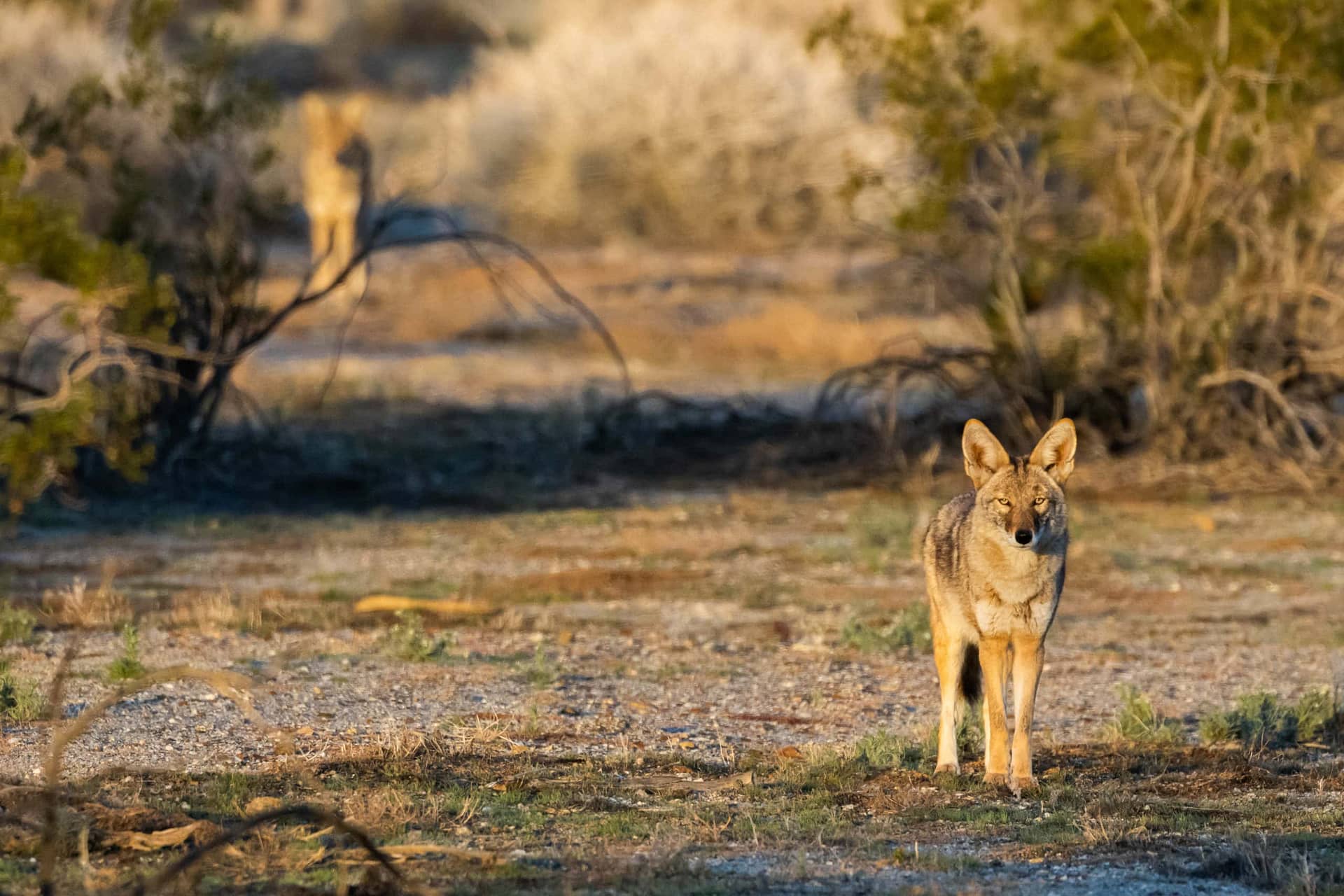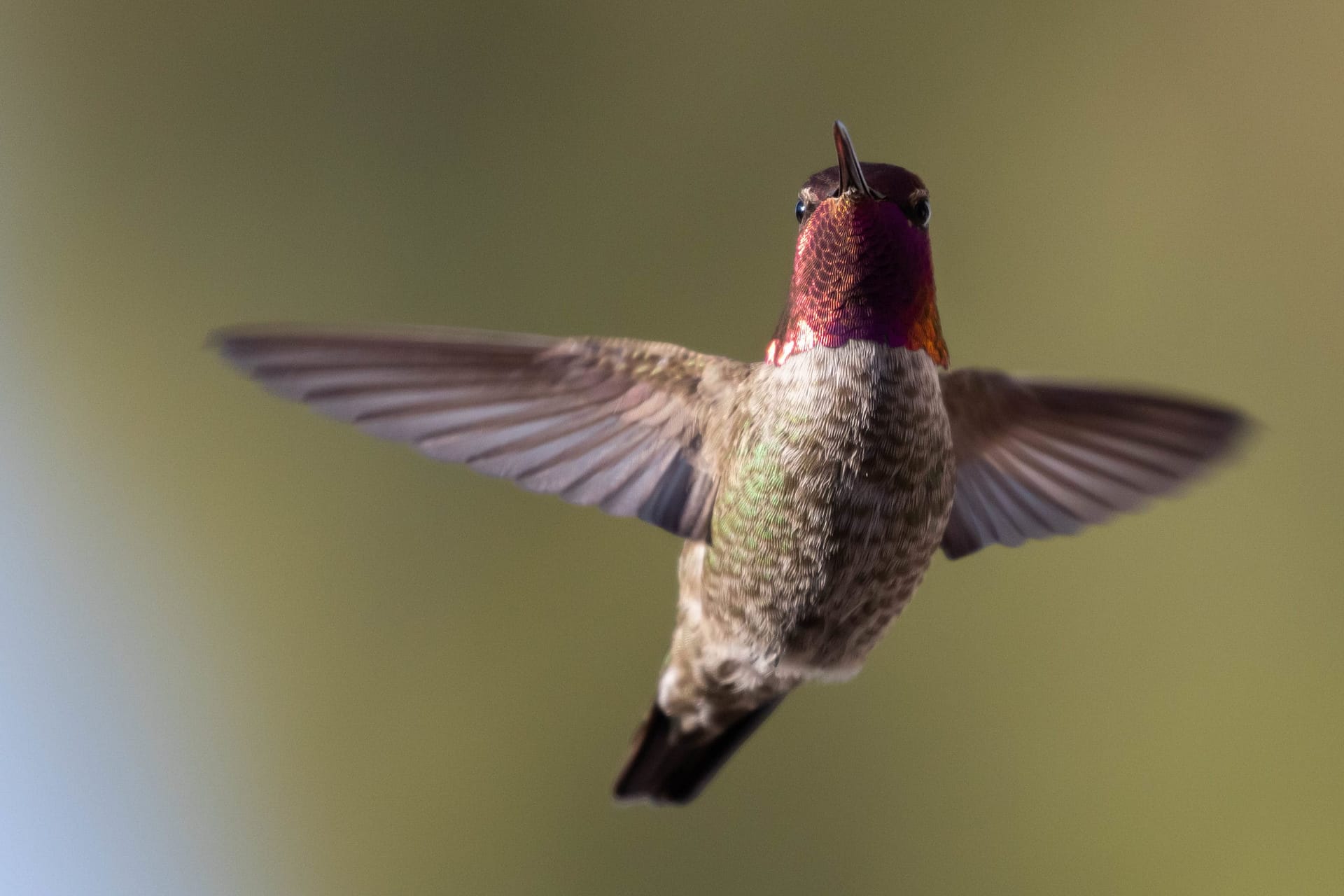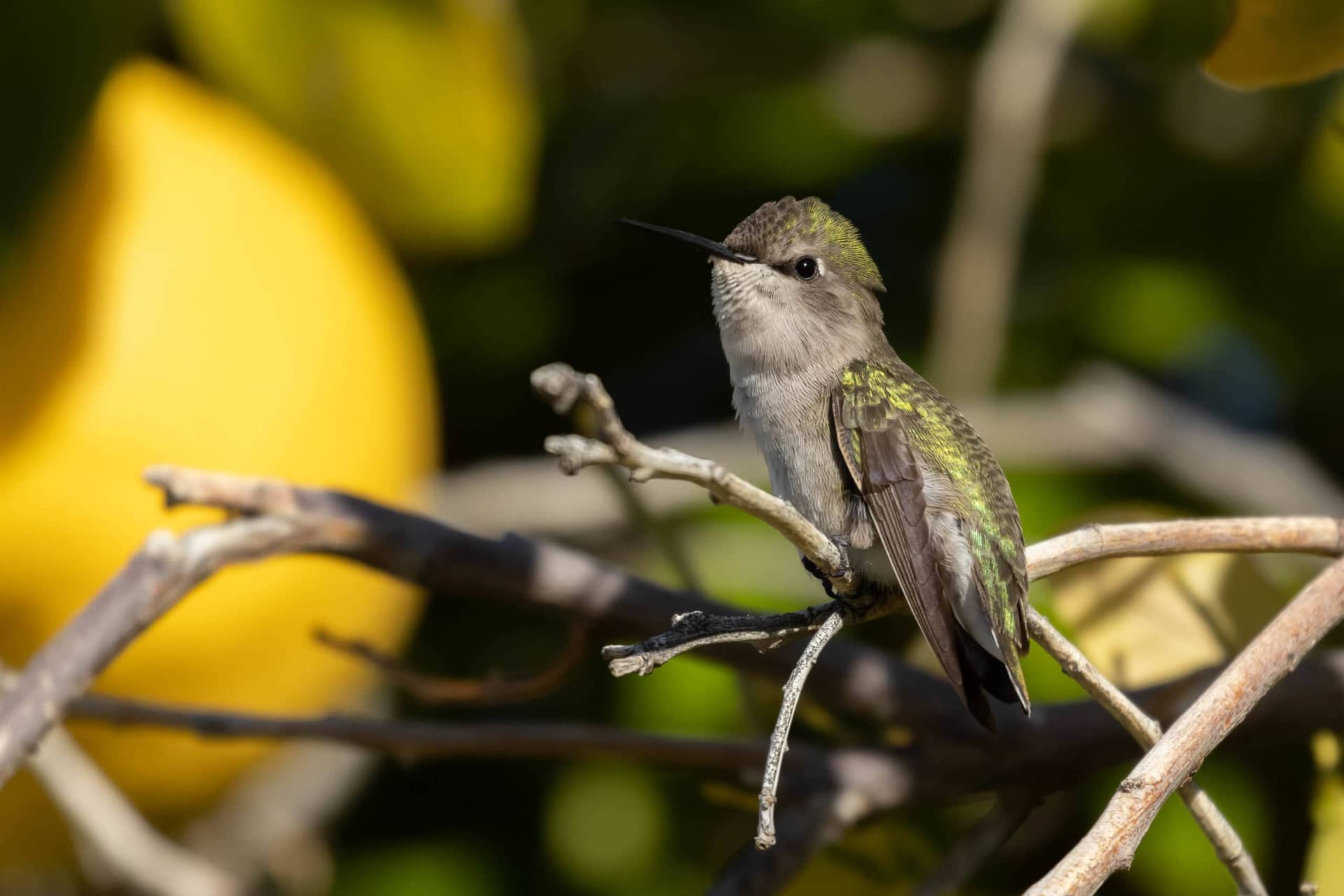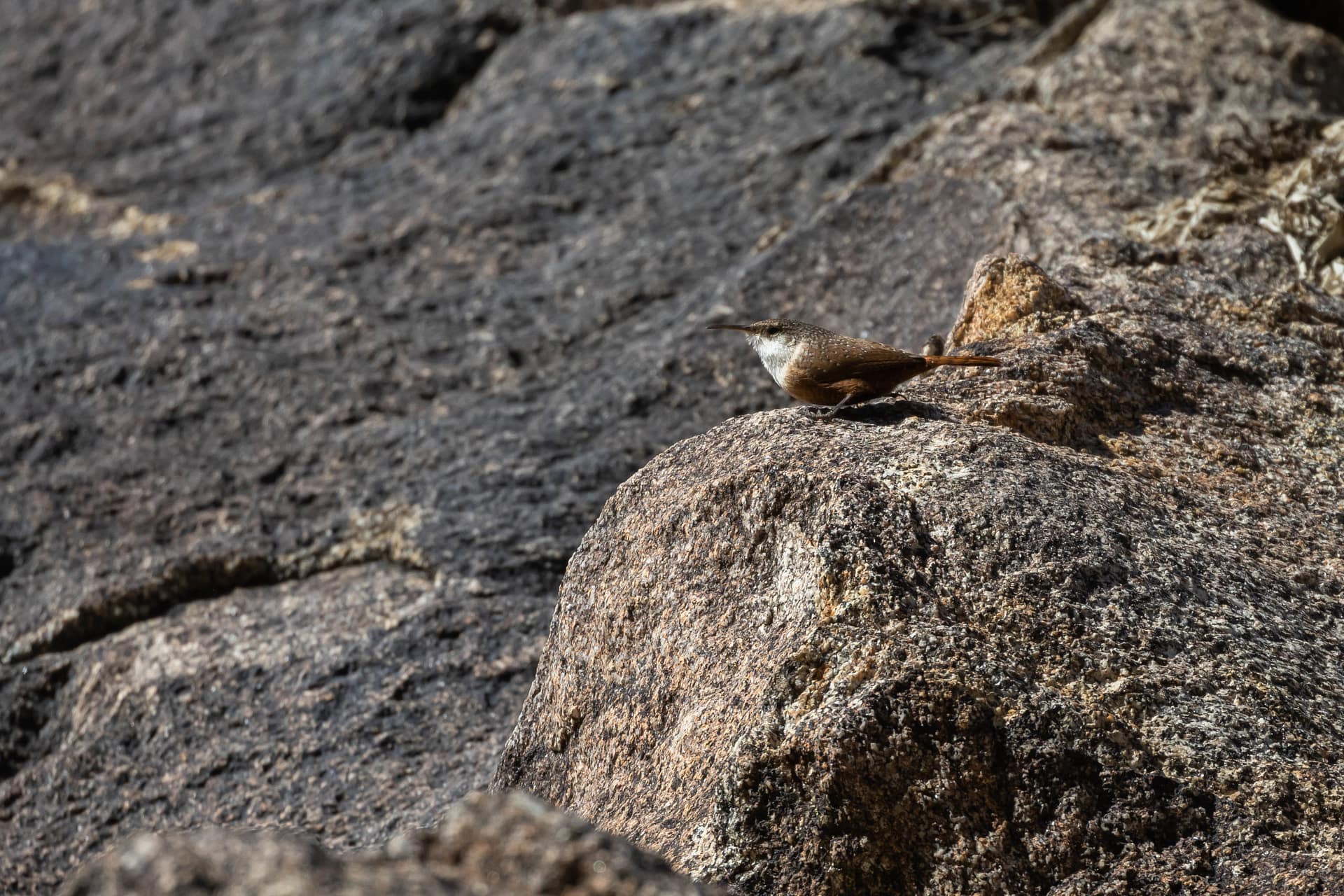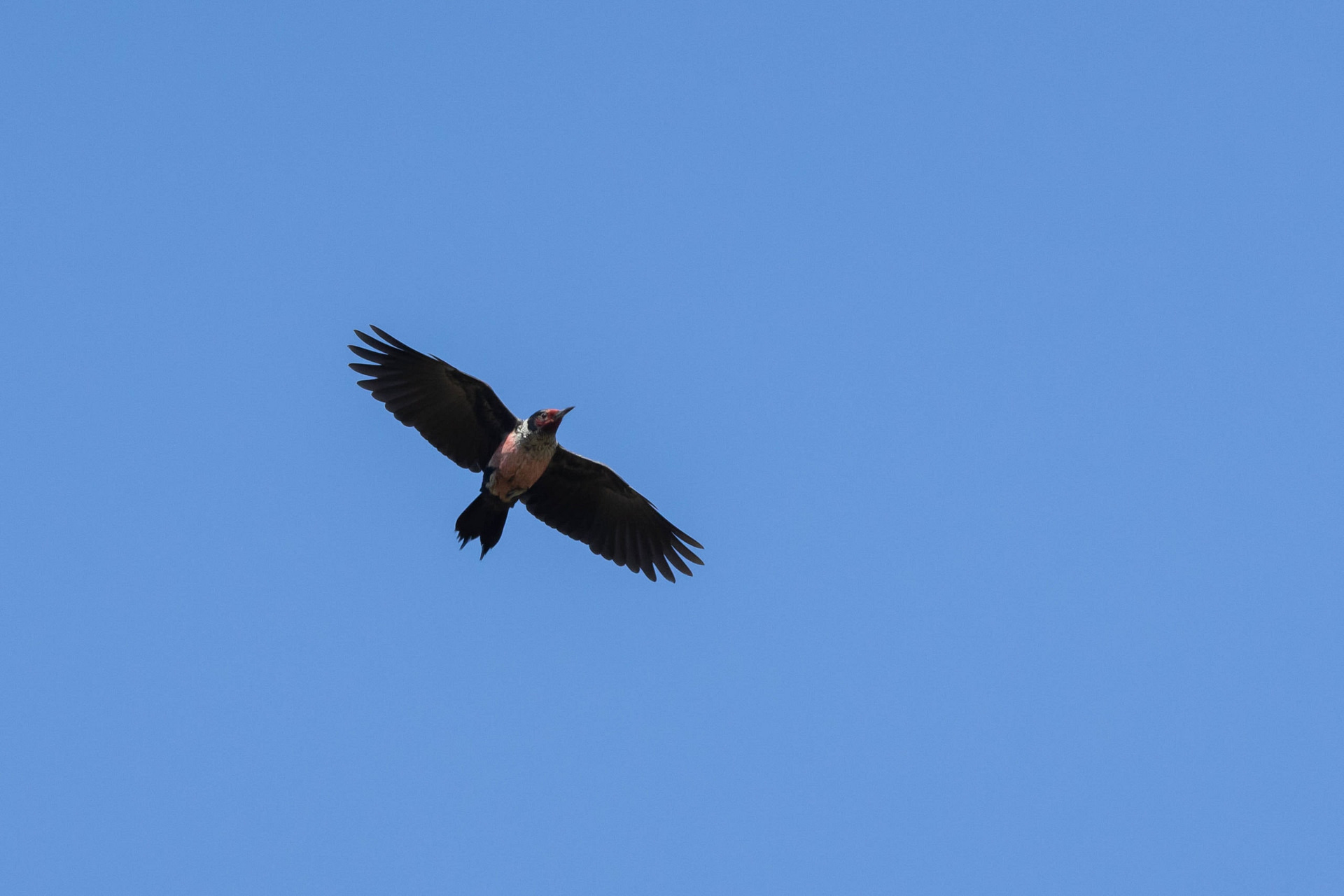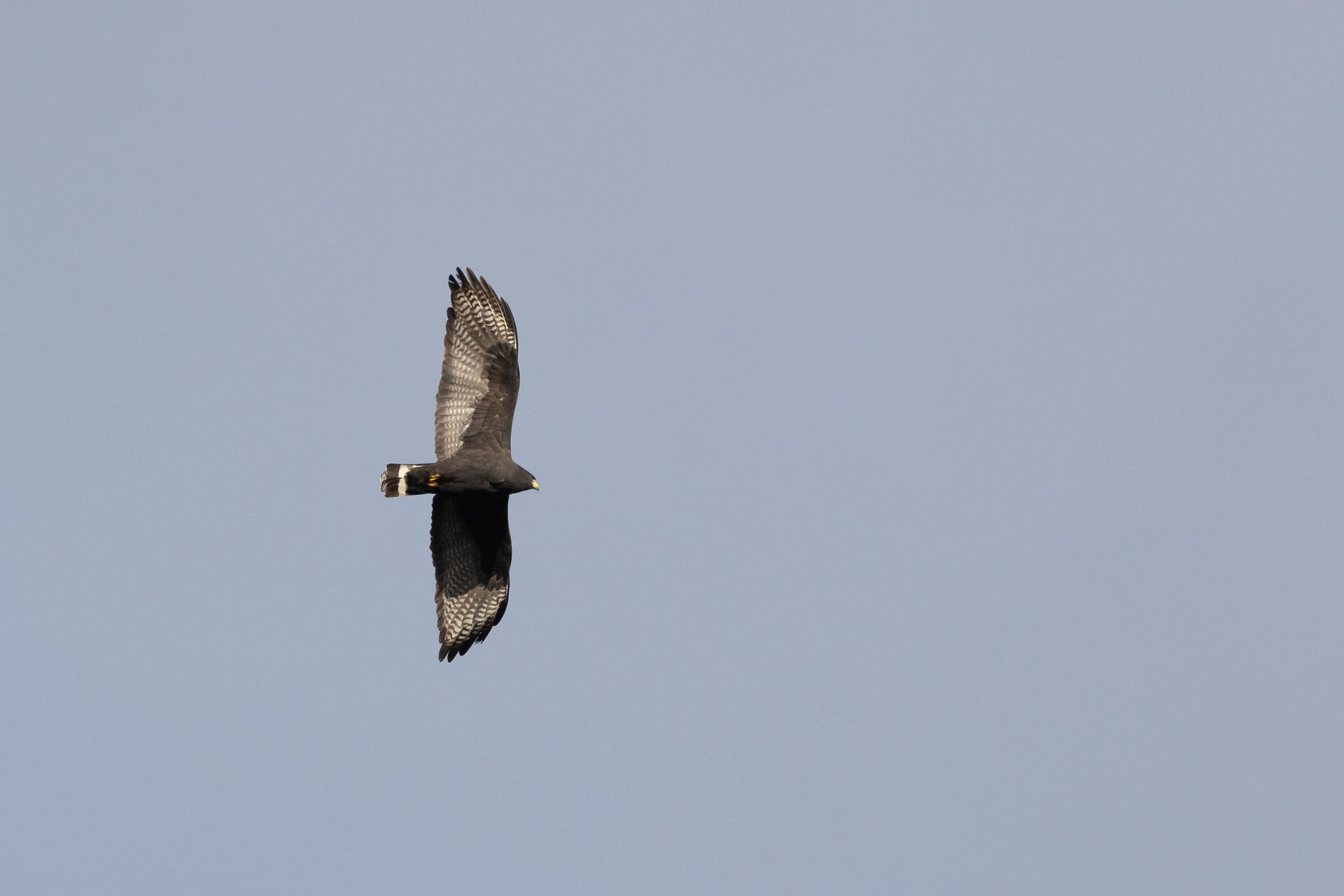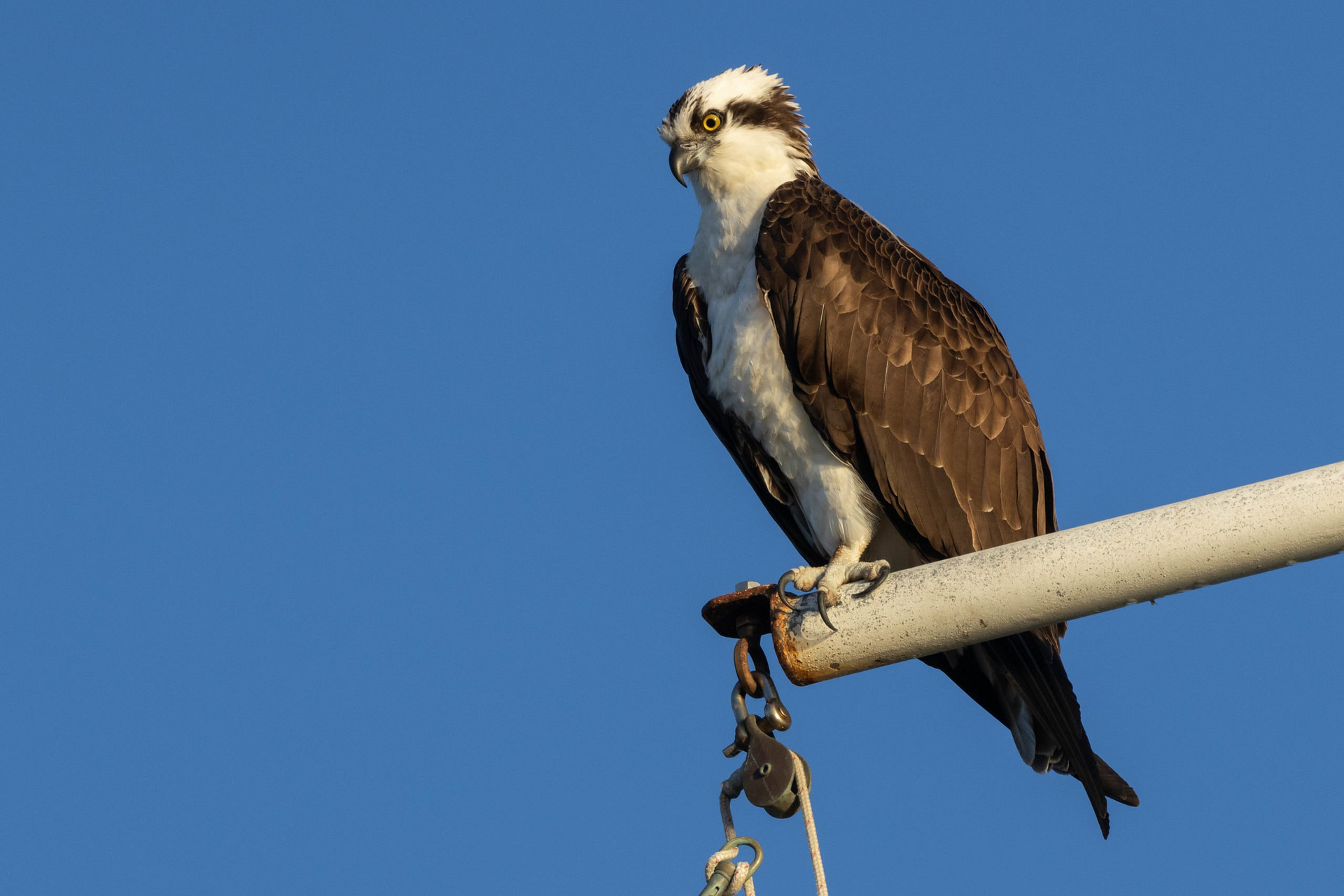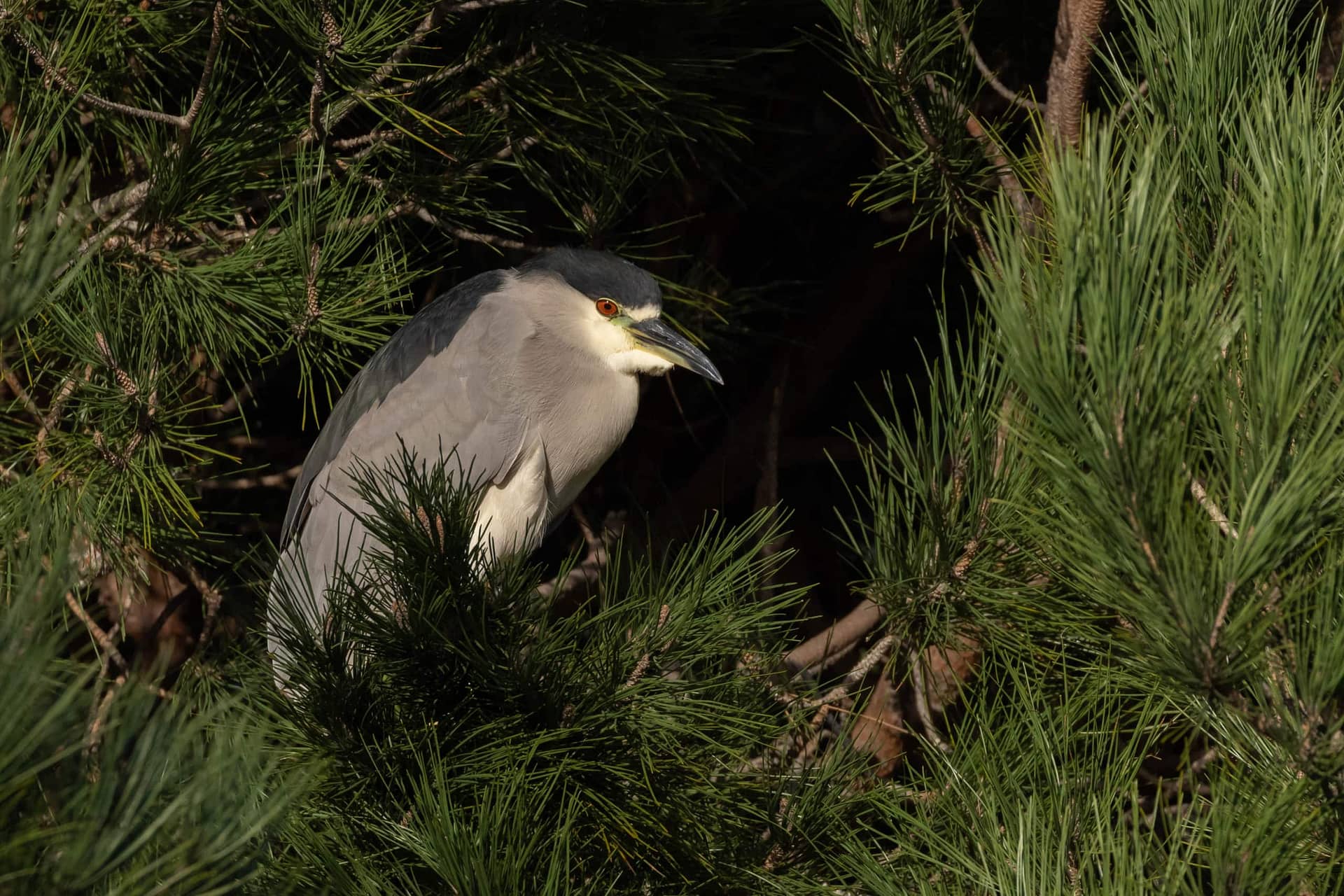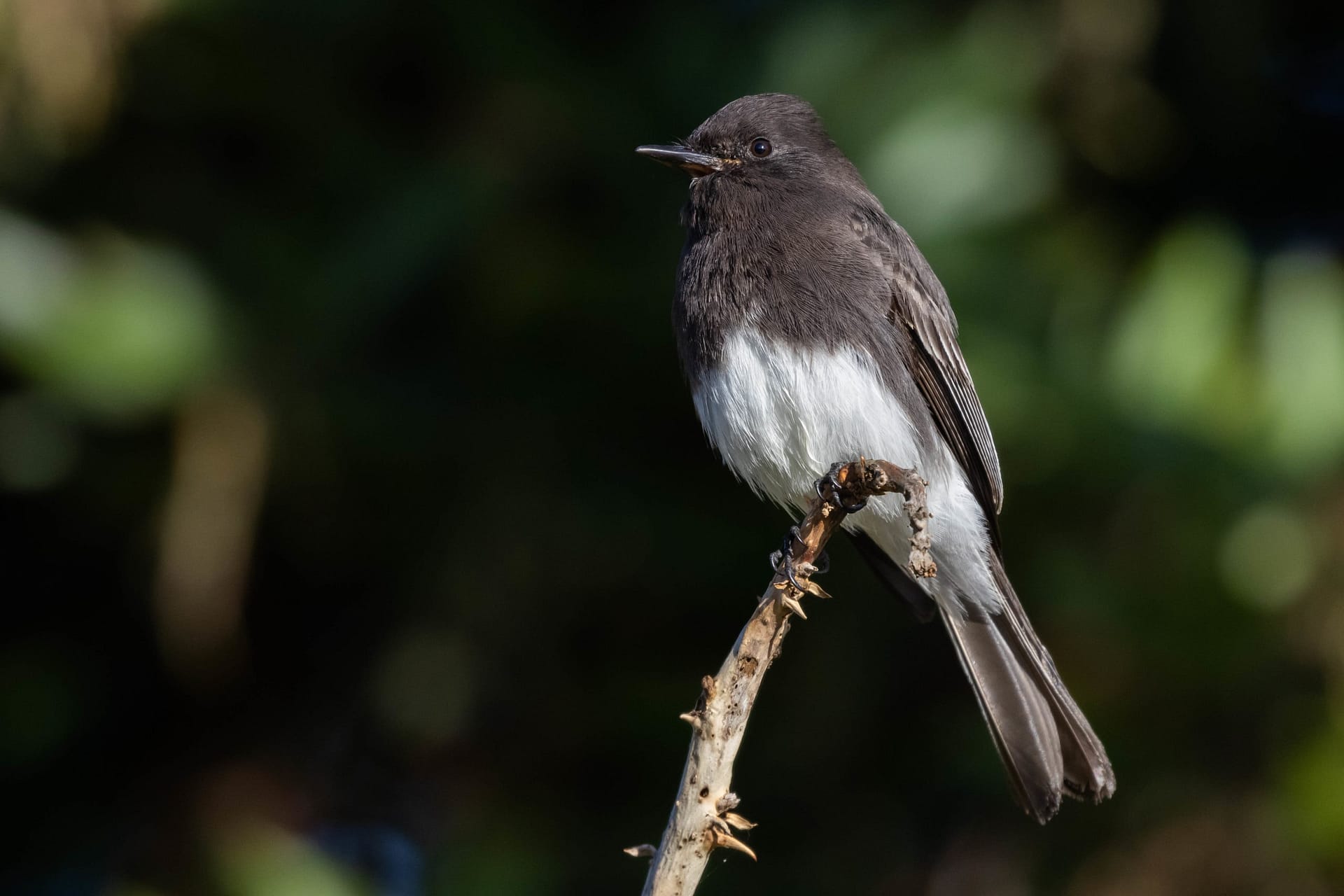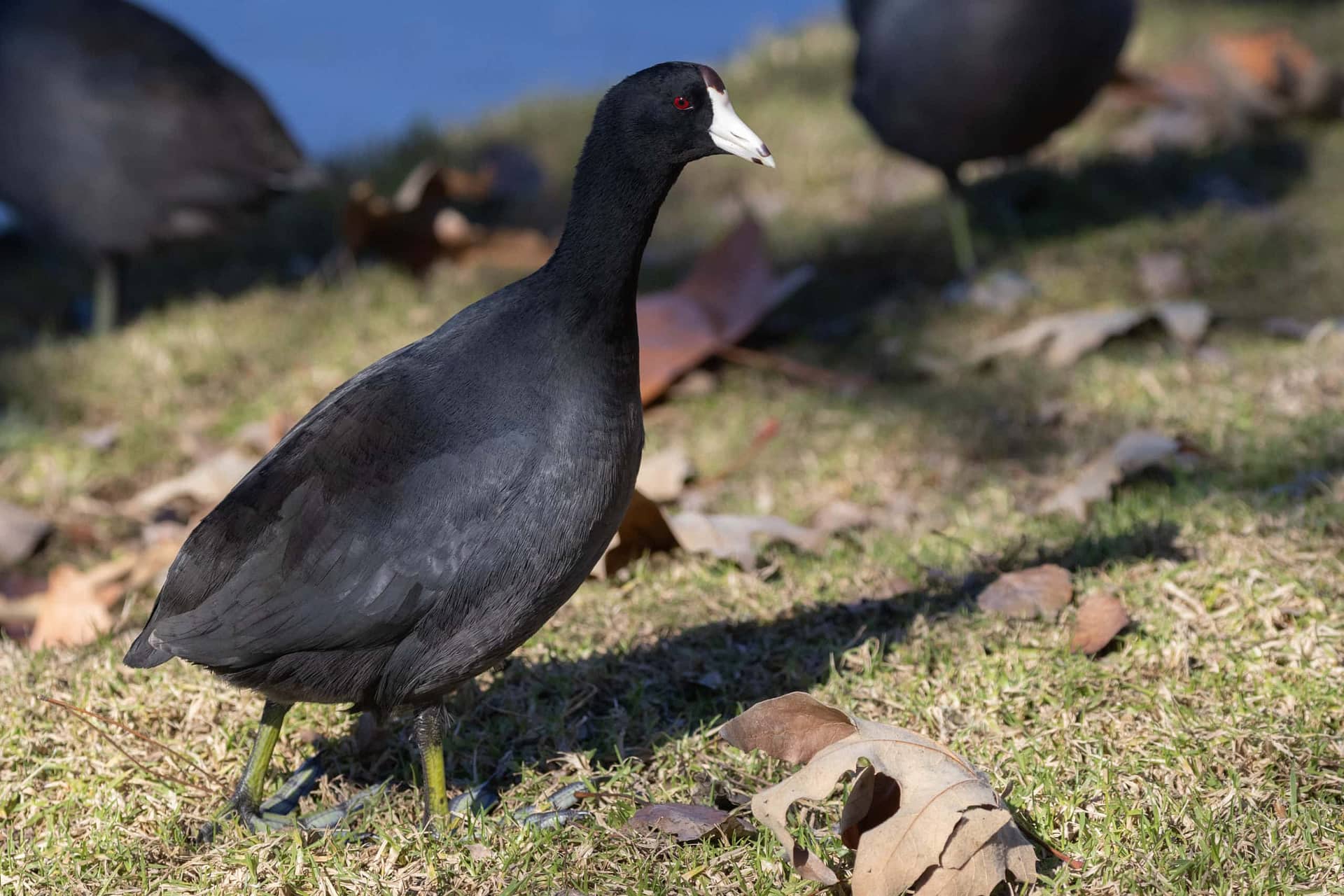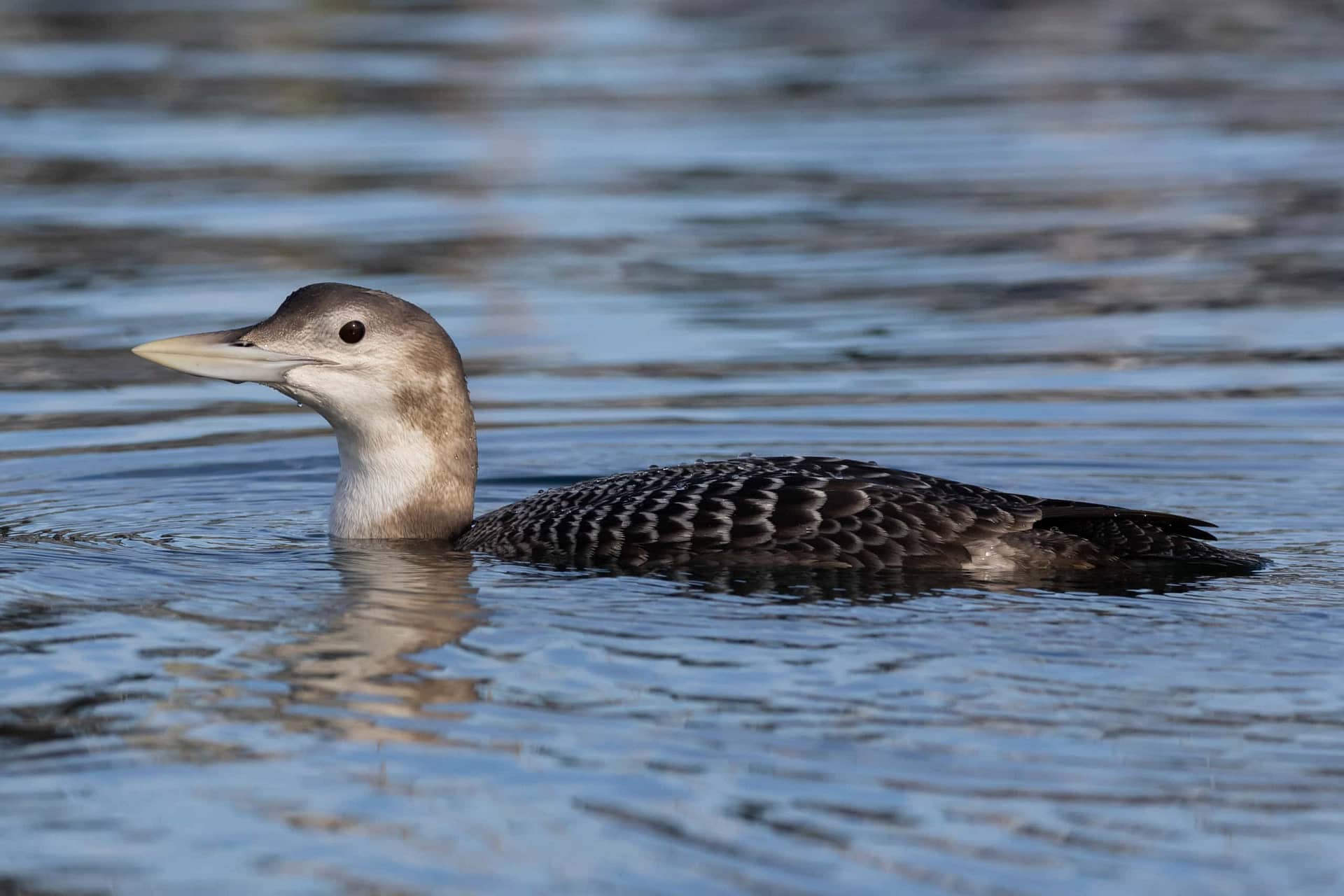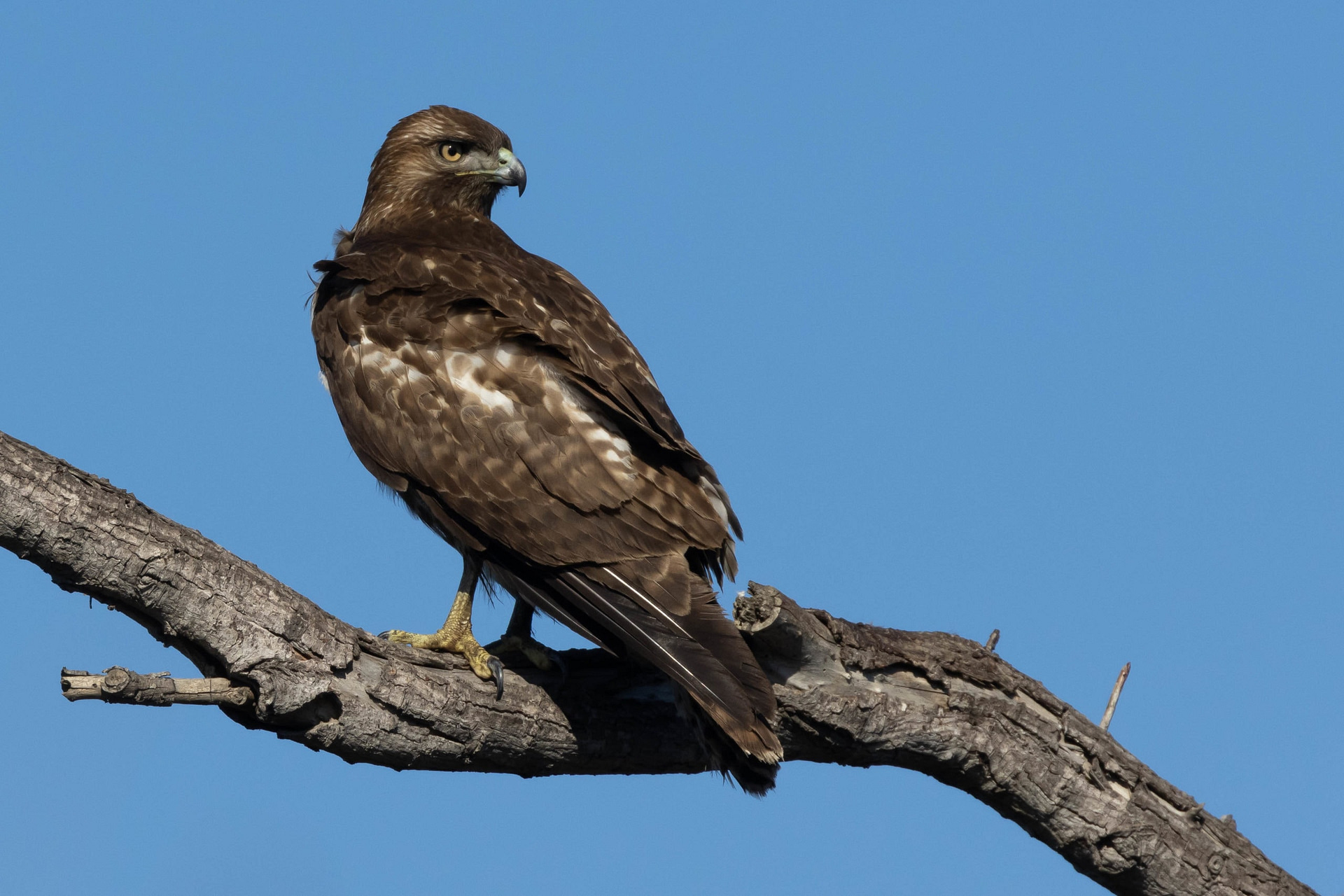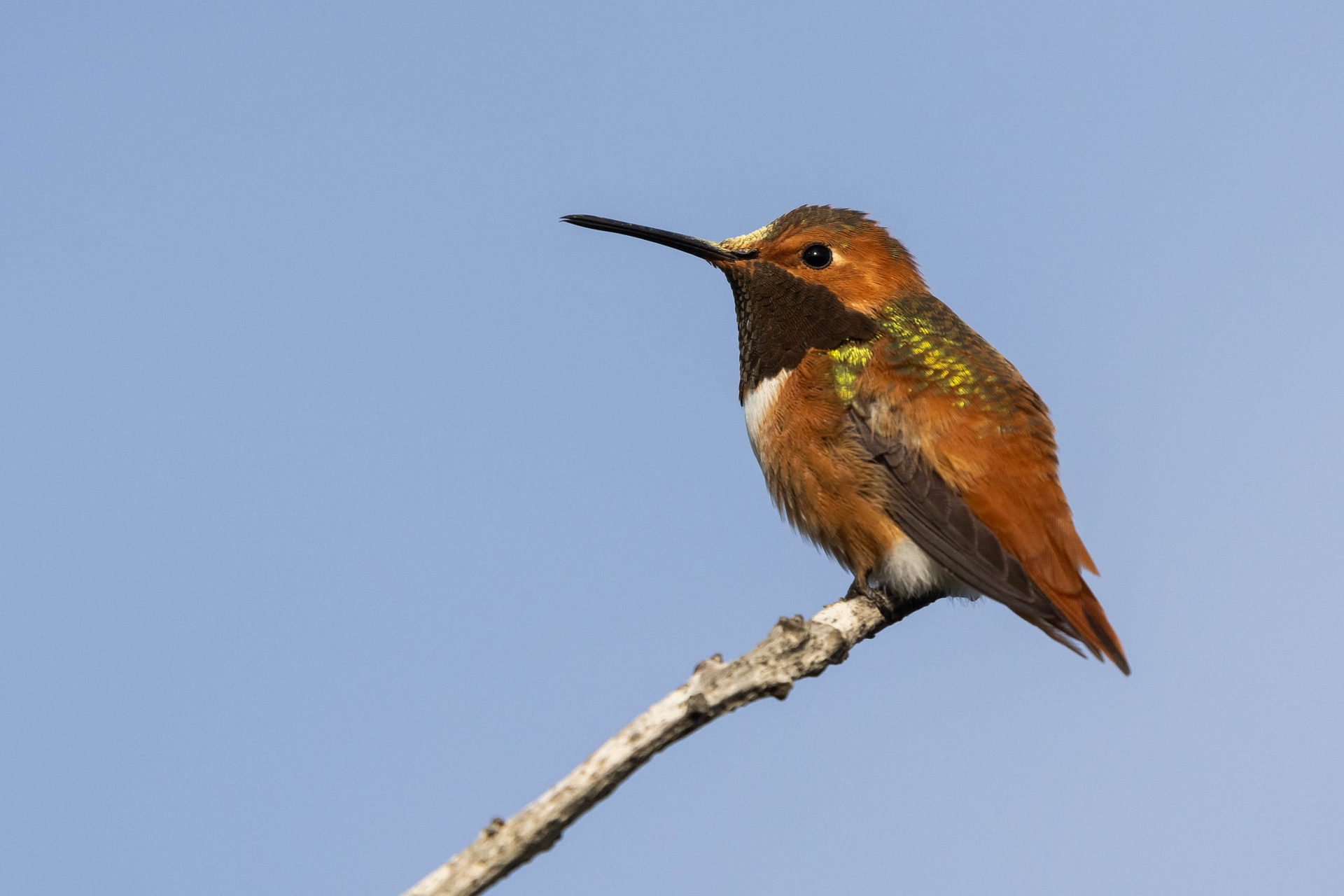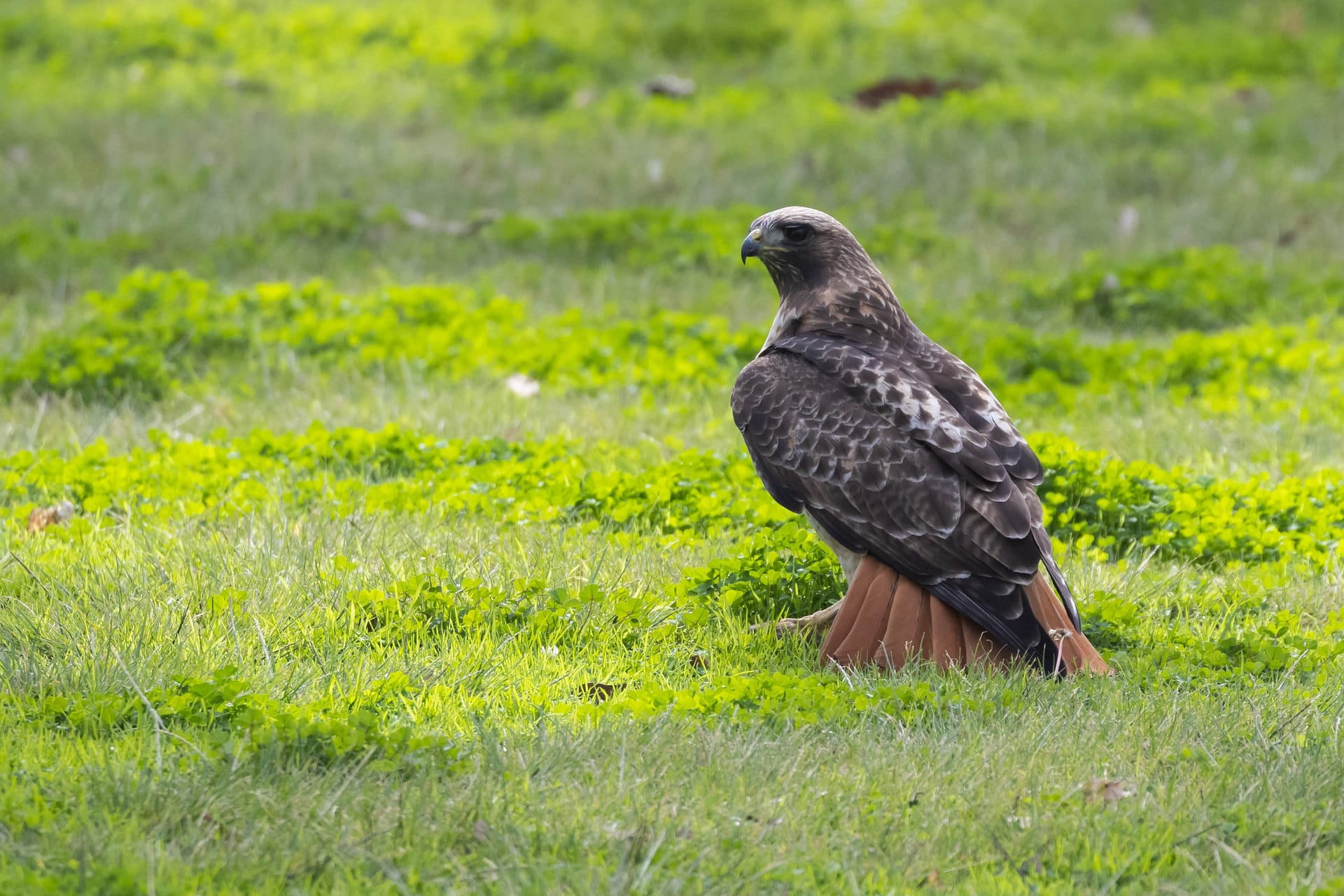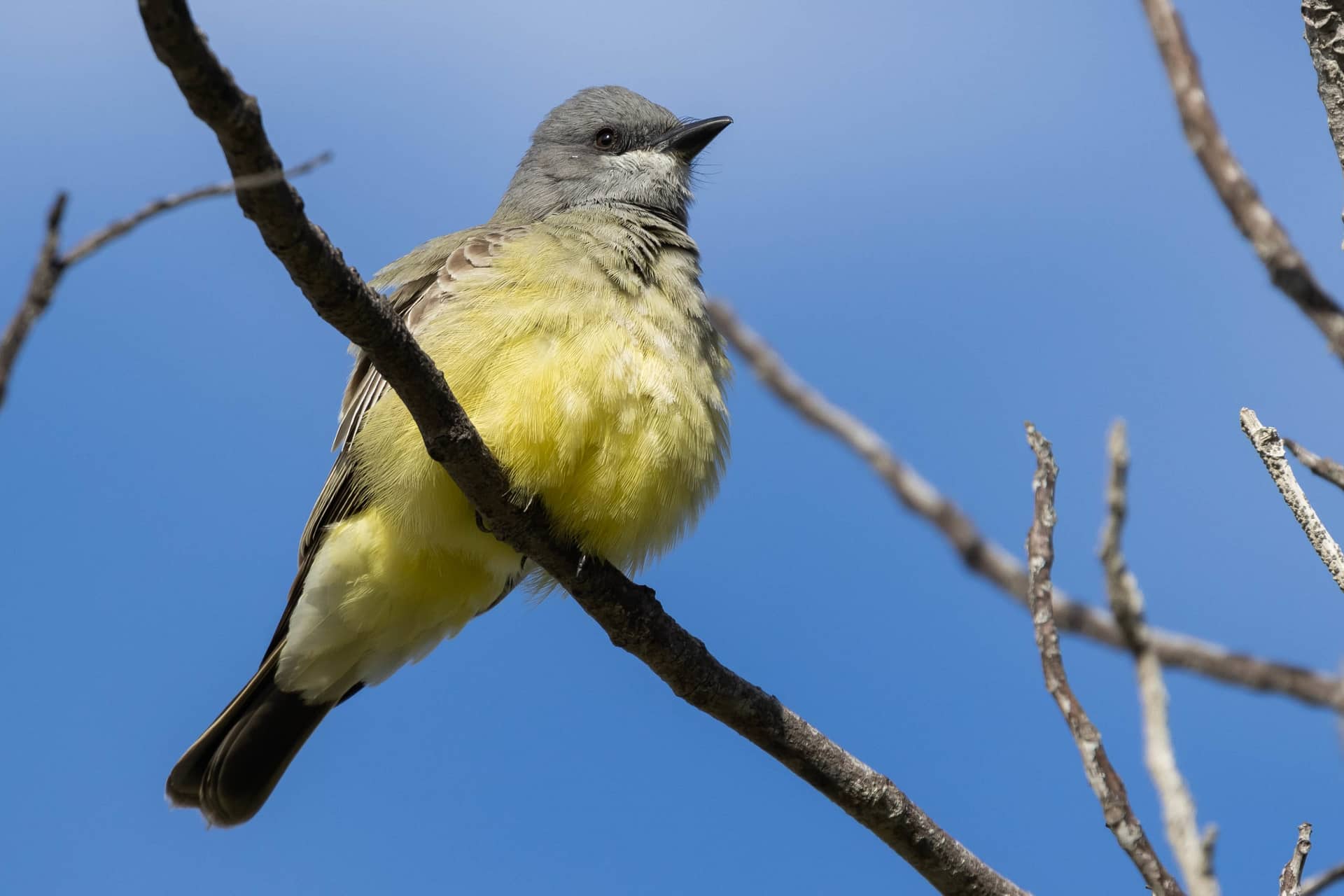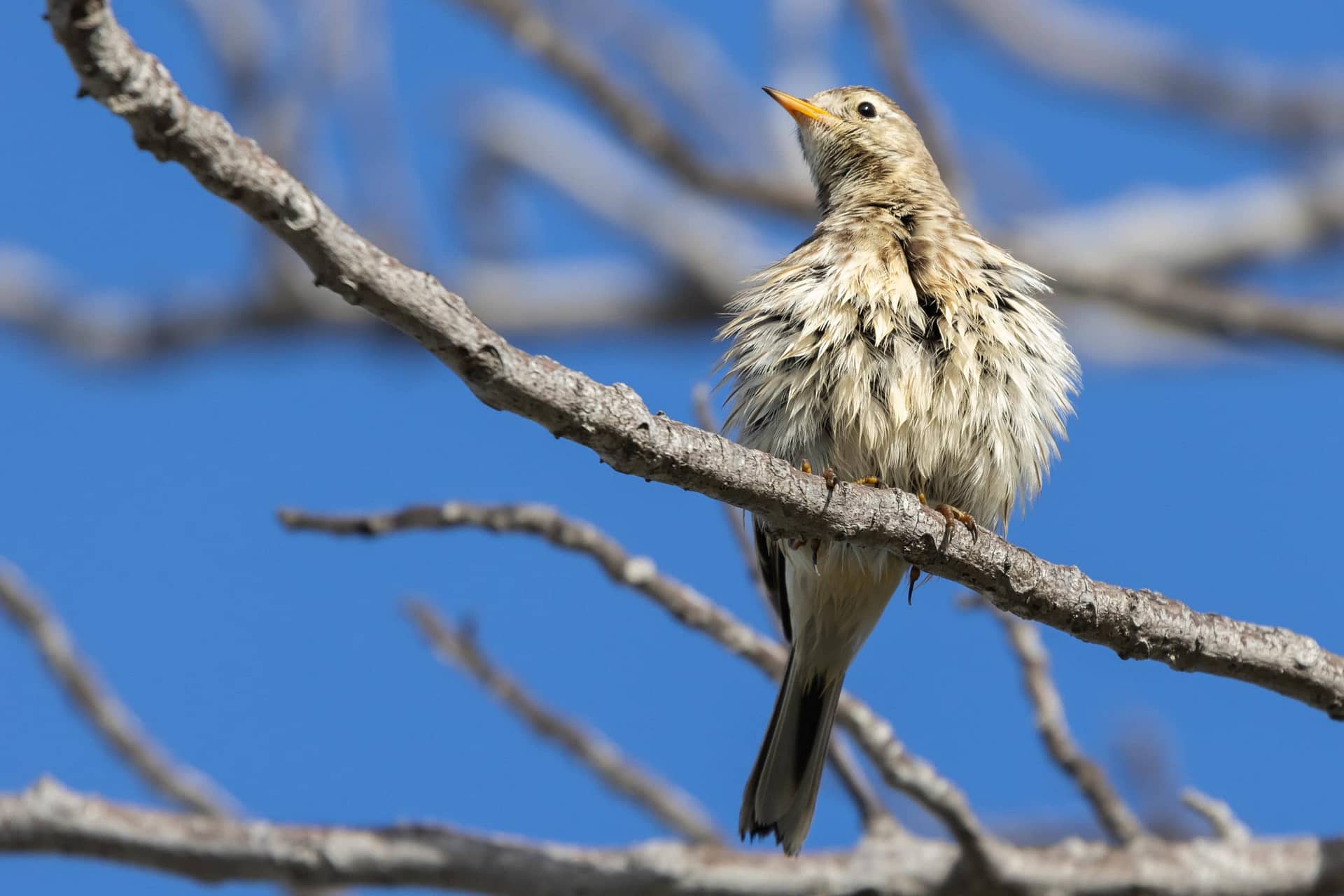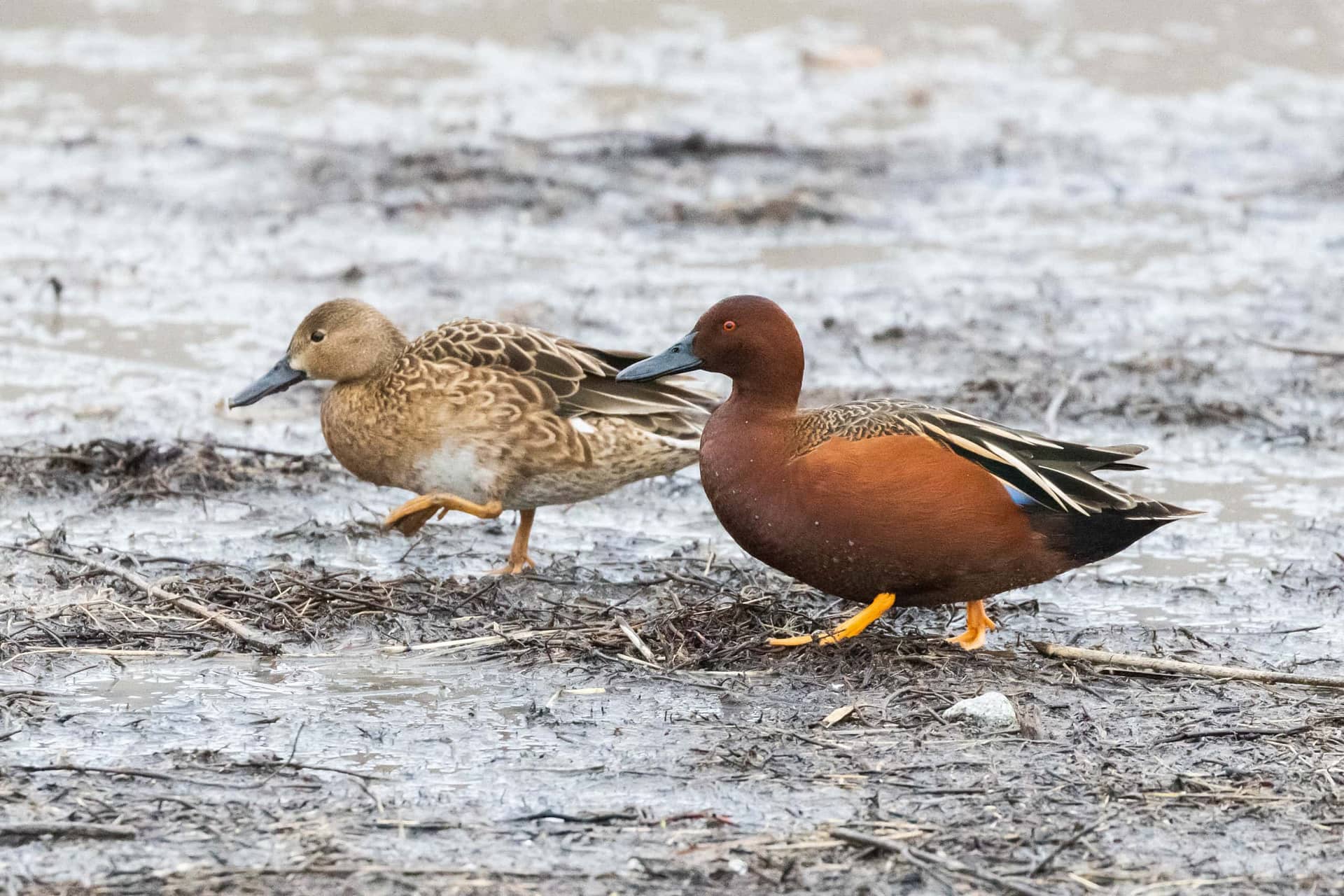Greg Miller Big Year Tour Series
CALIFORNIA 2025: Ultimate SoCal Birding Adventure

TOUR FOCUS
BIRDS & WILDLIFE
SCHEDULED TOURS
TRIP LEADERS
TOUR COST
From: $3,800 (See details)
Cost is per person, double occupancy from San Diego, CA (SAN)
GROUP SIZE
3 - 7 Participants
AVAILABILITY
5 spaces available
PRIVATE TOUR OPTION
This tour is available as a private trip for any size group. The tour cost will vary with the number of people and any custom requests.
TESTIMONIALS
Highlights of CALIFORNIA 2025: Ultimate SoCal Birding Adventure
Description of CALIFORNIA 2025: Ultimate SoCal Birding Adventure
The Mediterranean climate of Southern California is especially appealing during the dead of winter when most of the continent is locked into cold, dreary conditions day after day. Toss in an incredible abundance of birds and a large number of regional specialties, and the wintertime birding around SoCal is hard to beat! This January tour makes the ultimate loop around the region, covering all the top birding destinations and kicking your year list off right – easily over 200 species can be expected!
Christmas Bird Counts in Los Angeles and San Diego are the most species-rich in the country, and with good reason – a huge numbers of waterfowl, shorebirds, gulls, warblers, and raptors winter here and the regional residents are also in good supply; many of which are beginning to sing and set up breeding territories! Over 20 regional specialties are completely or nearly endemic to Southern California and we will be searching for each of them. This list includes Ridgway’s Rail, Black Oystercatcher, Allen’s Hummingbird, Bell’s Sparrow, Red-breasted Sapsucker, Wrentit, Oak Titmouse, Nuttall’s Woodpecker, Mountain Quail, Tricolored Blackbird, and Golden-crowned Sparrow. And of course all 7 bird species named for ‘California’ are top targets of this trip; California Gull, California Gnatcatcher, California Towhee, California Thrasher, California Quail, California Scrub-Jay, and the stunning California Condor! This whirlwind tour of Southern California really is the ultimate birding adventure and the perfect winter escape!
We begin and end in San Diego, making a clockwise circuit around the 8-county region over the course of 12 days. The length of this tour allows us to thoroughly bird the whole area at a comfortable pace. We’ll explore urban parks, chaparral hillsides, and coastal lagoons around San Diego Bay for a long list of target species. Next we’ll travel north up the coast to wind our way through the urban streets of Los Angeles looking for introduced (and countable!) exotics and wintering songbirds. The coastline varies from sandy beaches with Whimbrel and Snowy Plovers, to saltmarsh estuaries with Ridgway’s Rails and Reddish Egrets, to stunning seaside cliffs where Wandering Tattler hide in the rocks and Brown Pelicans soar along the updrafts! You won’t believe how the scenery changes from one hour to the next, and you never know what birds might pop up around the corner!
A full day is dedicated to venturing out to Santa Cruz Island to track down the endemic Island Scrub-Jay and Island Fox with seabirding potential en route! We’ll climb high into the mountains to scan for California Condors from scenic vistas, then jump over to the high-desert scrub of the Antelope Valley where LeConte’s Thrasher, Mountain Plover, and Ferruginous Hawks can be found. Winding through chaparral hills into pine-oak mountains at 5,000ft high in the San Bernardino Mountains we will look for White-headed Woodpeckers, Band-tailed Pigeons, and Pygmy Nuthatches. From there we’ll drop into the vast Mojave Desert and down to 230 *below* sea-level as we circle the famous Salton Sea where thousands of ducks, grebes, and other waterbirds spend the winter months. Desert specialties like Costa’s Hummingbird, Black-throated Sparrow, Crissal Thrasher, Gambel’s Quail, and Greater Roadrunner are major targets here. On our way back over the coastal range toward San Diego we explore oak-savannah hill country for Golden Eagles and Lewis’s Woodpeckers. By the end of the 12 days we should rack up a really great list of well over 200 bird species and share a ton of great memories!
Length of Tour
13-Days/12-Nights
Brief Itinerary
Day 1: Morning arrivals at San Diego Int. Airport (SAN), Tijuana River Valley, San Diego Bay hotspots, & Imperial Beach. Night in San Diego.
Day 2: San Diego River hotspots, Mission Bay, Point La Jolla. Night in San Diego.
Day 3: Orange County hotspots. Night in Fountain Valley.
Day 4: Huntington Beach, Bolsa Chica, Anaheim, & Pasadena hotspots. Night in Pasadena.
Day 5: Pasadena, Los Angeles, & Playa del Rey hotspots. Night in Ventura Harbor.
Day 6: Ventura Harbor & Santa Cruz Island. Night in Ventura Harbor.
Day 7: Bitter Creek NWR and Hudson Ranch Road for California Condor. Night in Lancaster.
Day 8: Antelope Valley hotspots from Lancaster to Palmdale. Night in Moreno Valley.
Day 9: San Jacinto Wildlife Area, San Bernardino Mtn hotspots. Night in Idyllwild.
Day 10: San Bernardino Mtn and Coachella Valley hotspots. Night in Palm Springs.
Day 11: Salton Sea hotspots. Night in Borrego Springs.
Day 12: Borrego Springs & Anza-Borrego hotspots, Shelter Valley, Santa Ysabel & Ramona hotspots. Night in San Diego.
Day 13: Departures from San Diego International Airport.
Full Itinerary
Day 1 – Arrival at San Diego Int. Airport (SAN), Tijuana River Valley, San Diego Bay hotspots, & Imperial Beach. Night in San Diego.
We recommend arriving the day before the tour begins, but you are also welcome to schedule a morning arrival at San Diego International Airport. After gathering up the group, we will set off for a packed afternoon of birding to get acquainted with southern California! San Diego is well-known for attracting vagrants, so any major rarities will be prime targets. Sometimes notable rare birds like Greater Pewee, Thick-billed Kingbird, and Little Stint are reported in the area.
The diverse habitats in the area host everything from exotic parrots and Scaly-breasted Munia, to the federally threatened California Gnatcatcher. Birding the Tijuana River Valley will be our focus for a few hours where regional specialties like Allen’s Hummingbird, Anna’s Hummingbird, Cassin’s Kingbird, California Scrub-Jay, Bushtit, Wrentit, California Thrasher, and California Towhee can be plentiful. Be on the lookout for White-tailed Kites and other raptors!
We will end the day at Imperial Beach and Tijuana Slough NWR, where we hope to spot a “Light-footed” Ridgway’s Rail skulking in the marshes. Many waterfowl, waders, and big shorebirds like Whimbrel, Marbled Godwit, “Western” Willet, and Long-billed Curlew gather to roost here. Osprey scan from tall perches while Northern Harriers glide effortlessly above the vast marshlands. Watching the sun set on the Pacific Ocean is always a treat! Night in San Diego.
Day 2 – San Diego River hotspots, Mission Bay, Point La Jolla. Night in San Diego.
We will kick off our first full day birding hotspots along the San Diego River. This narrow river flows into the Pacific Ocean, sandwiched between San Diego Bay and Mission Bay. This combination of estuaries, shoreline, and marshlands host an overwhelming number and diversity of birds, particularly waterfowl and shorebirds. Targets to look for here include ‘Black’ Brant, Eurasian Wigeon, Cinnamon Teal, Red Knot, Black Skimmer, and up to ten species of gulls and terns! The gorgeous Heermann’s Gull is common here! Snowy Egret, Great Egret, Great Blue Heron, and Little Blue Heron are regular, and we will also search for rare Tricolored Heron and Reddish Egret! Both Black- and Yellow-crowned Night-Herons may be tucked into dense trees, sleeping the day away. The number of shorebirds can be mind-boggling, but we will carefully scan through them and point out different species while giving helpful tips and tricks for IDing this difficult group of birds. Having so many species mixed together is a really great chance to learn! American Pipit and Brewer’s Blackbird may be seen foraging on the grassy lawns and ball fields.
Various parks and preserves around Mission Bay host a ton of ducks and shorebirds who gather in prime foraging areas as the tide drops to expose rich mudflats. Kendall-Frost Marsh Reserve can have ‘Black’ Brant, Ridgway’s Rail, egrets and herons, and maybe a few Red-masked Parakeets will fly past! Coastal California has multiple endemic subspecies of the widespread Savannah Sparrow, and we have the chance to find the dark “Belding’s Sparrow” and the aptly-named “Large-billed Sparrow” in this area.
Crown Point is one of the only places to see wintering Black Skimmers in California. Up to 6 species of grebes can be found here too. Say’s Phoebe, Black Phoebe, and Cassin’s Kingbirds are common wintering flycatchers at this park. “Audubon’s” Yellow-rumped Warblers and Orange-crowned Warblers are abundant in winter, and we will check the warblers flocks carefully for other species like Yellow, Black-throated Gray, and Townsend’s!
For the afternoon, we will visit world-famous La Jolla Cove for a bit of seawatching on the beautiful Pacific Ocean! Two very deep underwater canyons run very close to shore here, and this allows pelagic seabird species to be seen right from the cliffs, sans nausea! We’ll be looking for Black-vented Shearwater and Rhinocerous Auklet in particular, but you never know what might be passing by offshore! Surfbird and Wandering Tattler can be found on the rocks below. Three species of loons (Common, Red-throated, and Pacific), and the Pacific trifecta of cormorants (Double-crested, Pelagic, and Brandt’s) are commonly encountered. Brandt’s Cormorants will actually be nest-building at point blank range for incredible photo-opportunities! Surf Scoters, Clark’s Grebe, and Black Turnstones may also be spotted. Heermann’s Gull, Western Gull, and California Gulls should be plentiful along with Royal Terns, and maybe even a jaeger! A careful eye might spot “Thayer’s” Iceland Gull. This area is also a famous seal haul-out and provides a great chance to see ‘Pacific’ Harbor Seals and huge California Sea Lions up-close. Northern Elephant Seals sometimes turn up here too! For the evening we will likely bounce around to a few other local parks and other hotspots for various odds and ends like wintering warblers and rare songbirds. Night in San Diego.
Day 3 – Orange County hotspots. Night in Fountain Valley.
Today we will begin our journey northward toward the greater LA region. Multiple stops along the coast will be made for targets like Snowy Plover, White-tailed Kite, seaducks, and wintering songbirds. We will spend the majority of the day bouncing between various Orange County hotspots and search for resident songbirds like Hutton’s Vireo, Bushtit, and Rufous-crowned Sparrow. Sometimes there are stake-out rarities like Grace’s Warbler, Varied Thrush, or other goodies to be tracked down! We will have another shot at California Gnatcatcher plus the rare endemic subspecies “Coastal” Cactus Wren.
In the afternoon we will explore Mile Square Regional Park near Huntington Beach. The golf courses on the west side attract Canada Geese which in turn attract rare Snow, Ross’s, “Aleutian” Cackling, and Greater White-fronted Geese. The exotic (but established!) Egyptian Geese are residents here too. Urban raptors are plentiful, including the colorful local subspecies of Red-shouldered Hawk. Eucalyptus and Tipu Trees are introduced to California but do offer excellent winter foraging habitat for warblers and other songbirds. Nuttall’s Woodpecker and Red-naped Sapsucker may be hiding in the oaks. We often encounter our first Vermilion Flycatchers here! A large collection of exotic bird species are residents in SoCal’s city parks and we may find Scaly-breasted Munia, Swinhoe’s White-eye, Pin-tailed Whydah, and others! Night in Fountain Valley.
Day 4 – Huntington Beach, Bolsa Chica, Anaheim, & Pasadena hotspots. Night in Pasadena.
At sunrise we’ll begin birding at Huntington Central Park for a few exotic songbirds, namely Swinhoe’s White-eye and Scaly-breasted Munia. Western Bluebird, Chipping Sparrow, various warblers, and Green Heron can also be found here. Up next, we will head to the coast and bird the Bolsa Chica Ecological Preserve’s coastal lagoons. This reserve underwent a major restoration effort in the 1970’s that is really paying off now with a nice variety of waterfowl, shorebirds, and waders calling this hotspot their winter home! Surf Scoter, Greater Scaup, and other seaducks can be at close range! “Belding’s” Savannah Sparrows lurk in the saltmarsh grasses while Reddish Egrets can be seen frantically ‘dancing’ as they chase fish in the shallow water. Pacific Golden Plovers and other rare shorebirds pop up here from time to time.
LA is a sprawling metropolis along the southern California coast, and the second largest city in the United States. The Mediterranean climate is home to 4 million people and contains an incredible concentration of native and exotic plant and animal species. Vast urban landscapes blend into rolling hills, oak-grasslands, and steep coastal cliff-sides provide plenty of opportunities for visiting birders. A long list of exotic bird species that have been introduced to SoCal are now naturalized in the region. Over 30 exotic bird species are wild residents, many of these introduced birds originate from Africa, southeast Asia, India, and South America where the subtropical climates made them easily adaptable to LA’s urban jungle. There are 12 exotic species currently recognized as ‘countable’ by the American Birding Association and many other species are not yet officially countable but their populations are stable and growing.
Snagging these exotics can be a lot of fun and can really boost your life list! We will hit some of the best spots to try and see as many as possible! Most notable among these are the huge number of parrots that now live freely in the wild. Our final stop of the day will be to a massive parrot roost near Pasadena or Temple City (depending on the current habits of the parrots). Hundreds of Red-crowned Parrots gather in large sycamores for the night, and among the noisy hordes we will search for Red-lored Parrot, Lilac-crowned Parrot, and Yellow-headed Parrot. Sometimes both Mitred Parakeet and Red-masked Parakeet join in on the fun! It’s truly an incredible sight, regardless of whether these birds should be here or not! Large roosting groups of Band-tailed Pigeons may also be encountered. Night in Pasadena.
Day 5 – Pasadena, Los Angeles, & Playa del Rey hotspots. Night in Ventura Harbor.
The odd yet beautiful Red-whiskered Bulbul is countable and sometimes quite common in this region. These striking songbirds can be found singing their mockingbird-like songs from prominent perches. Scaly-breasted Munia, Pin-tailed Whydah, and Indian Peafowl occur in the small parks and neighborhoods where we may also find Lark Sparrow, Cassin’s Kingbird, , and flyover White-throated Swifts! Yellow-chevroned Parakeets may be found at the Huntington Botanical Gardens where Tipu Trees are also a huge magnet for wintering warblers including Black-throated Gray, Townsend’s, Nashville, Wilson’s, and others! Some winters there are staked-out rarities like Painted Redstart to be searched for too!
The jetties and breakwaters around Playa Del Rey are a wonderful place to see rock-loving shorebirds like Black Oystercatcher, Wandering Tattler, Surfbird, Black Turnstone, and Whimbrel up-close and personal! Loons, grebes, diving ducks, and gulls add to the experience. Sometimes rarer species like Short-billed Gull and Glaucous-winged Gull can be found here. We will also check a few likely spots for Pacific Golden Plover.
After a scenic drive on Highway 1 through Santa Monica and Malibu, we will end the day in Ventura. Night in Ventura Harbor.
Day 6 – Ventura Harbor & Santa Cruz Island. Night in Ventura Harbor.
After some warm-up birding around Ventura Harbor in search of Surfbird, Wandering Tattler, and Black Oystercatcher, we will gather up at the marina to head out across the channel to Santa Cruz Island. We will take a boat trip out to this beautiful and remote island for the day! At 9:00am we will board a large, foil-assisted catamaran run by Island Packers. Prepare for colder temps and potentially rough seas.
Pelagic Cormorant can often be picked out among the much more common Brandt’s Cormorants as we motor out past the harbor’s jetties. During the hour-long commute to the island, we will often see hundreds of Black-vented Shearwaters. Various alcids including Common Murre, Cassin’s Auklet, and Rhinocerous Auklet can be spotted. Sometimes Northern Fulmar and Pomarine Jaegers are encountered, and a careful scan may turn up Pink-footed Shearwater as well. Migrant Gray Whales are rare but regular, and watching hundreds of Long-beaked Common Dolphins leaping from the water can be the highlight of the whole tour!
Soon we will reach Santa Cruz Island; the largest island off California’s coast at 96 square miles with 77 miles of coastline. An incredible 600 species of plants cover this remote, scenic island. This is the only place on Earth to see the Island Scrub-Jay, and Prisoner’s Harbor along the north coast is where we will dedicate our time. Island Scrub-Jays are larger relatives to the mainland’s California Scrub-Jay, but they are only found on Santa Cruz Island where about 2000 jays persist. Other species we’ll be on the lookout for include unique, insular subspecies of Allen’s Hummingbird, Orange-crowned Warbler, Hutton’s Vireo, and Song Sparrow. Re-introduced Bald Eagles may be spotted riding cliffside updrafts! The scrub-jays are great, but the real show-stealer is often the adorable Island Foxes which can be quite approachable and curious! After some thorough birding and a picnic lunch, we will head back to Ventura Harbor and search for more seabirds on the way! We should return to the harbor by 5pm. Night in Ventura Harbor.
**if you are prone to seasickness and would prefer to skip the boat trip, you are free to stay behind at our hotel and explore Ventura Harbor for the day.
Day 7 – Bitter Creek NWR and Hudson Ranch Road for California Condor. Night in Lancaster.
We will be up early and head into the highlands for the day. Our goal is to explore the Bitter Creek National Wildlife Refuge and search for the massive, iconic California Condor! Only 188 condors are free-flying in California, and the Bitter Creek National Wildlife Refuge provides one of their largest reserves. This vast refuge protects over 23,000 acres of pristine condor habitat. Two mountain ranges merge together here. Along the Maricopa scenic highway, we will travel through chaparral to pine forests before arriving at the high elevation grasslands. Steller’s Jay and Mountain Chickadee are common, and you might spot a California Thrasher dart across the road! Bitter Creek NWR and Hudson Ranch Road are covered in picturesque oak-grasslands that provide foraging and nesting habitat for the region’s wild, free-flying condors. We will stake out the condors from scenic overlooks. Many other raptors are common in the refuge, and we often spot Golden Eagles, Ferruginous Hawk, and Prairie Falcon among the more common “Western” Red-tailed Hawks and American Kestrels. If time permits we may also search for Yellow-billed Magpie and Lawrence’s Goldfinch. Other birds we are likely to see include Mountain Bluebird, Phainopepla, Oak Titmouse, California Towhee, Vesper Sparrow and Common Raven. Night in Lancaster.
Day 8 – Antelope Valley hotspots from Lancaster to Palmdale. Night in Moreno Valley.
We’ll start our morning in the beautiful, high-elevation Mojave Desert exploring the vast sagelands dotted with iconic Joshua Trees, while the southern tip of the Sierra Nevada Mountains looms to our north. Targets for the morning include LeConte’s Thrasher, Sage Thrasher, Ross’s Goose, Ferruginous Hawk, Prairie Falcon, and Bell’s Sparrow. Black-tailed Jackrabbits, White-tailed Antelope-Squirrels, and Coyotes roam the desert. Weather conditions can sometimes be overcast and cool in the mornings but quickly heat up by mid-day, so bring layered clothing and a hat.
A slow loop around Apollo Park and a nearby pistachio orchard offer a good chance for finding roosting owls. In the past we have found Great Horned, Barn, and even Long-eared Owls sleeping in the junipers and tamarisks. California Quail, various ducks, and Greater White-fronted Geese can also be found in this area. Mountain Bluebirds winter in the fields nearby; sometimes with dozens in one flock! Loggerhead Shrikes watch from a distance, ready to attack small songbirds and rodents when given the chance!
After lunch we will make a loop around the eastern half of the Antelope Valley. Targets will include Ferruginous Hawk, Prairie Falcon, Merlin, and the range-restricted Mountain Plover. Horned Larks, American Pipits, and more Common Ravens than you’ve ever seen can be expected! “Western” Red-tailed Hawks overwinter here in large numbers, and we might get to see the rufous or dark type birds which compose less than 10% of the population.
Heading southeast, we’ll cross the California Aquaduct where Common Goldeneye can sometimes be found among the other ducks gathered in the narrow waterway. A quick visit to Saint Andrew’s Priory is always fun. This tiny oasis in the desert offers cover and fresh water to birds, and we can often turn up a few notable species hiding out at this peaceful location including Townsend’s Solitaire, Red-breasted and Red-naped Sapsuckers, and Oak Titmouse. From there we have an hour-long drive to Moreno Valley. Night in Moreno Valley.
Day 9 – San Jacinto Wildlife Area, San Bernardino Mtn hotspots. Night in Idyllwild.
We are in for a big day of birding at really great habitats, hoping for a bunch of regional specialties. At sunrise we will head to the vast marshlands of the San Jacinto Wildlife Area. This is a wetland oasis at the base of the western slope of the San Bernardino Mountains. The range itself is a major migratory corridor. The abundance of waterfowl and small mammals at San Jacinto, and in the surrounding grasslands, provide ample prey for raptors like Bald and Golden Eagles, Prairie Falcon, Peregrine, Ferruginous Hawk, and White-tailed Kite. Cattail-filled wetlands, cattle farms, and dairies provide winter food and cover for the endangered Tricolored Blackbird as well as 1000s of wintering waterfowl. Cinnamon Teal, American White Pelicans, American Bittern, Cattle Egrets, Sora, and White-faced Ibis should be seen in abundance. Sometimes Least Bittern and Wilson’s Snipe can be found in the lush wetland impoundments.
The rest of the day will be spent exploring the chaparral hillsides and oak-pine mountains of the San Bernardino Mountains. McCall Memorial Park is a great place to find California Quail and several mountain specialties like Steller’s Jay, Mountain Chickadee, Oak Titmouse, ‘Pacific’ White-breasted Nuthatch, and Pygmy Nuthatch. Huge pinecones scattered on the ground belong to Sugar Pines and Coulter Pines, native to these mountains.
A quick check of the manzanita scrub along the shores of Lake Hemet often turns up large flocks of Bushtits and curious California Scrub-Jays! Bald Eagle and Common Merganser sometimes winter on the lake. The Holy Grail of California birds is the regal Mountain Quail. Keep a sharp eye on the side of the road for this colorful quail which likes the manzanita-covered slopes. Keep your ears peeled for their ‘quee-ark!‘ calls.
We will have lunch in the quaint mountain-town of Idyllwild and then check some parks for more woodpeckers! White-headed Woodpecker, Williamson’s Sapsucker, Red-naped Sapsuckers, Red-breasted Sapsucker, and ‘Pacific’ Hairy Woodpeckers are attracted to the old-growth pines and cedars. Band-tailed Pigeons may be seen flying over in small flocks. Keep an eye out for Western Gray Squirrels and Mule Deer! Watch the skies for soaring Golden Eagles and White-throated Swifts! Some years there are roaming flocks of Pinyon Jays or even Clark’s Nutcracker in the high-elevation meadows and pinelands. Night in Idyllwild.
Day 10 – San Bernardino Mtn and Coachella Valley hotspots. Night in Palm Springs.
We’ll spend the morning tracking down any remaining mountain-bird targets like White-headed Woodpecker, sapsuckers, etc and then stop by Big Morongo Canyon Preserve. This location is a great winter birding site, with a large list of possibilities, but our primary target will be Scott’s Oriole. After that we’ll head to a true desert oasis – the Thousand Palms Oasis in the vast Coachella Valley has two dense patches of towering California Fan Palms surrounding freshwater springs. Greater Roadrunner, Verdin, Black-tailed Gnatcatcher, and Phainopepla should be abundant and we will try to track down Sagebrush Sparrow and any staked-out rarities. Colorful wildflowers and cactus cover the landscape. Desert Gold, Arizona Lupine, Cholla Cactus, and Spanish Needle may host several butterfly species if the weather is decent. In the late afternoon, we’ll reach Palm Springs where the vibe and architecture will make you feel like you’ve entered a 60’s movie set! Large numbers of wigeon may winter on a golf course in town and we can check for any rare Eurasian Wigeon hiding among them! Night in Palm Springs.
Day 11 – Salton Sea hotspots. Night in Borrego Springs
Heading out early, we will dedicate the day toward birding the shores of the Salton Sea, from north to south along the eastern shoreline. This inland sea is a geologic oddity, bourgeoisie vacation destination turned ghost town, and a vagrant bird magnet – there’s nothing quite like it! Fish farms at the north end can hold egrets, herons, and good numbers of gulls. The dry, desert landscape is home to Greater Roadrunners, Common Ground-Doves, Cactus Wren, and Abert’s Towhee. The North Shore Marina often has an overwhelming number of ducks, coots, and grebes. Some years we have counted 100s of Eared Grebe from this one spot, as well as 100+ Ruddy Ducks and 300 Least Sandpipers. Dozens of Black-necked Stilts, American Avocets, and other shorebirds are common along the salty shoreline. Keep an eye out for Snowy Plovers or other rare shorebirds! A careful scan through the Double-crested Cormorants may turn up a Neotropic Cormorant! All of the California Gulls should be double-checked for rarities, especially for stray Yellow-footed Gulls which are a summer resident here but are very rare during the winter months. Lesser Black-backed Gulls have been turning up here with more regularity as well. Vegetated borders around the lake can house Sagebrush Sparrows, and probably some hybrids between Bell’s and Sagebrush Sparrows. Great-tailed Grackles and Yellow-headed Blackbirds can be found in cattail-filled marshes, or mixed in with the hordes of Red-winged Blackbirds coming in to roost.
The Sonny Bono-Salton Sea National Wildlife Refuge at the southeast corner of the lake provide nesting and wintering habitat for 1000s of birds. Handsome Cinnamon Teal, Northern Shoveler, and many other duck species are abundant. Listen for Sora and Virginia Rail and watch for various terns and gulls to fly past. The ‘Yuma’ subspecies of Ridgway’s Rail can be heard here too. Sometimes you can find foraging flocks of 1000+ Long-billed Curlews gathered in one field! Additionally, 100s of Cattle Egrets and White-faced Ibis can fill the air! Recently plowed farmland provides another opportunity for us to find Mountain Plovers. Burrowing Owls are common – look for them peering out from roadside burrows! The shallow waters around the perimeter of the sea, plus the many wetland impoundments created for water management are incredible habitat for birds and you’ll be blown away by the diversity and numbers we encounter!
Here we will trade some of the more coastal species for their more desert-adapted relatives. Instead of California Quail we will find Gambel’s Quail, instead of Nuttall’s Woodpecker we will find Ladder-backed Woodpecker, California Towhee is traded for Abert’s Towhee, and we’ll even be a the western limit of Gila Woodpecker’s range! The day will end along Vendel Road where 1000s of Snow Geese and sometimes 100s of Sandhill Cranes gather to roost. Keep an eye out for Great Horned Owls as the sun sets. Night in Borrego Springs.
Day 12 – Borrego Springs & Anza-Borrego hotspots, Shelter Valley, Santa Ysabel & Ramona hotspots. Night in San Diego
In classic birder fashion, we will start out at a sewage treatment pond where a lush pocket of desert scrub surrounding the ponds is a great place to look for Crissal Thrasher and Sage Thrasher. We will also hope to kick up Lark Sparrow, ‘Gambel’s’ White-crowned, and Brewer’s Sparrows. White-winged Doves will be flying about town, while Greater Roadrunners skulk through the desert. Cooper’s Hawk lurk the brushlines. Some alkaline flats will be a nice place to try for Sagebrush Sparrow and LeConte’s Thrasher if needed. We should find Black-throated Sparrow, Verdin, Black Phoebe, and Rock Wren along the way. Phainopepla are commonly seen feasting on Desert Mistletoe. Watch for Western Side-blotched Lizards and other reptiles if the weather is warm enough. The Roadrunner Club housing community has multiple freshwater ponds that host many overwintering American Wigeon. Scanning through the flocks can often turn up Eurasian Wigeon and other interesting ducks. Costa’s Hummingbirds are common at flowering cacti.
After lunch we will drive up the steep slopes of the San Ysidro Mountains. White-sided Antelope Squirrels can be common along this route. A quick visit to the tamarisk grove campground may provide another chance at finding roosting Long-eared Owls, and nearby Shelter Valley has lately been home to a large family group of Harris’s Hawks!
The rest of the day will be spent heading back over the mountains toward San Diego. In the Santa Ysabel, Ranchita, and Ramona areas we can check side-roads for another shot at Mountain Quail, plus rare Lewis’s Woodpeckers, and Lawrence’s Goldfinches. These oak-covered hills and open grasslands are home to a plethora of wintering raptors. Golden Eagles can be surprisingly common! Lake Henshaw usually has 100s of ducks, coots, and grebes. Bald Eagles are more common in this area. We will then wind our way back toward the coast and enjoy a nice dinner in downtown San Diego for our last evening together! Night in San Diego.
Day 13 – Departures from San Diego Int. Airport (SAN).
No birding is planned for this day. Please schedule an early departure from San Diego International Airport or arrange other travel plans. Thanks for joining us in California!
Cost
Cost is $3,800 per person, based upon double occupancy, from San Diego, CA (Airport code SAN).
This trip ends in same as arrival city (Airport code SAN).
Cost Includes
Cost includes all ground transportation, accommodations, entrance fees, Island Packers ferry boat trips, and the services of your professional leader(s).
Cost does not Include
All meals, flights to/from destination city, trip insurance, or anything that is not specifically mentioned in the itinerary.
Minimum Number
If fewer than the minimum number of participants register, the trip can still run with a small-group supplement fee per person determined by the number of participants.
Single Supplement
If a single room is preferred, or we are unable to find a suitable roommate for you, a single supplement fee of $900 will be assessed.
Deposit Requirements
A $500 deposit per person is required to hold each space on this tour. Deposit may be made online by clicking the "Book Your Trip Now" button and using any credit card. If you prefer, you may call us at 888-875-9453 to pay by phone. You may also mail us a check, however, remember that all space is held on a first come-first served basis as deposits are received.
Minimum Number
If fewer than the minimum number of required participants are registered, we may still be able to run the trip by adding a small-group supplement fee, per person, determined by the number of participants registered.
How to Book
In order to hold your space, click the "Book Your Trip Now" button above and complete the deposit process, including payment of the deposit through our Paypal portal using ANY CREDIT CARD. Upon completion of deposit, please visit our secure, online CLIENT INFORMATION FORM to complete your registration.
Final Payment
For all land-based tours: full payment by check is due 120 days prior to the departure date.
For all boat-based adventure cruises of 7-days or longer: full payment by check is required 180 days prior to departure.
NOTE: If you prefer to use credit card for final payment, a 3% fee may be added to cover the credit card merchant fees we incur.
Twelve night’s accommodations in standard motels. Wherever possible, we support local establishments that implement eco-friendly practices. Full-size 12-passenger vans will be used for this tour.
Activity Level Rating: 3 (Note: 1 is easy and 5 is difficult)
Anticipate walks up to 1.5 miles in length, but always over flat and fairly open terrain. Weather can vary dramatically (from 75 degrees and sunny to 40 degrees, cloudy, and windy) so please bring layered clothing and rain gear. Our hour-long boat trip to and from Santa Cruz Island can sometimes involve choppy seas and inclement weather. Please be prepared for climbing in and out of the large van many times per day.
 Recommended Field Guide
Recommended Field Guide
Sibley Birds West (2nd Edition, 2016, Knopf)
by David Allen Sibley
Sibley Birds is also available as an App
Purchasing Flights
Do not purchase your flights until the trip has been confirmed to go.
Detailed Trip Information
Upon notification that final payment is due (120 days prior to departure for land based tours / 180 days for boat based tours), you will receive a trip package of detailed information for your tour.
Any additional information about the trip, including lodgings, contacts, participants, meeting locations, etc., will sent about 2 weeks prior to the trip departure, or after final payment is received for late registrants.
Travel Insurance
As with all tours, we recommend purchasing Travel Insurance to help cover your investment, for covered reasons. Please see our section on Travel Insurance.
Passport & Visa
US Citizens may require a visa to enter certain foreign countries. See above for any required visa information.
Participants arriving to the USA from a foreign country may need to get a travel visa to enter the United States. Be sure to check the requirements for your country of origin.
Itinerary Changes
The trip itinerary is developed many months ahead of time. Occasionally, despite our best planning, changes may occur during the trip, or we may be forced to alter our plans. Changes may occur because of weather, road conditions, safety concerns or other circumstances. In these situations, it is the leader(s) responsibility to carefully consider and implement appropriate alternatives. Any additional costs incurred because of changes will be the responsibility of each individual participant. Refunds will not be issued as a result of itinerary changes.
Trip Reports/Species Lists:
CALIFORNIA: Ultimate SoCal, Jan 2023 eBird TRIP REPORT
CALIFORNIA: Ultimate SoCal, Jan 2022 eBird TRIP REPORT
CALIFORNIA: Ultimate SoCal, Jan 2022 TRIP REPORT
CALIFORNIA: Ultimate SoCal, Jan 2020 eBird TRIP REPORT
CALIFORNIA: Ultimate SoCal, Jan 2019 eBird TRIP REPORT
CALIFORNIA: Ultimate SoCal, 2016 SPECIES LIST
iNaturalist Guide to Wildlife, Insects, & Plants seen on this tour!
**Note that this trip has evolved from an 8-day version to a 13-day version, so the species list has been able to grow substantially over the years!



